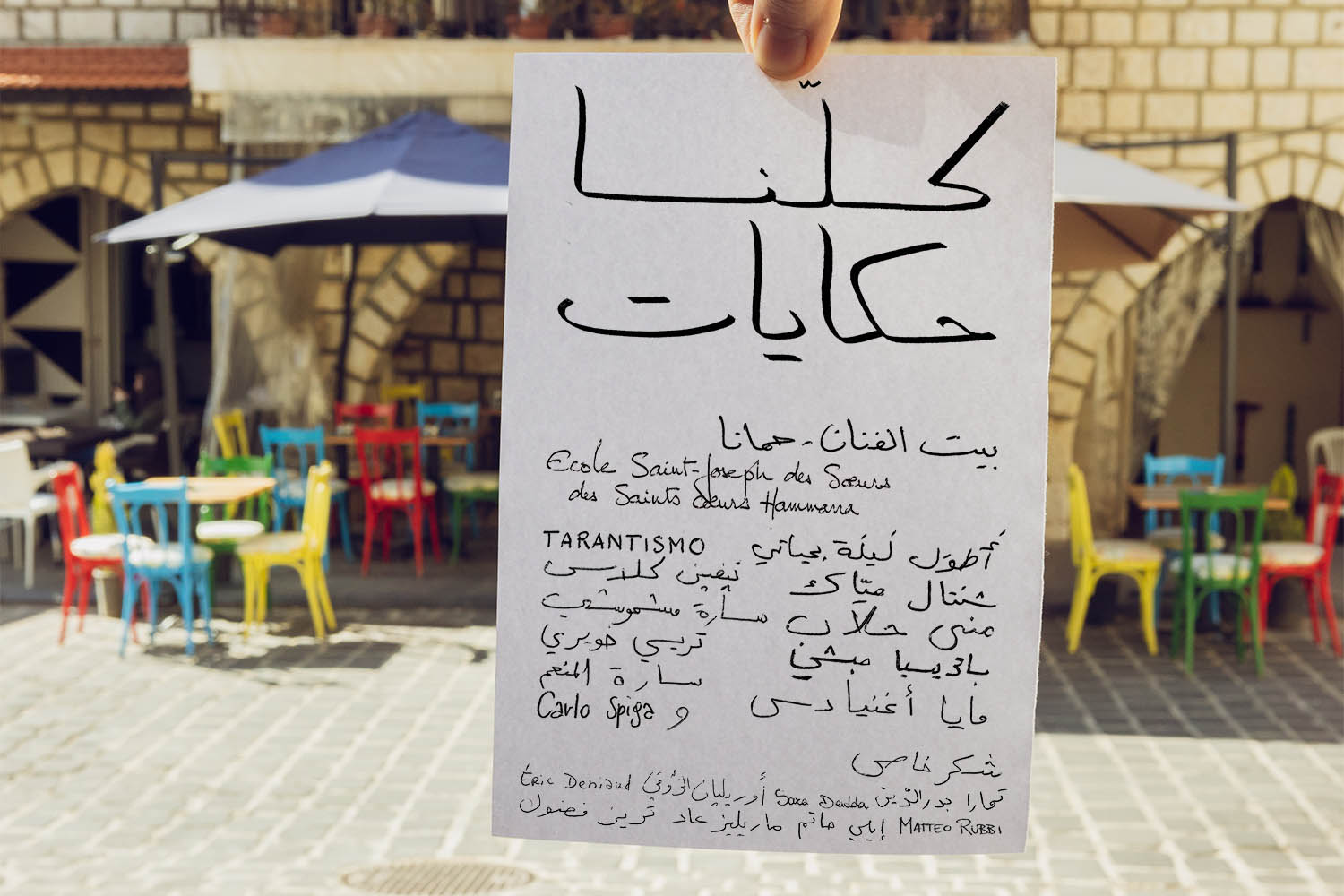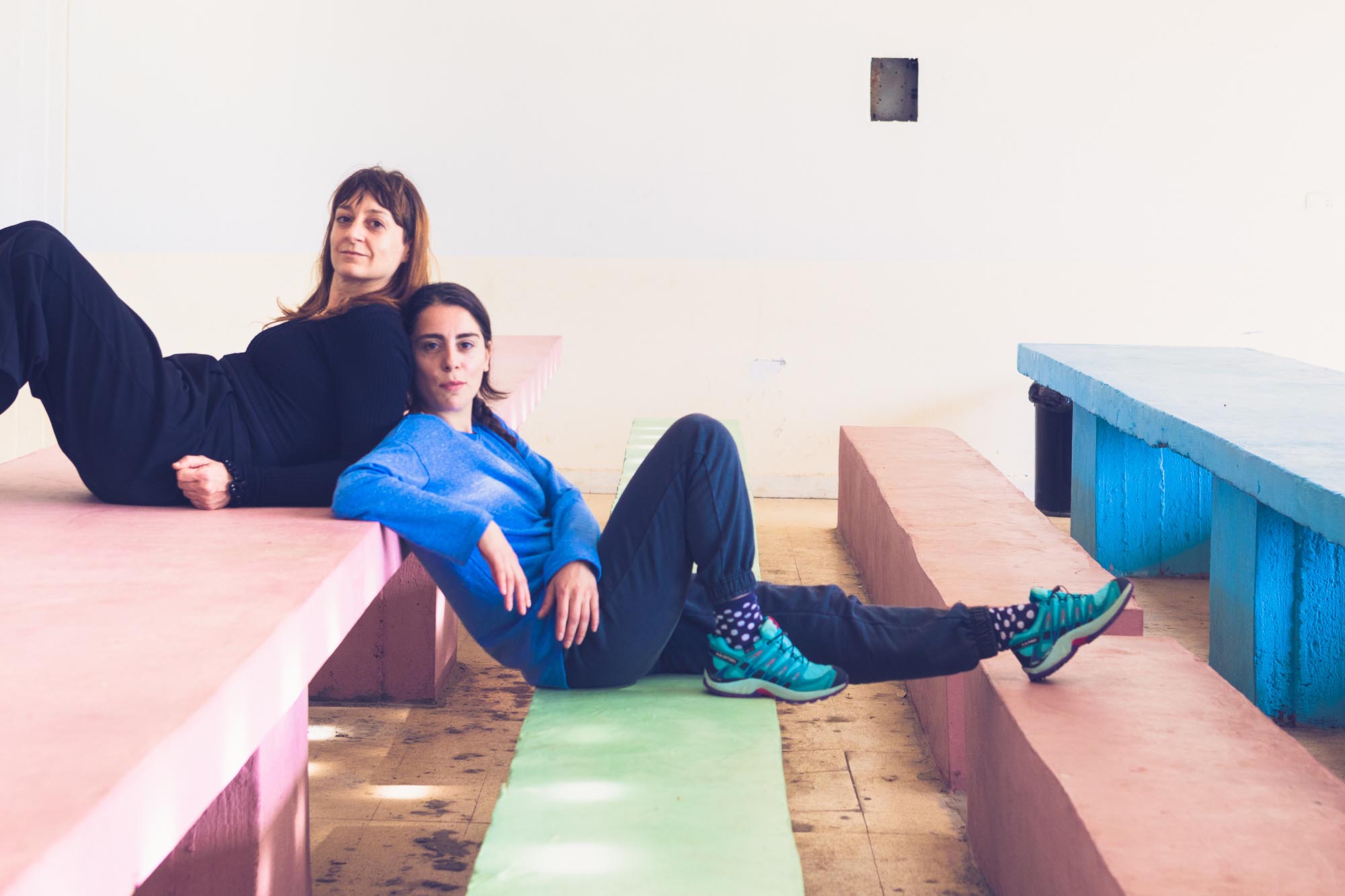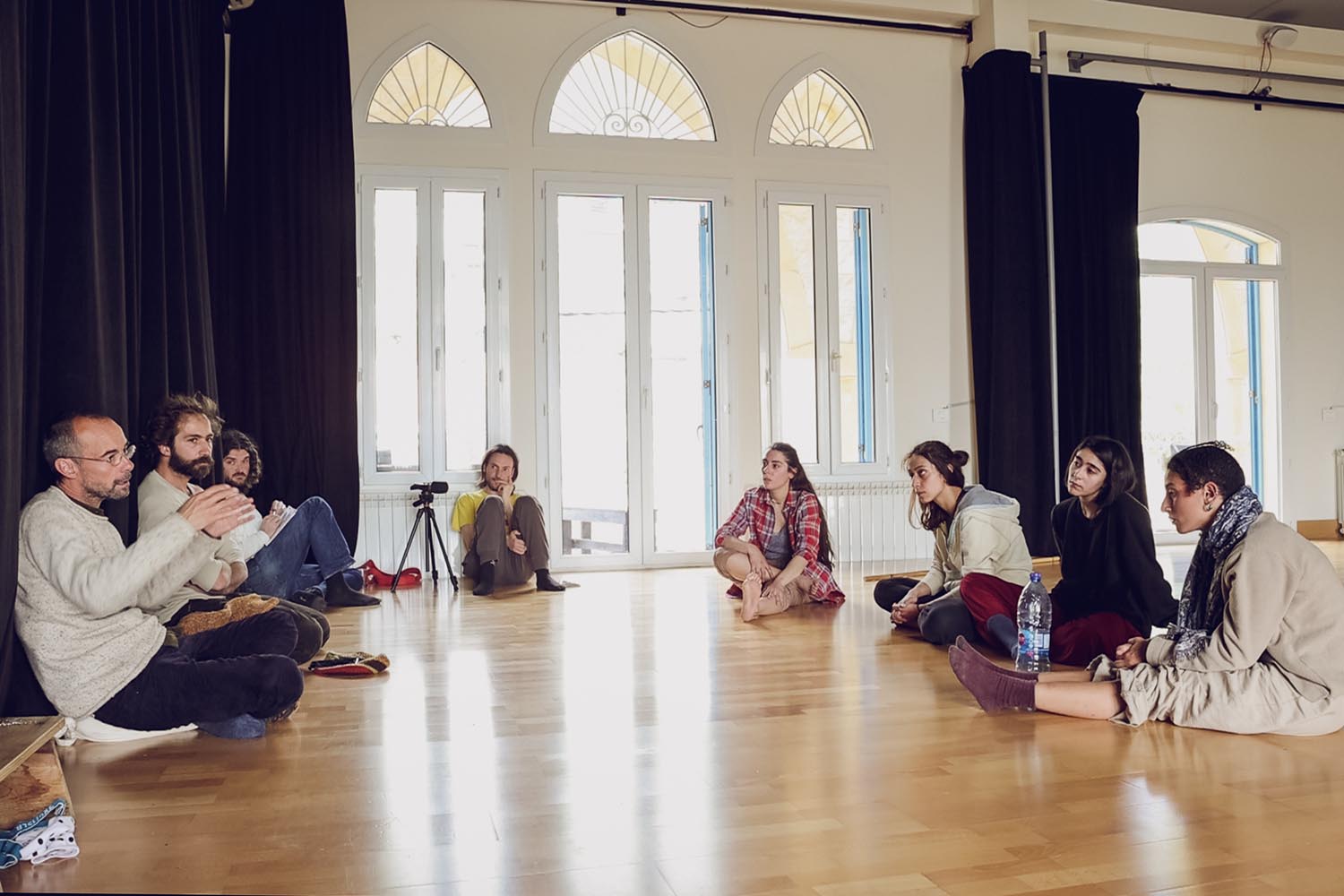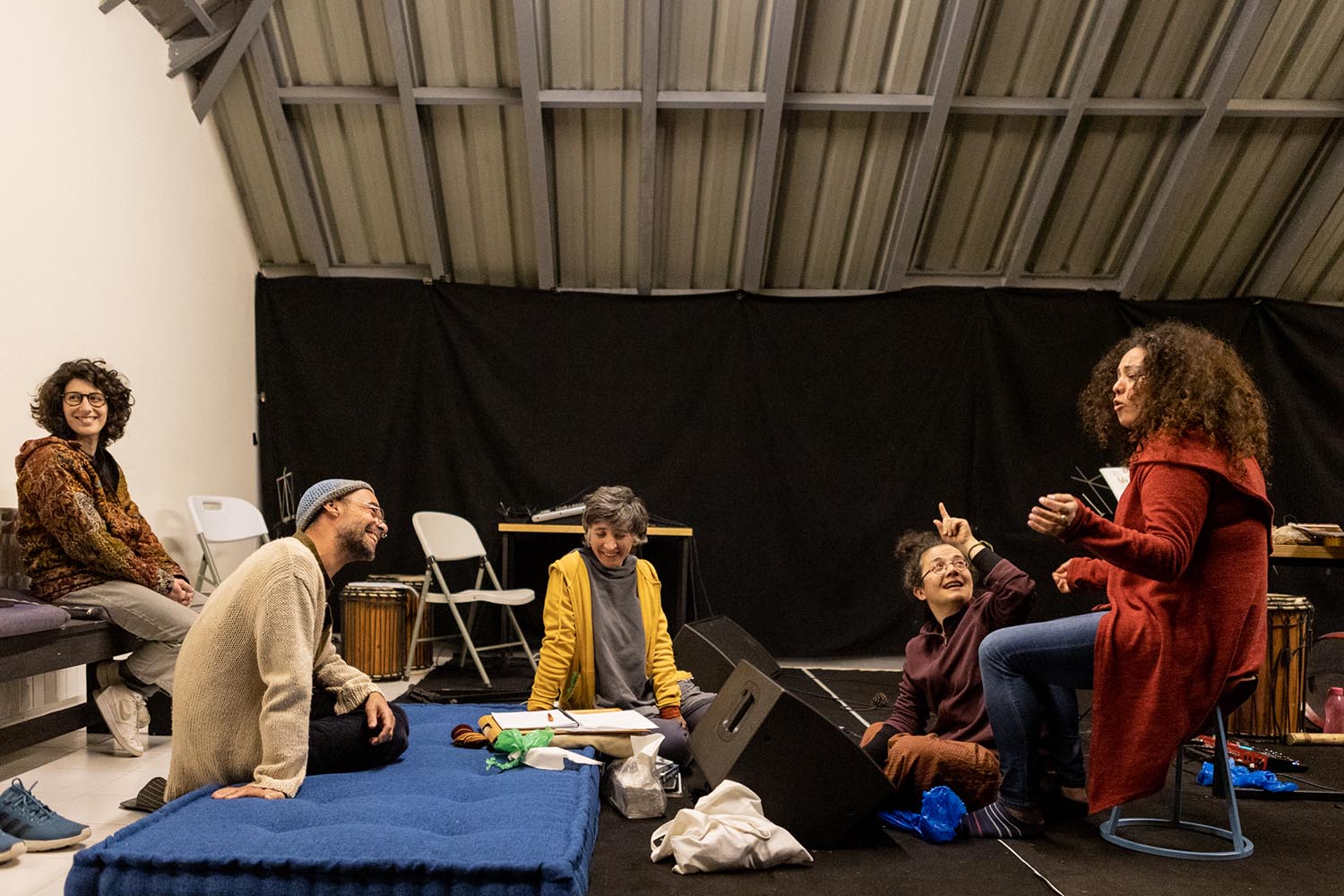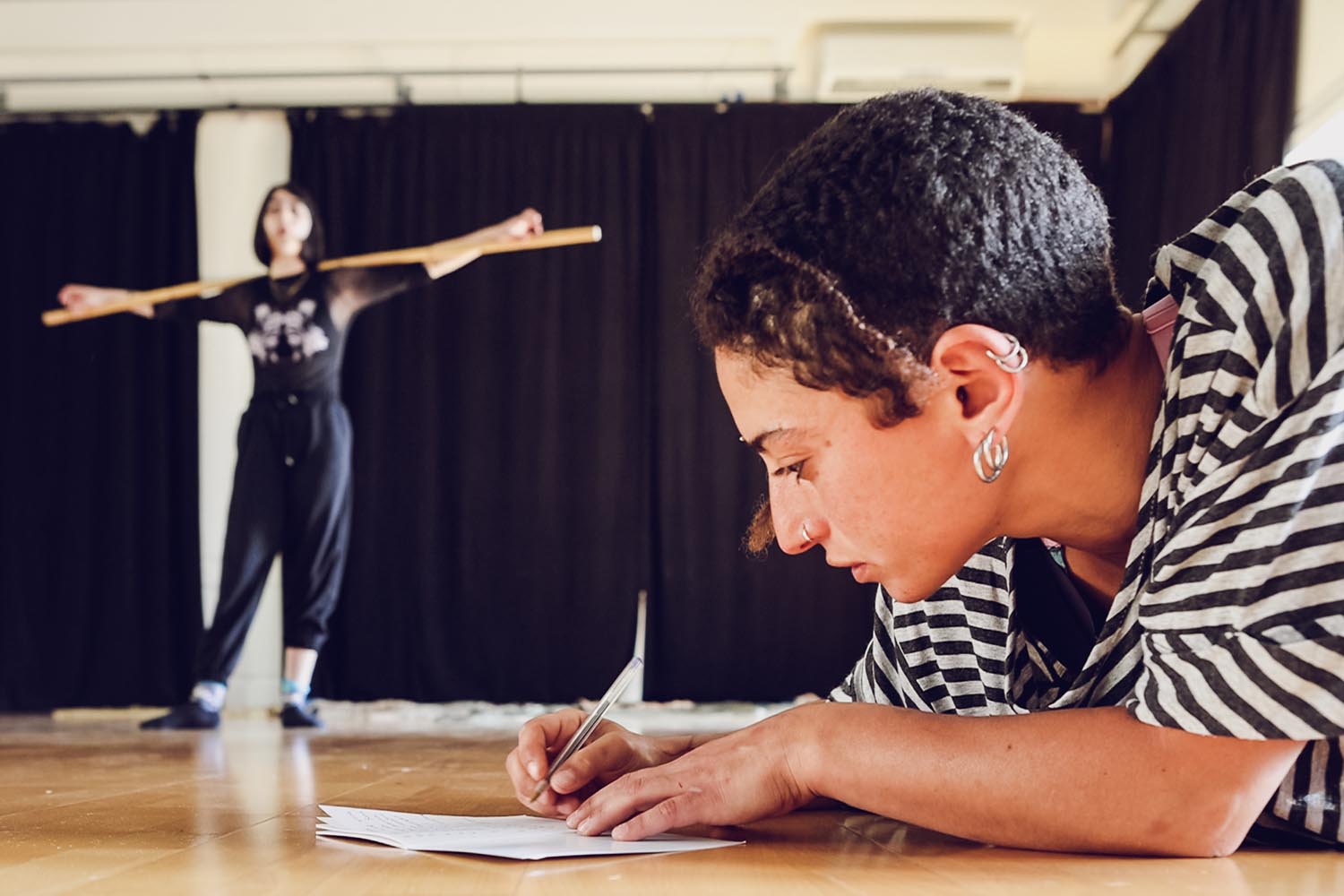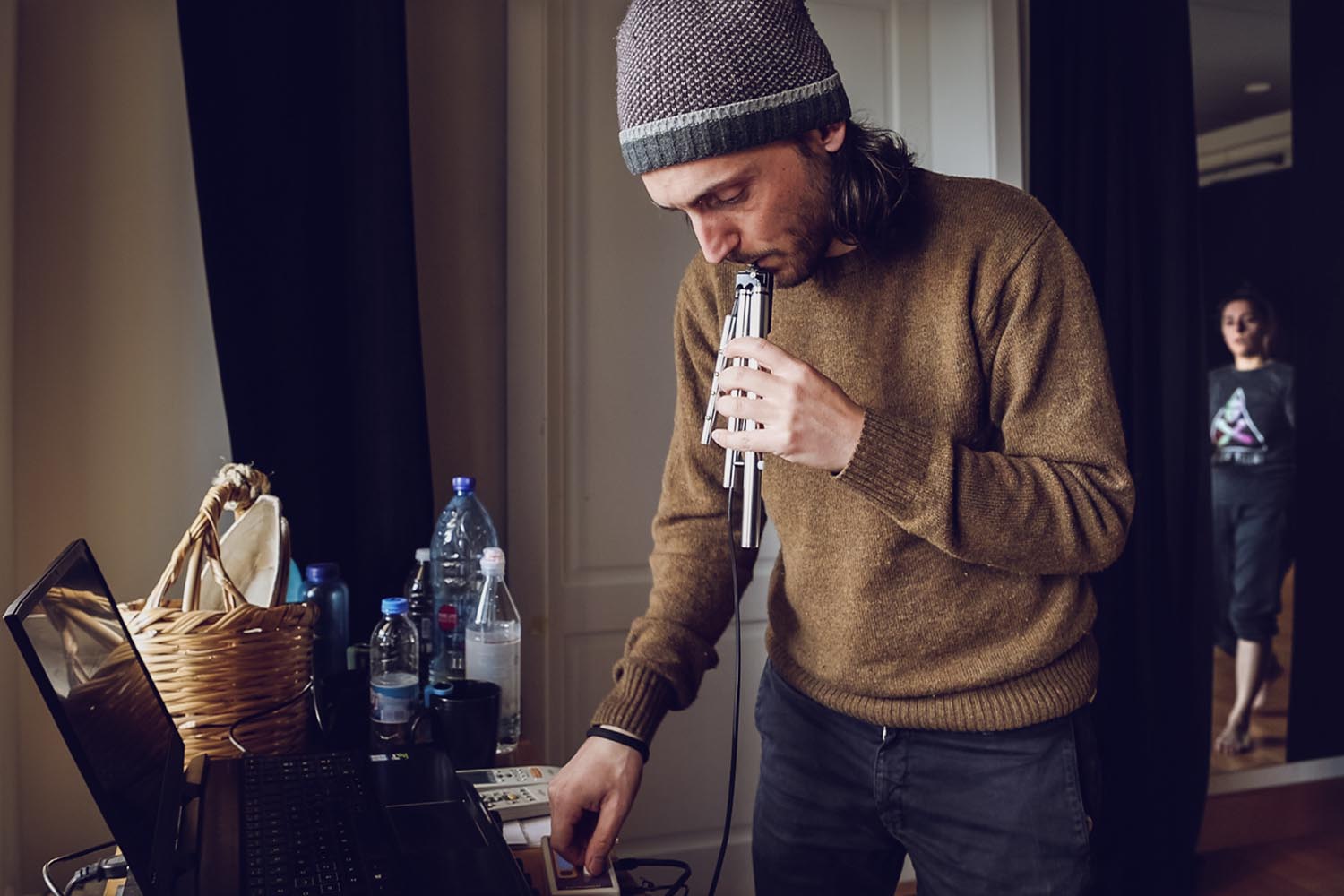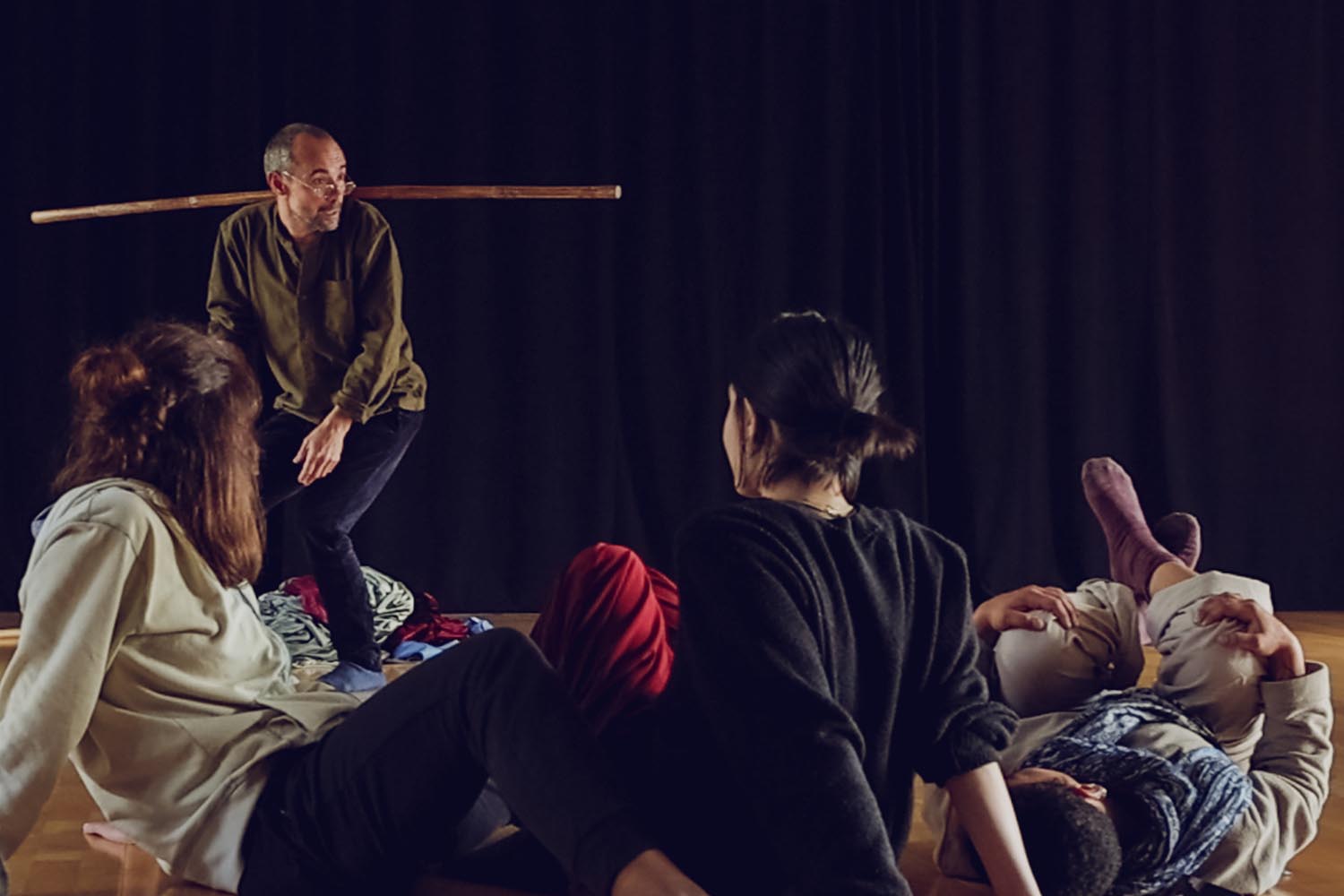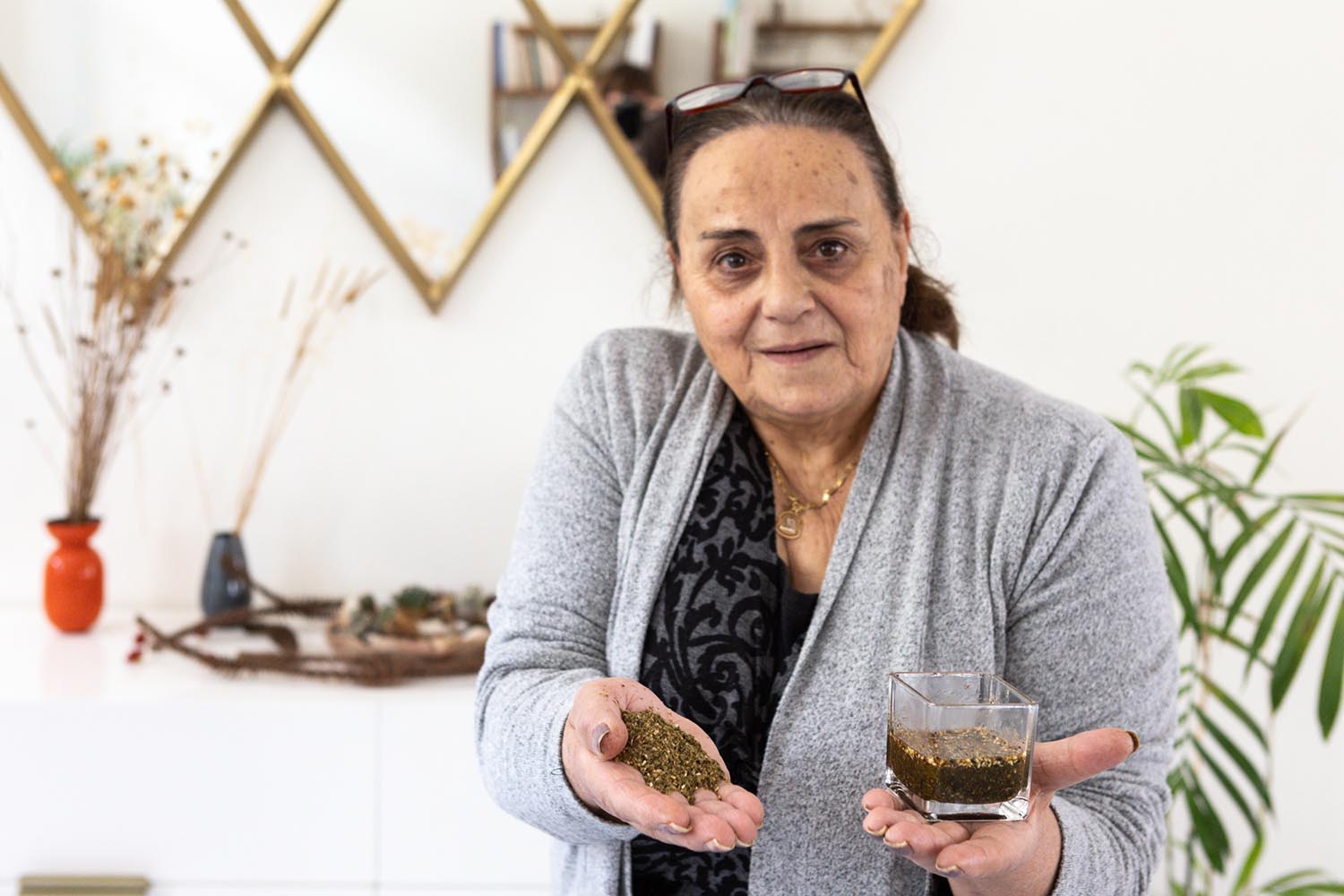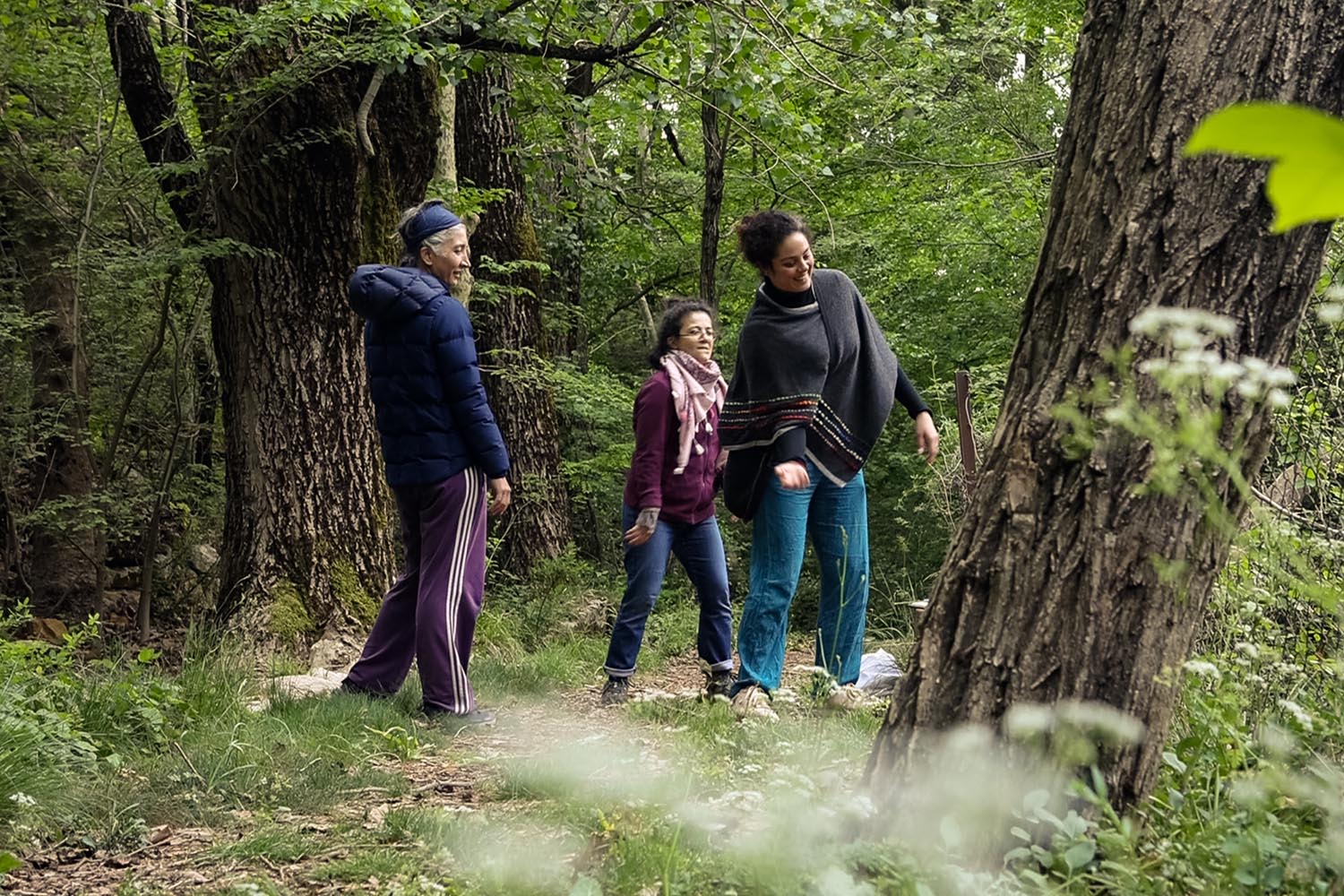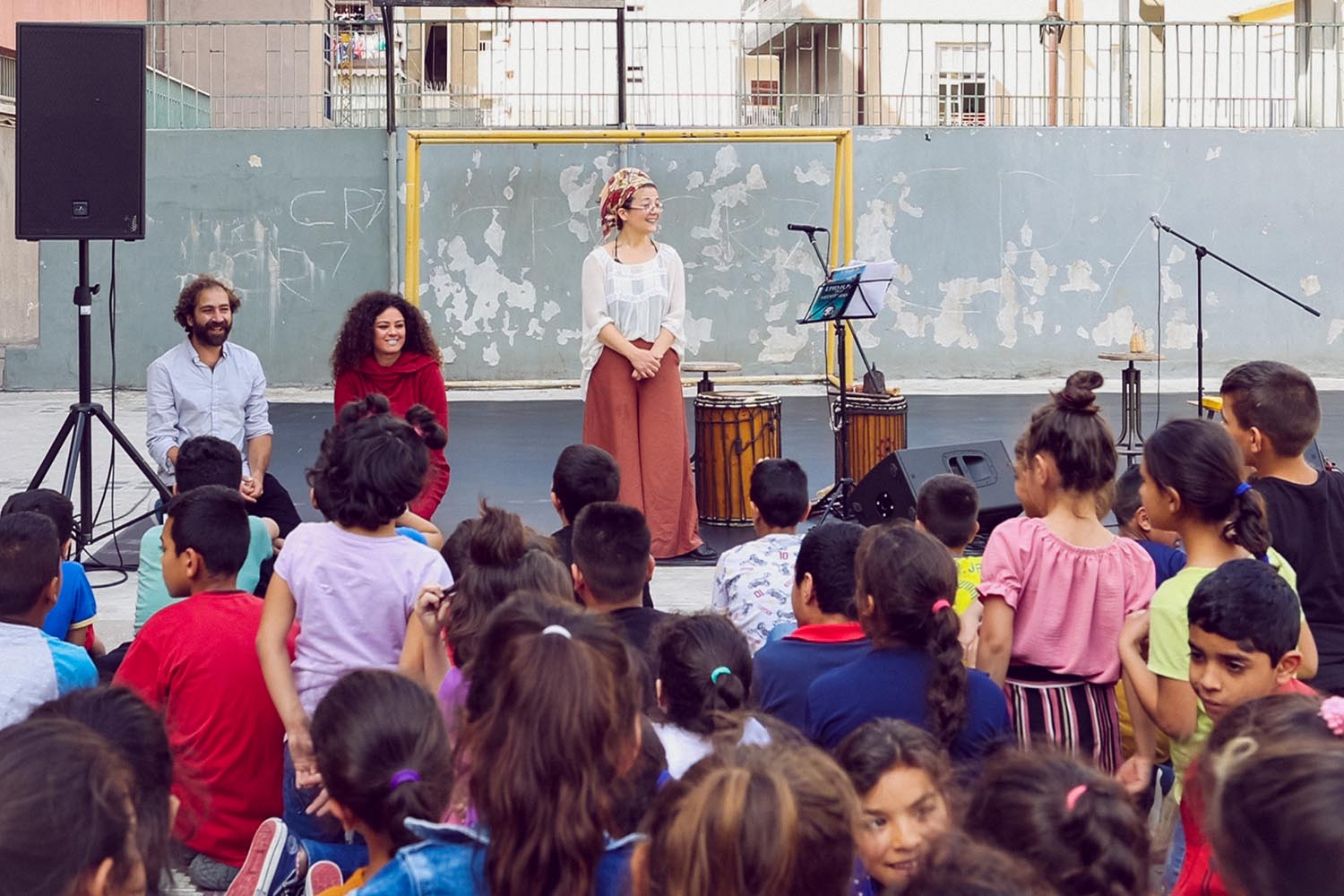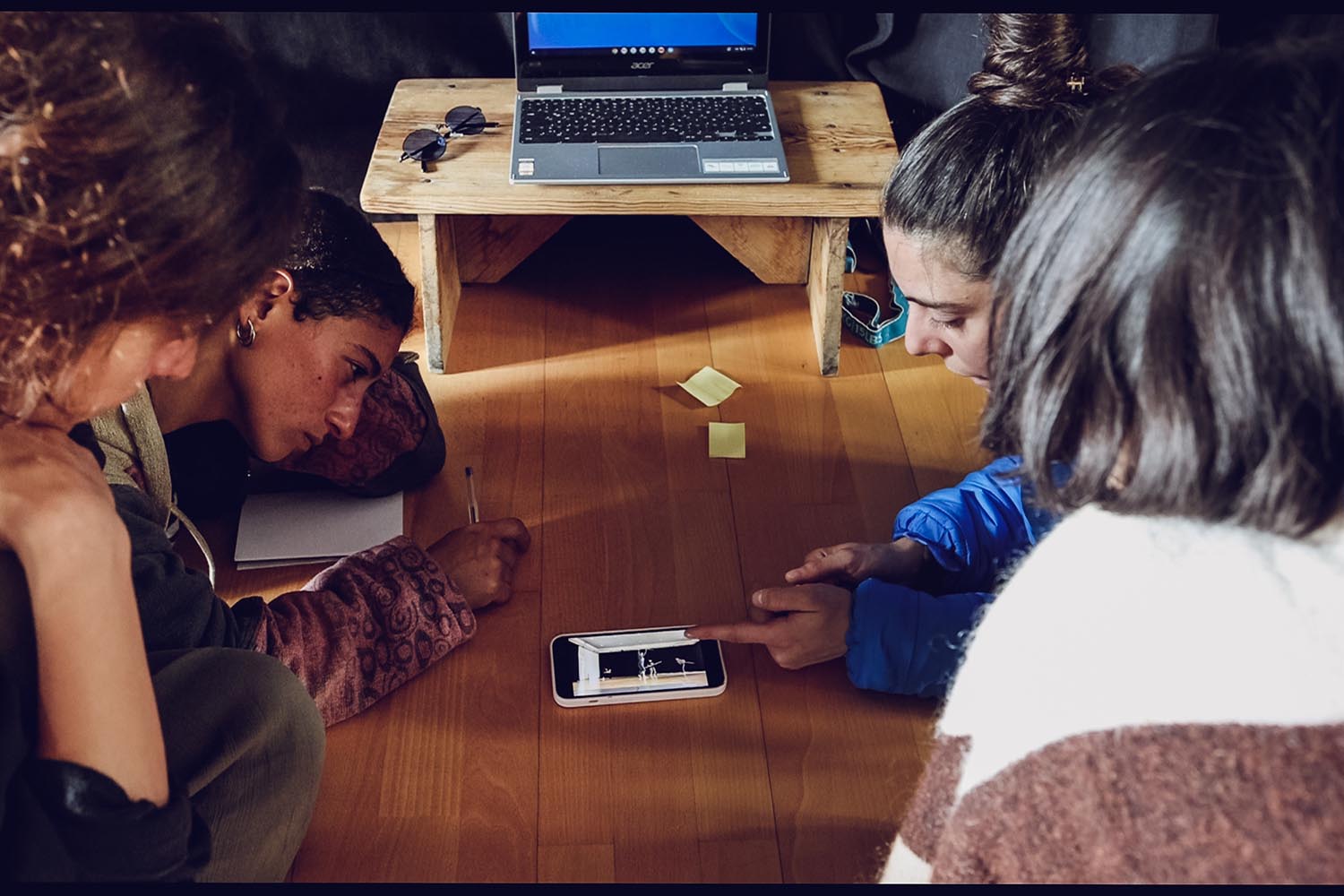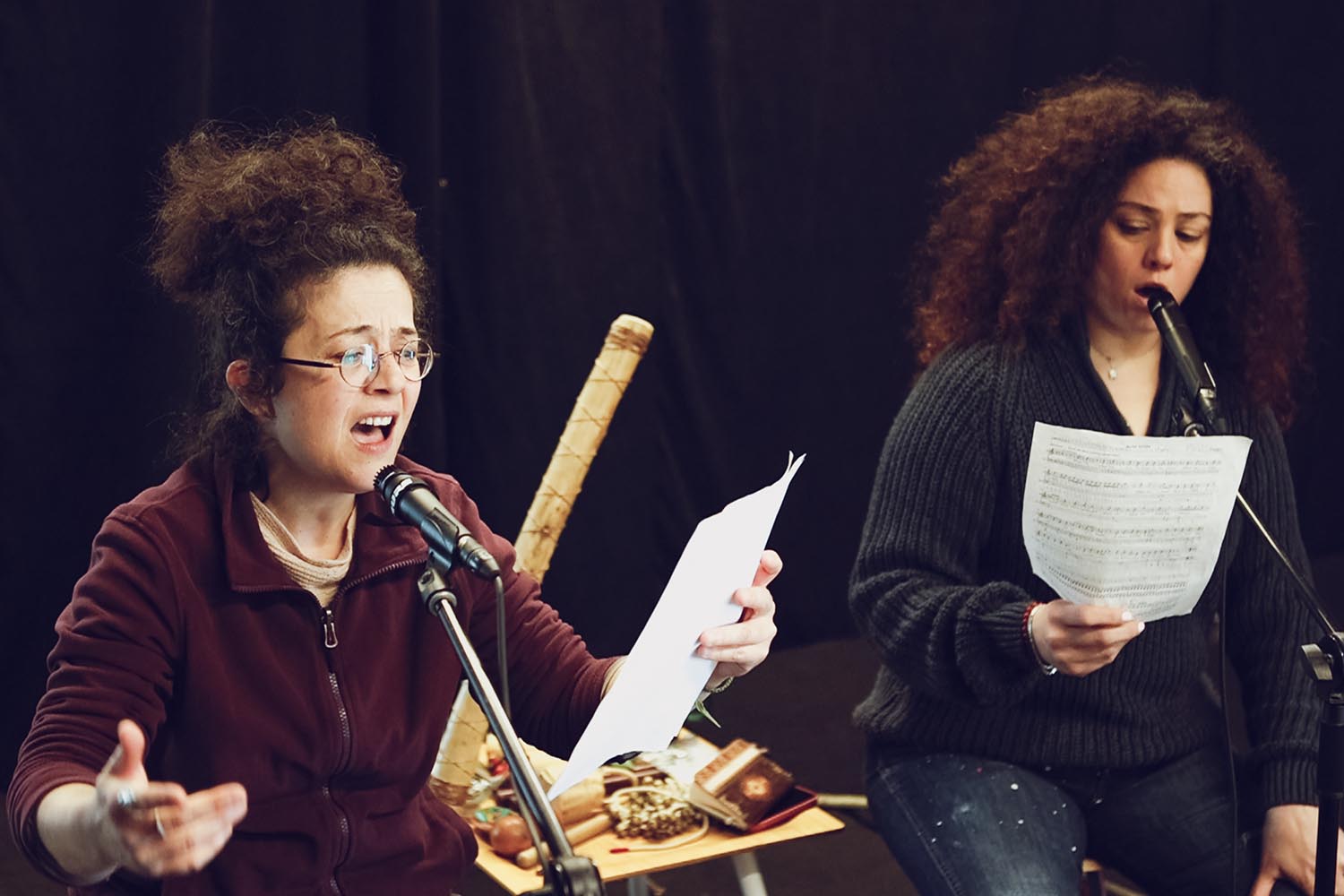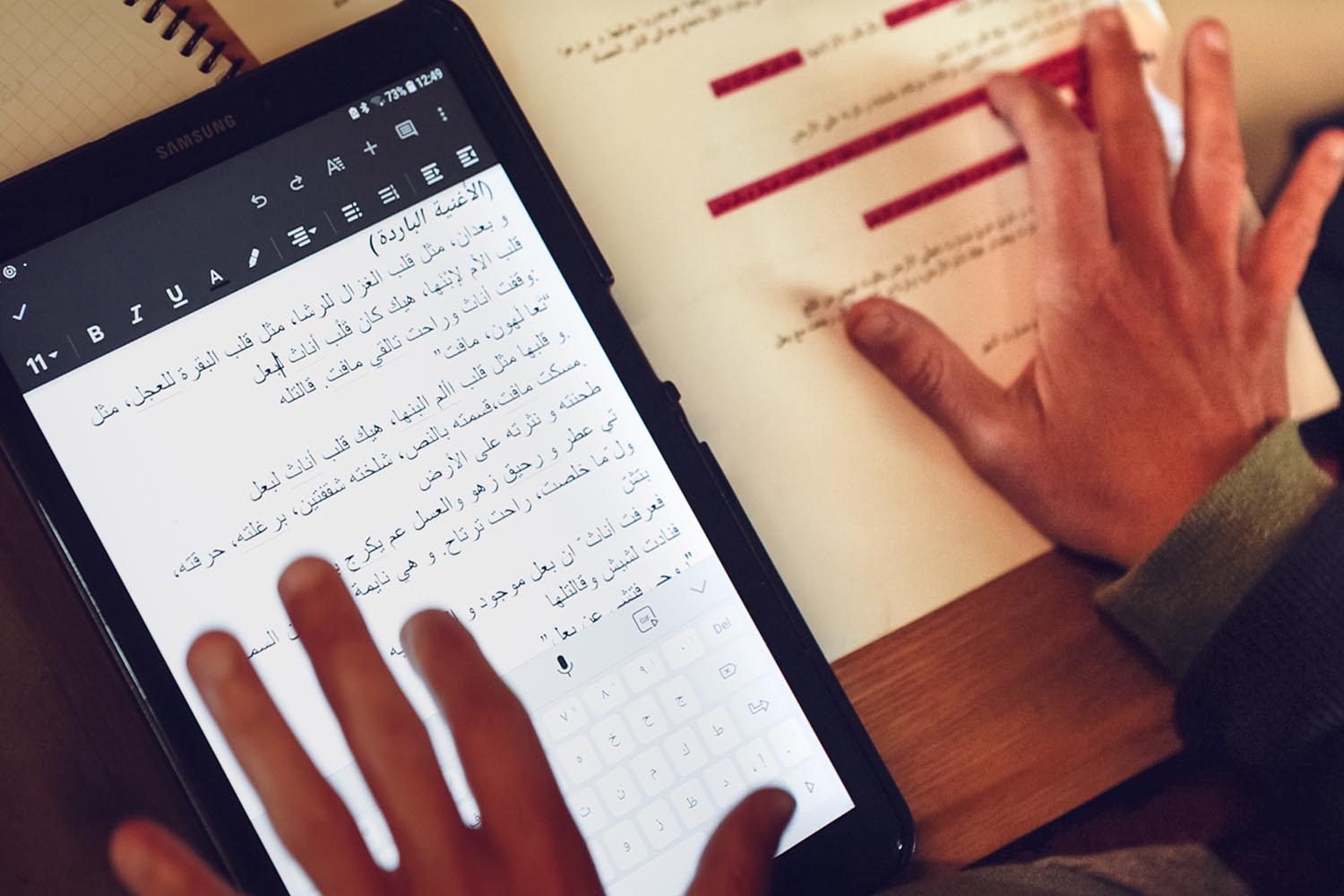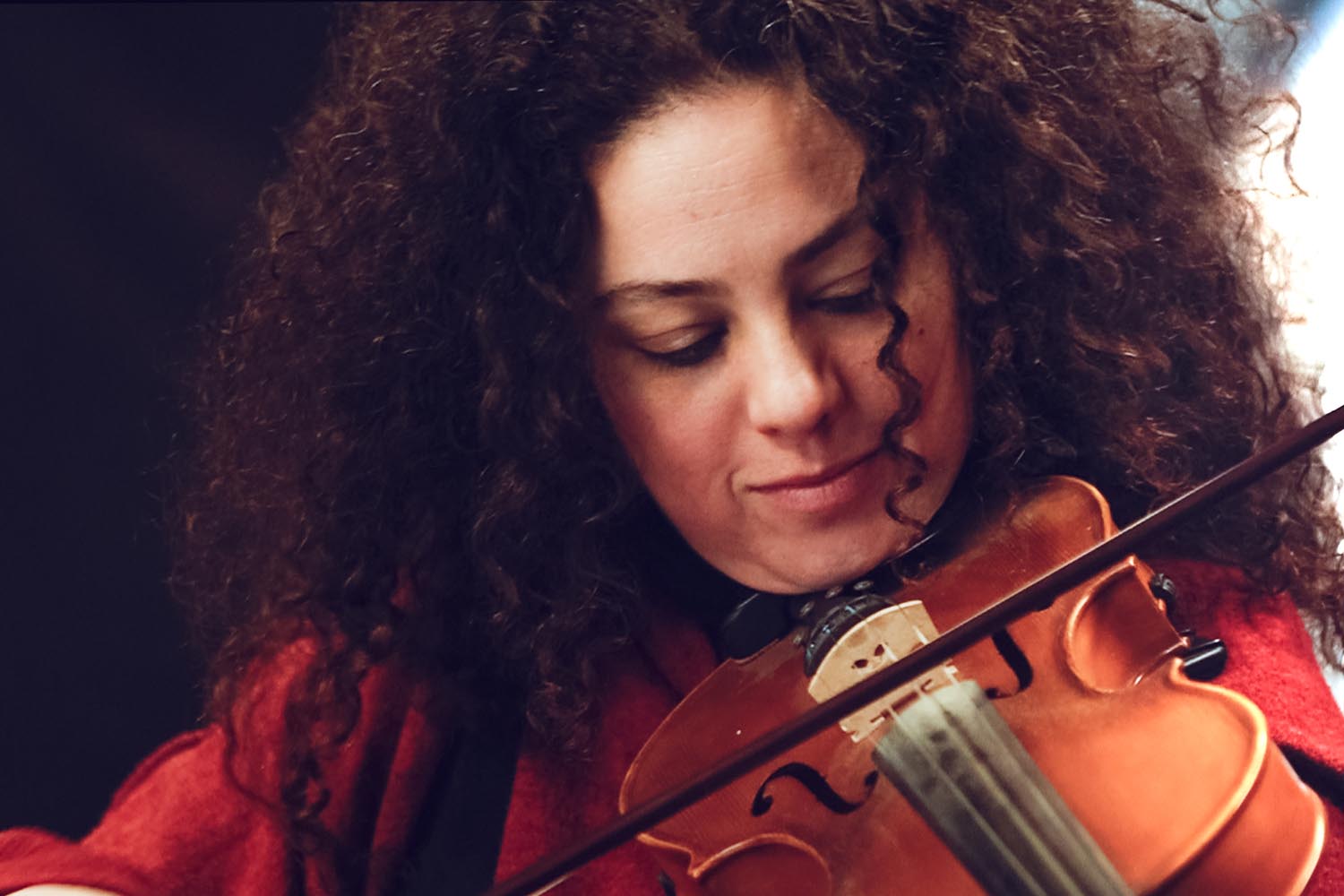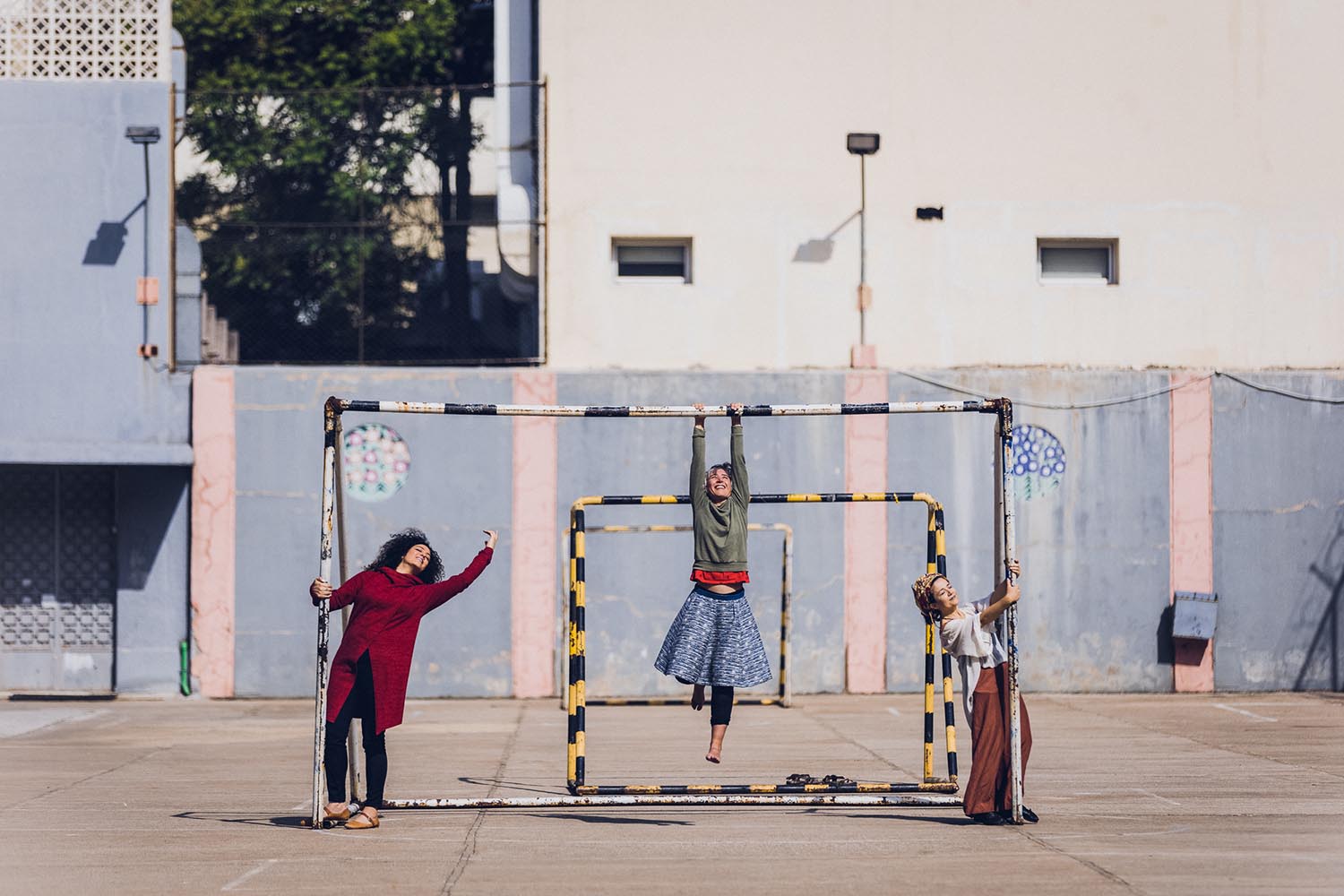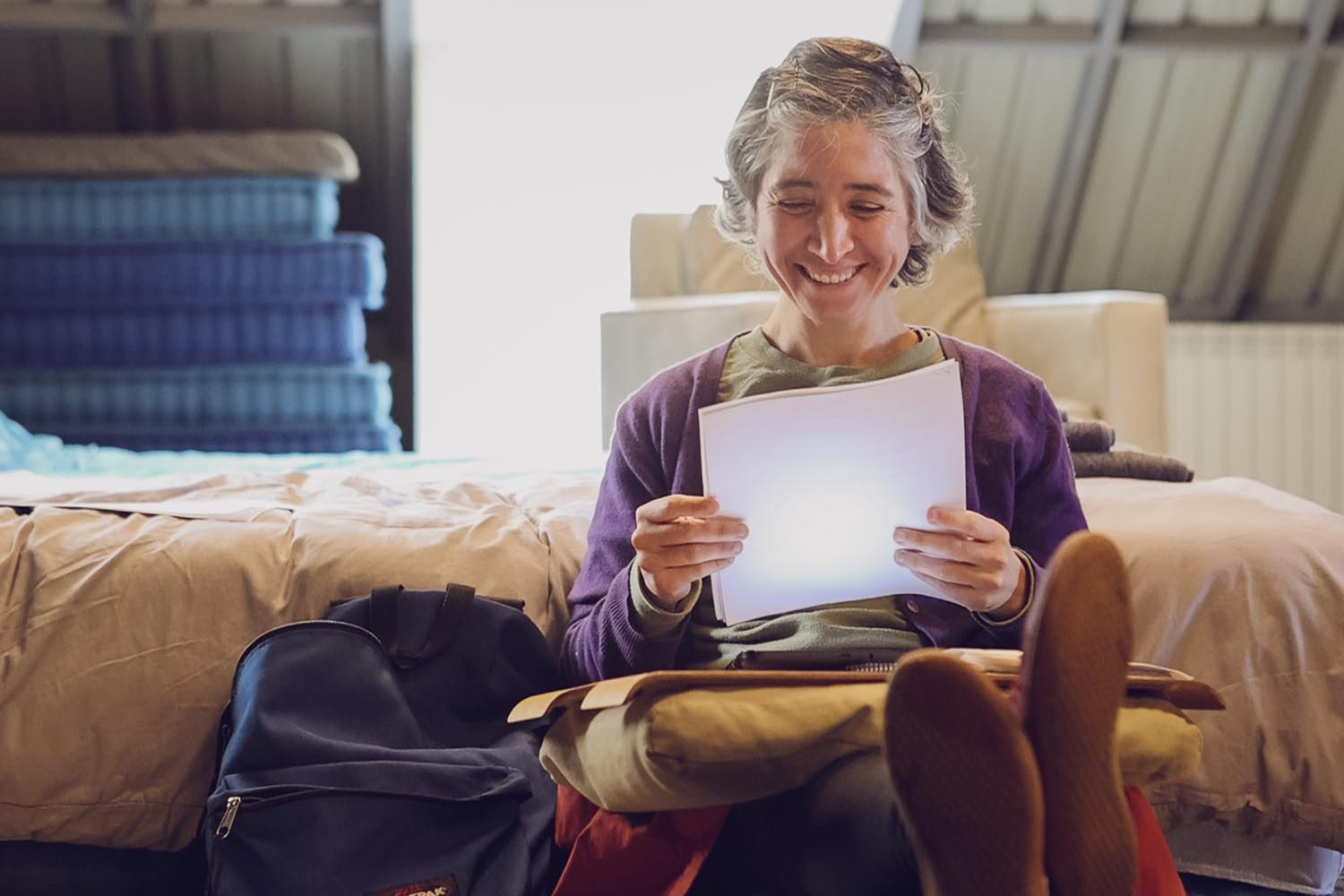1) Emersione dei talenti
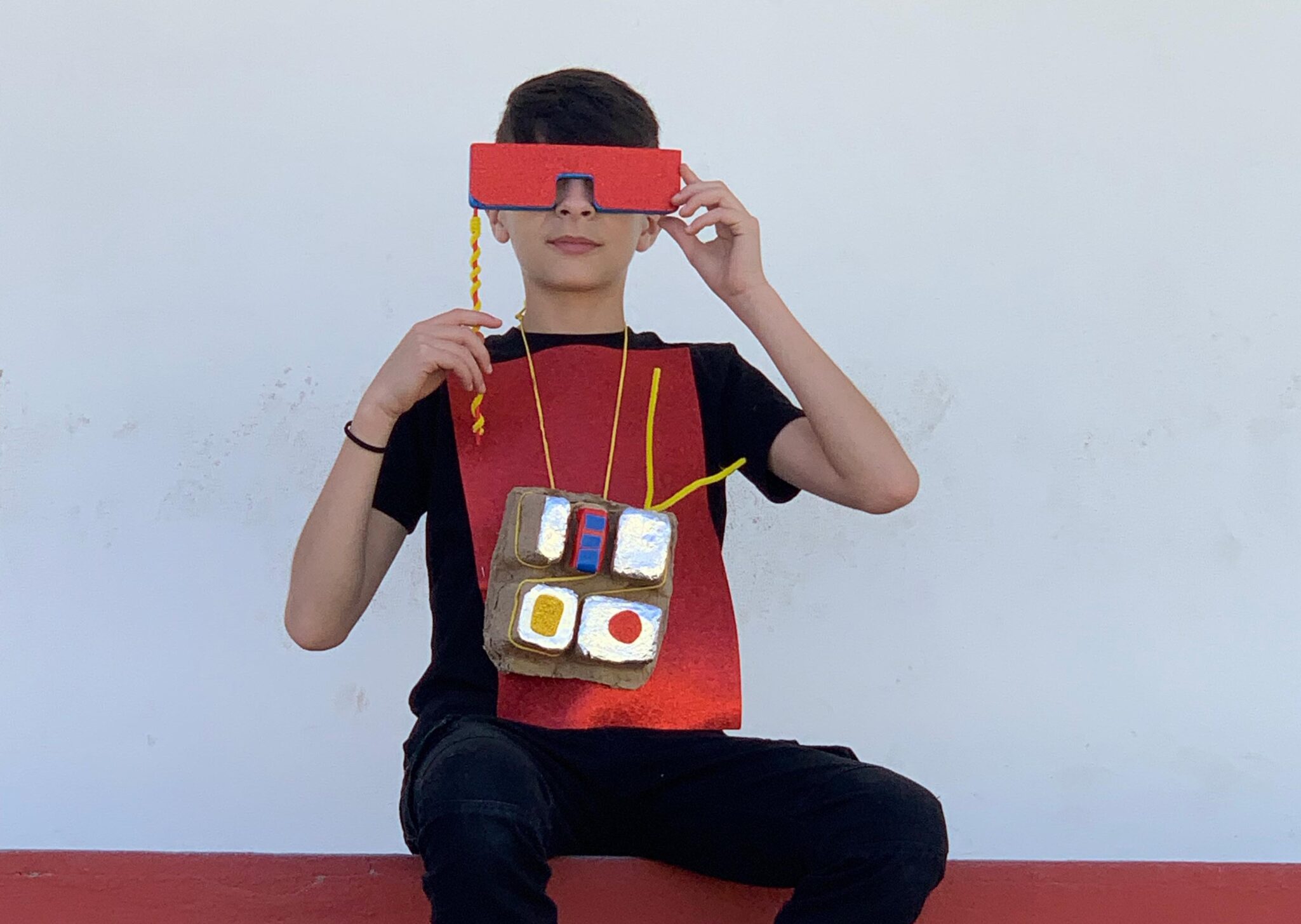
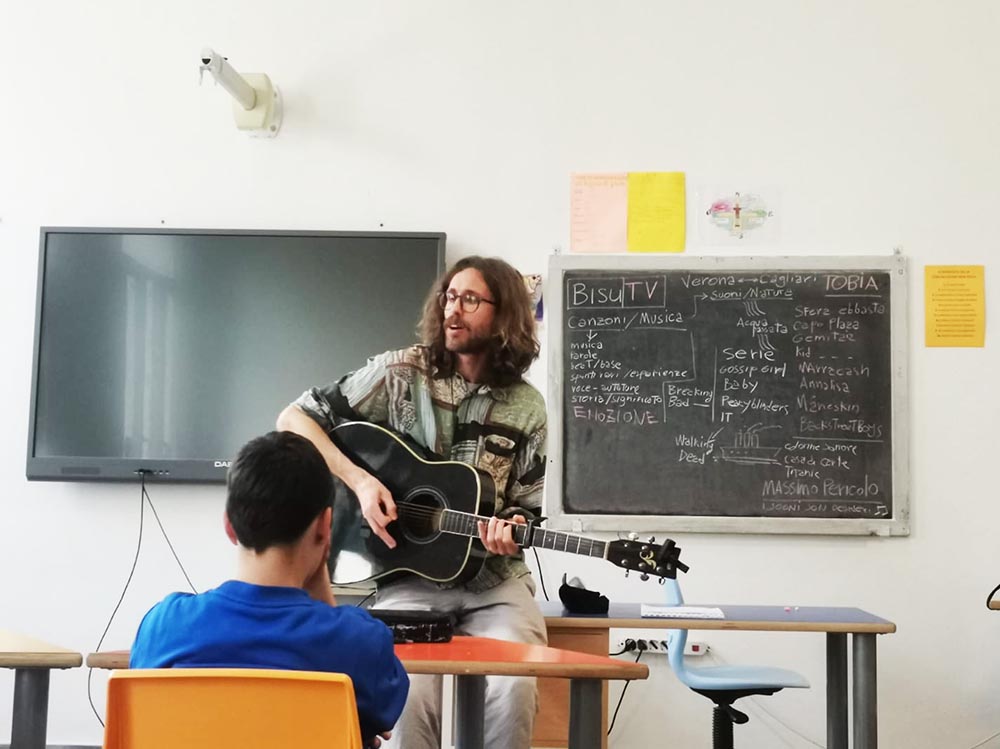
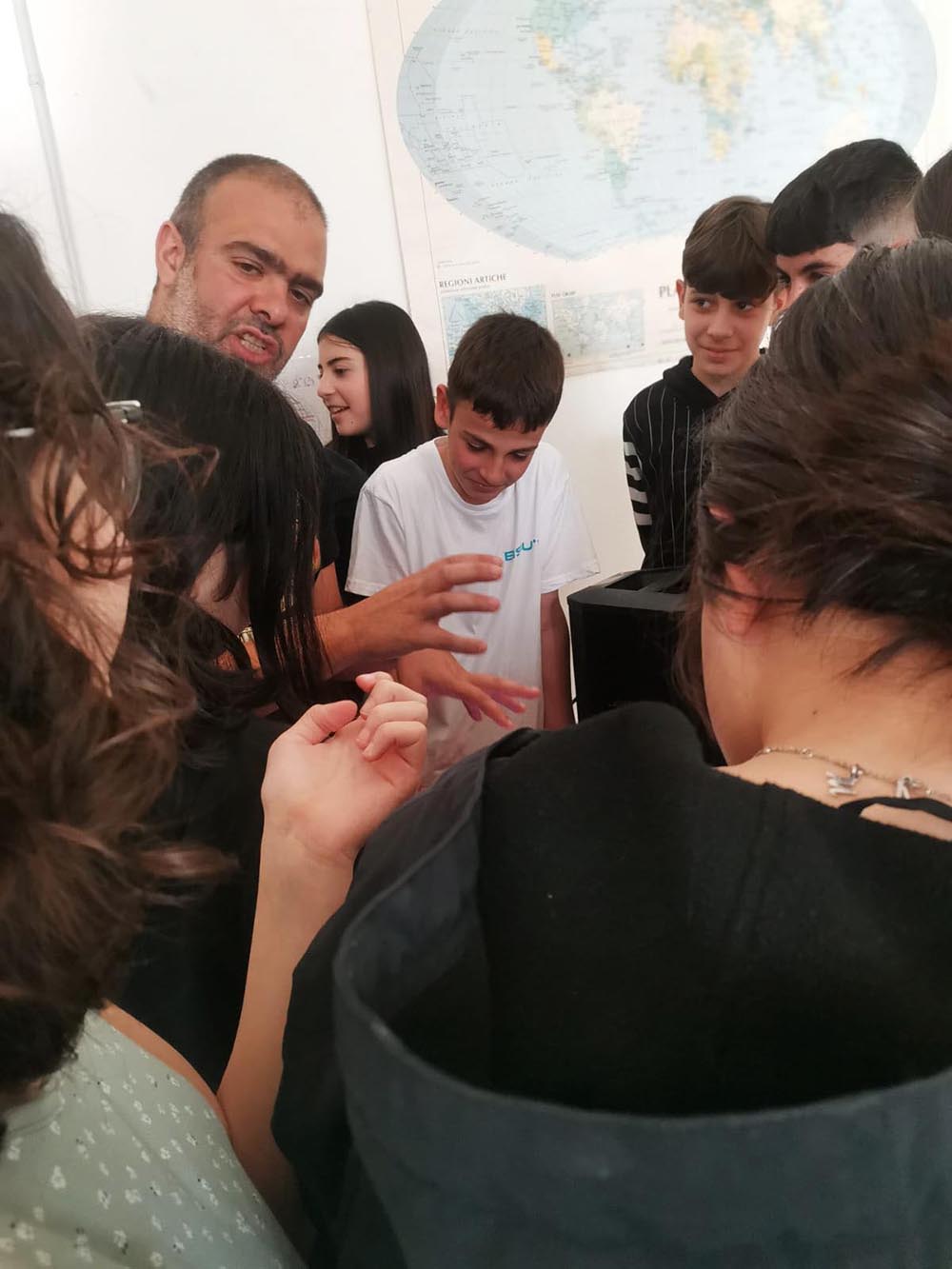
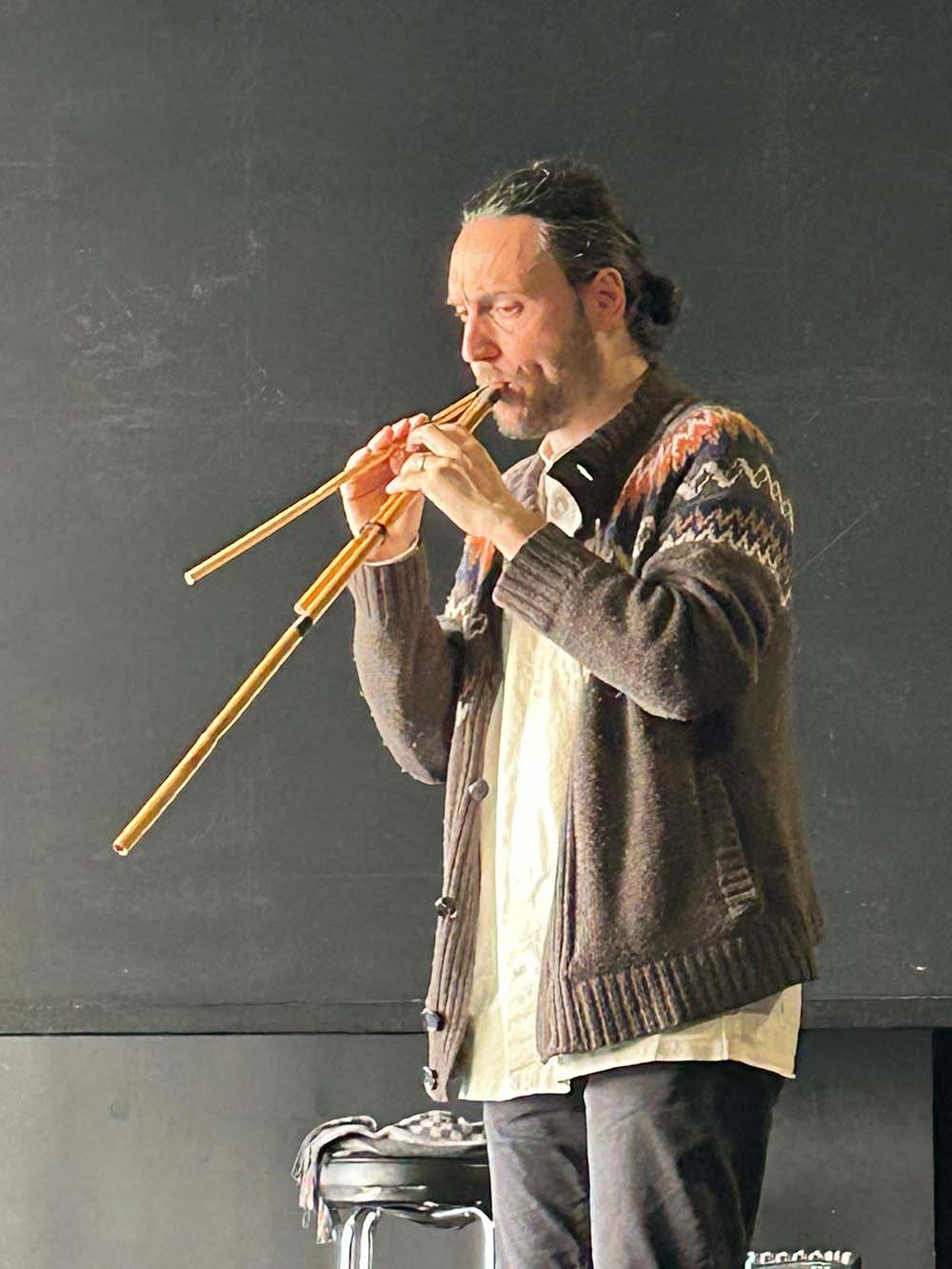
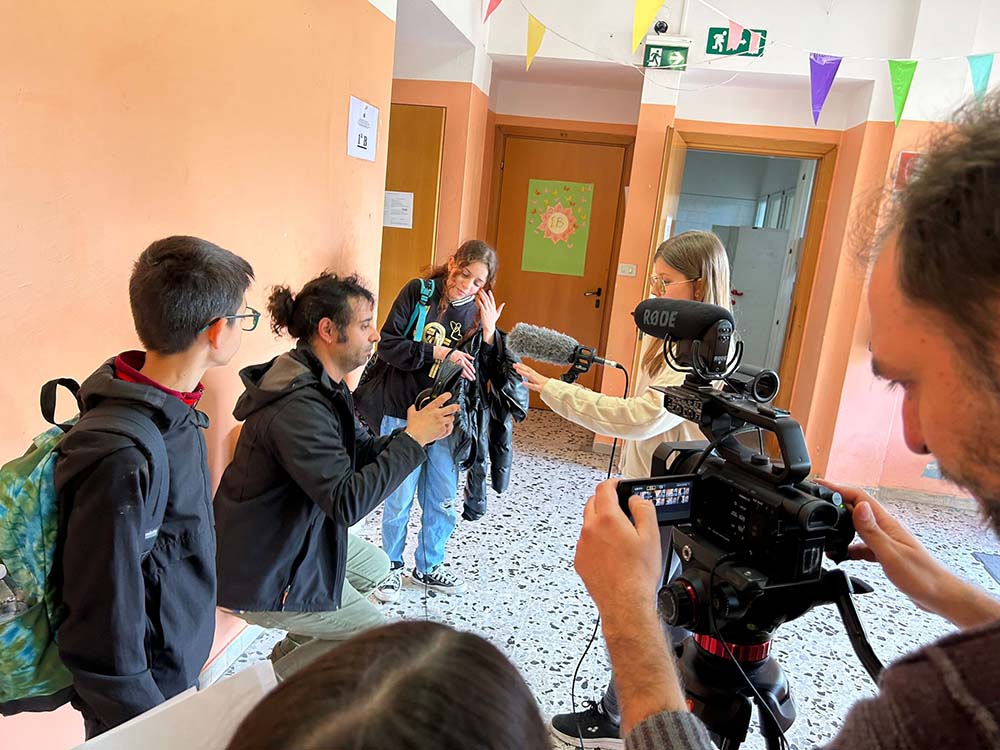
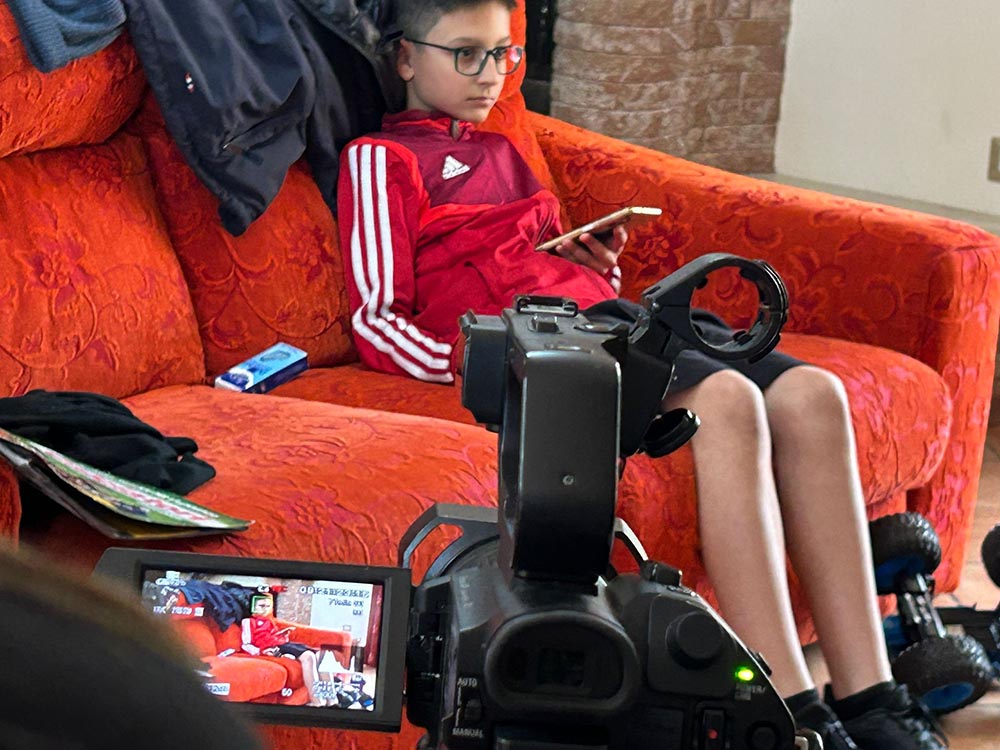
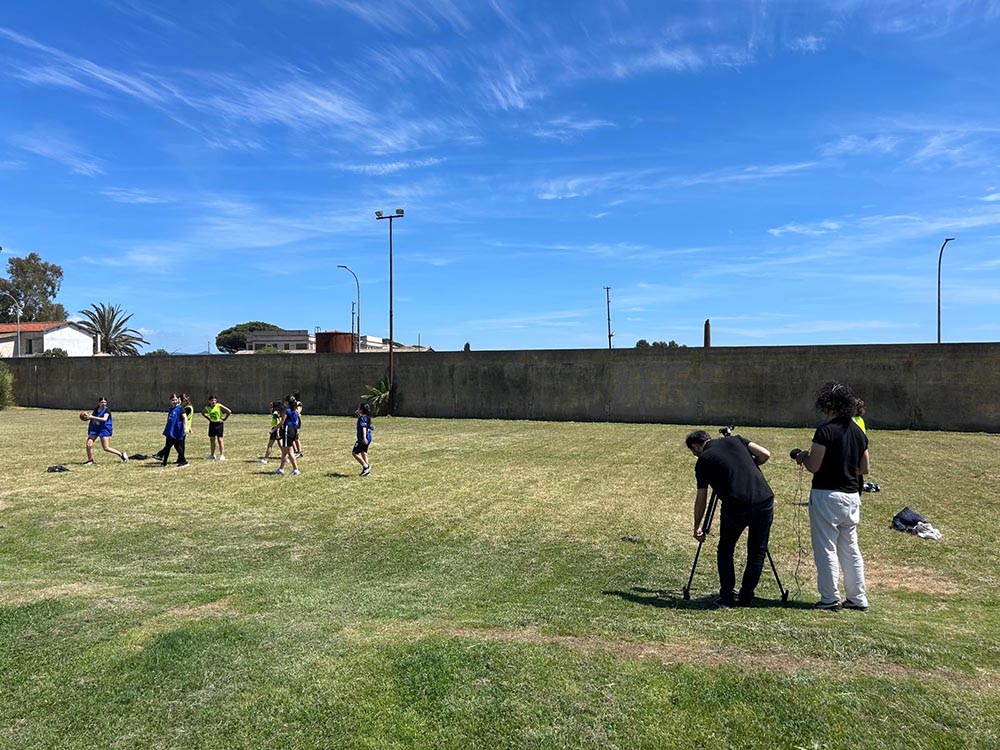
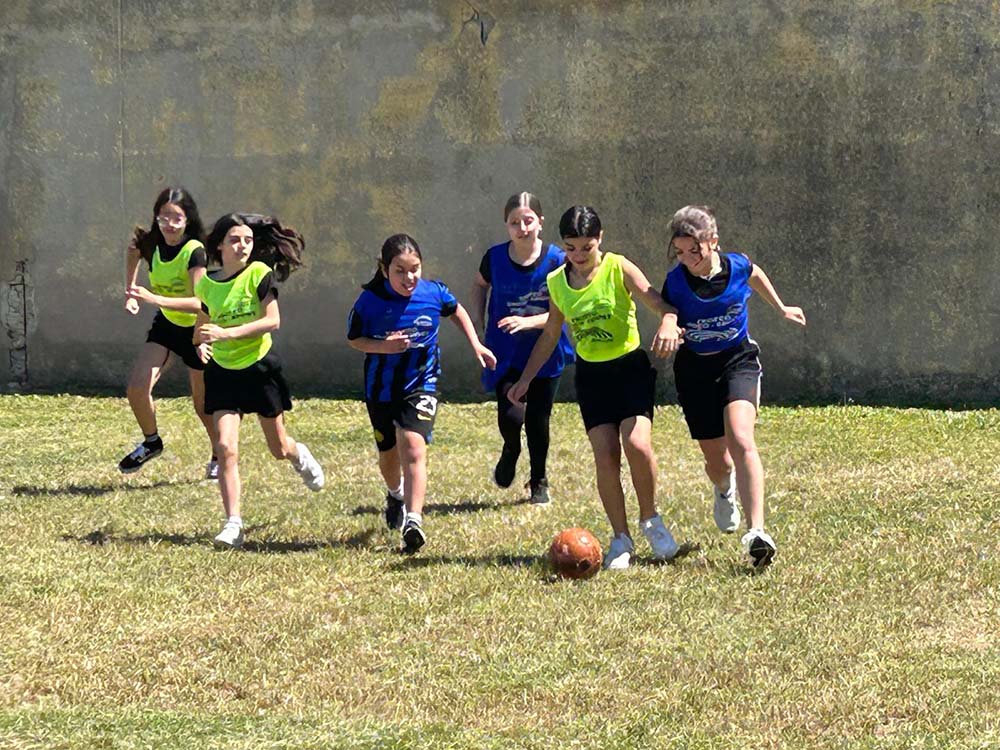
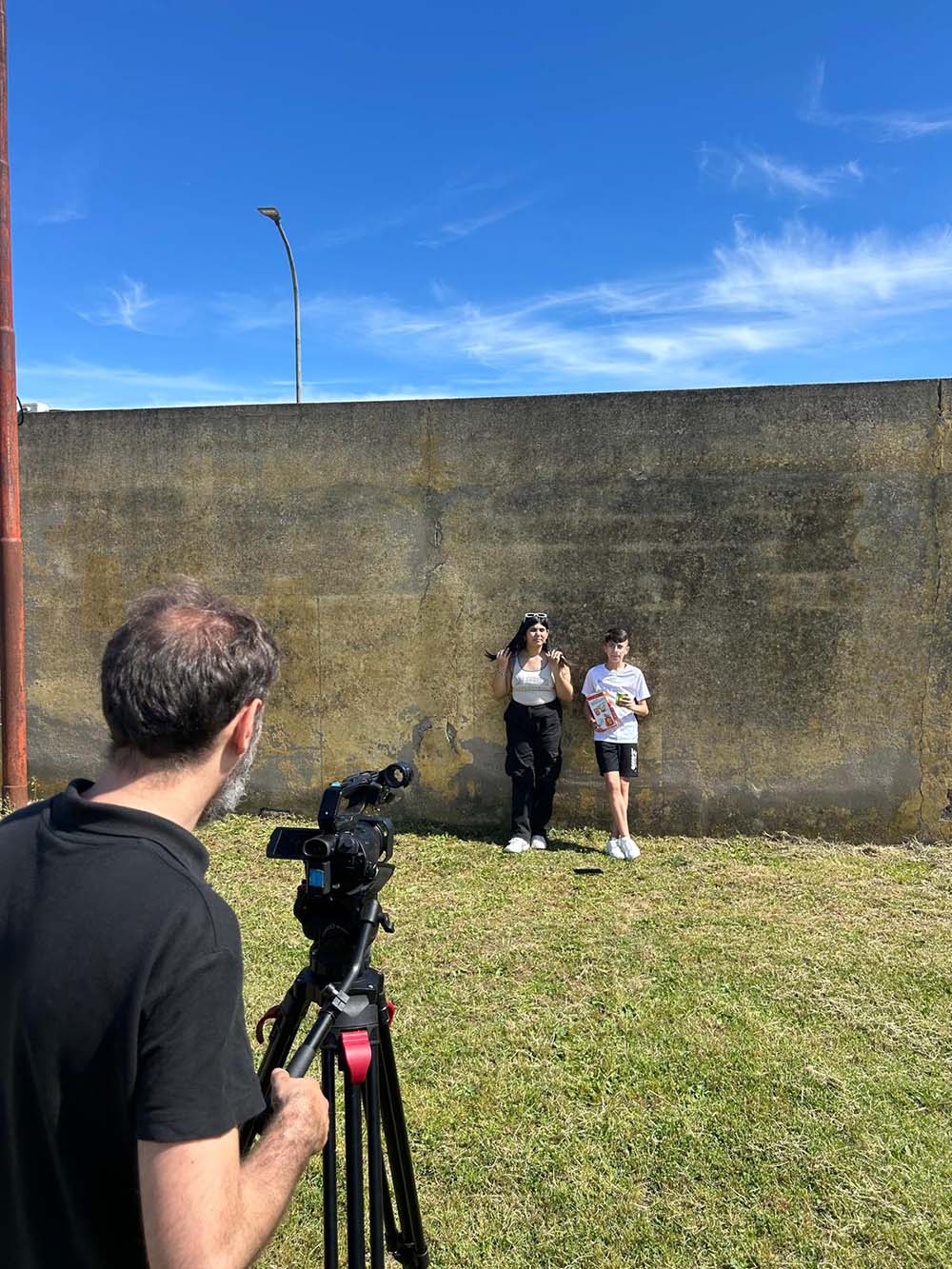
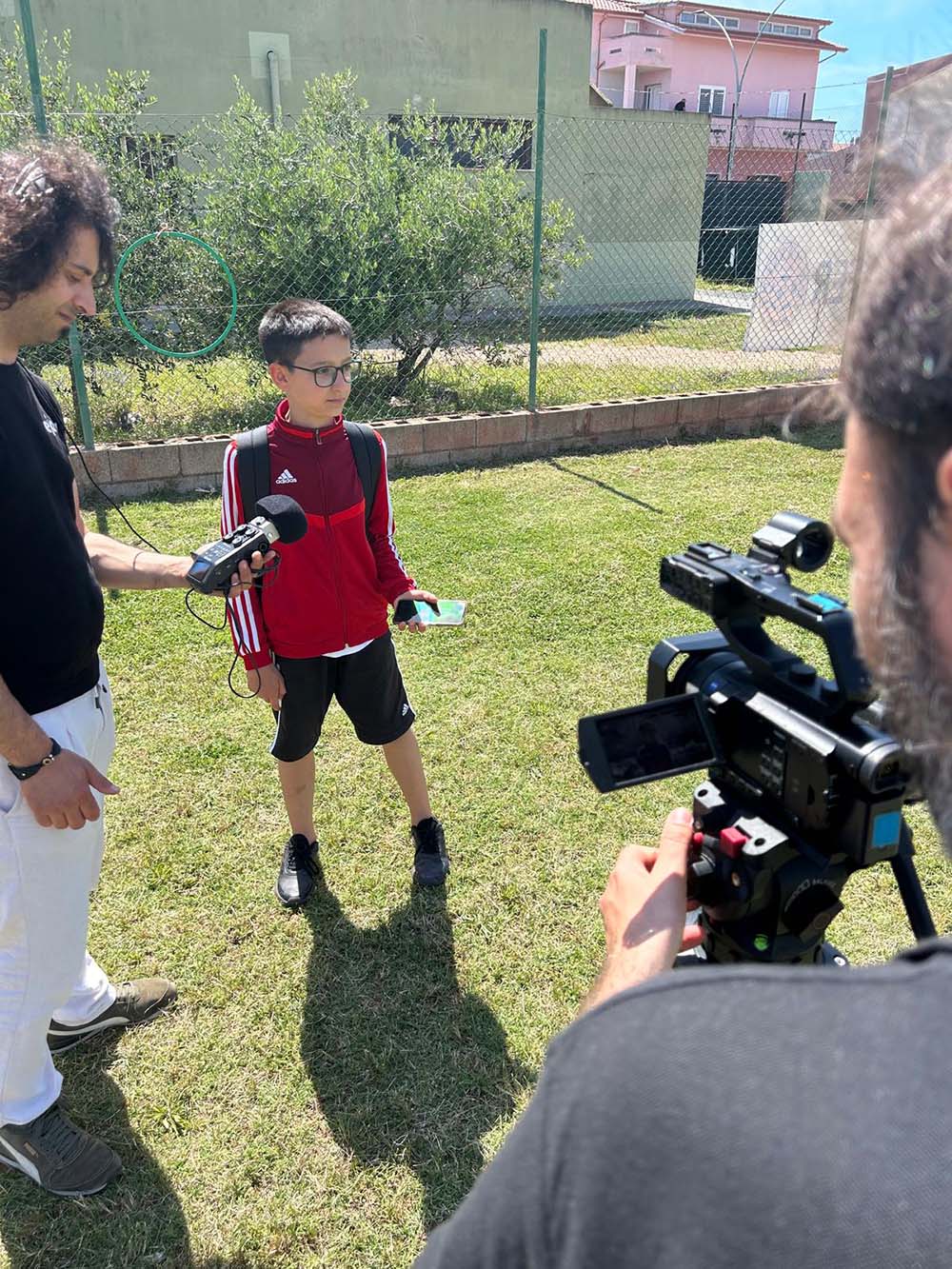
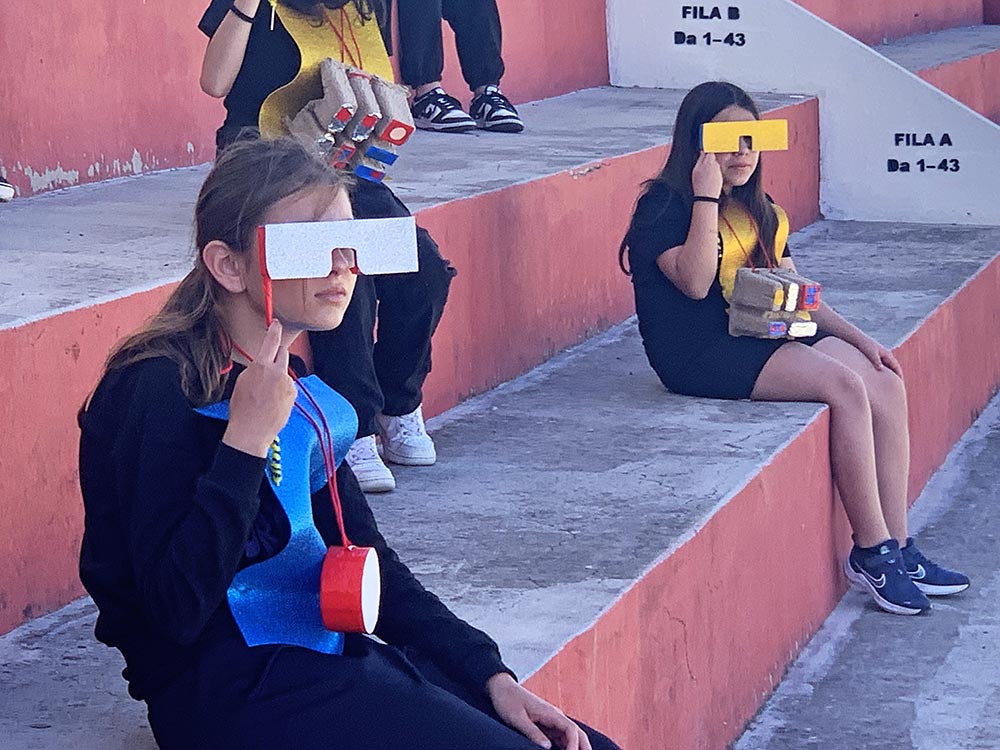

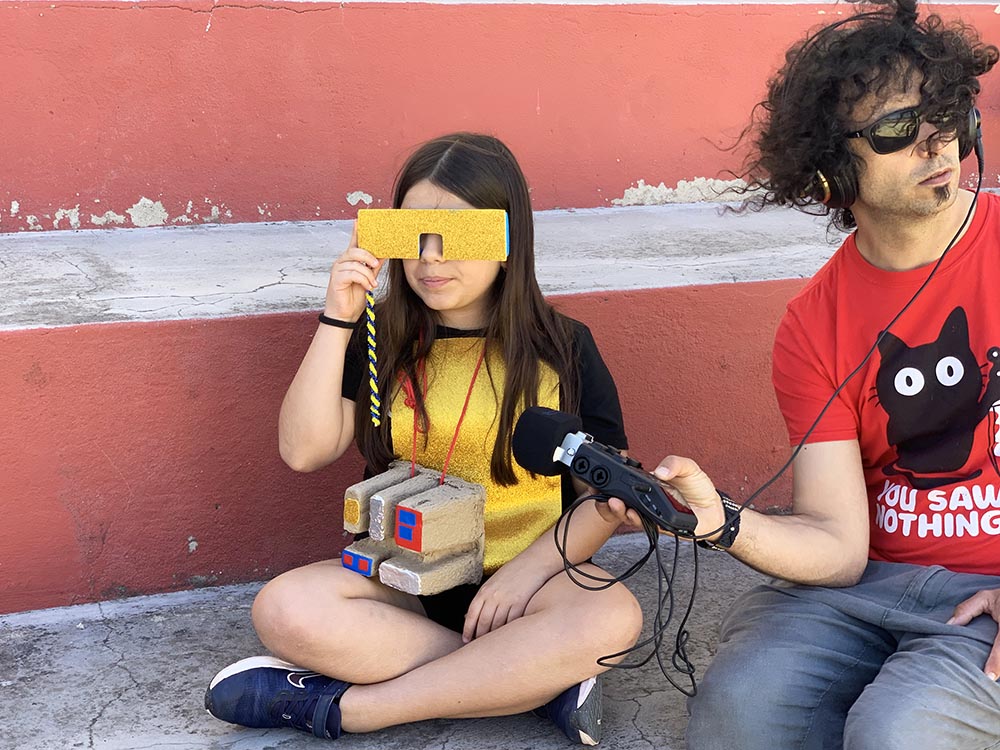

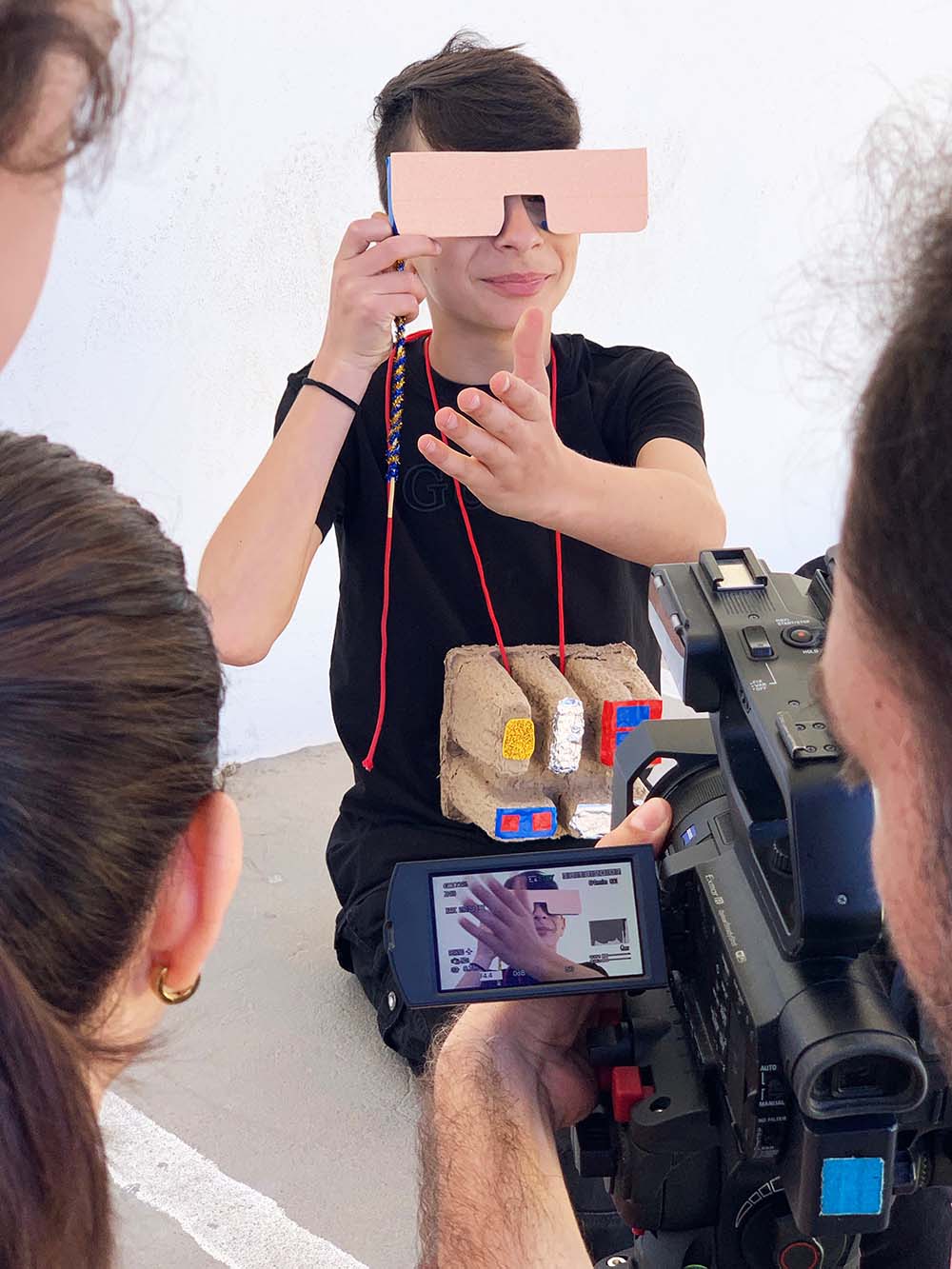
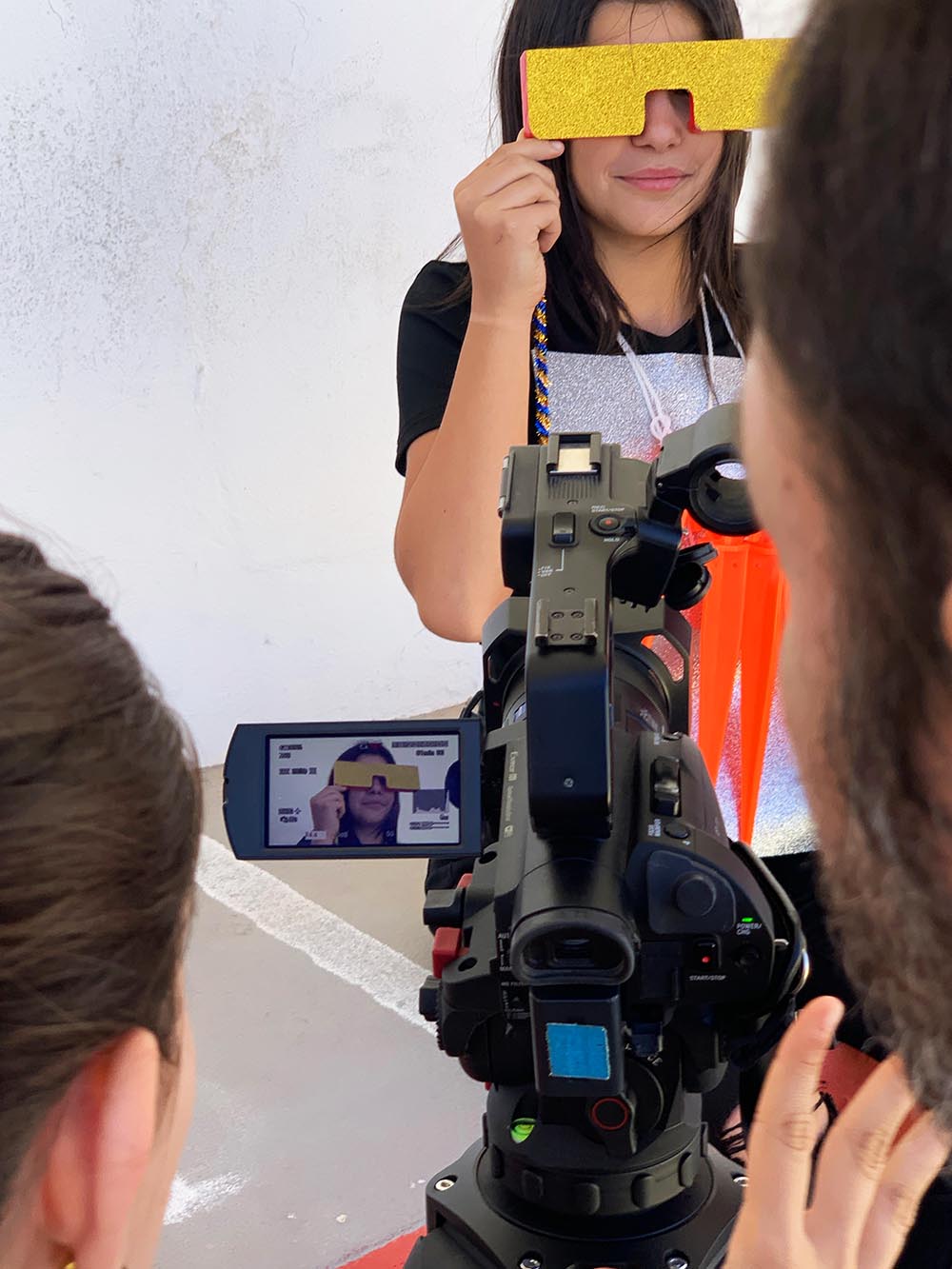
















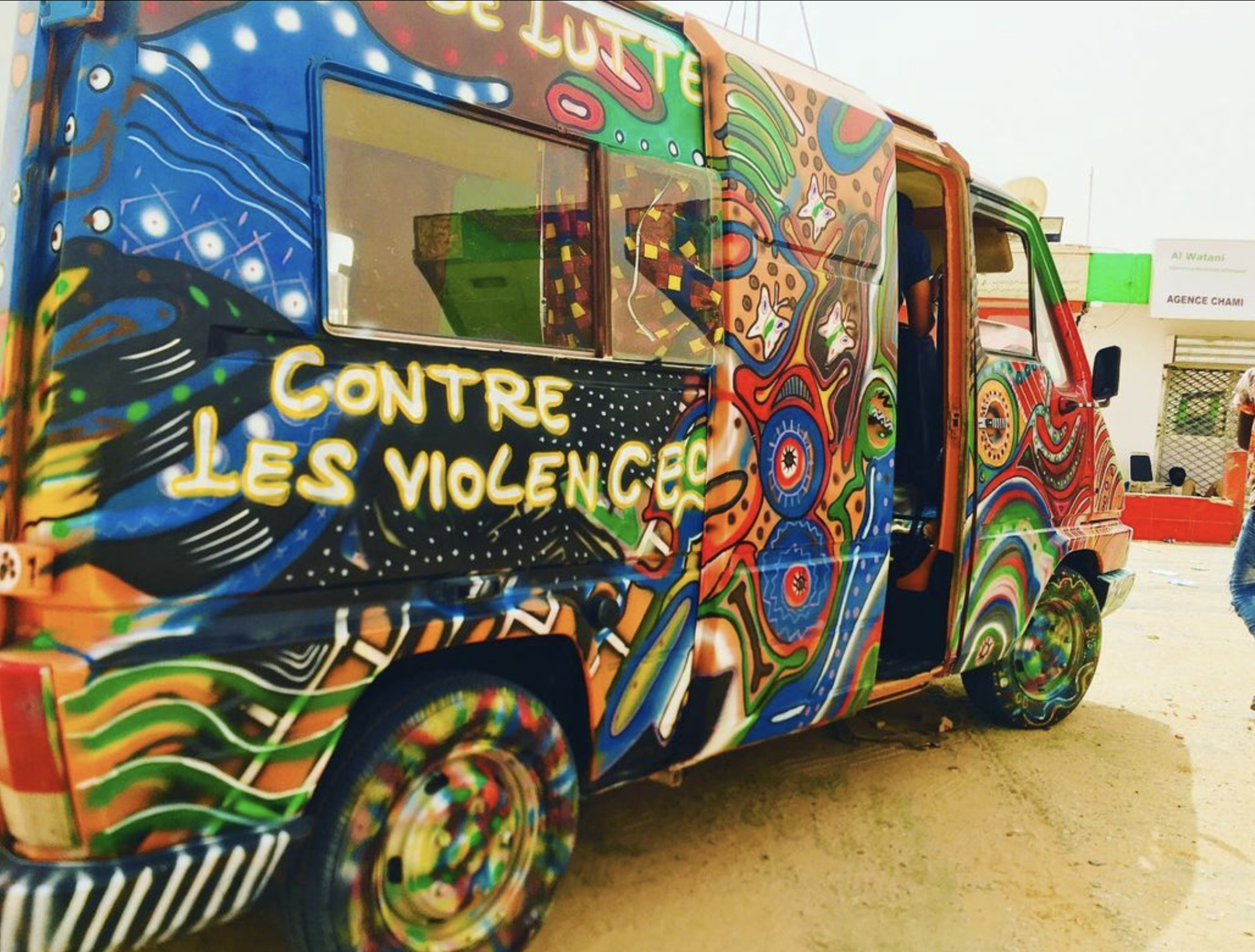
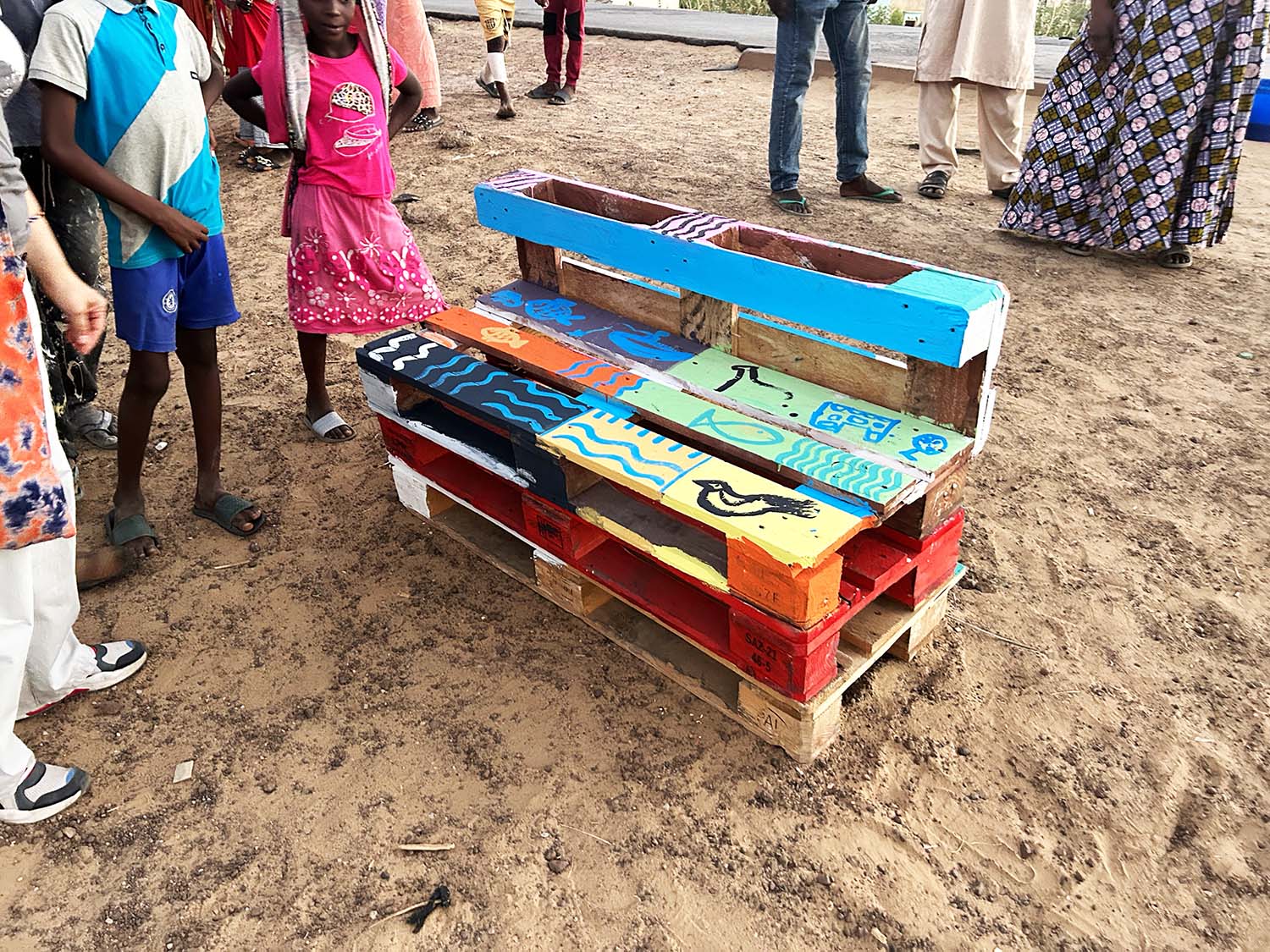
January 2, 2023, Art Gallé, Nouakchott
Panel: L’apport des artistes dans la lutte contre les violences faits aux femmes et aux enfants
The first meeting on gender-based violence was held at ArtGallé where visual artist and activist Amy Sow, rapper Abda MC, journalist and activist Houleye Kane, and beautician Dado Bathily, moderated by sociologist and activist Djeynaba Ndiome, spoke about the legislative situation of the country and the need to deepen and broaden the knowledge about the topic. The speakers spoke, data in hand, of the vastness of the problem and opened a dialogue with the audience. Visual artist Emiliana Sabiu spoke at the meeting about Cherimus and its efforts to bring attention to these increasingly urgent issues in the rural areas of Sardinia and the importance of the recognition by the Regione Autonoma della Sardegna of this project to support the struggle on several fronts.
“The art of fighting” aims to bring discussions of gender-based violence from Nouakchott to the most remote villages of Mauritania through meetings and workshops held by artists and musicians.
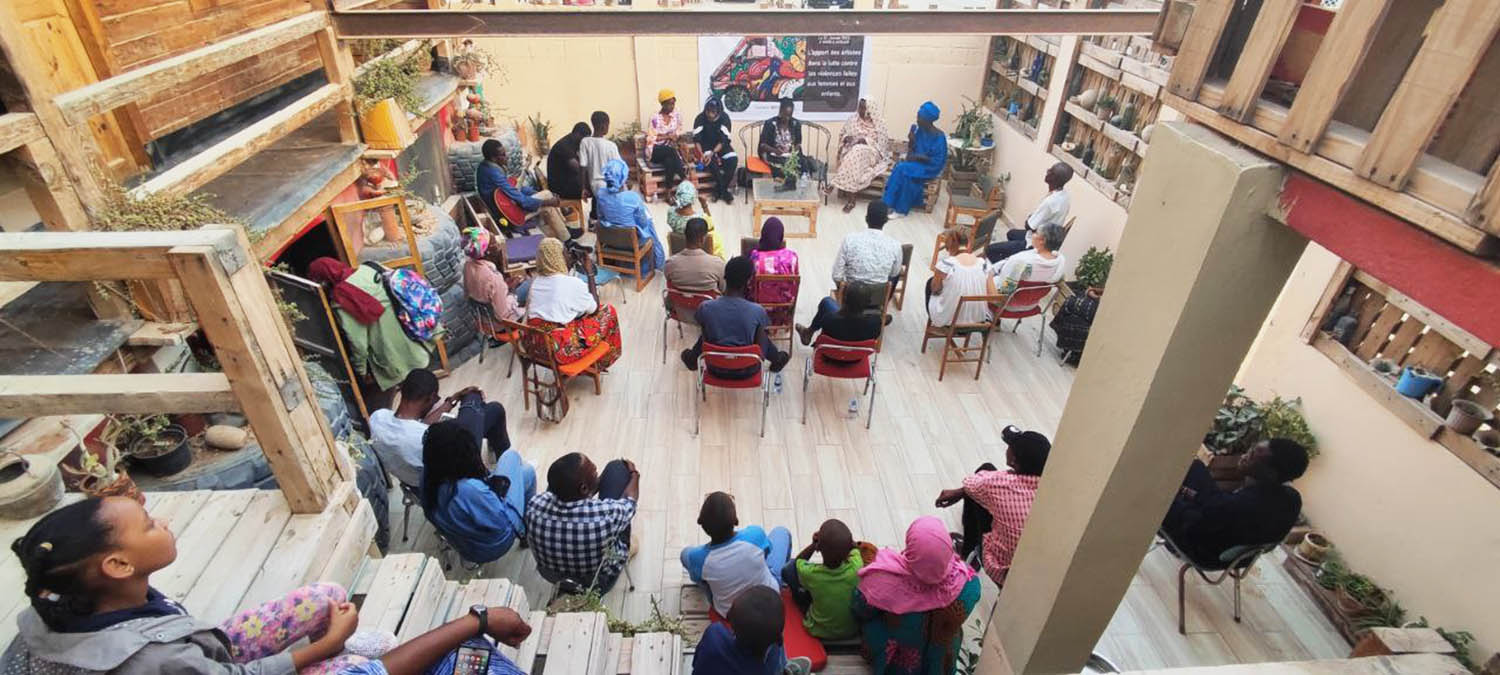
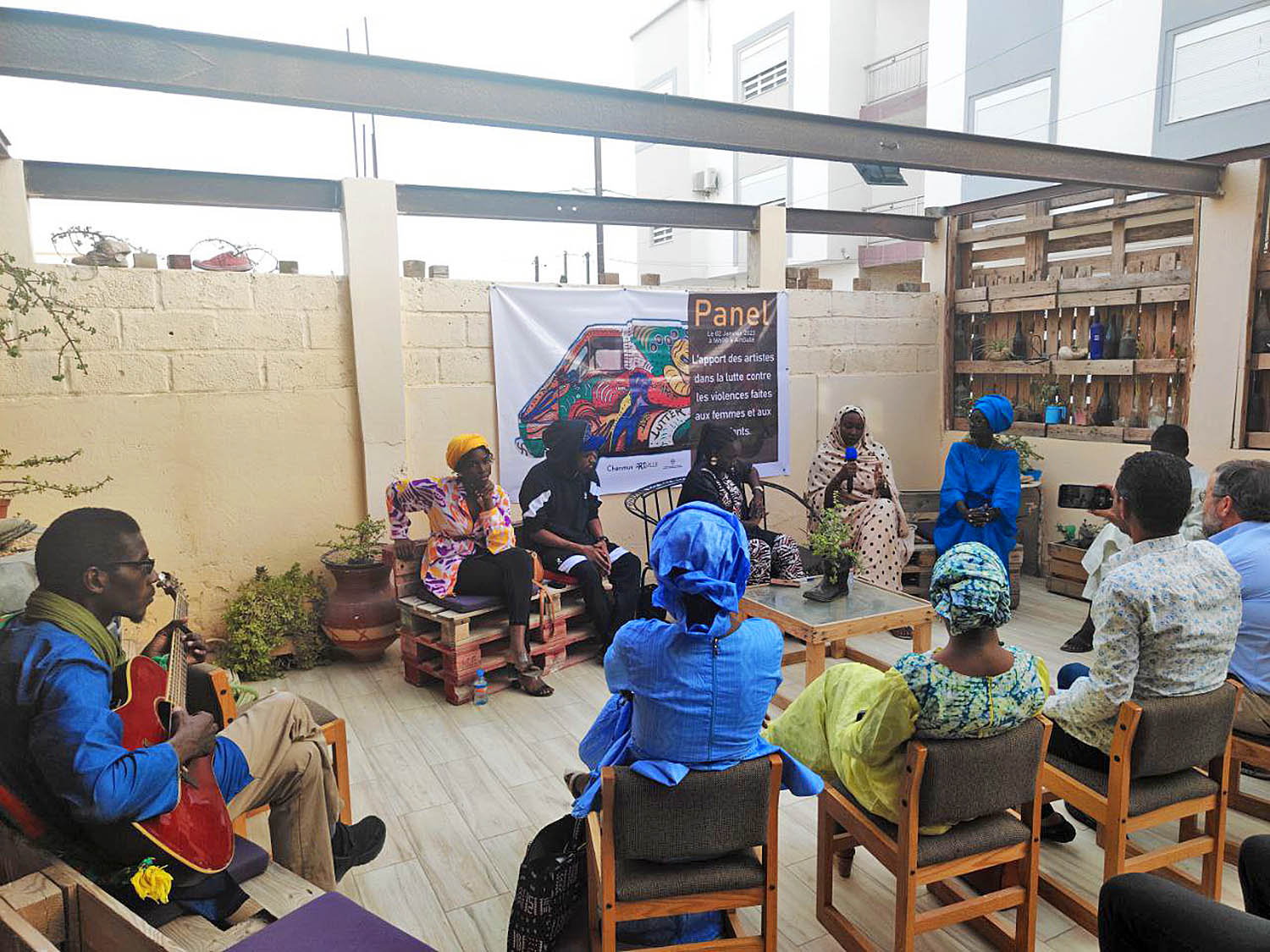

January 3, 2023, Toujounine neighborhood, Nouakchott
Painting workshop
Art Gallé and Cherimus were welcomed by Mrs. Leila and the young people of the Toujounine neighborhood with traditional mint tea. The workshop held by Amy Sow aim was to strenght awareness about gender-based violence with a group of girls and boys held by the ArtGallé team led by Amy Sow. At the end of the meeting the girls and boys had the opportunity (for many of them, the first!) to experiment with painting.
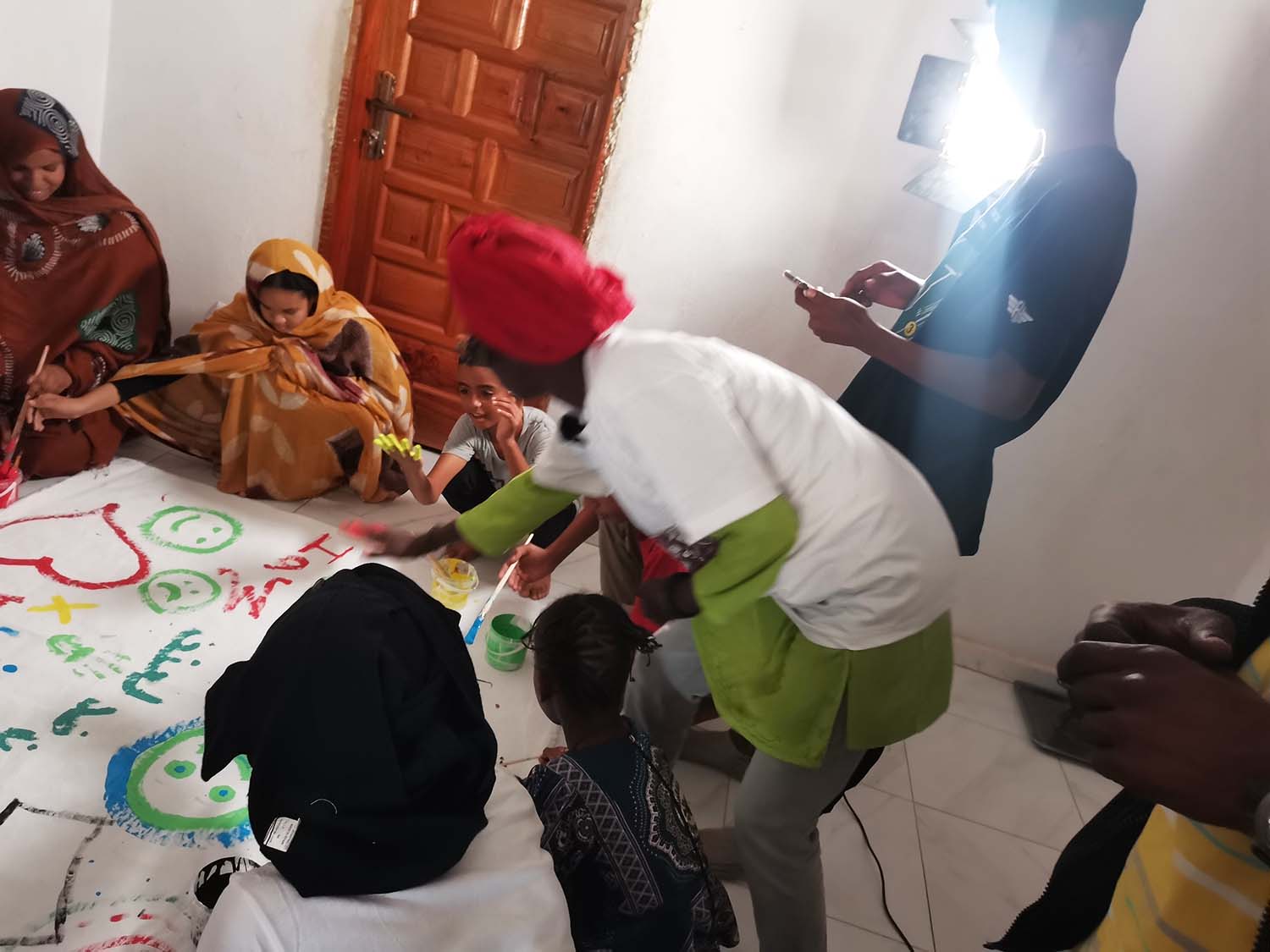
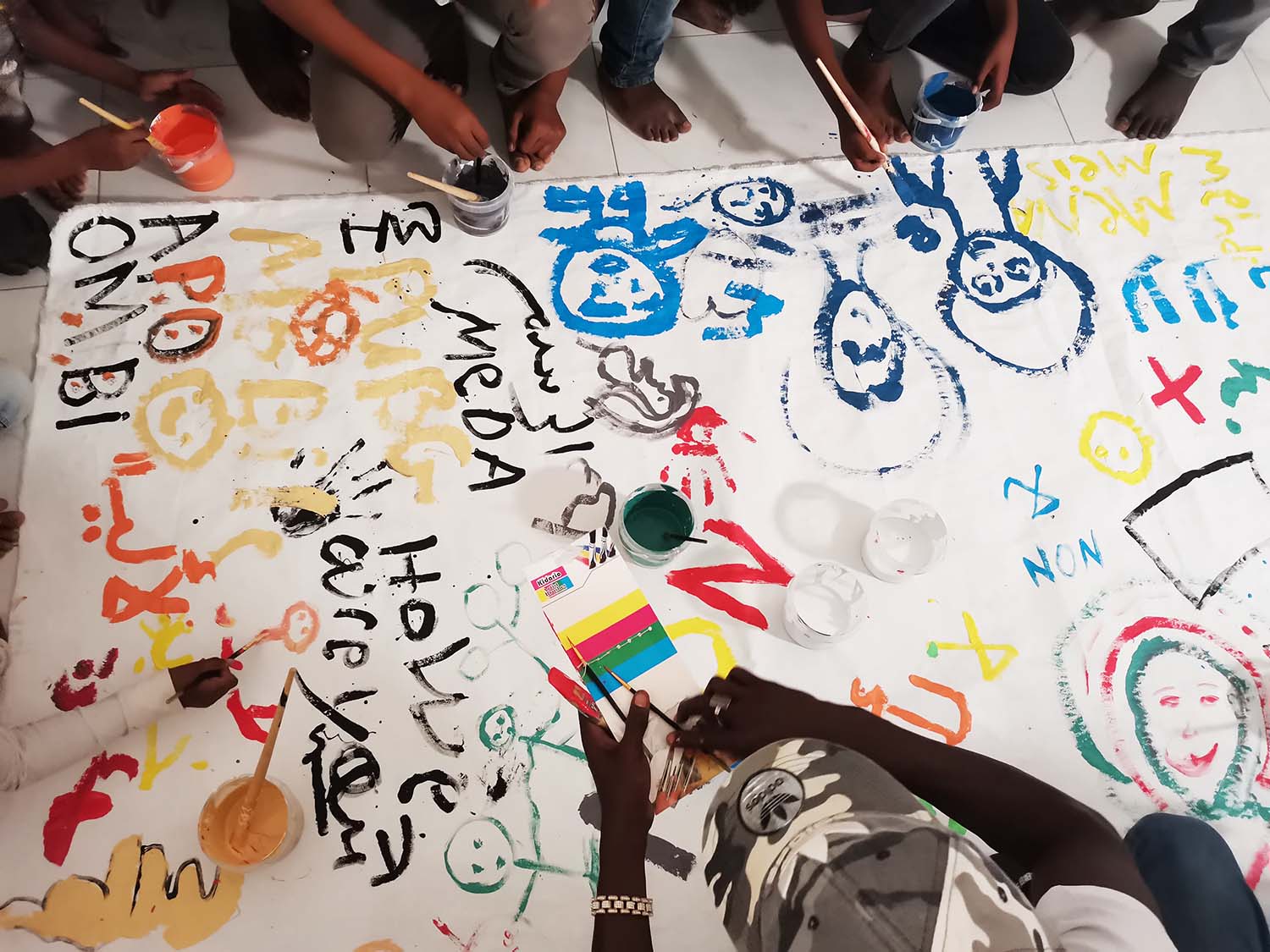

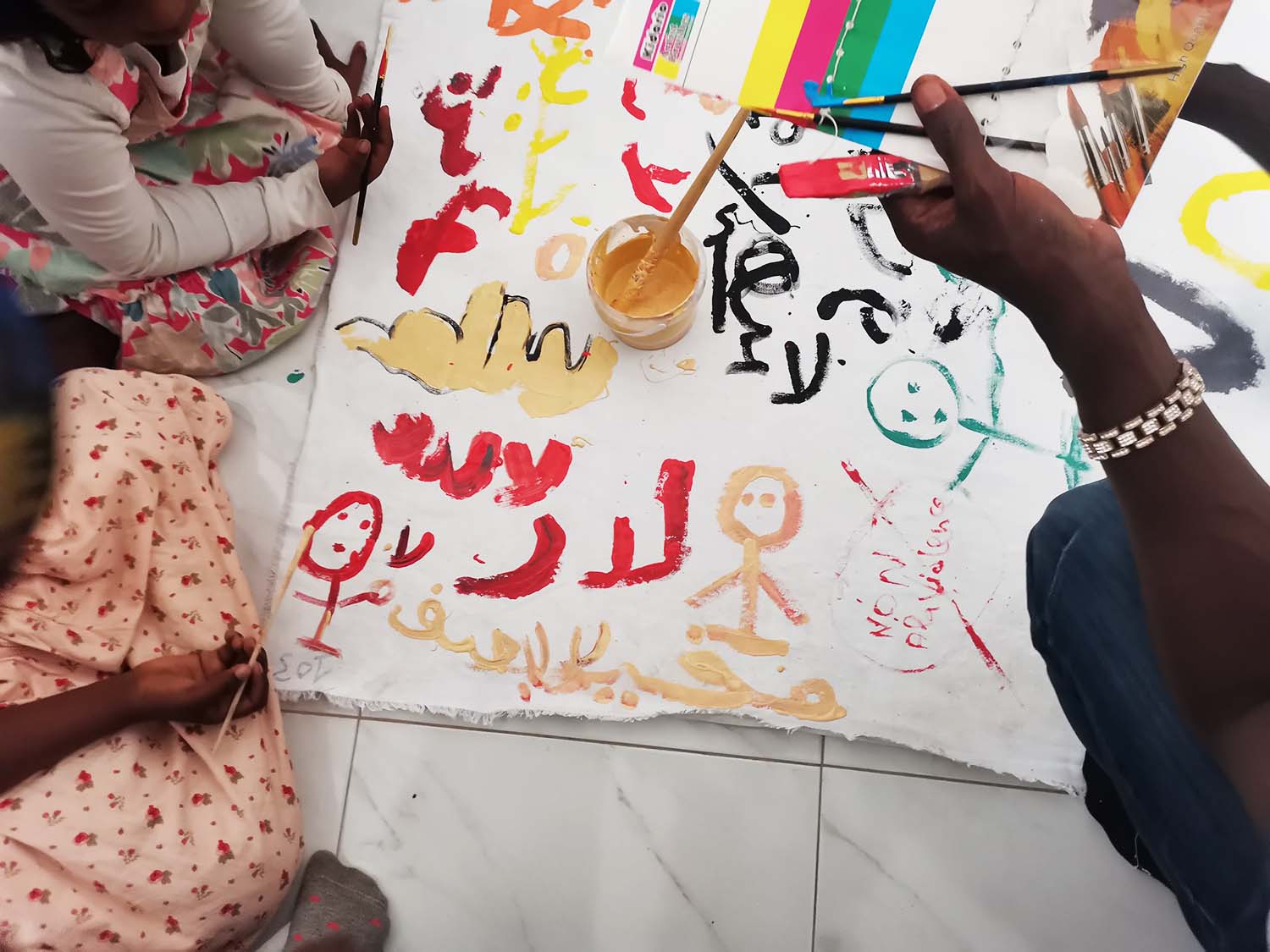
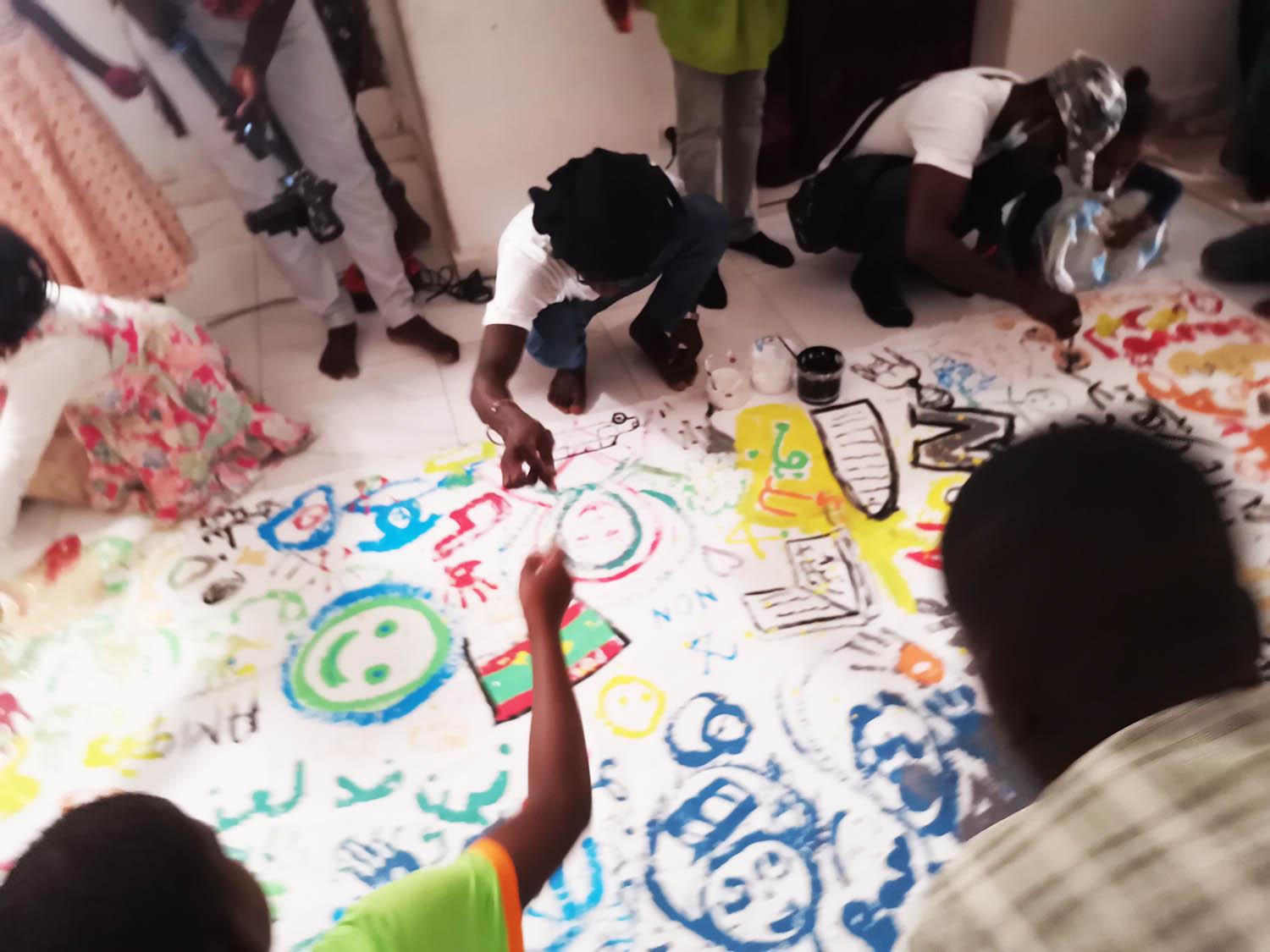
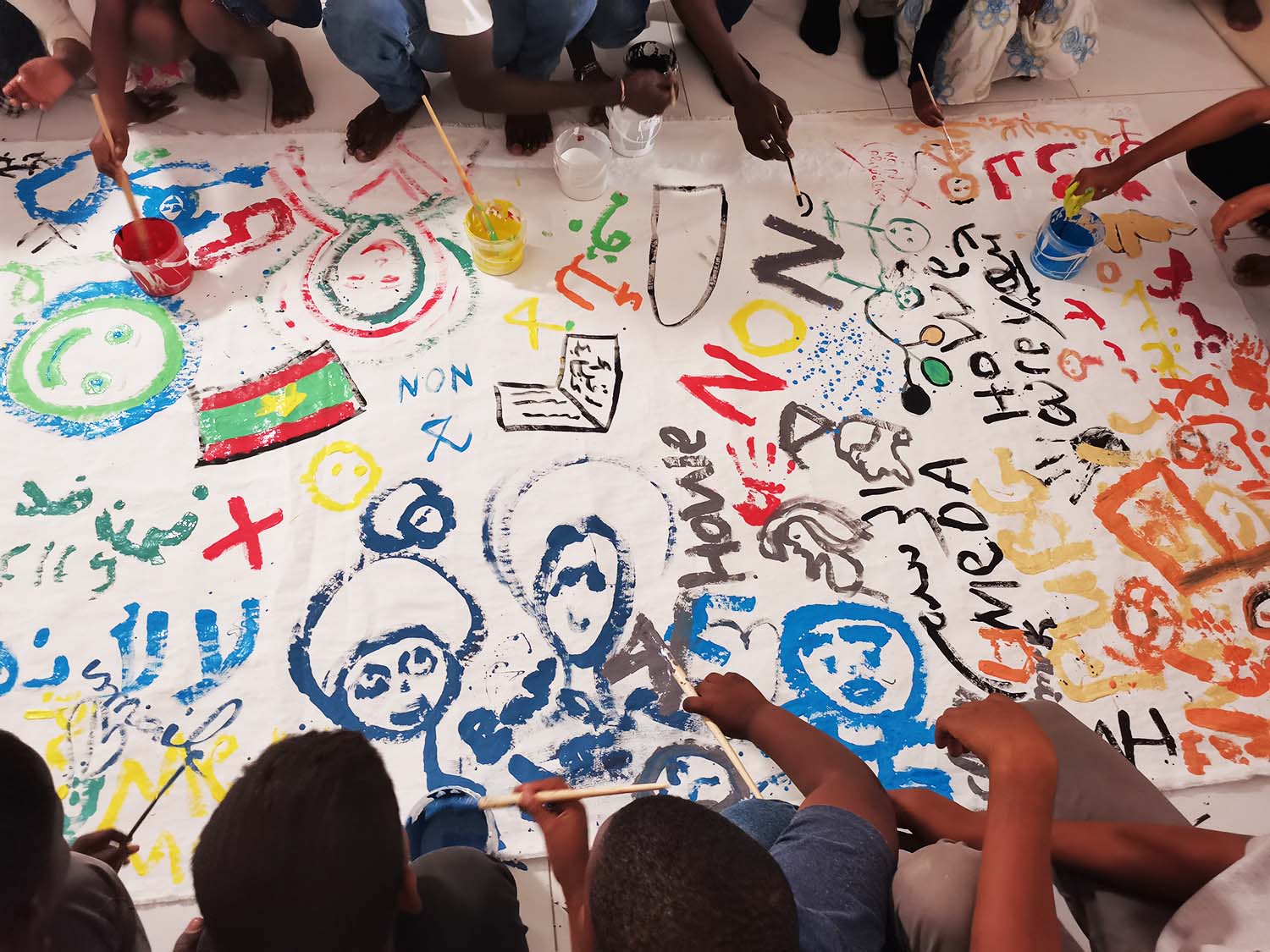
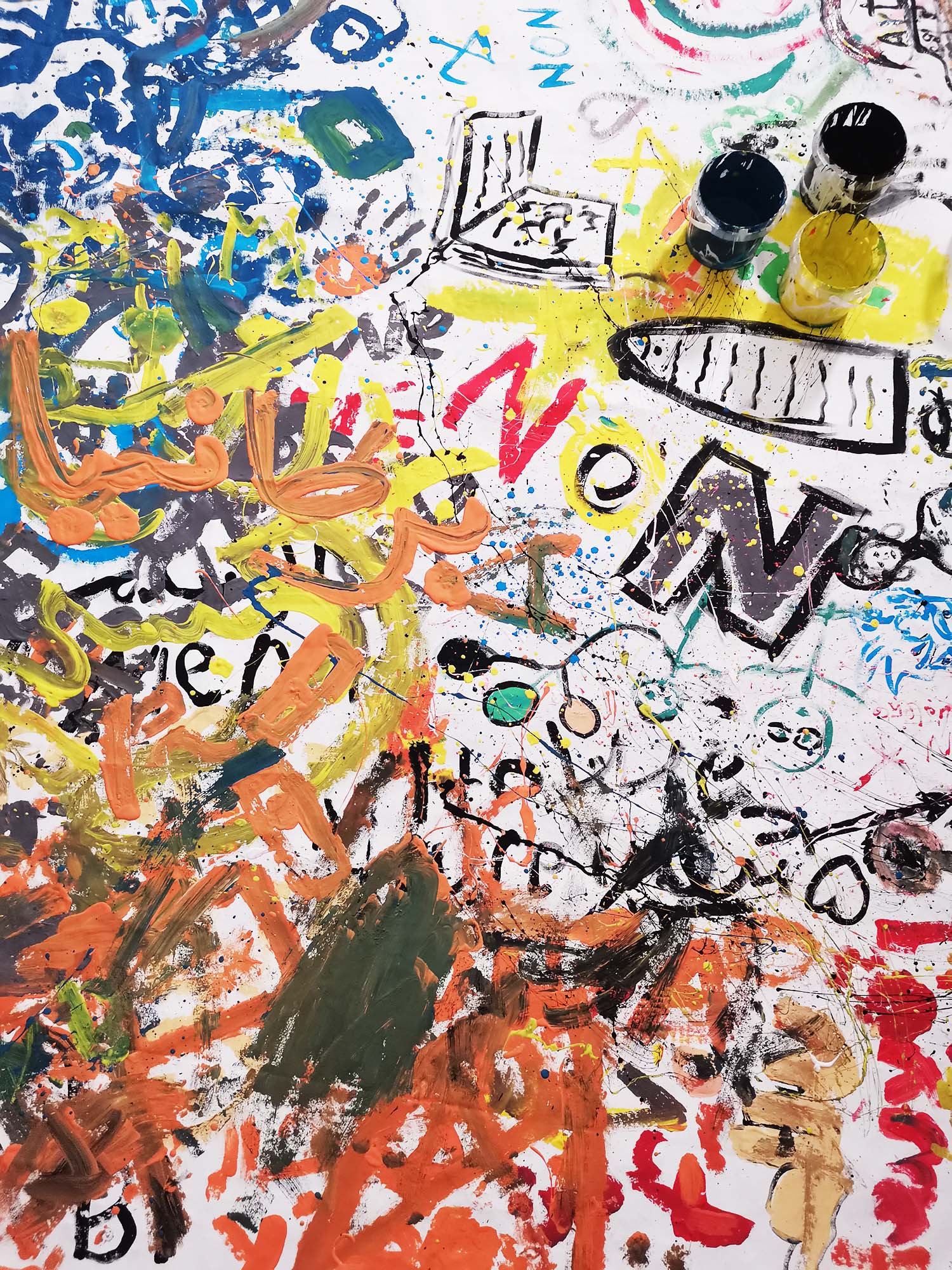
January 4, 2023, Sylla’s atelier, Arafat neighborhood, Nouakchott
Natural dye workshop
Mr. Sylla held a workshop of traditional fabric-dyeing techniques from his atelier in the Arafat neighborhood south of Nouakchott.
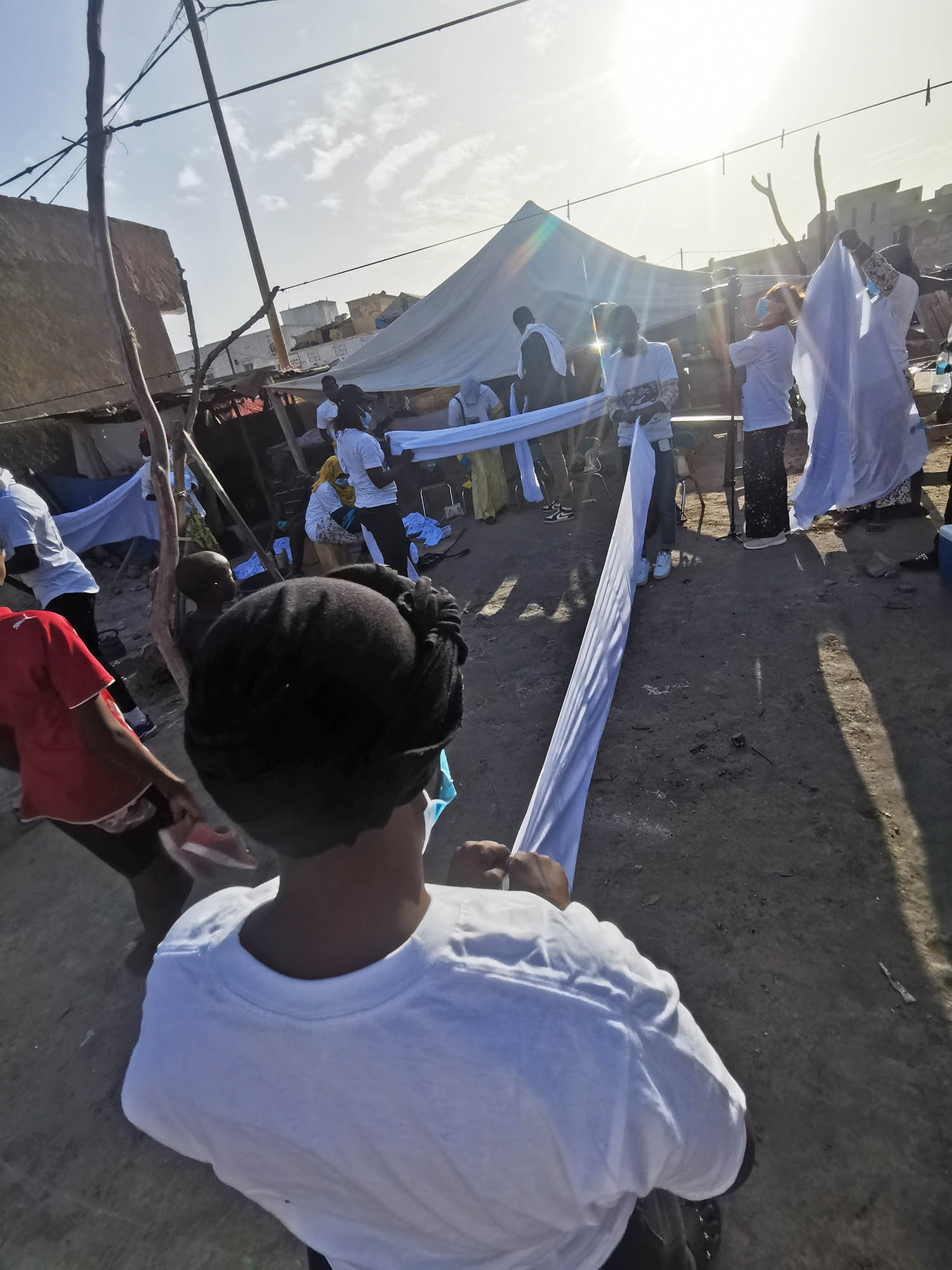
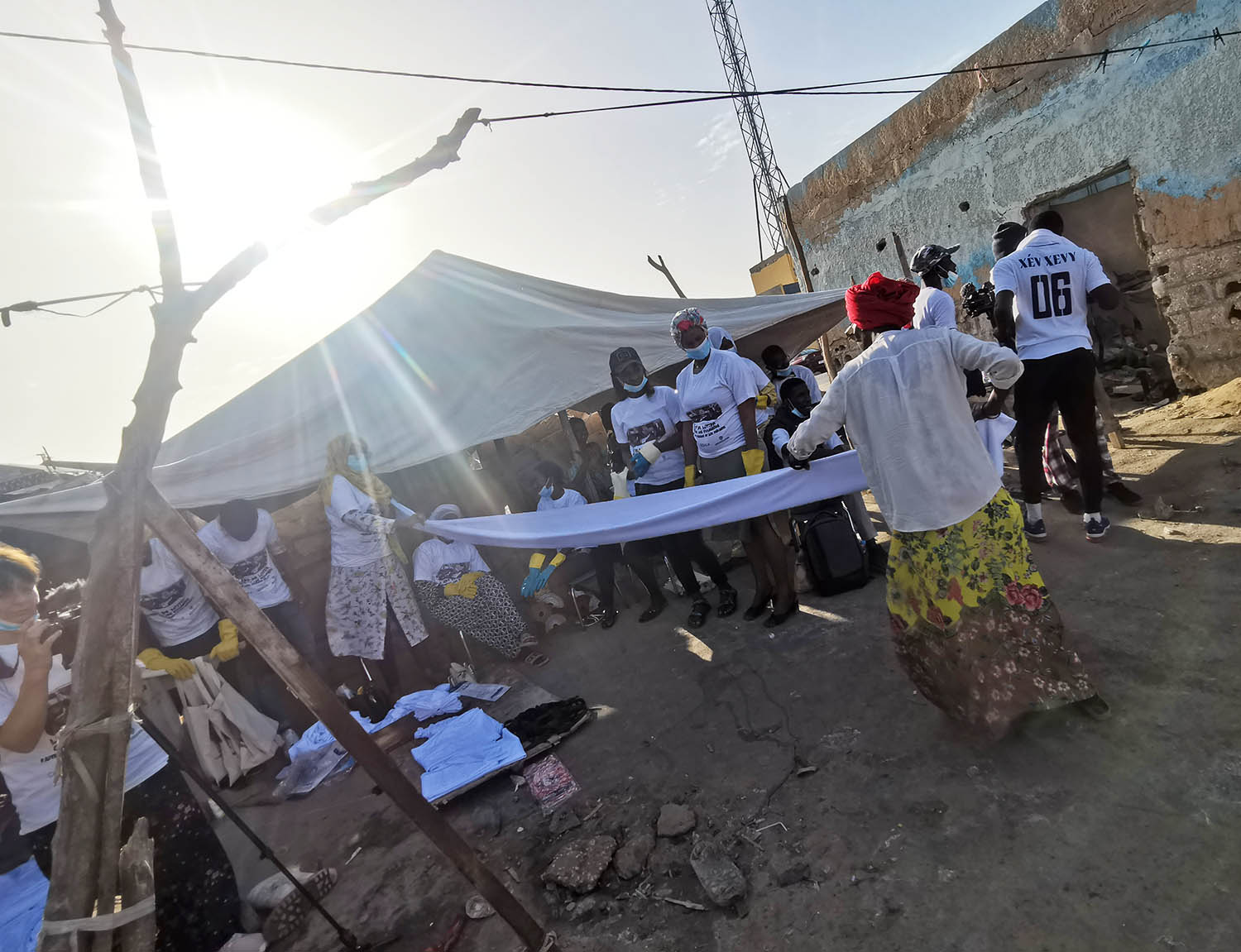



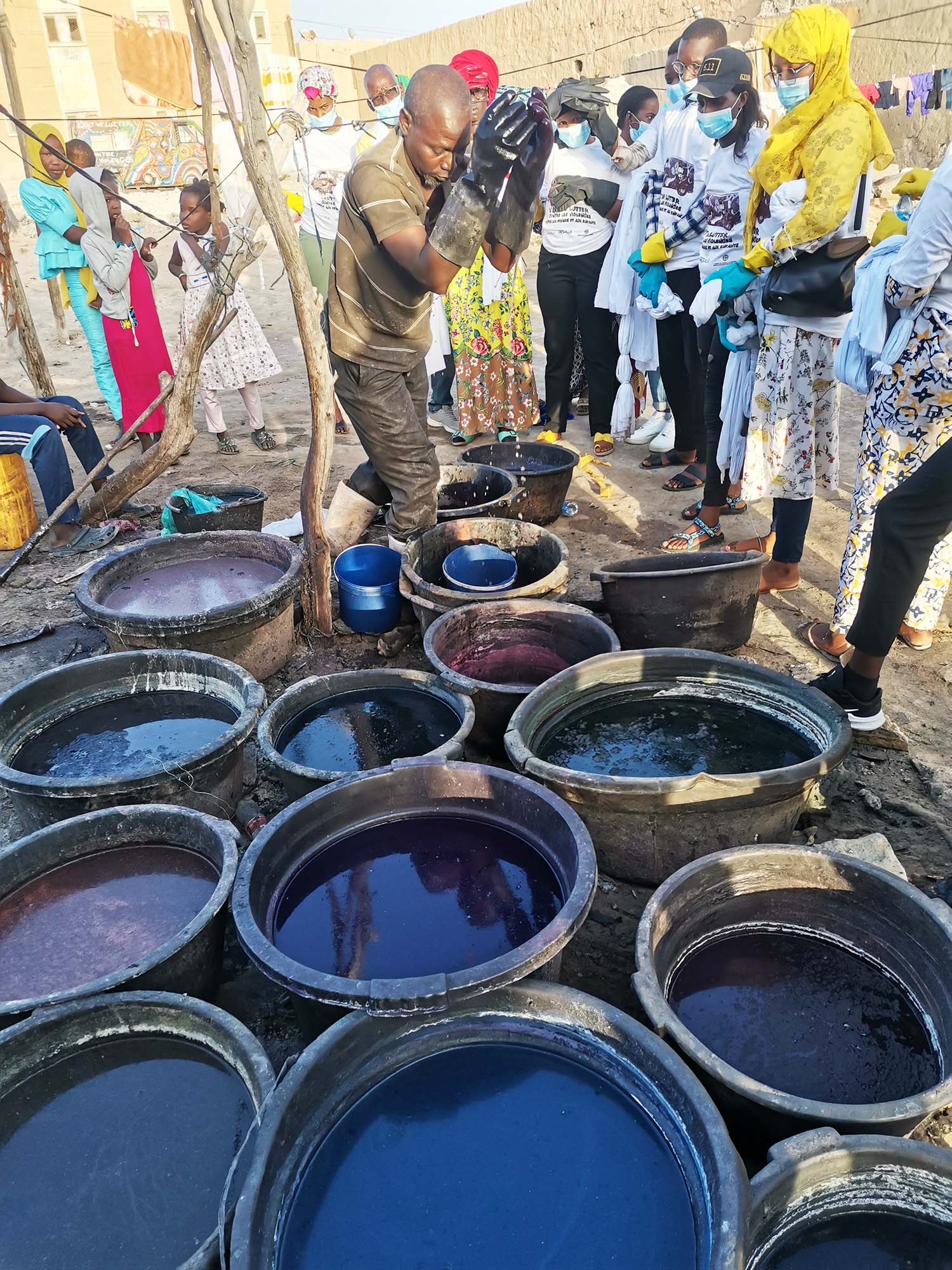
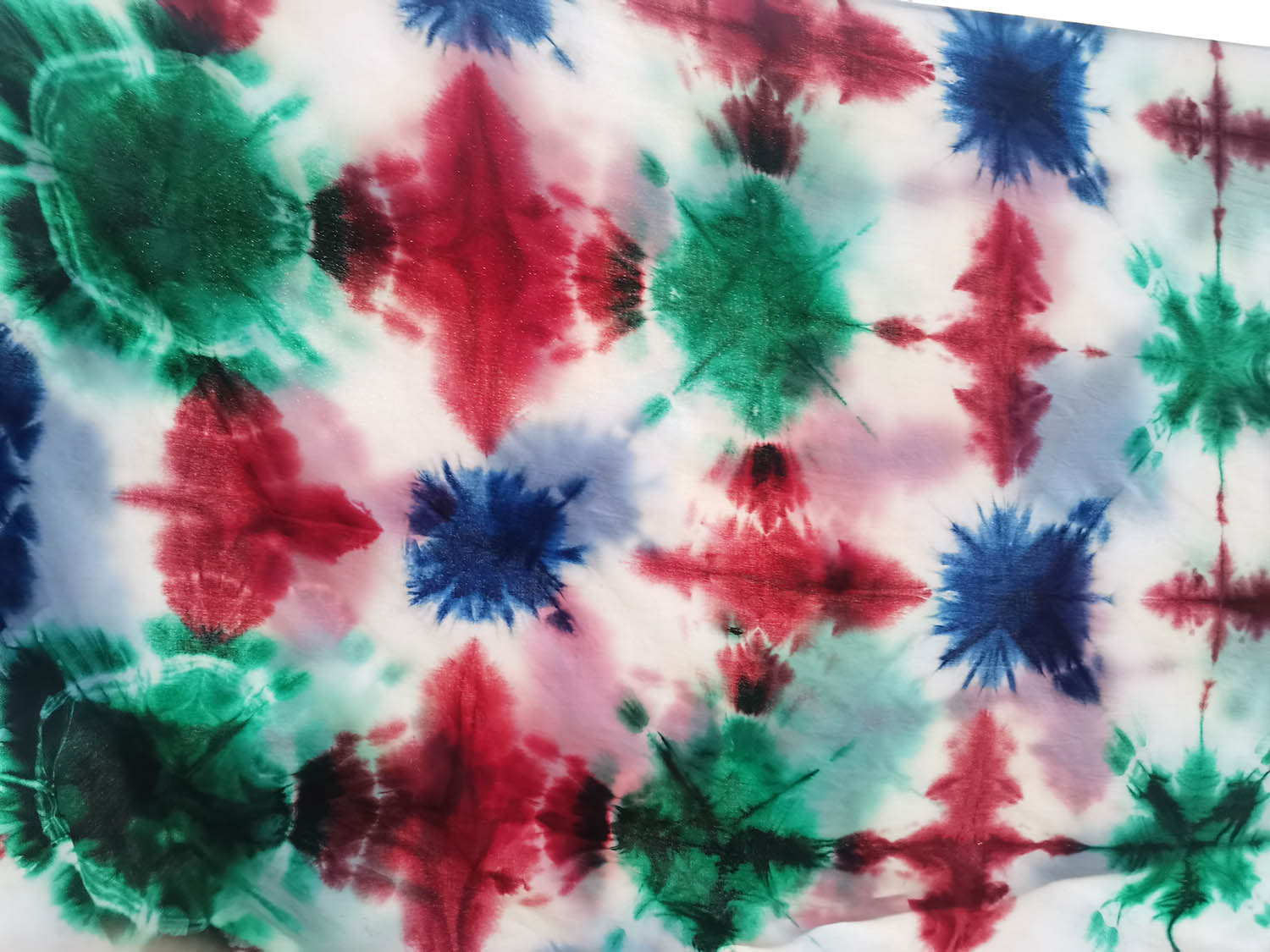
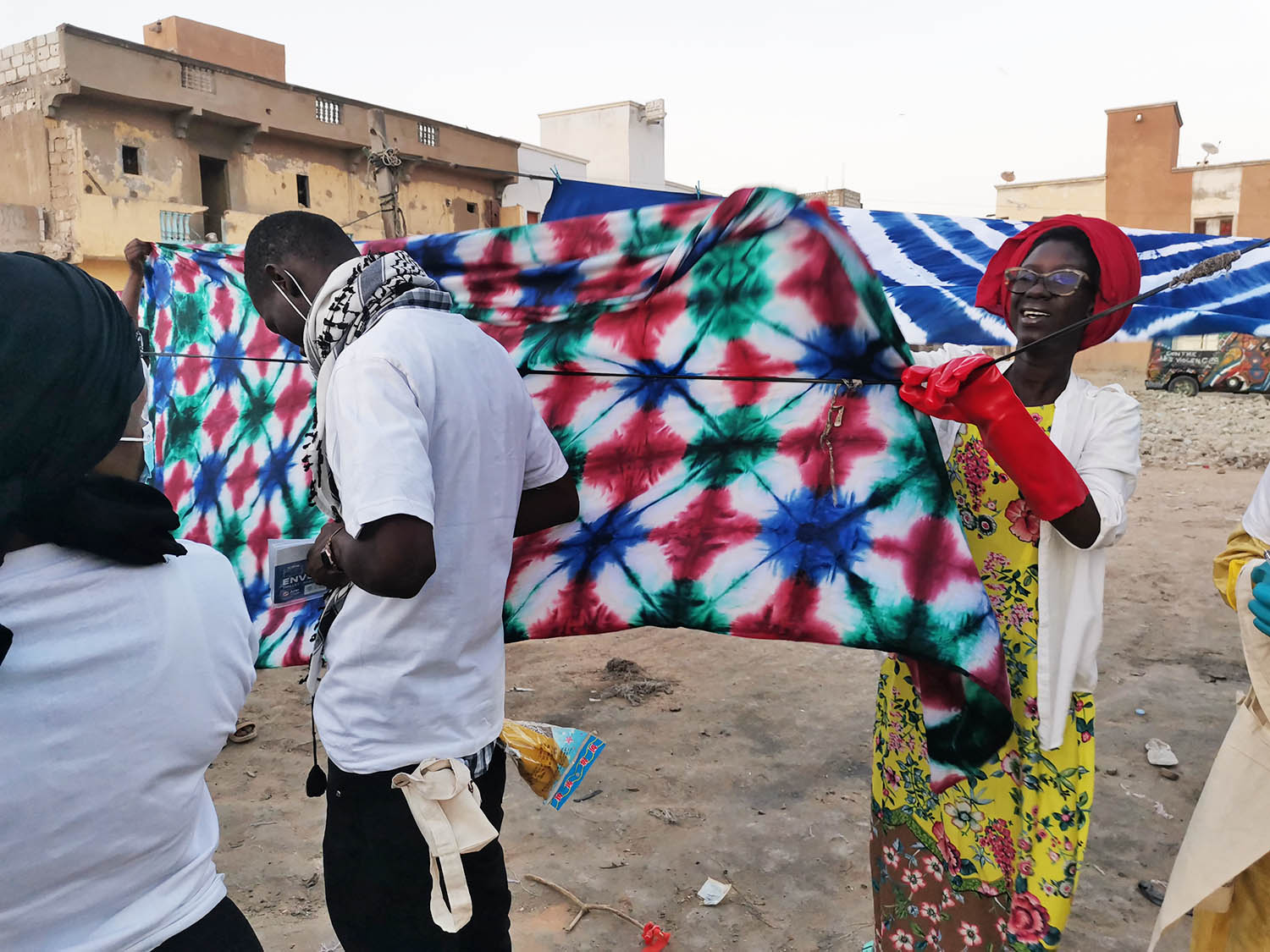
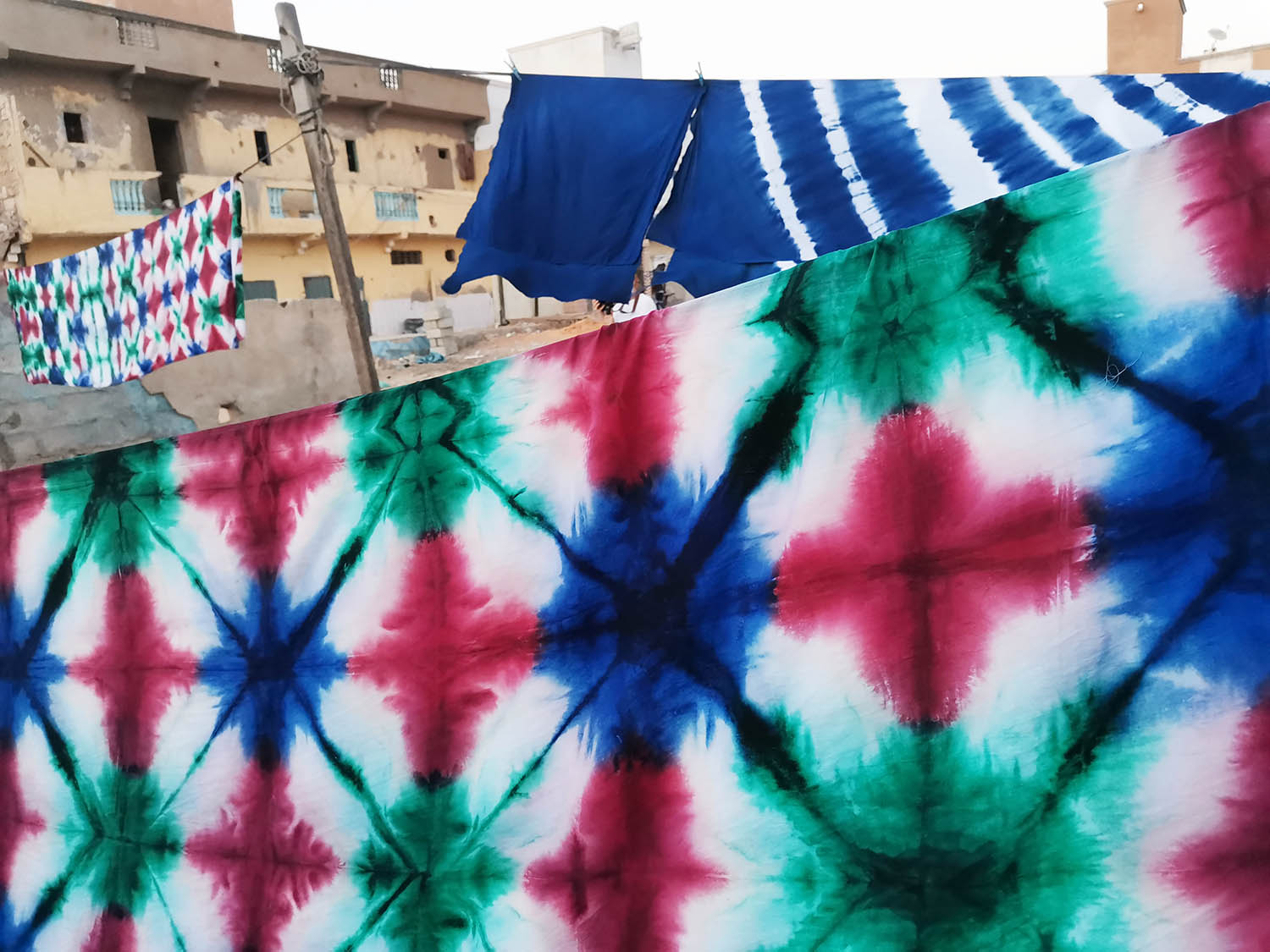
January 6, 2023, Riad neighborhood, Nouakchott
Traditional doll-making workshop
Workshop in collaboration with the Association pour La Défense de la Voix des Enfants en Mauritanie (ADVEM) which hosts 120 children from the neighborhood and gives them early education. Visual artist and activist Amy Sow spoke about her artistic practice and started to raise some basic questions about gender-based violence and awareness and led a workshop to build traditional dolls.
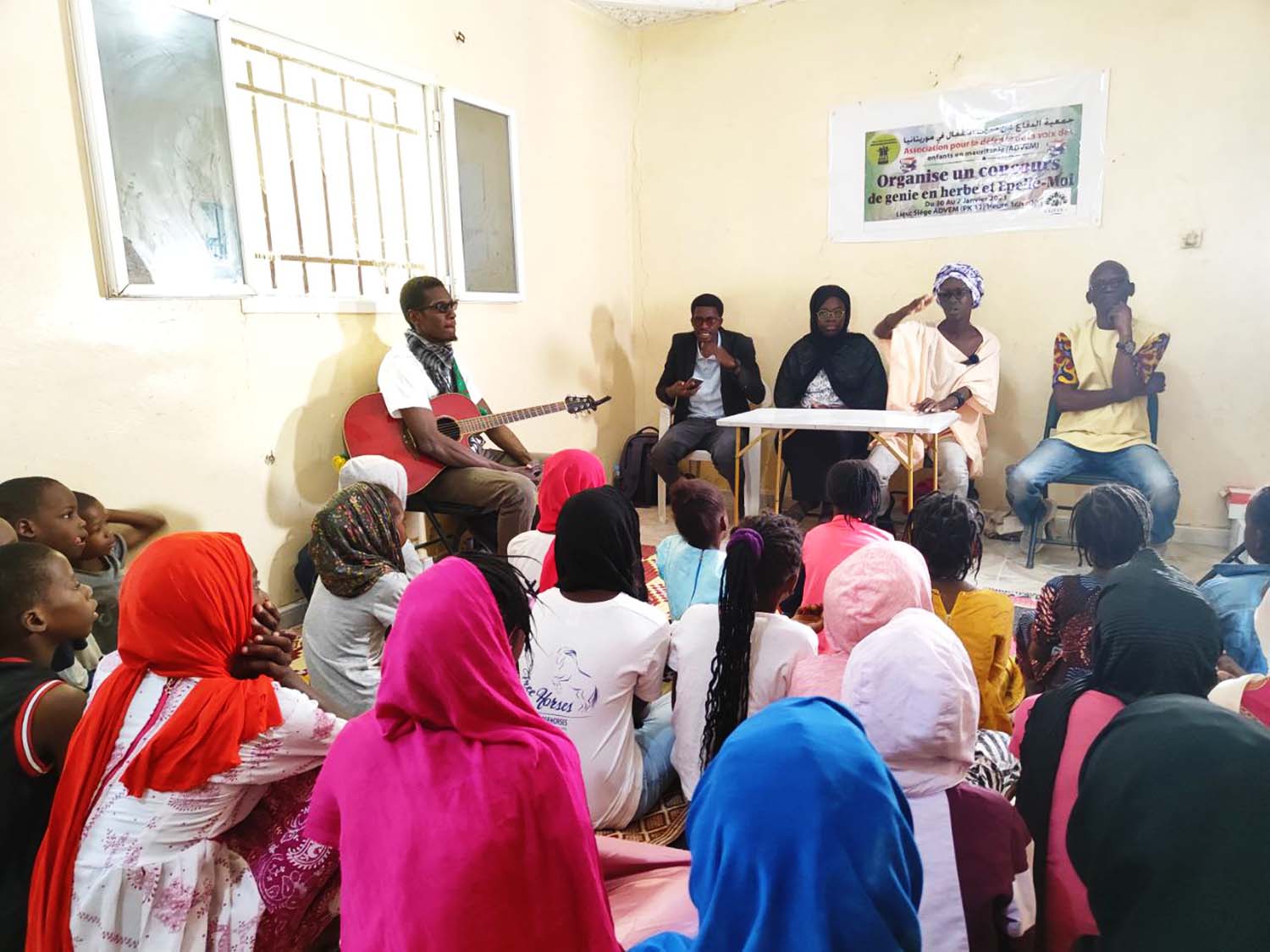
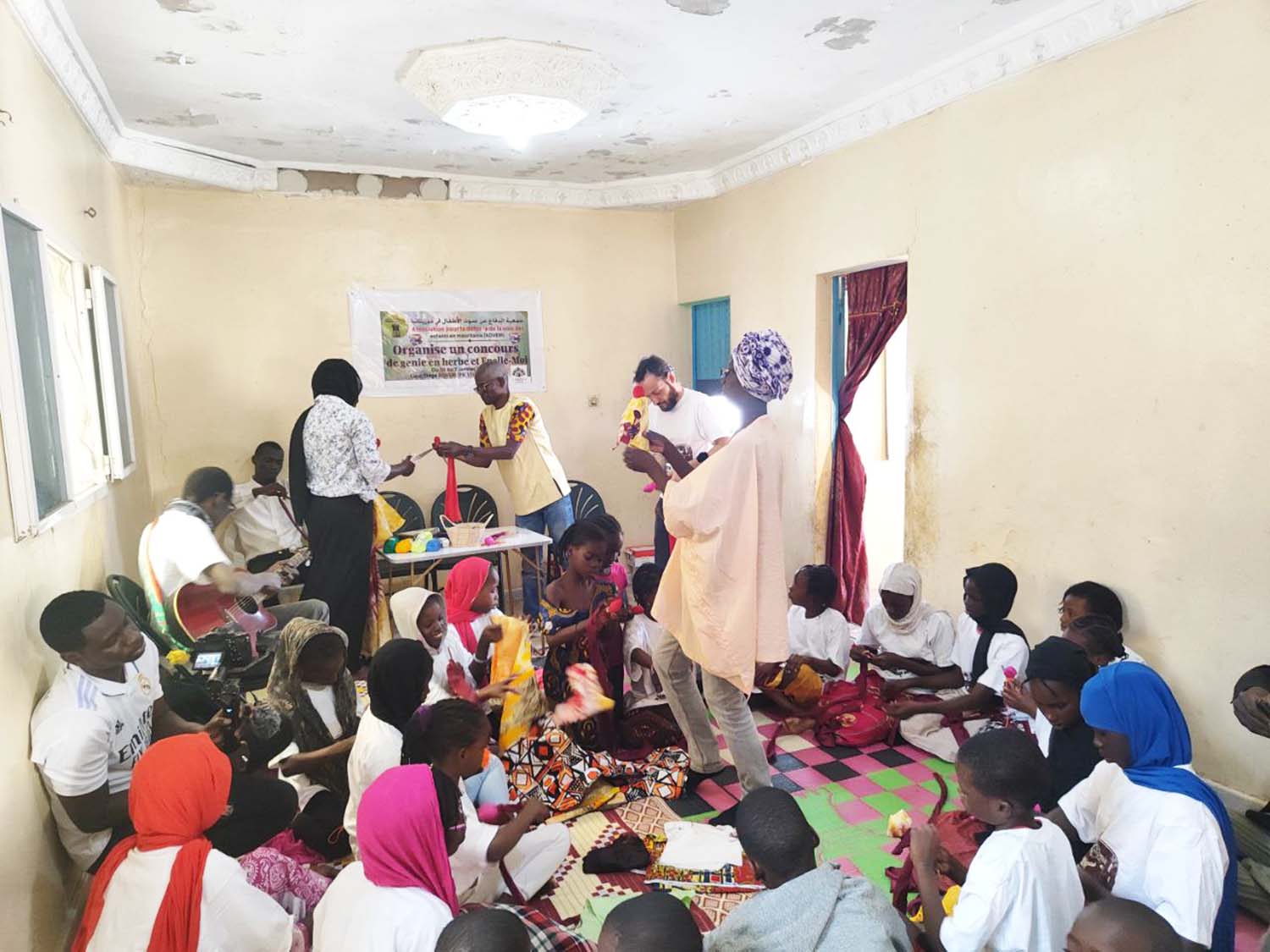
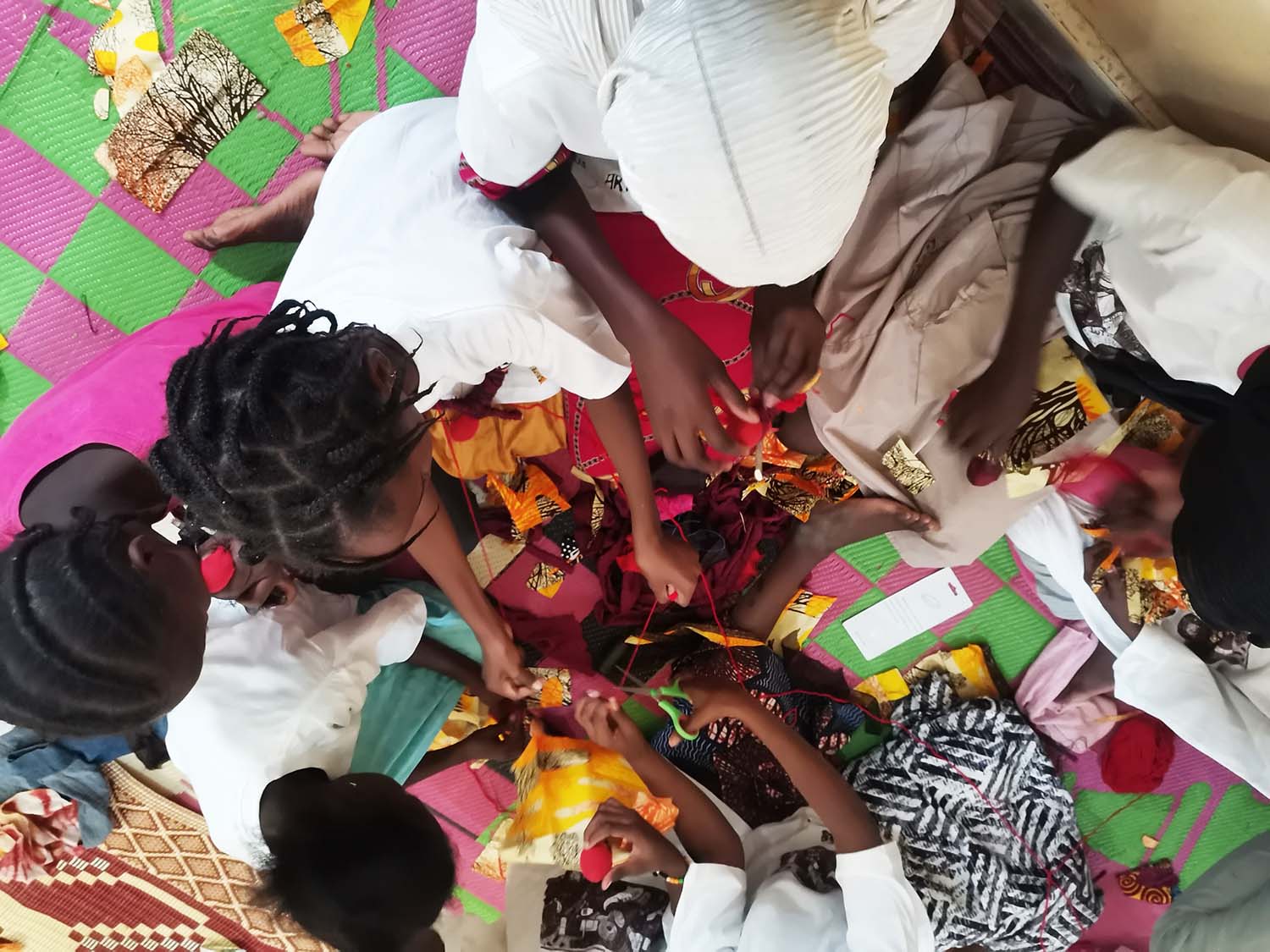
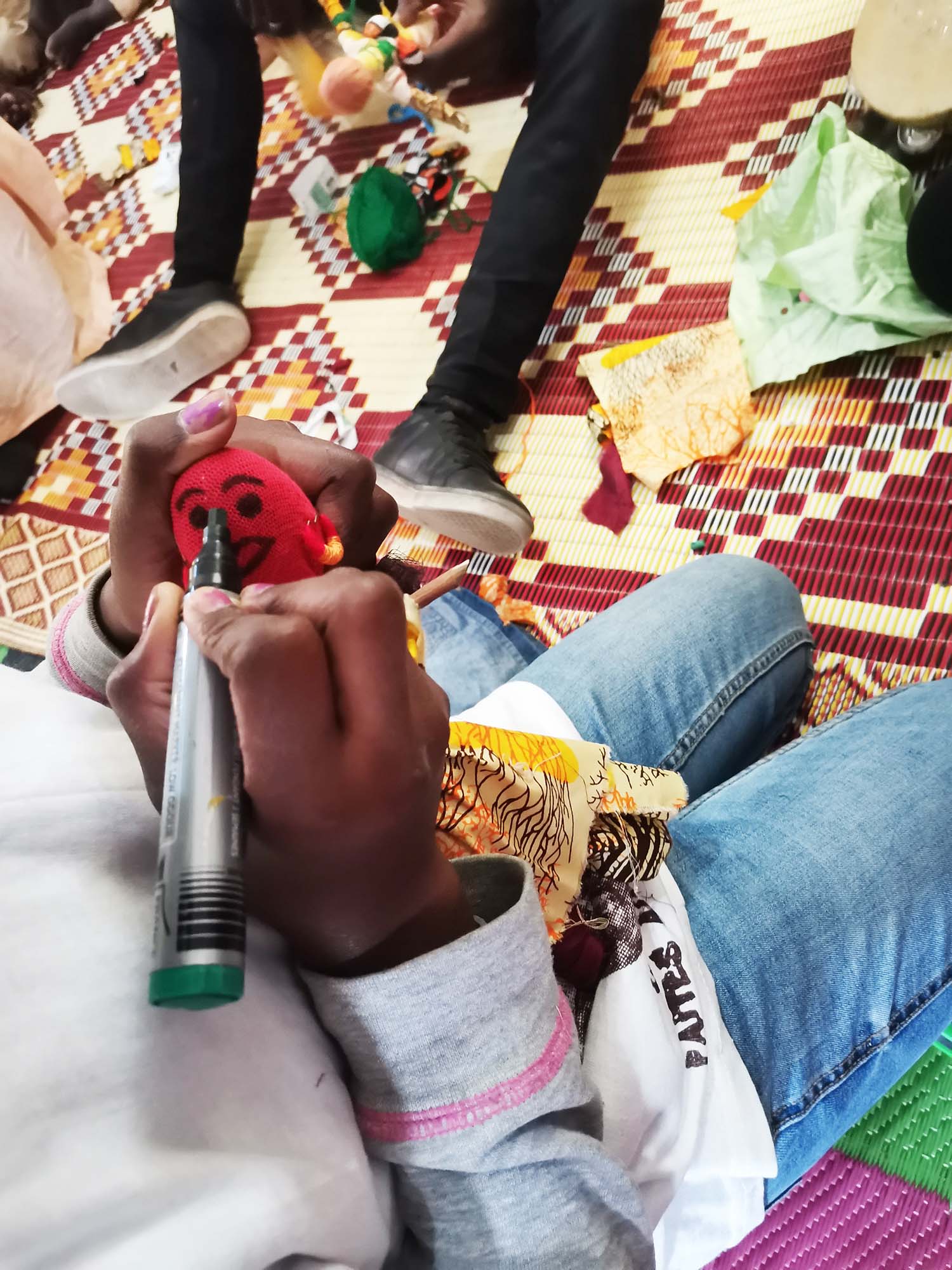

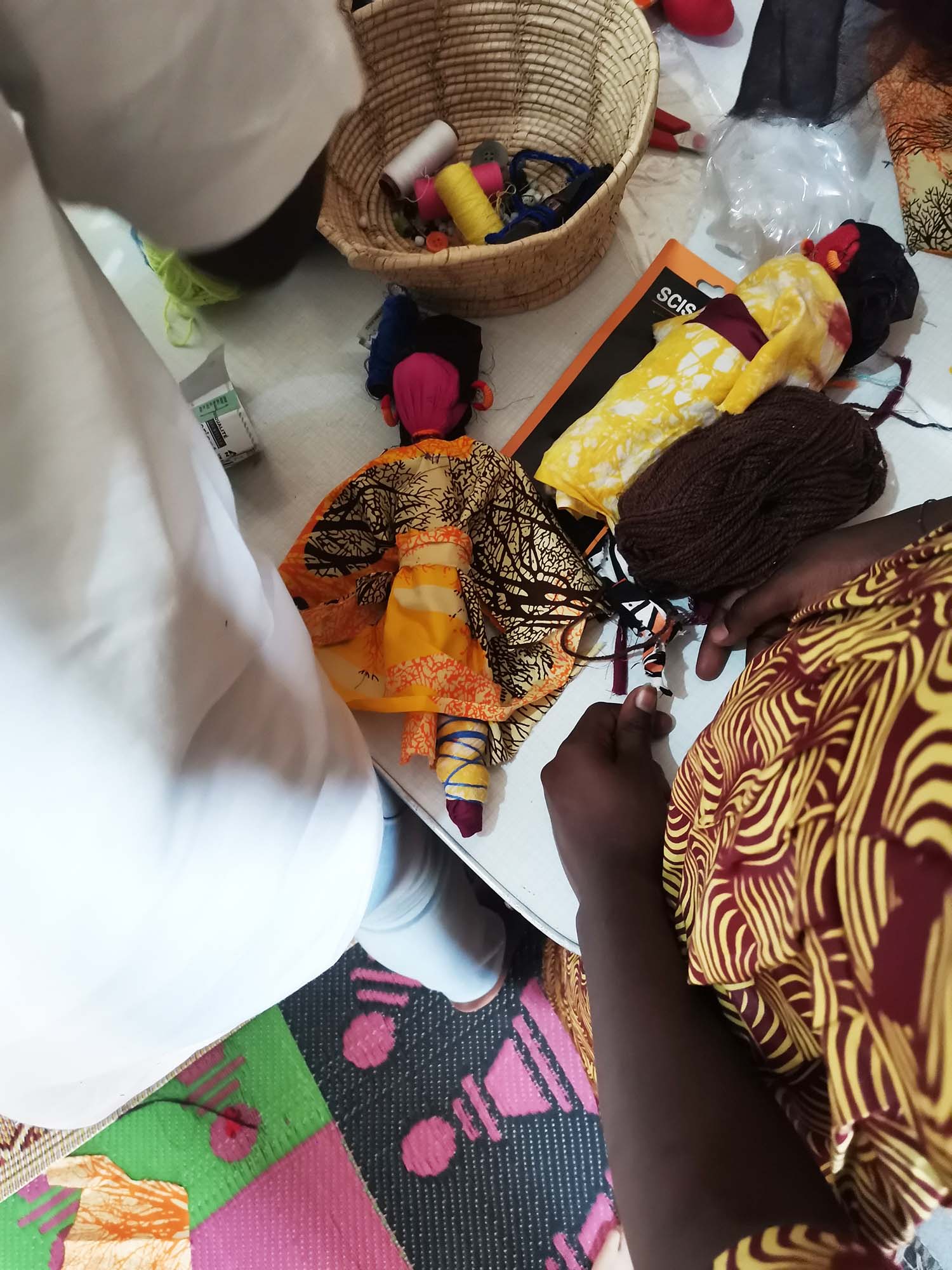

January 6-7-8, 2023, Ndiagu
The project’s first scheduled trip outside the metro area of Nouakchott is at the center of a political clash between local authorities. The mayor of the village where a meeting and workshop was supposed to be held refuses to meet ArtGallé and Cherimus and does not grant space and support, despite the full consent of the regional authorities. The stated reasons are that in the territory they administer, violence against women and children does not exist.






June 26, 2023, Hawa Kassé’s workshop, Boghé
Pottery workshop
In June, six months after the first trip, Cherimus came back to Mauritania for the core part of the project.
After a six hour journey from Nouakchott together with the team of Art Gallé, we reached Boghé, where we met Hawa Kassé who taught us and all the participants of the workshop how to make terracotta vases. Hawa’s family specializes in the production of vases, especially those used until recently to store water and food. The vases are modeled by hand with local materials and are fired in pits. Even though all the children of the family help with the work, Hawa explained that young people are no longer interested in learning this craft, which is thus in danger of being lost. Visual artist Carlo Spiga, invited by Hawa and Art Gallé, created some lids for the vases adding to them small sculptures of animals made by children, evoking elements of Nuragic statuary.
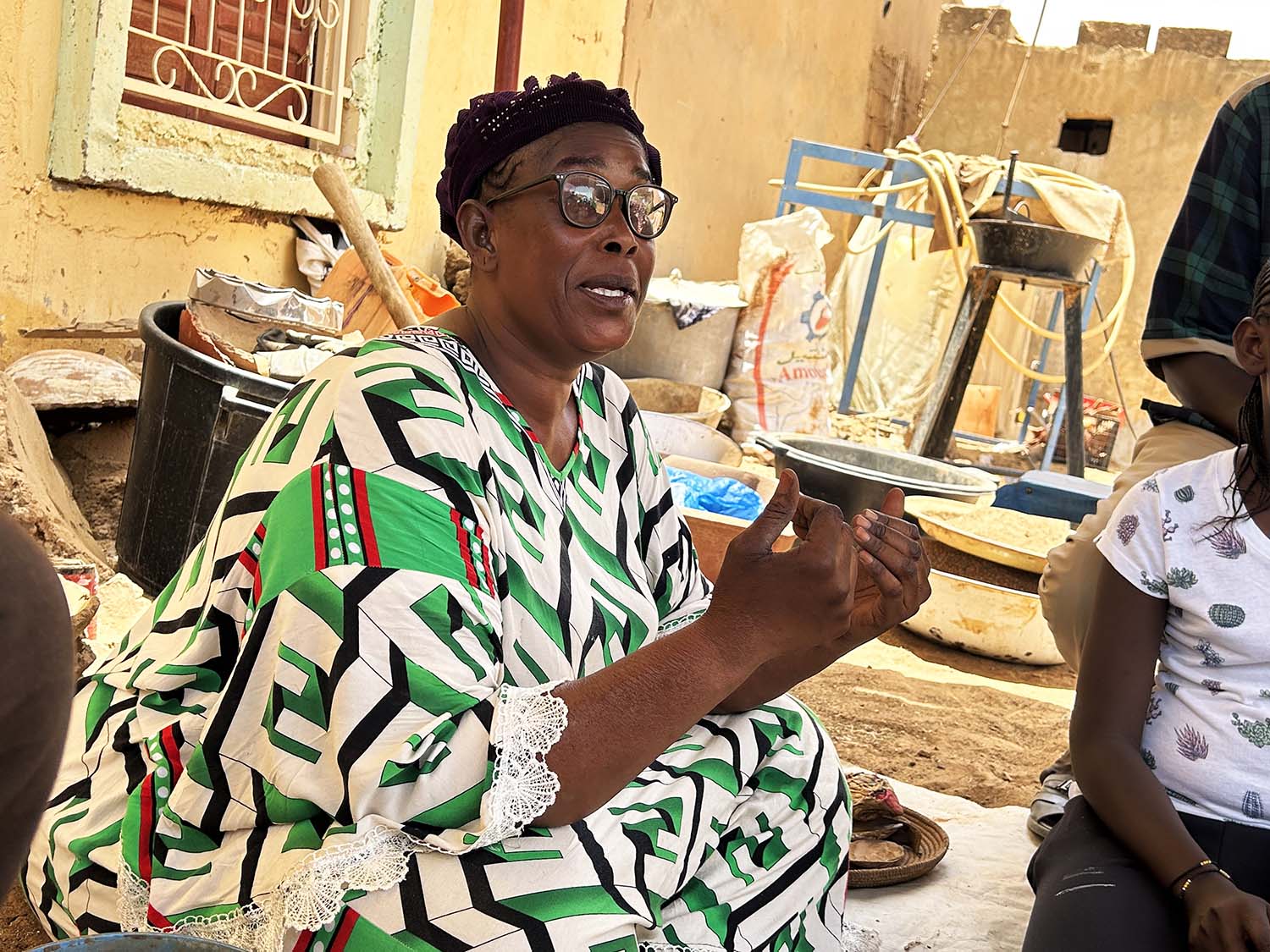
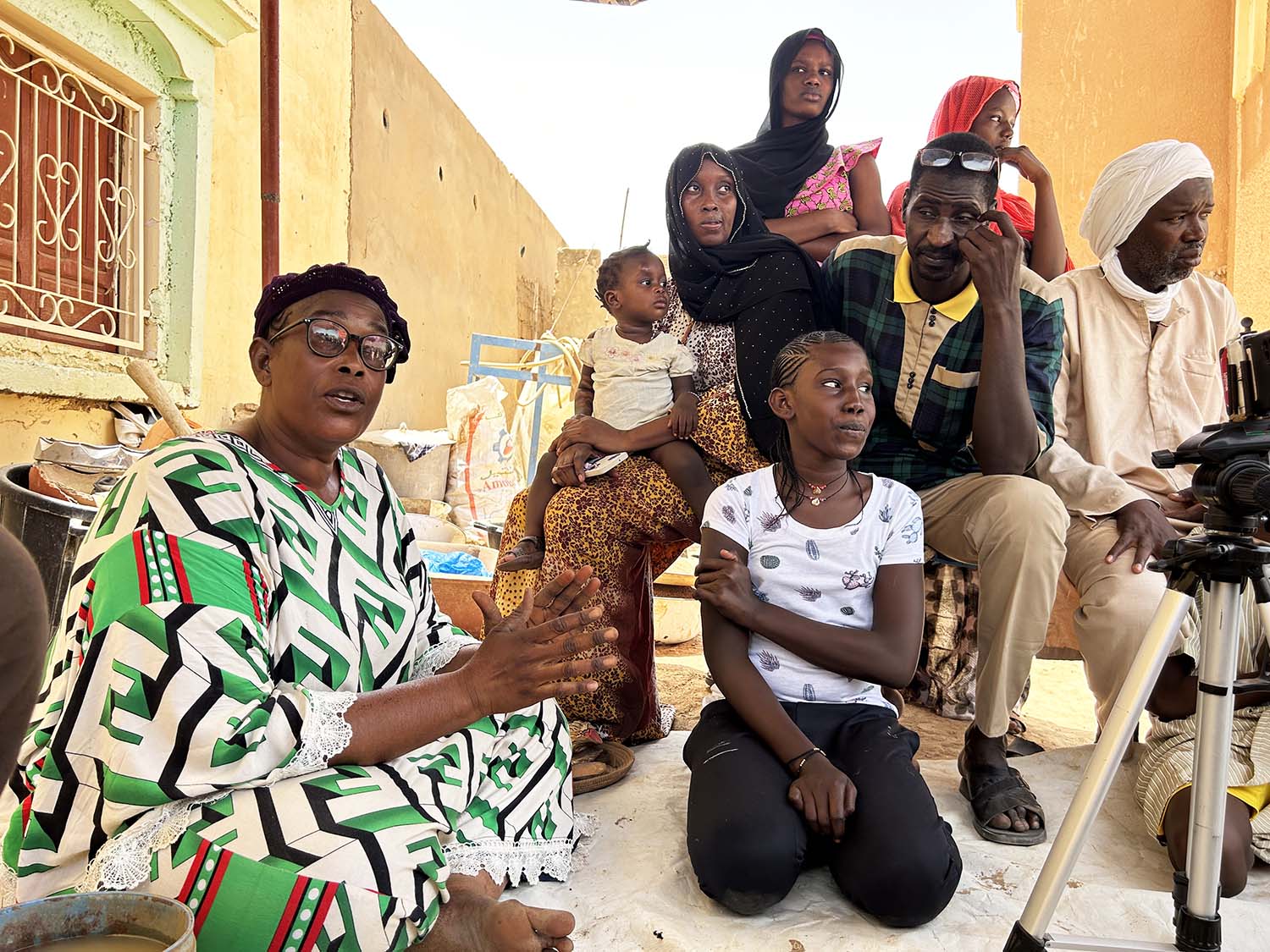
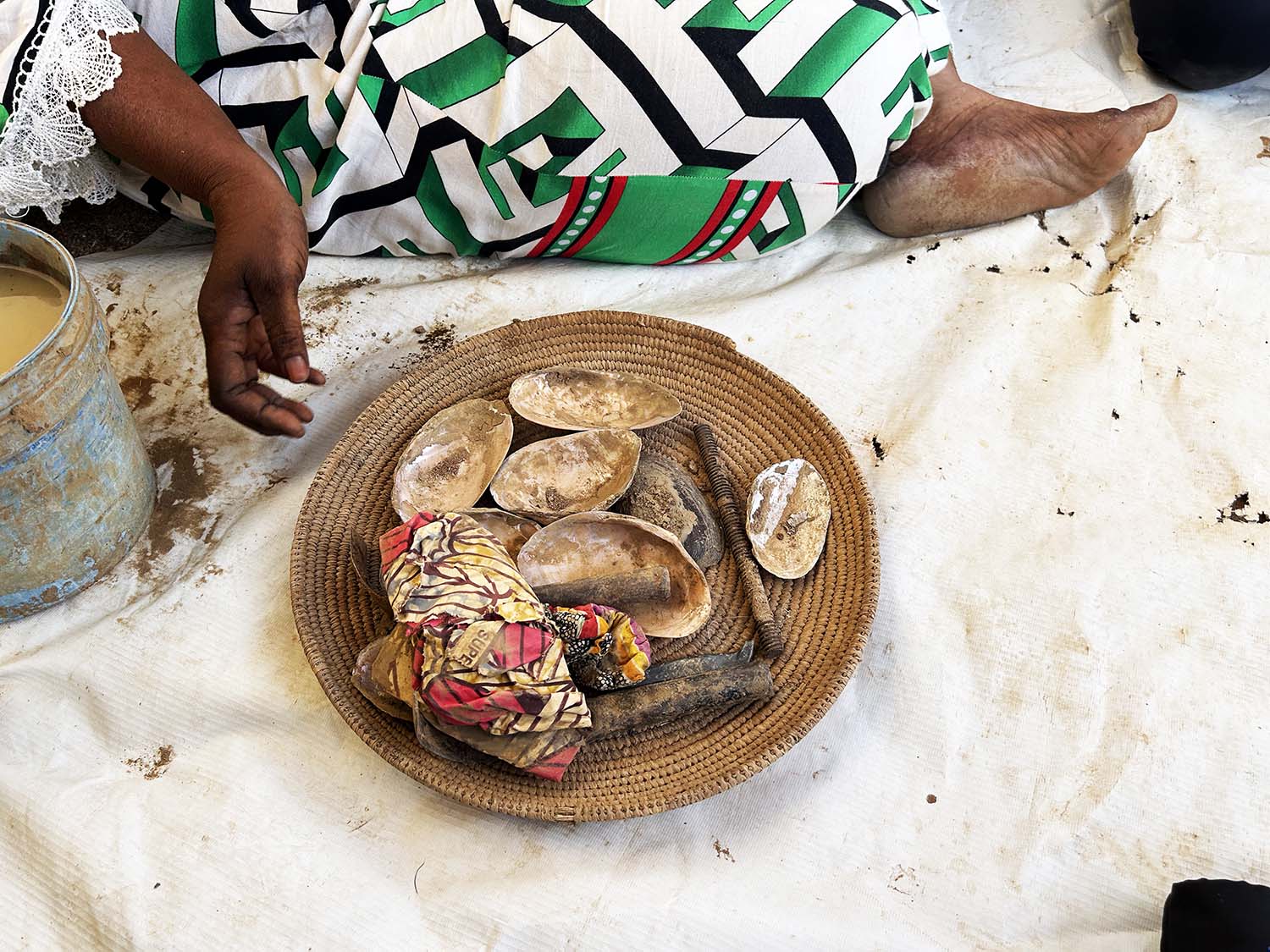
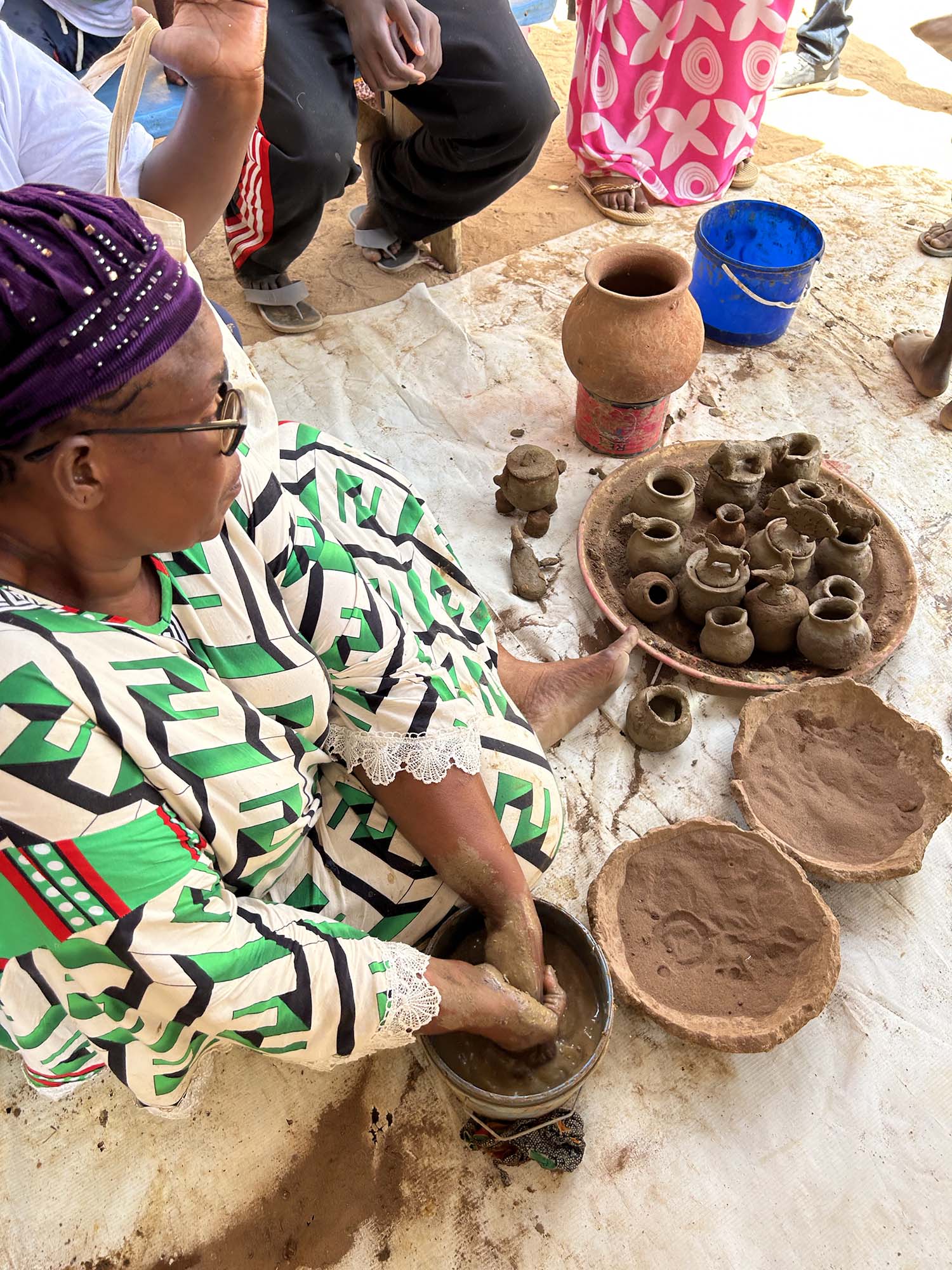

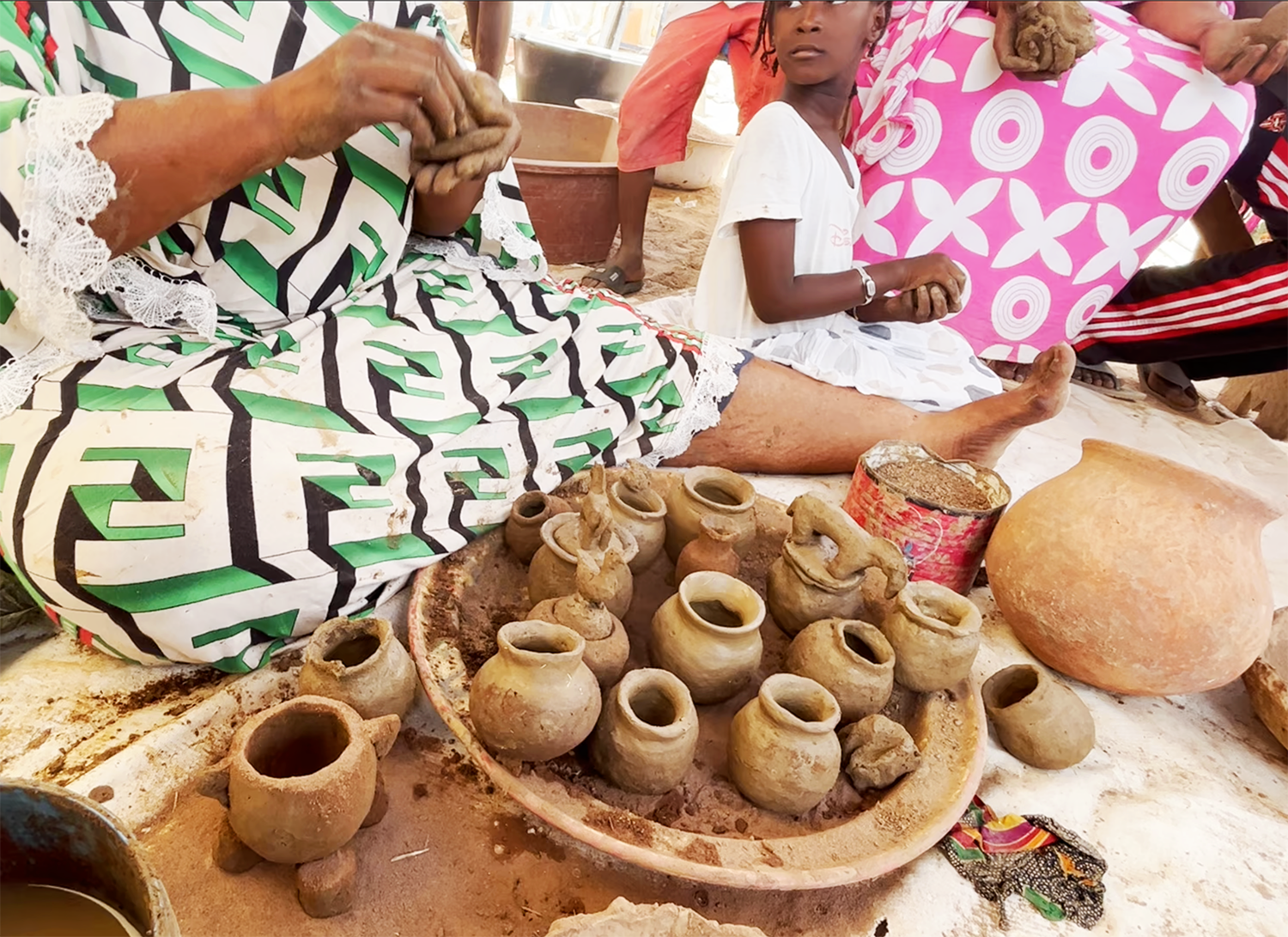
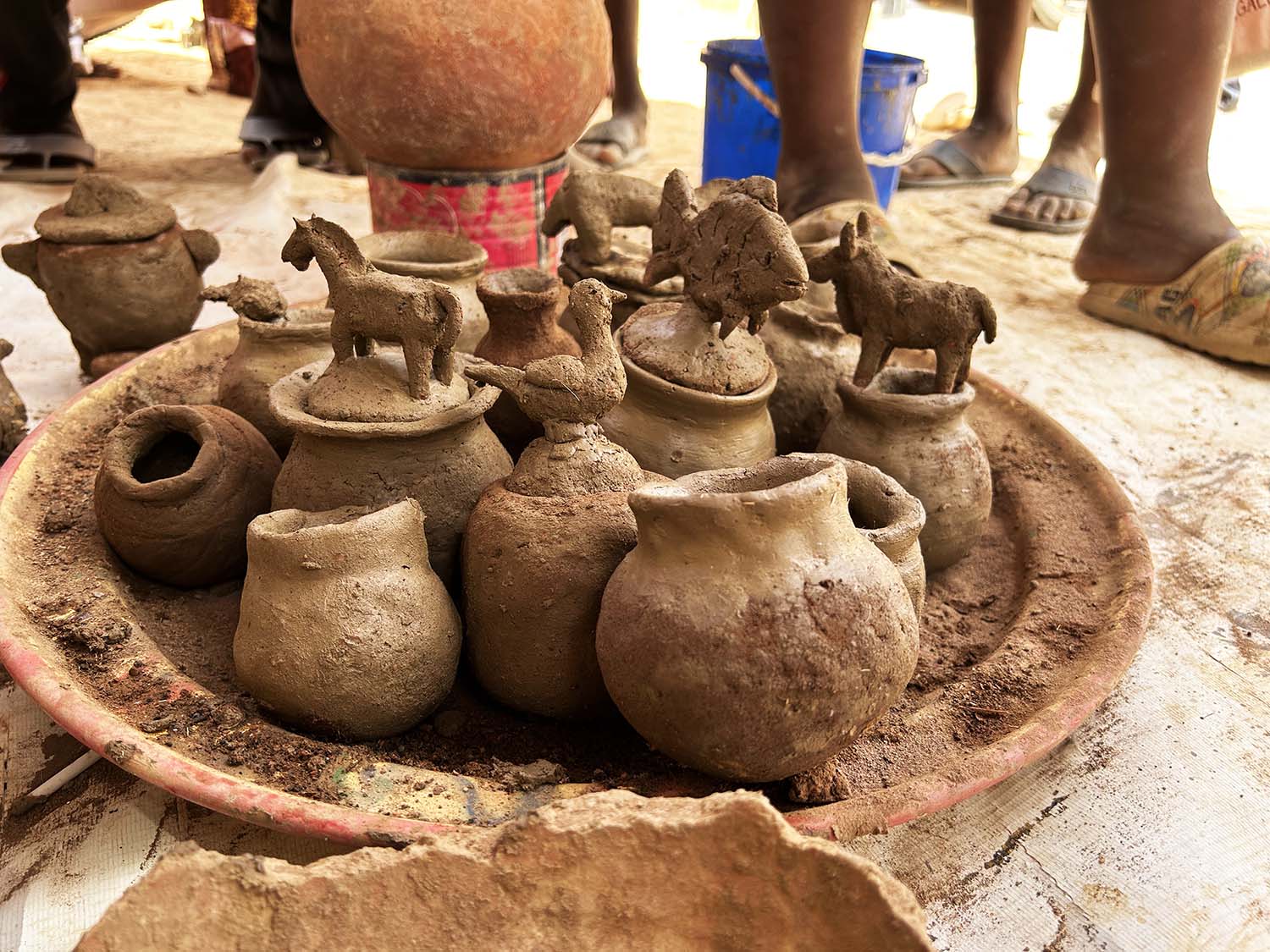
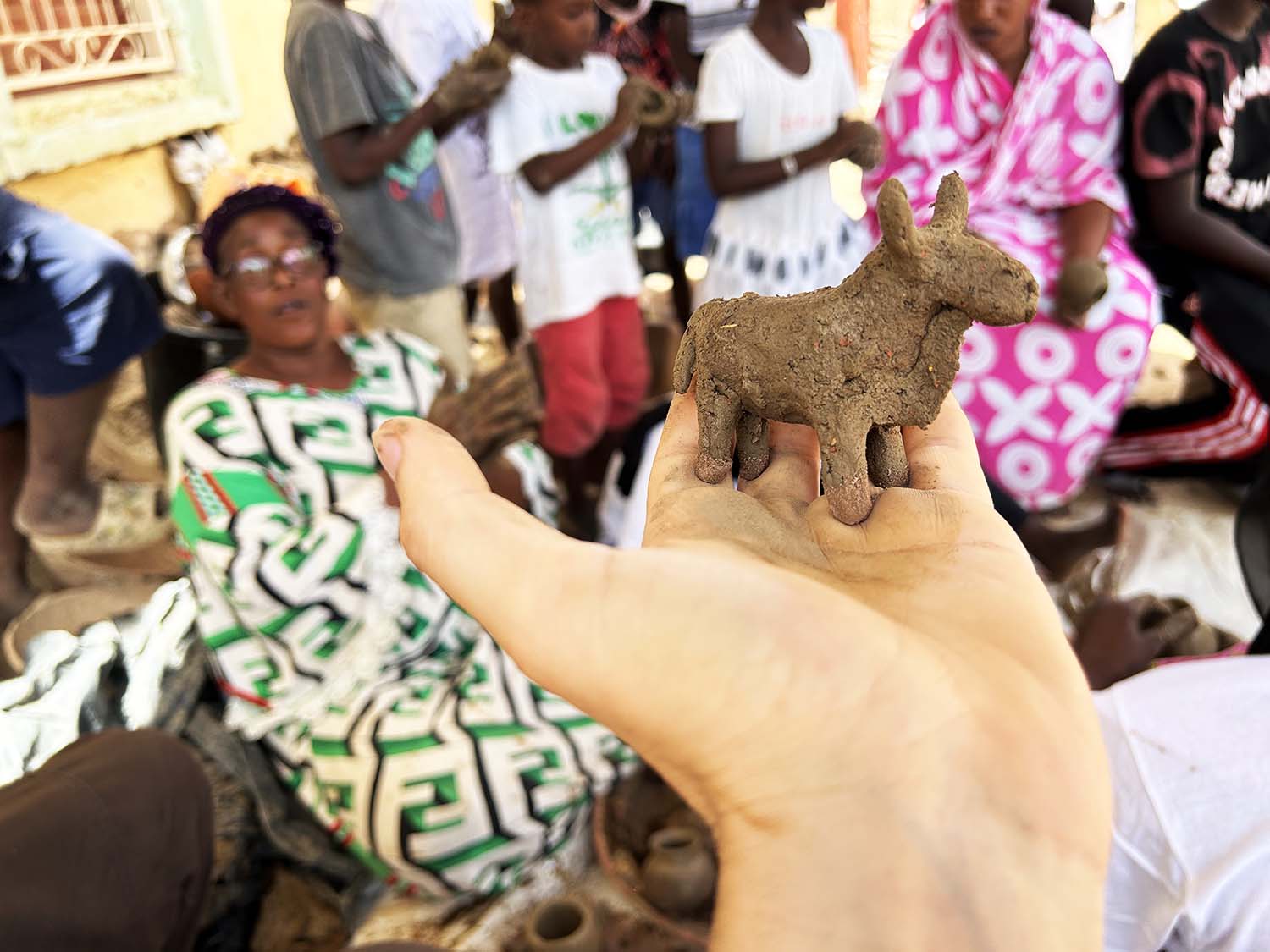
June 26, 2023, Boghé
Bench-making workshop
In the heart of Boghé there is a wide valley where children play and run. We were told that for a few months of the year the basin is filled with water and fish from the Senegal River, a body of water around which the families, seated on the side of the road, gather to enjoy the landscape. Children often stay until late hours. Here, Art Gallé has organized a workshop to build and decorate benches so as to increase the comfort and safety of those who gather here. Boys and girls from nearby neighborhoods came by to paint and personalize the new benches, and the community began to use them right away. We assisted Amy Sow and Oumar Ndiaye in the organization of the workshops, building on the experience we gained together on the occasion of the project ”I giardini possibili”.
The evening of the 26th of June we were honored by the visit of the music star Amadou Tamba Diop, that had dinner with us and sang a welcome song for Cherimus and ArtGallé team.
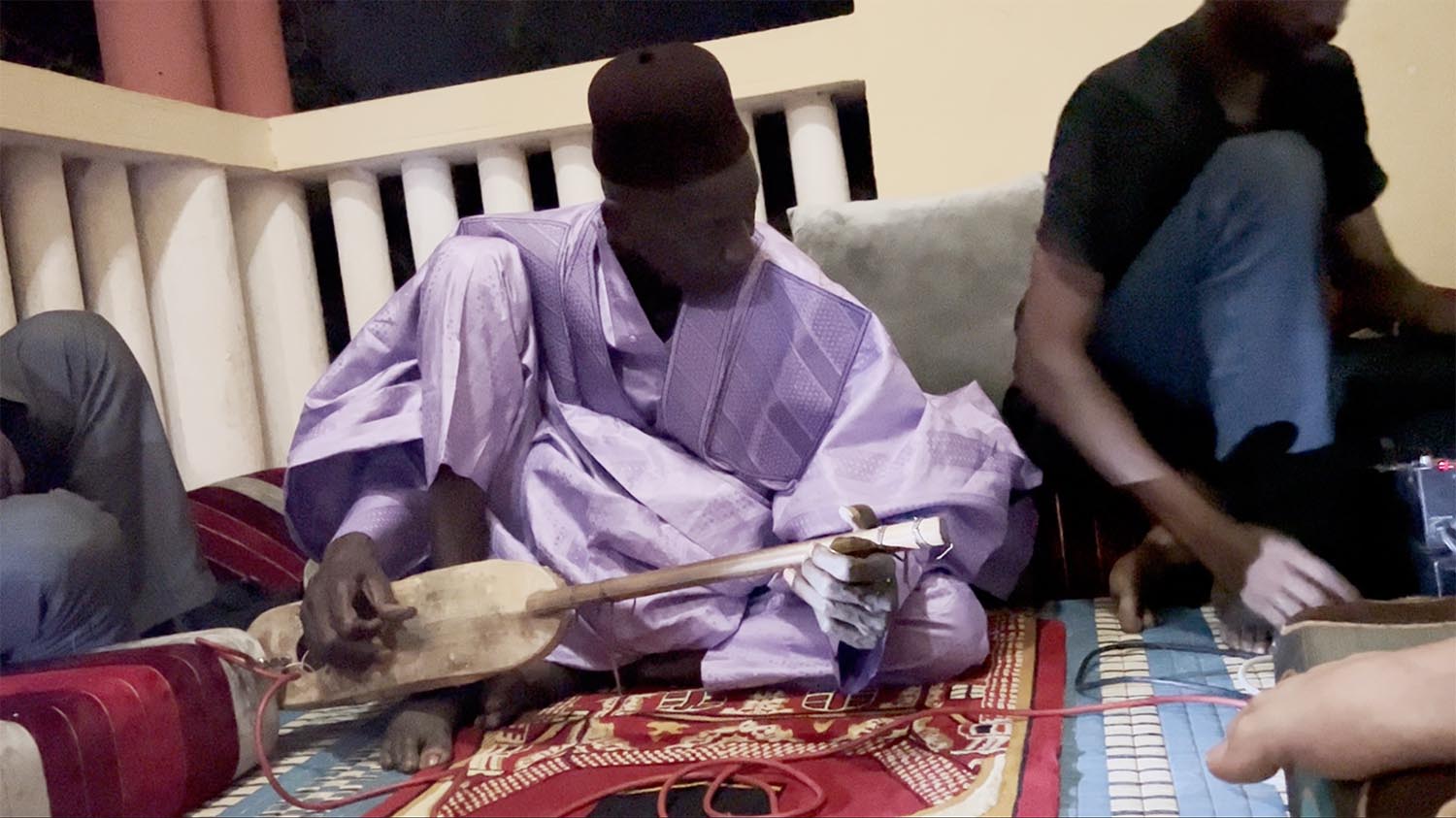
Amadou Tamba Diop (1950-2023), legend of “Leelé”, a traditional music from the region of Fouta
<< Amadou Tamba Diop était réputé pour sa parfaite maîtrise de ce genre musical, dont il était toutes ces dernières années le chantre, témoigne un communicateur traditionnel via WhatsApp.
Selon plusieurs sources, ”son nom était intimement lié à des célébrités comme Sidy Chérif de Thilogne et Samba Diop ‘’Leelé’’, qui passe pour l’un des rares artistes du Fouta à avoir son nom associé au genre musical pratiqué.
Selon un article du Quotidien paru en septembre 2022, ‘’le Leelé est un genre littéraire, poétique et musical des Haalpulaar (Toucouleurs) du Fouta Tooro, qui prend sa source dans la culture multiséculaire de cette région du nord du Sénégal et du sud de la Mauritanie’’ >> (APS, Agence de presse Sénégalaise)
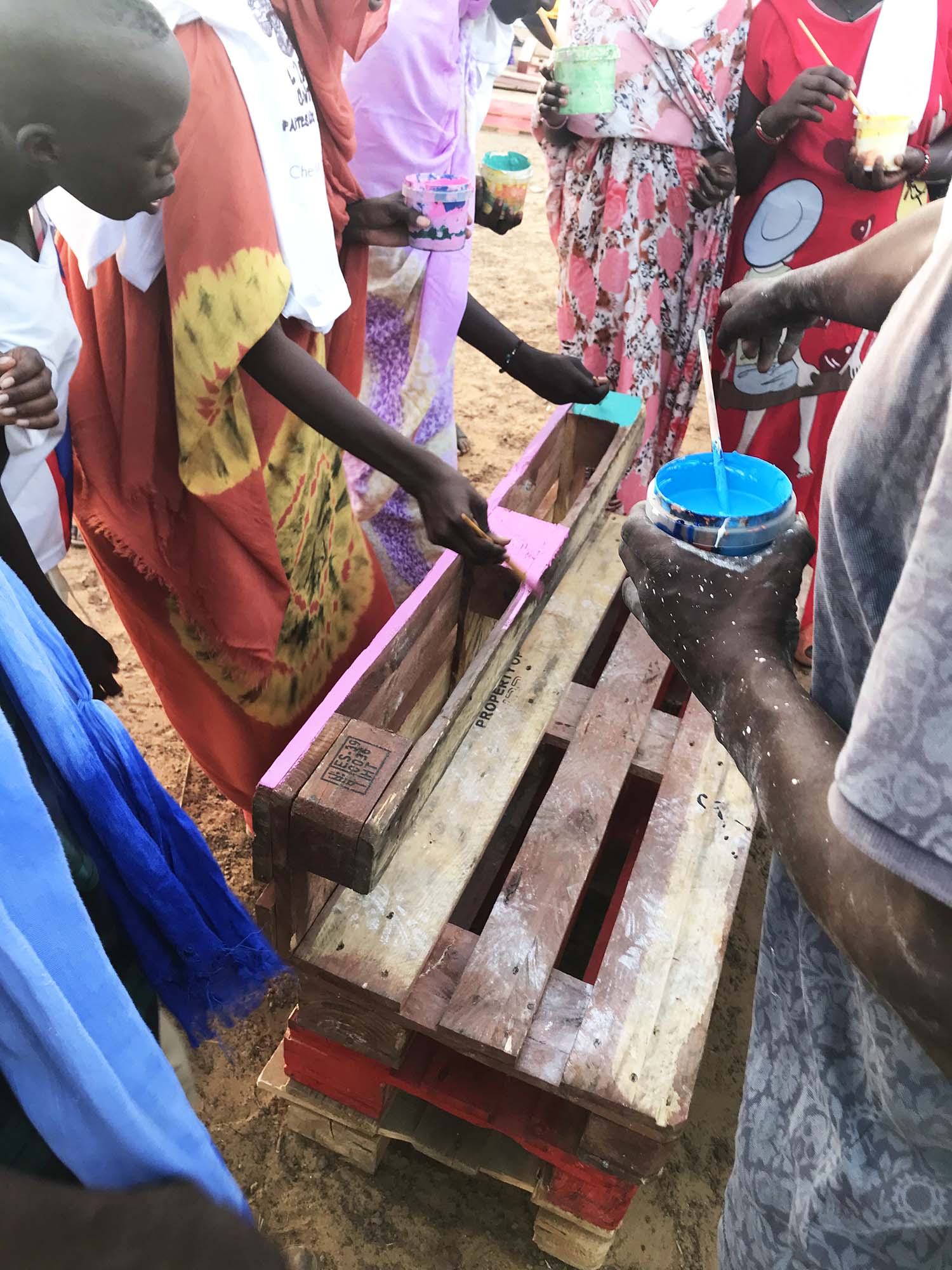
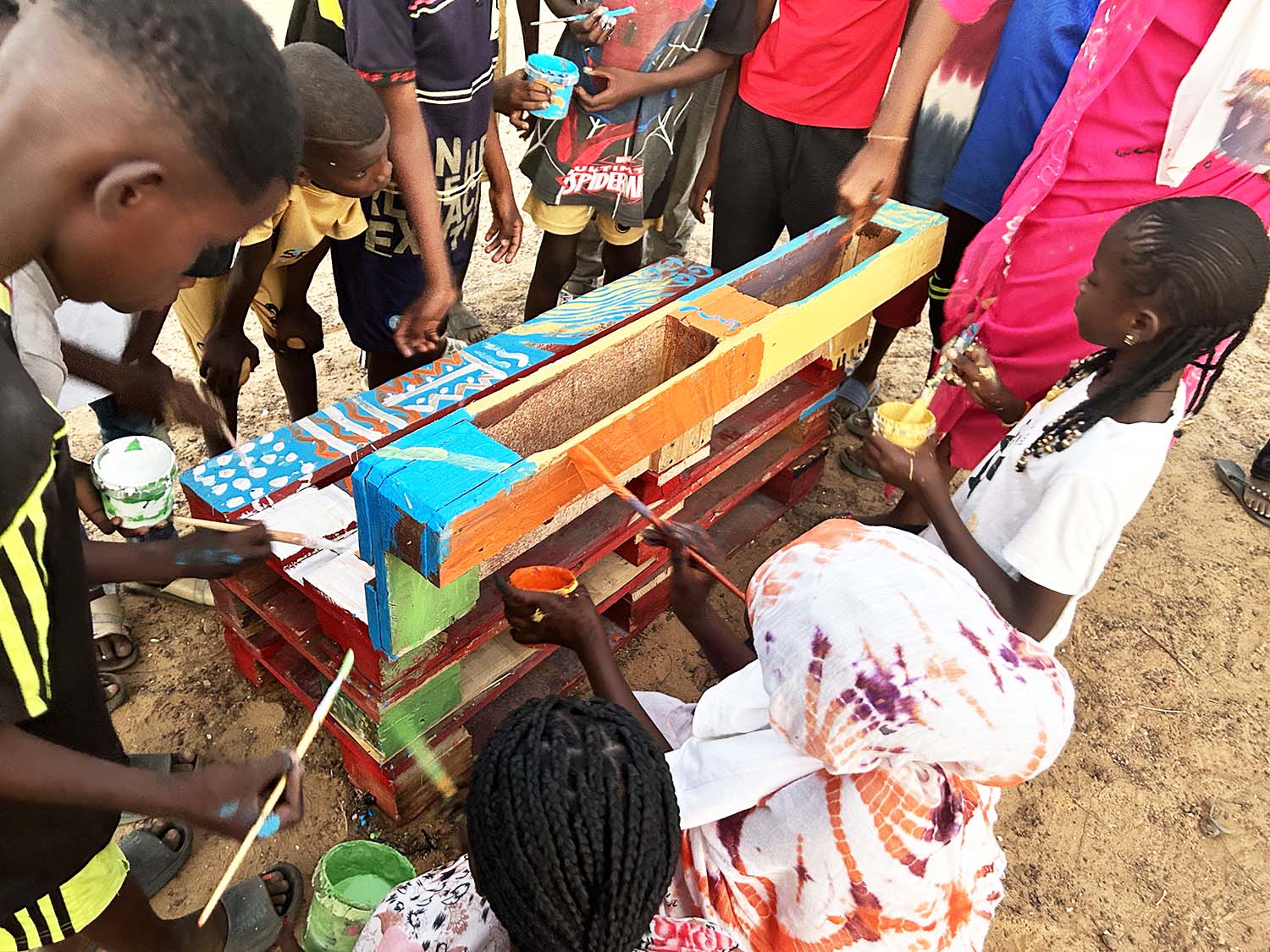
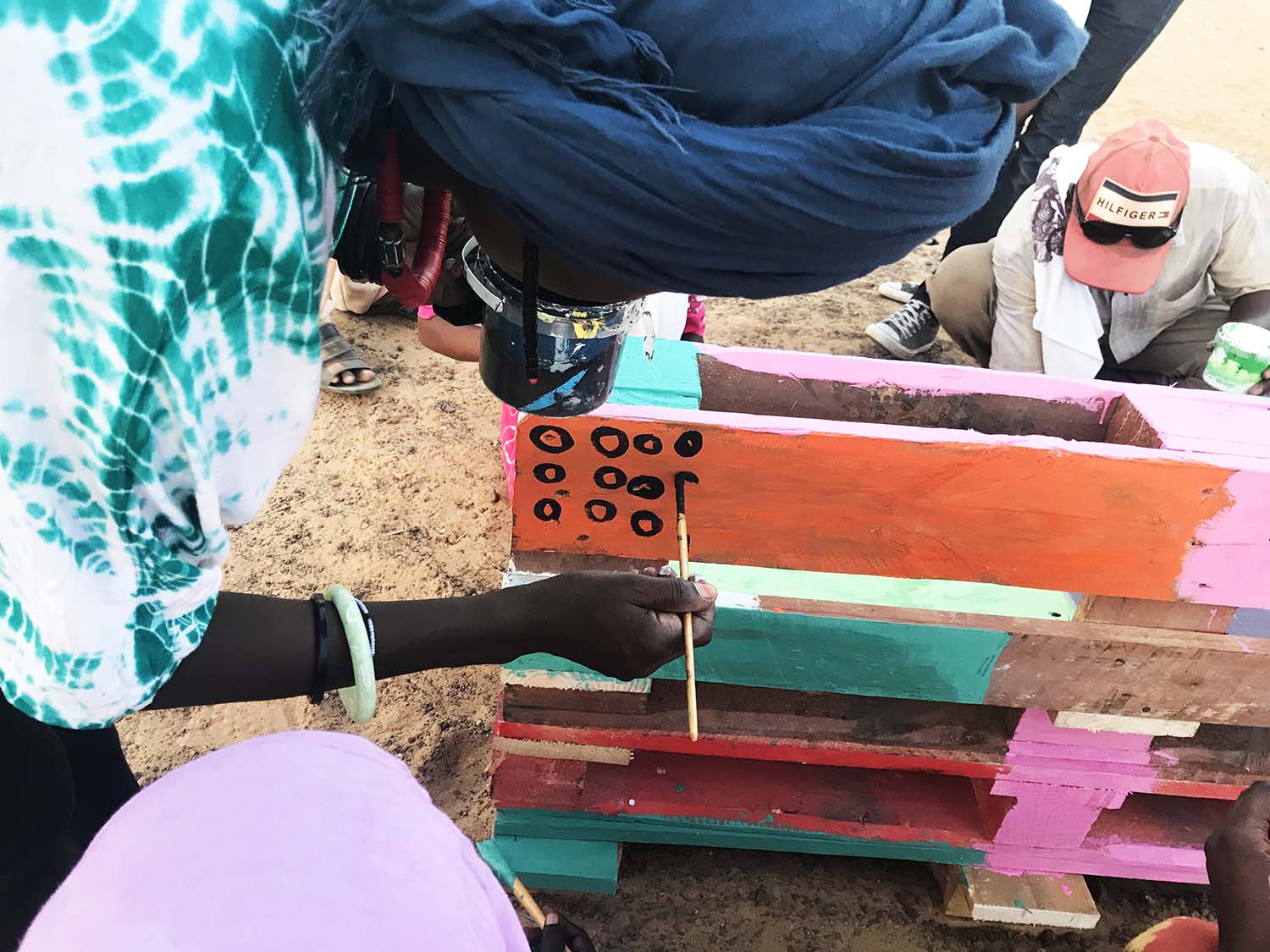
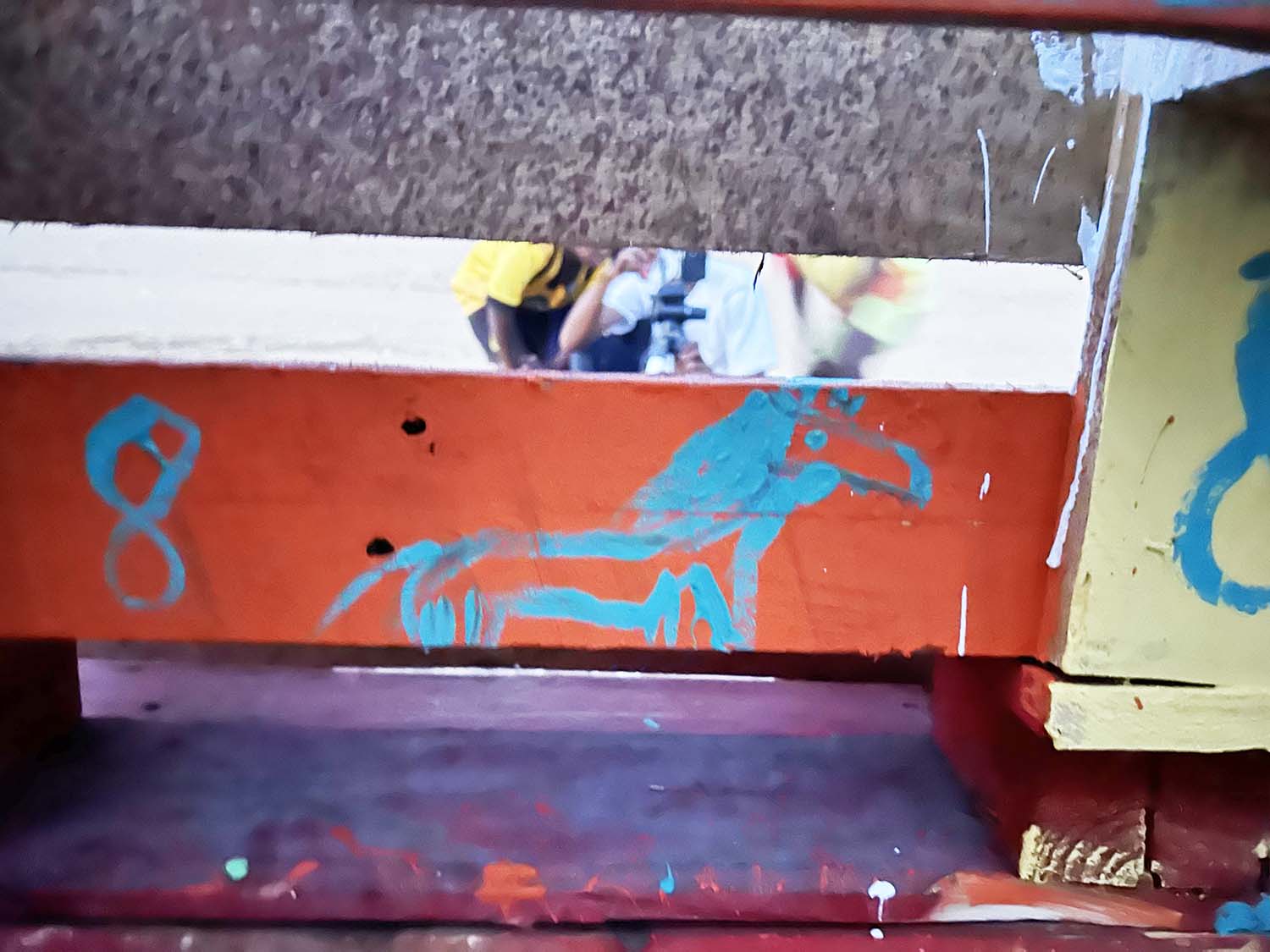

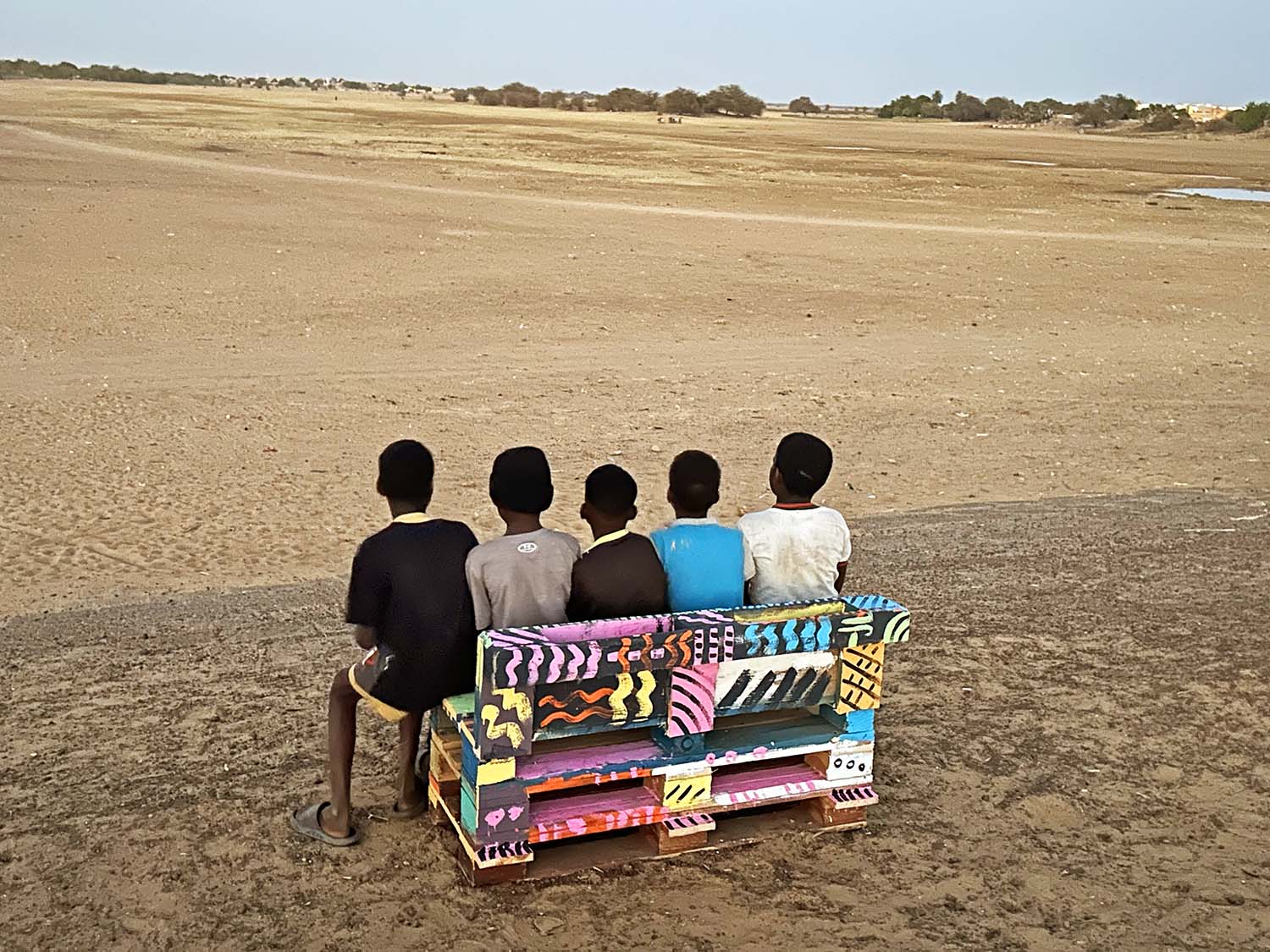
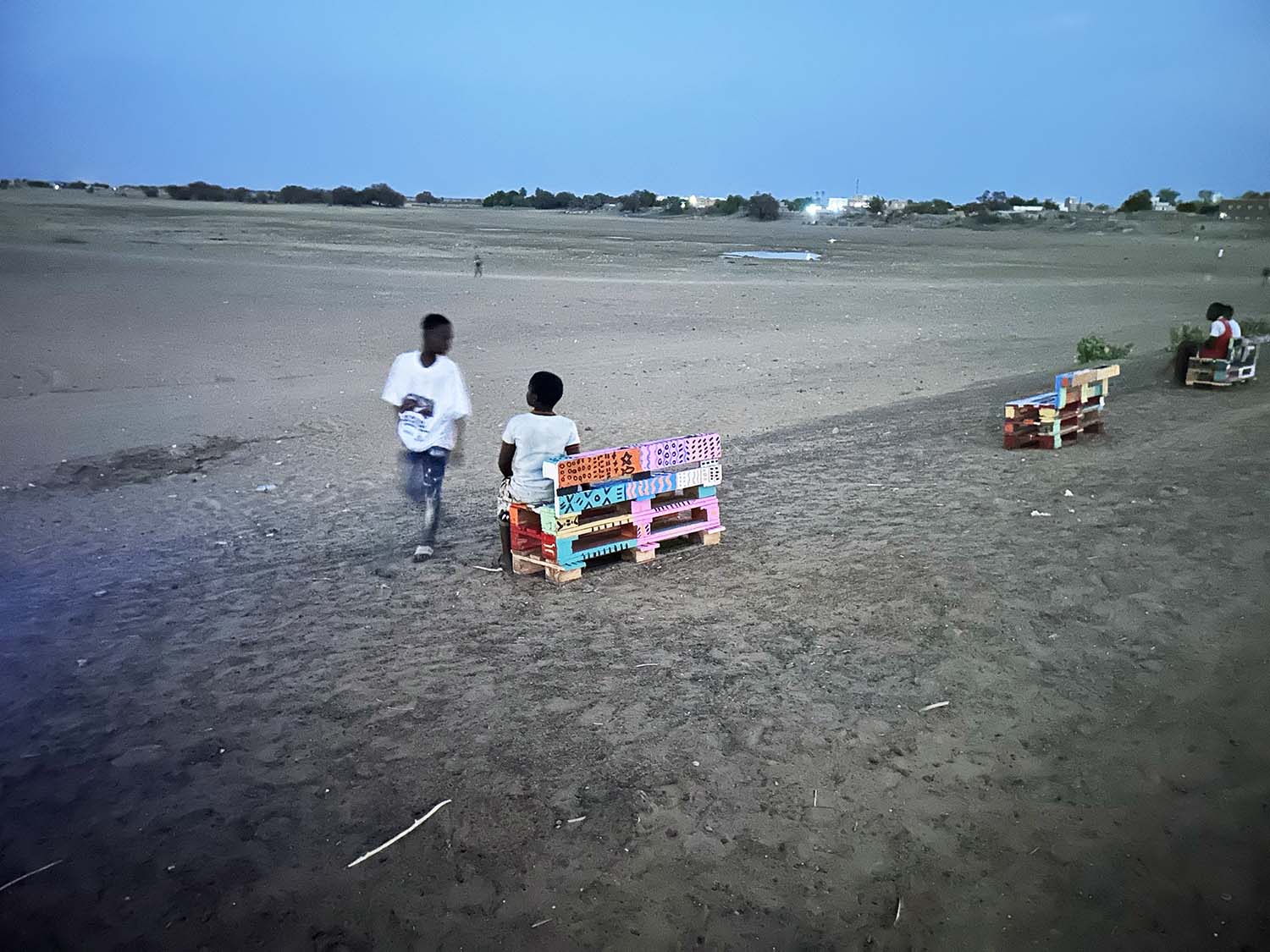
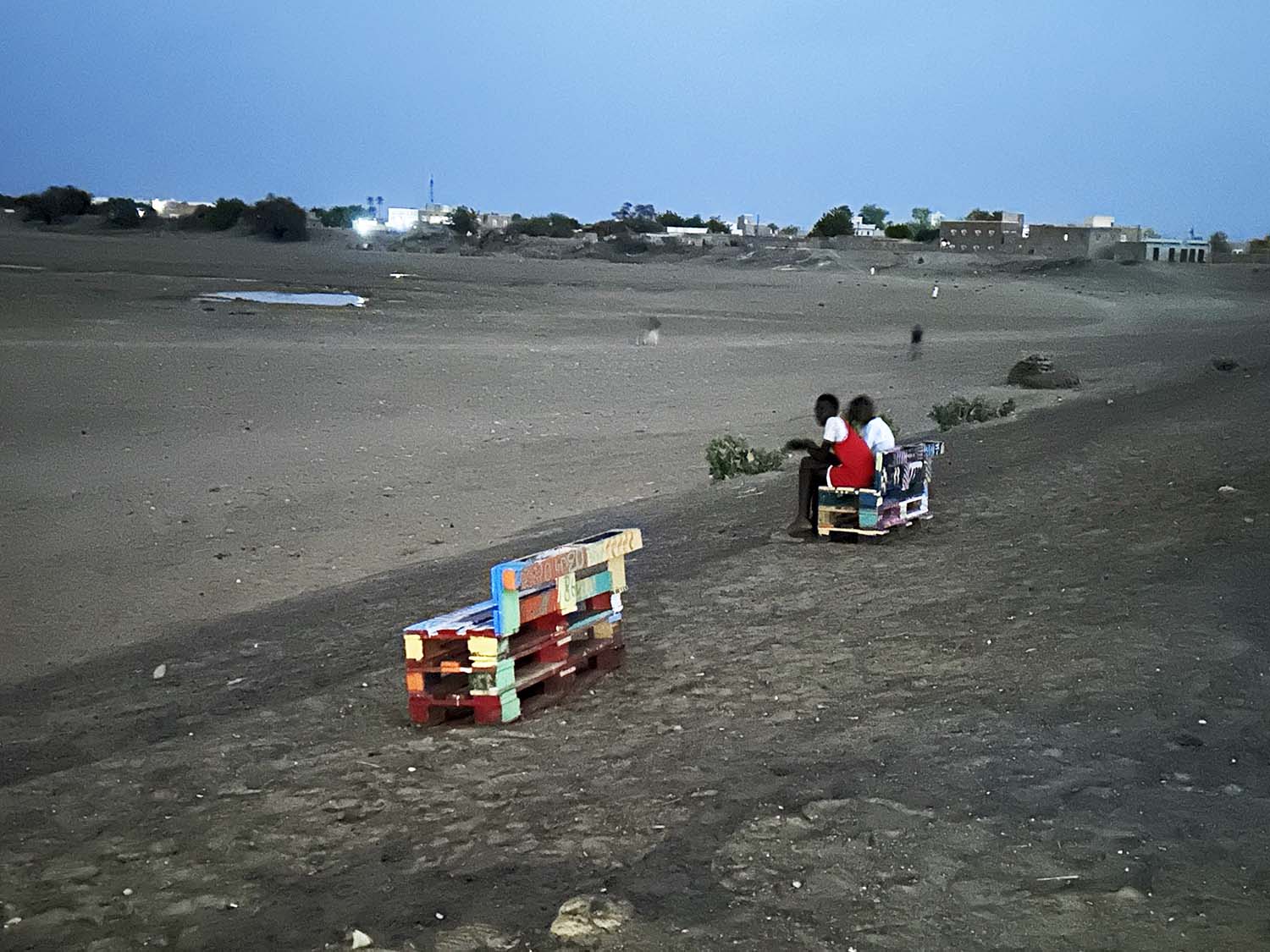
June 26, 2023, Boghé
Panel Voix des femmes
Meeting with women from the Boghé region, invited to share their experiences and difficulties and to participate in an open discussion on gender-based violence. One participant asked, “Artists, what solution do you have?”
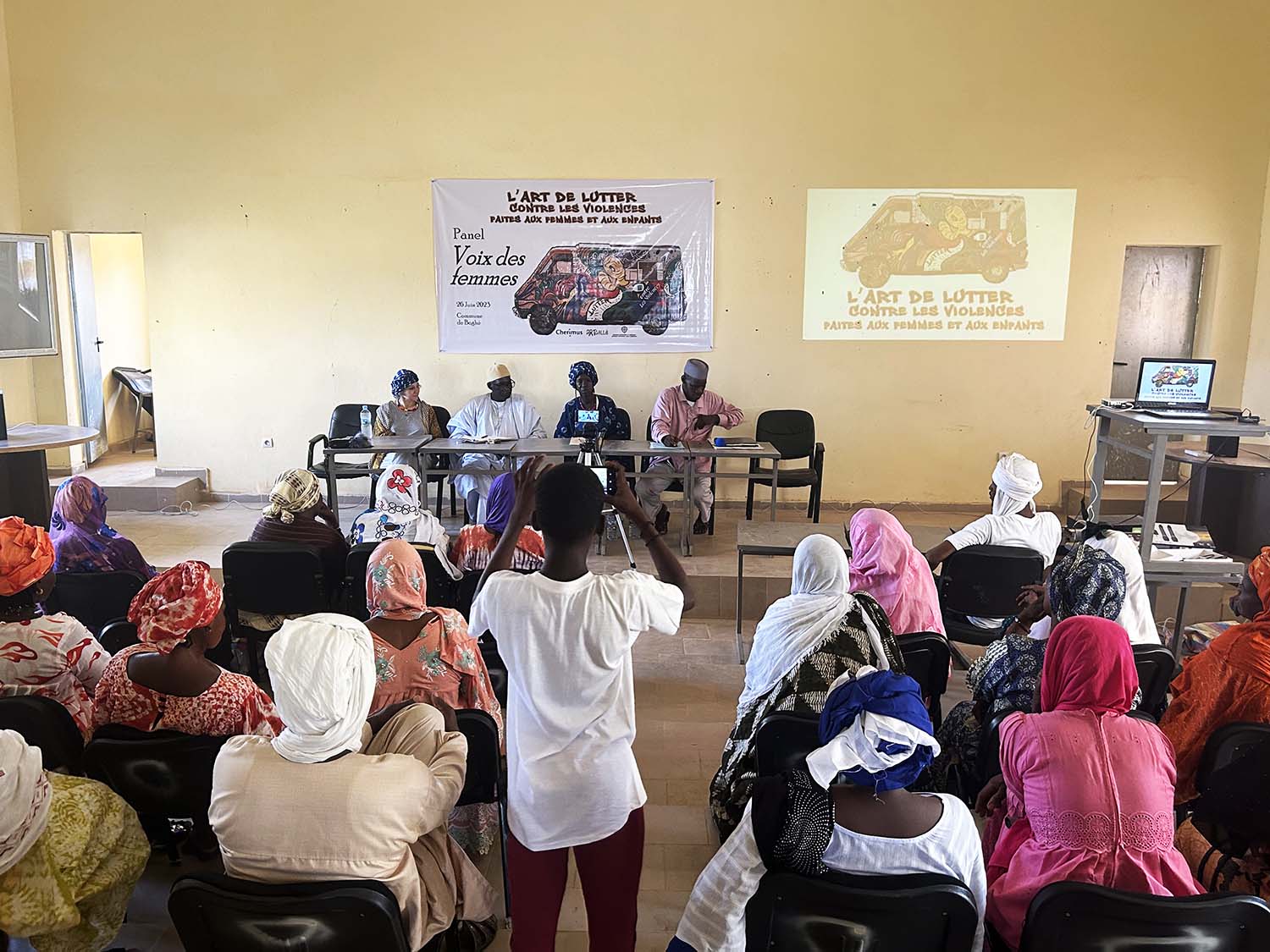
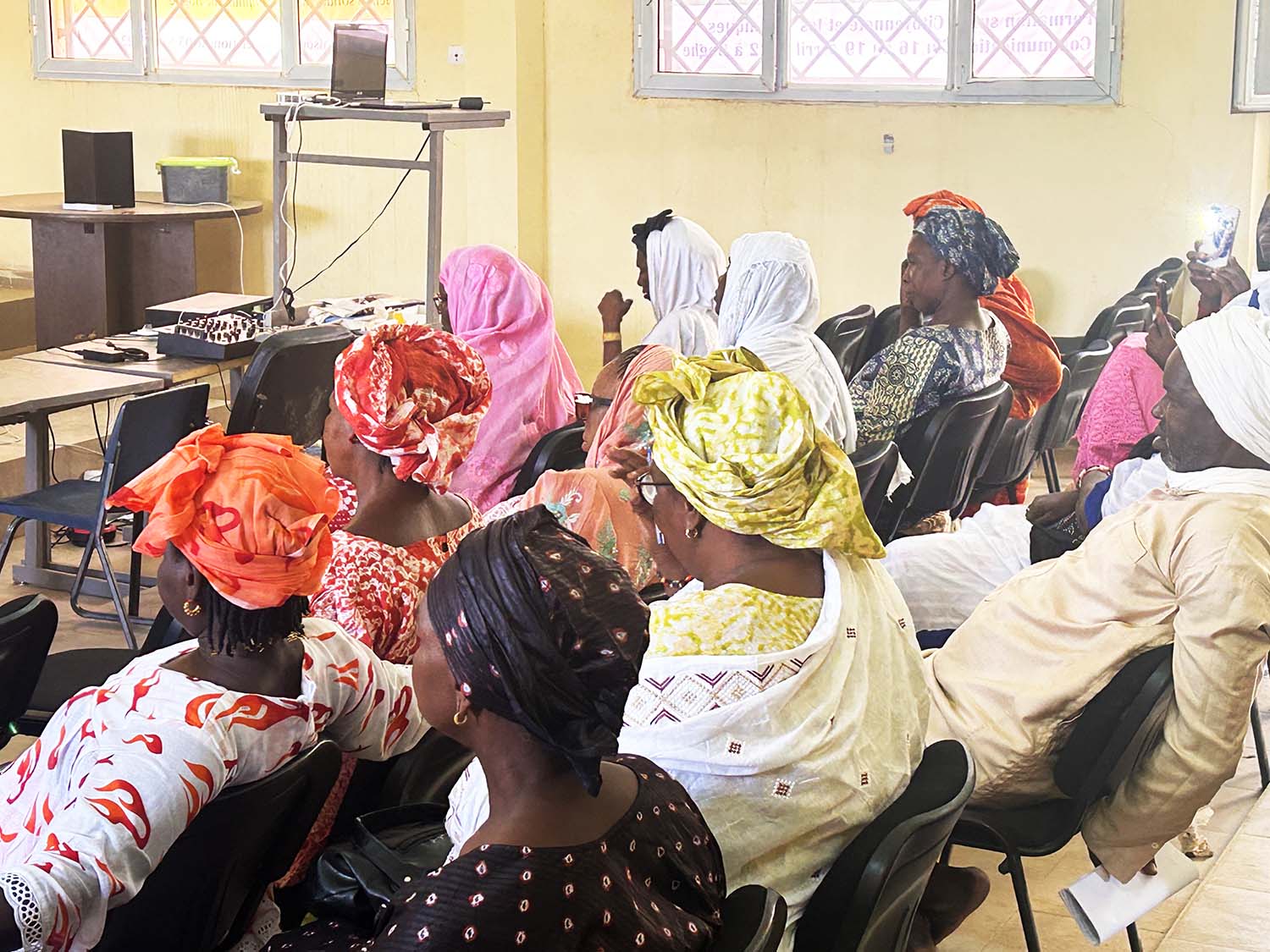
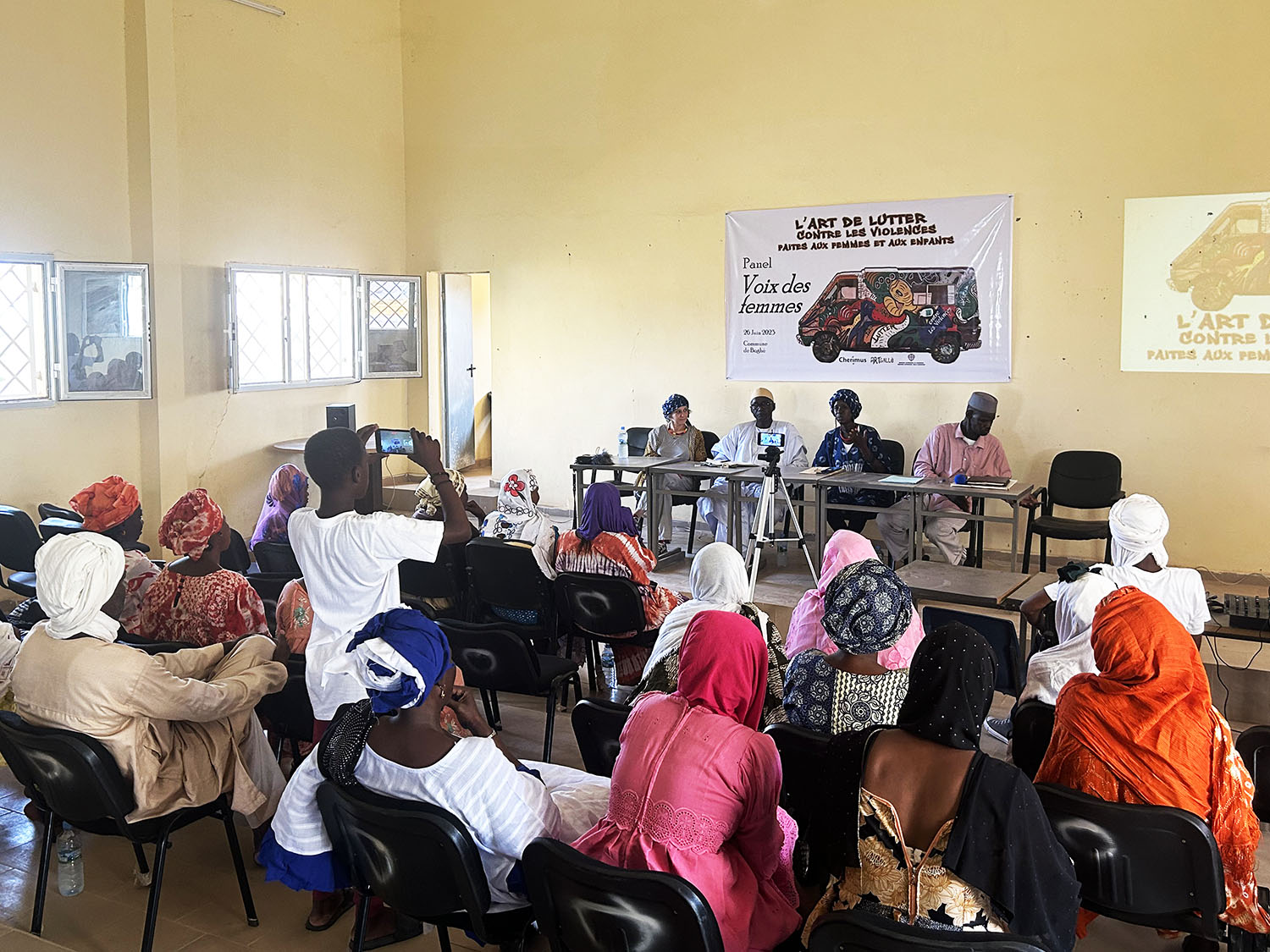
July 3, 2023, Alliance Francaise classroom, Ouadane
Henna workshop
Henna (حناء) is a dye prepared from the plant Lawsonia inermis, used since ancient times for the temporary tattooing of hands and feet, and the dyeing of hair. In Mauritania the practice of decorating the hands and feet with henna is traditionally made by women of a single caste, who make these elaborate decorations for the community.
This is why Amy Sow and Zaida Bilal imagined a workshop in which the boys and girls of Ouadane would feel free to experiment with henna designs, through colors and canvas. During the workshop, the traditional Mauritanian designs met the Sardinian symbols of Nuragic culture, giving rise to new combinations.
Small note: the workshop was hosted in one of the classrooms of the Alliance Francaise in Ouadane. In this room, there was a map of France. There was, however, no geographical reference either to Mauritania or to the African continent as a whole.
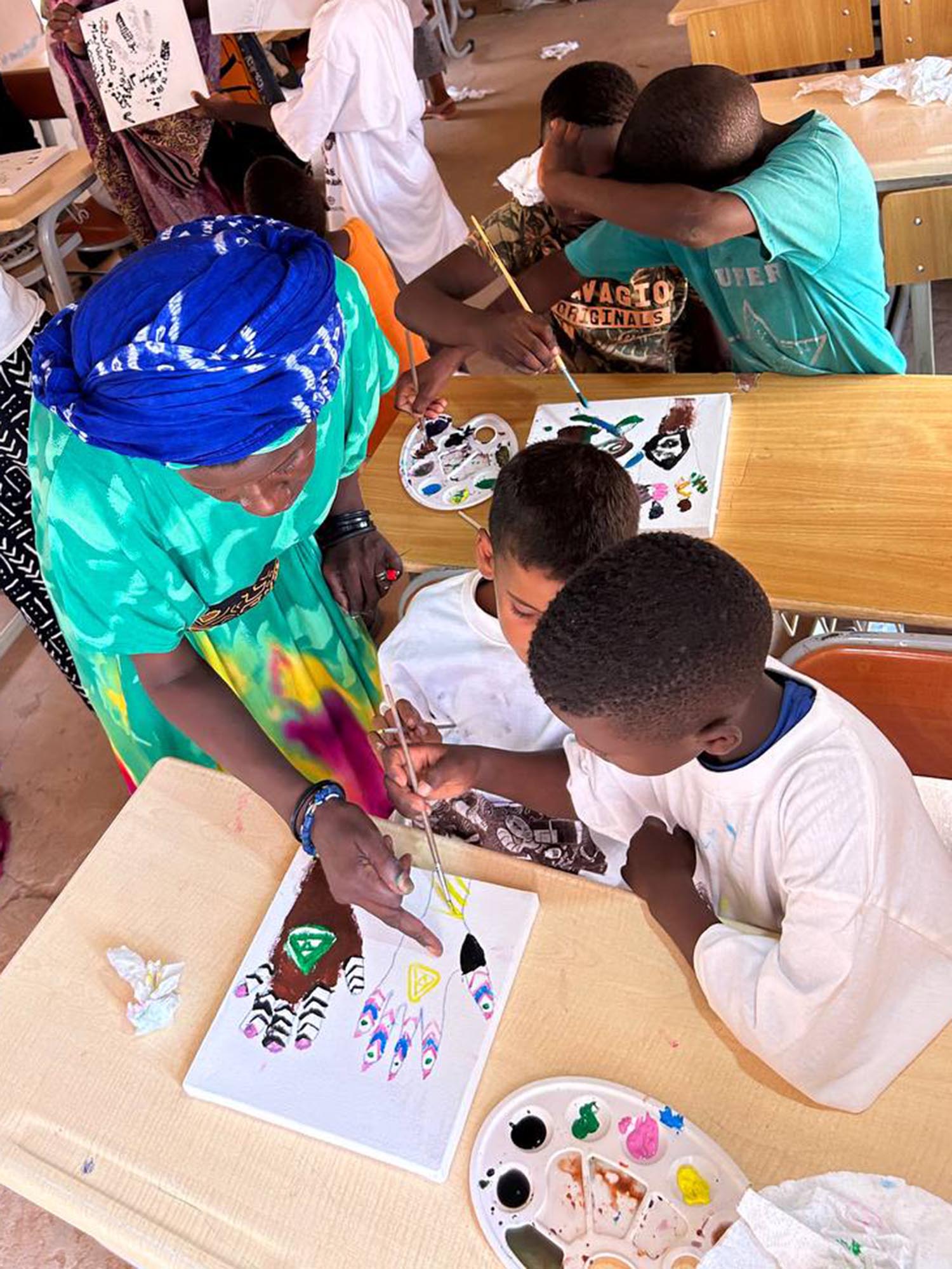
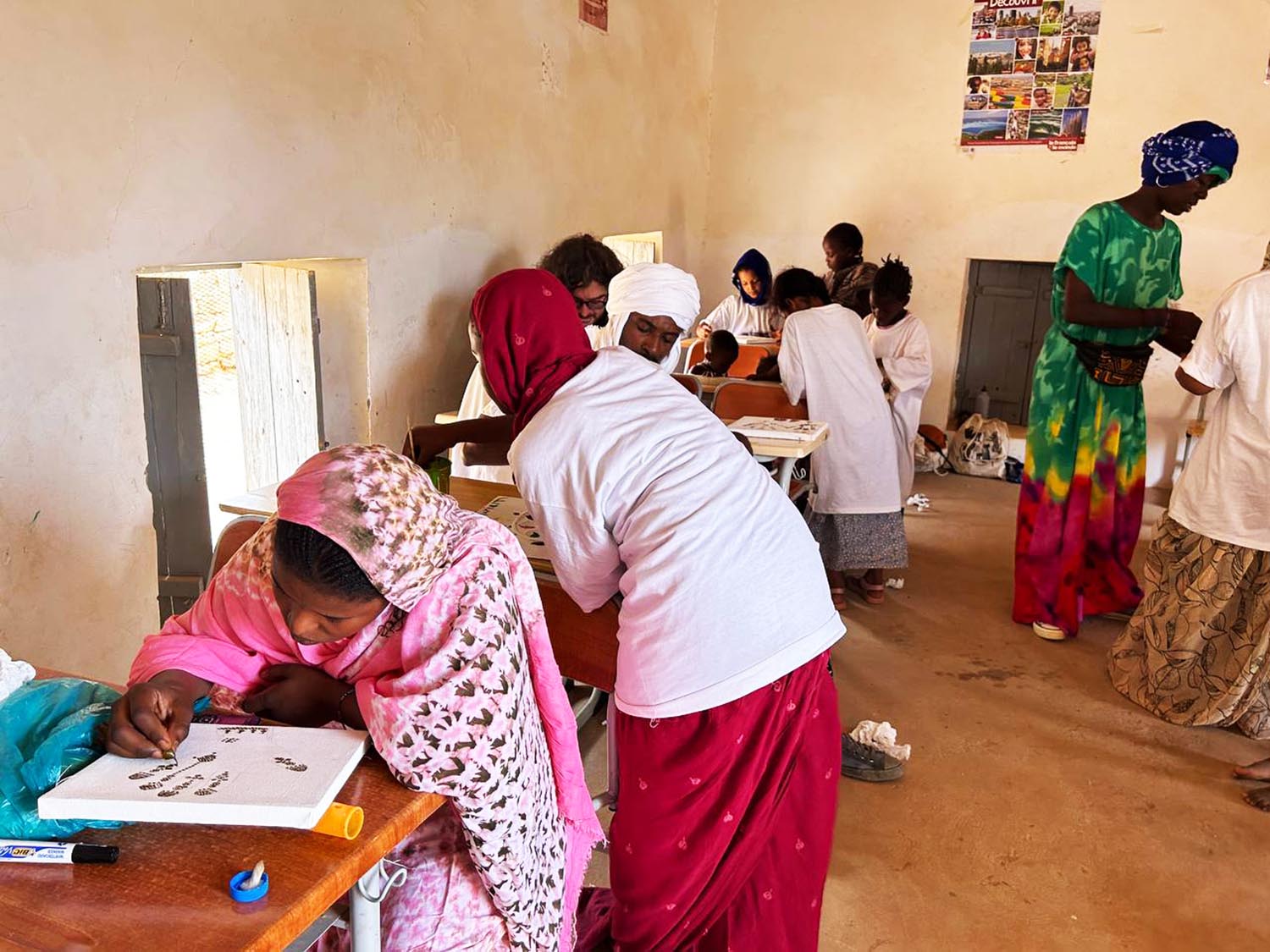
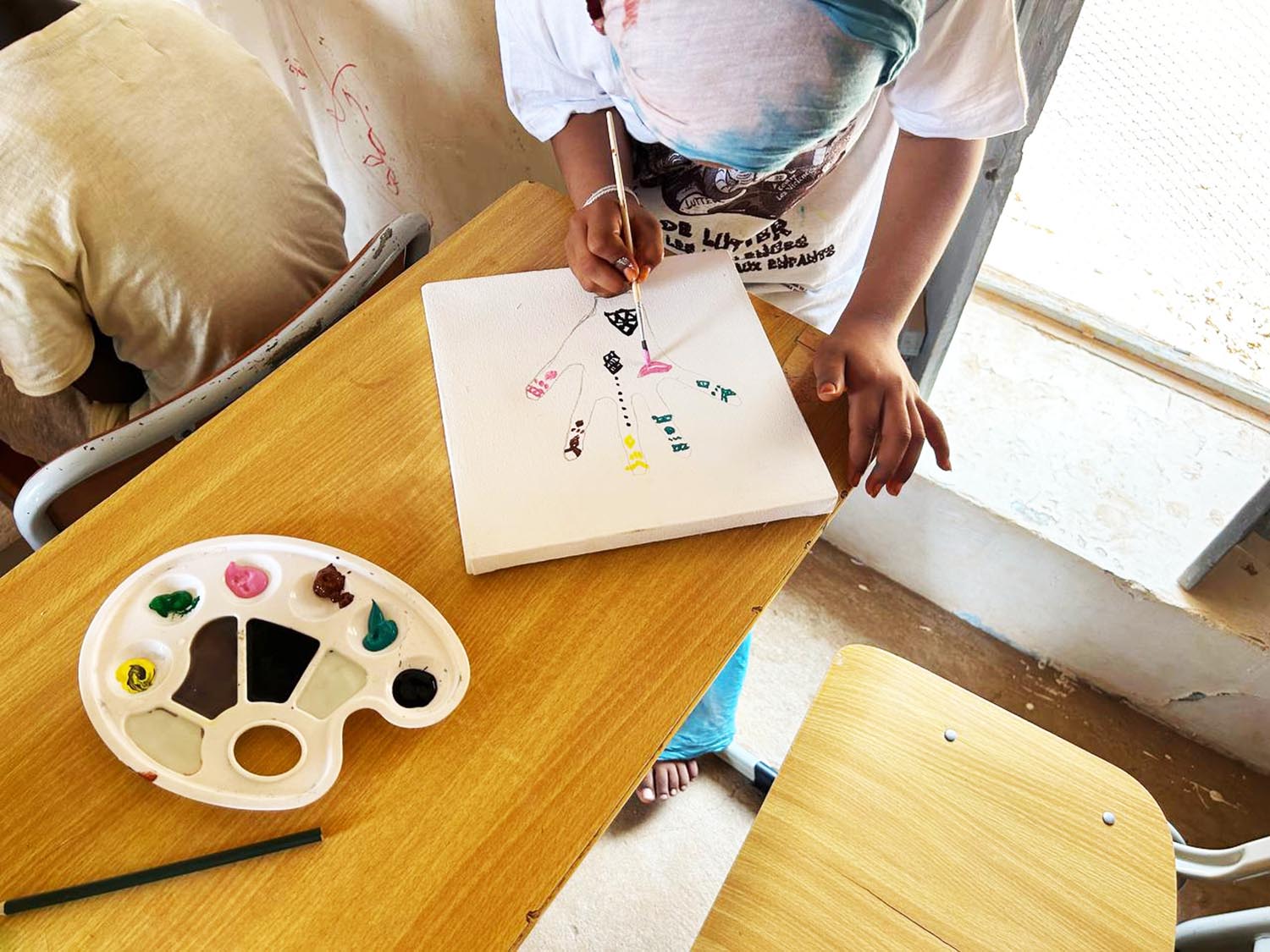
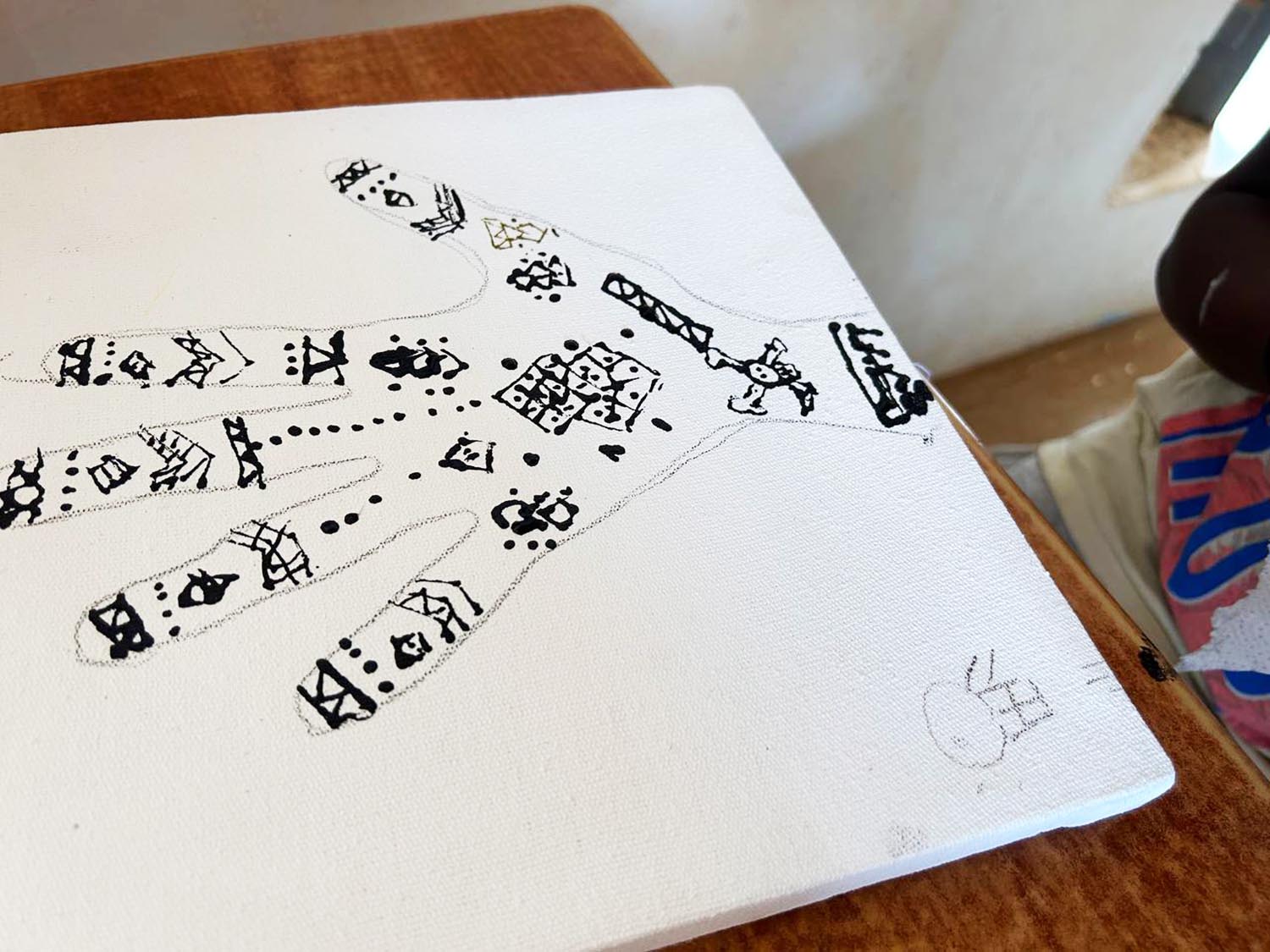
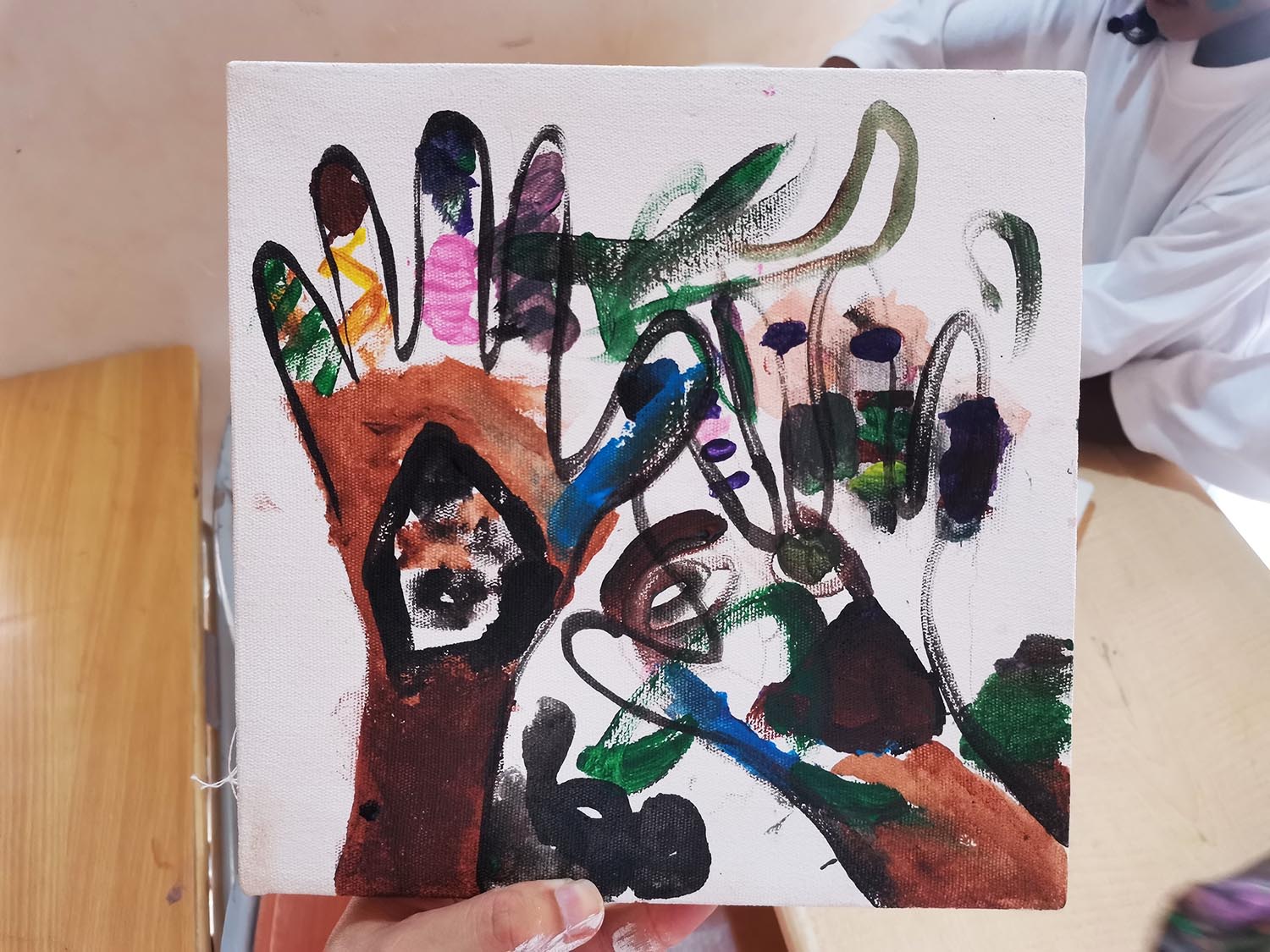
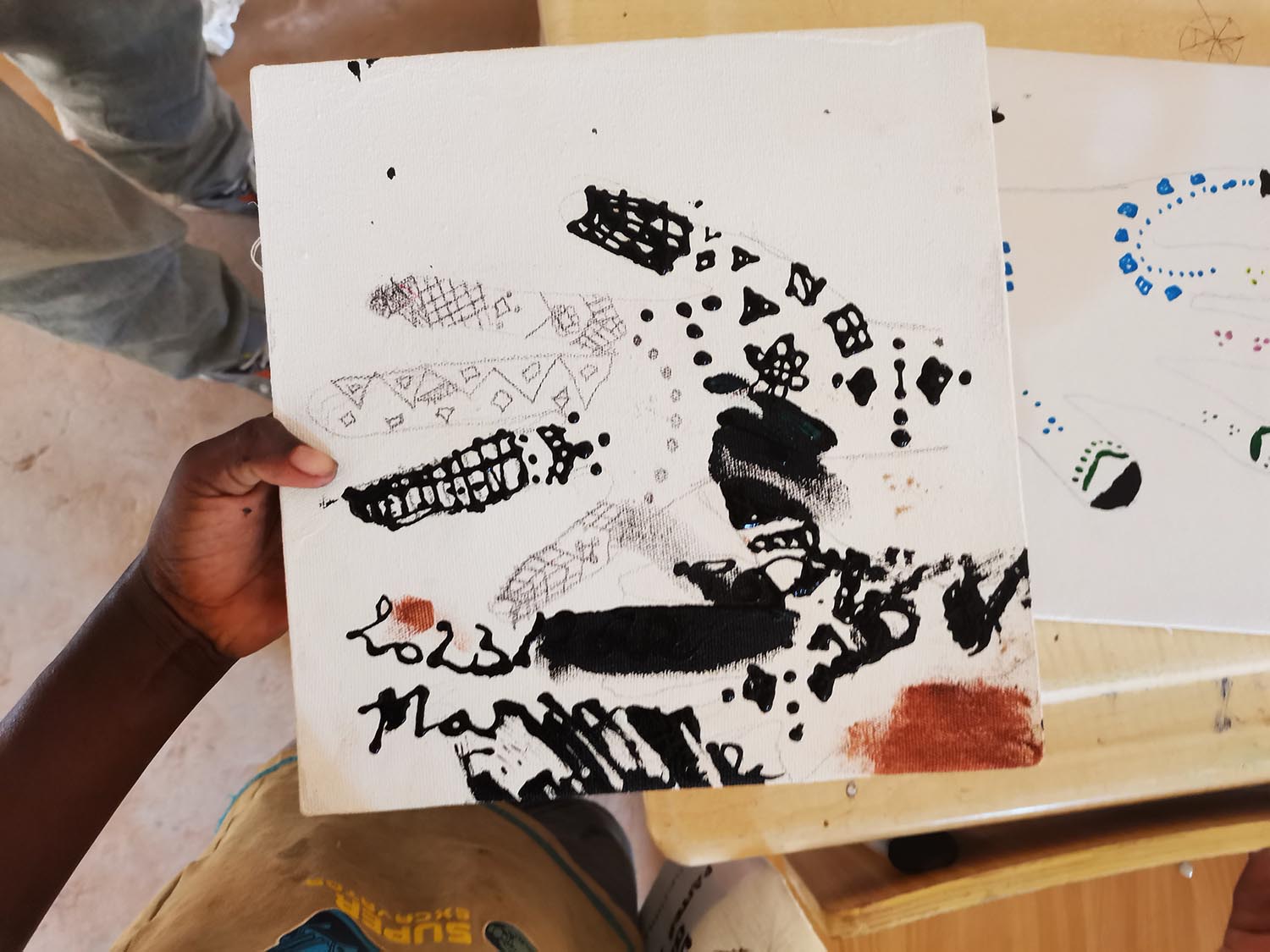
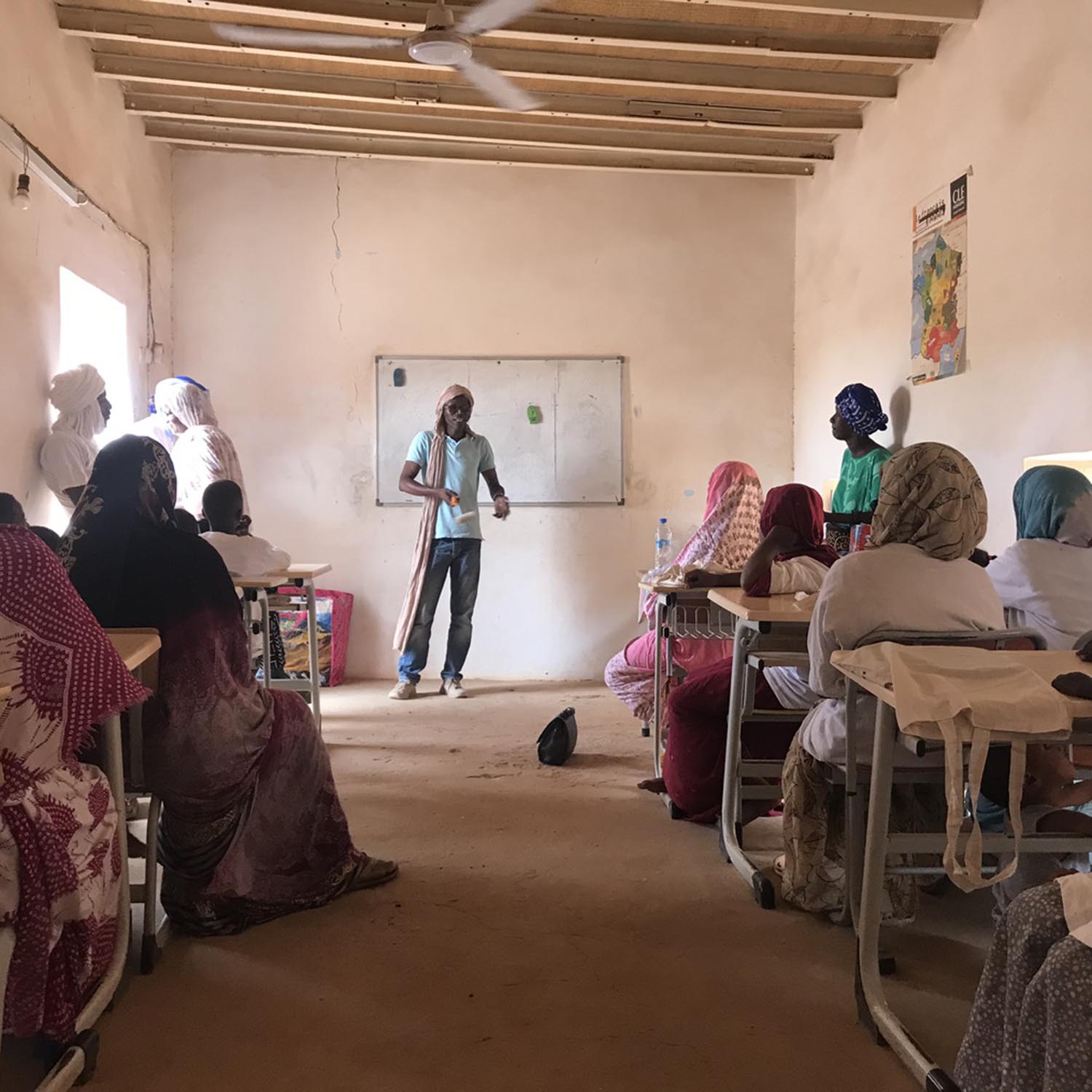
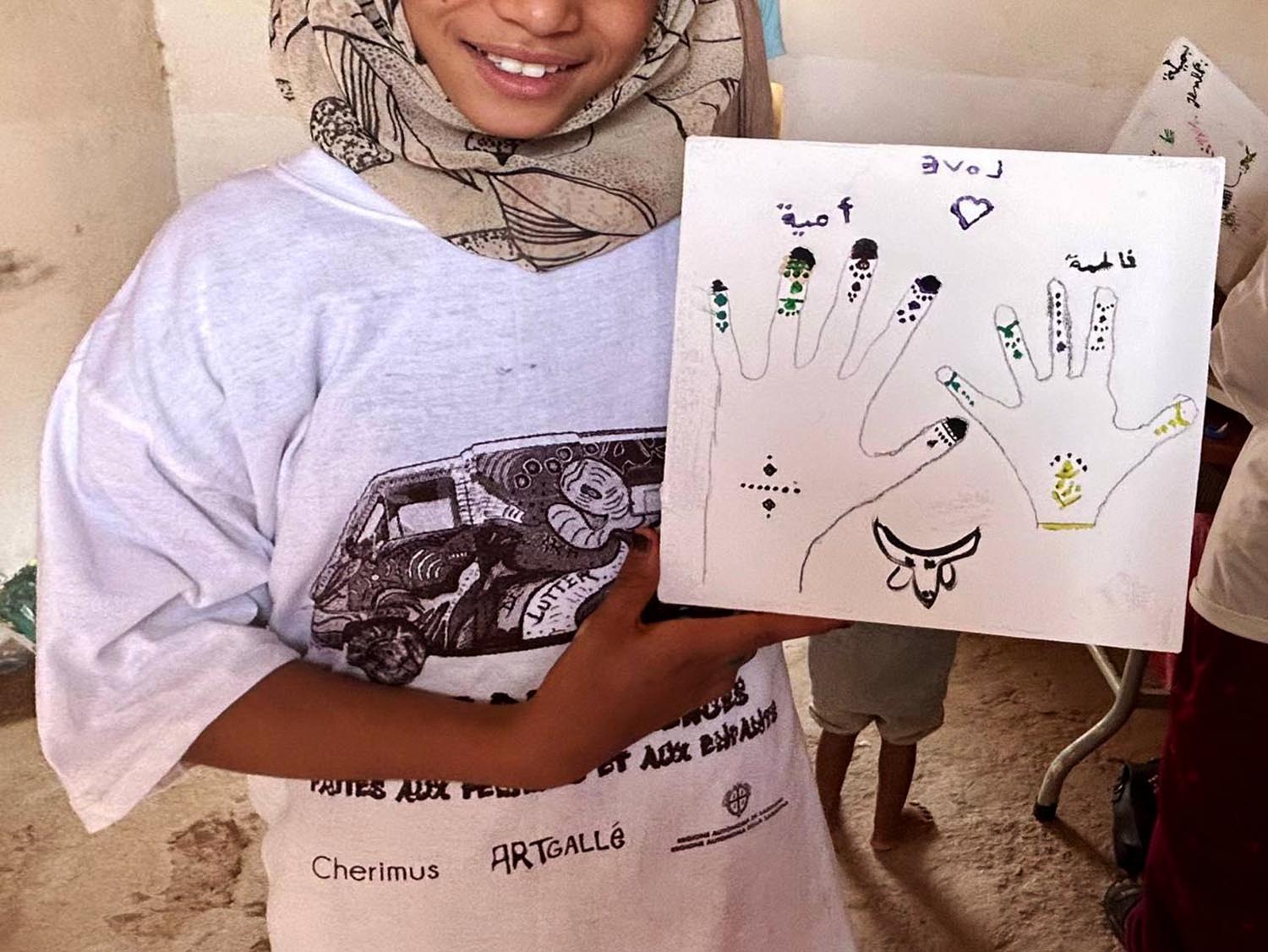
July 3, 2023, Ouadane
Bench-making workshop
In Ouadane, the evening brings relief from the high temperatures of the day. In an open space in the village, the elderly meet every day, sitting on the floor on traditional carpets, to chat, drink tea and play checkers, while the children run around. The dialogue between Zaida Bilal and Amy Sow gave rise to the idea of building, coloring and installing three benches, which will make that space more comfortable, especially for the elderly. During the workshops, Cherimus and ArtGallé were able to discuss the methods adopted during the project and the children had the opportunity to experiment with painting, and to touch the colours, if only for once in their lives, as Amy tells us.
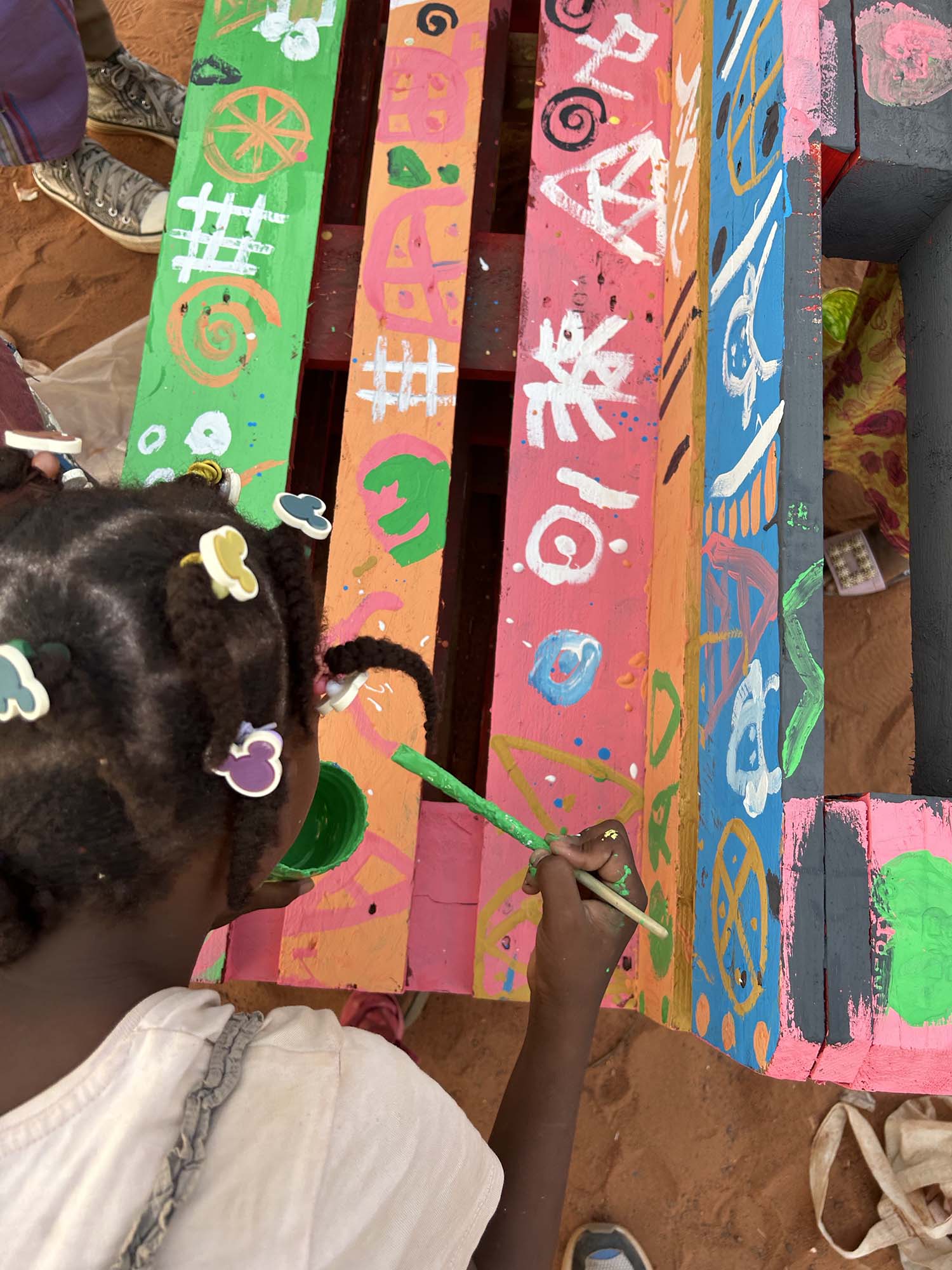
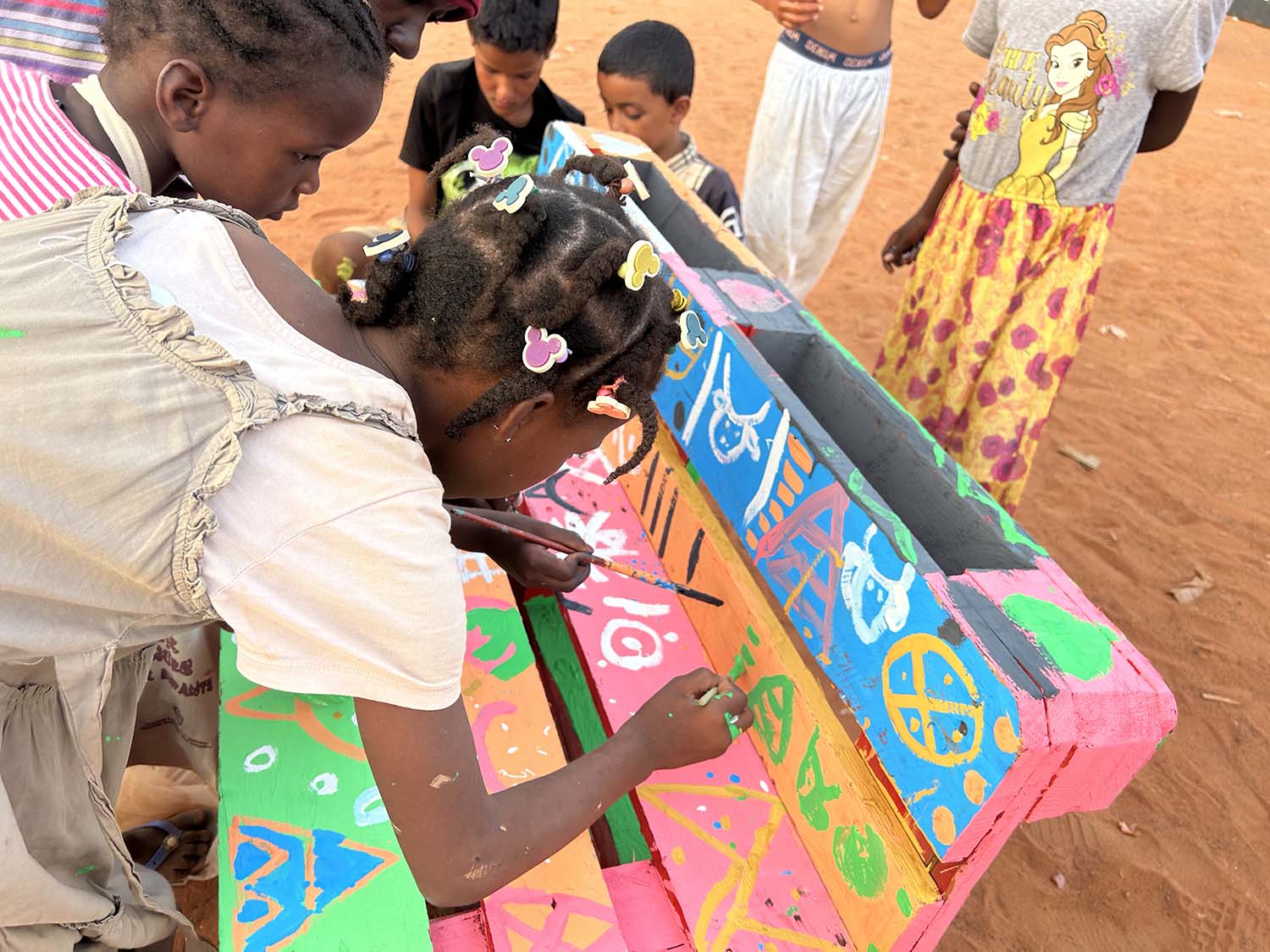
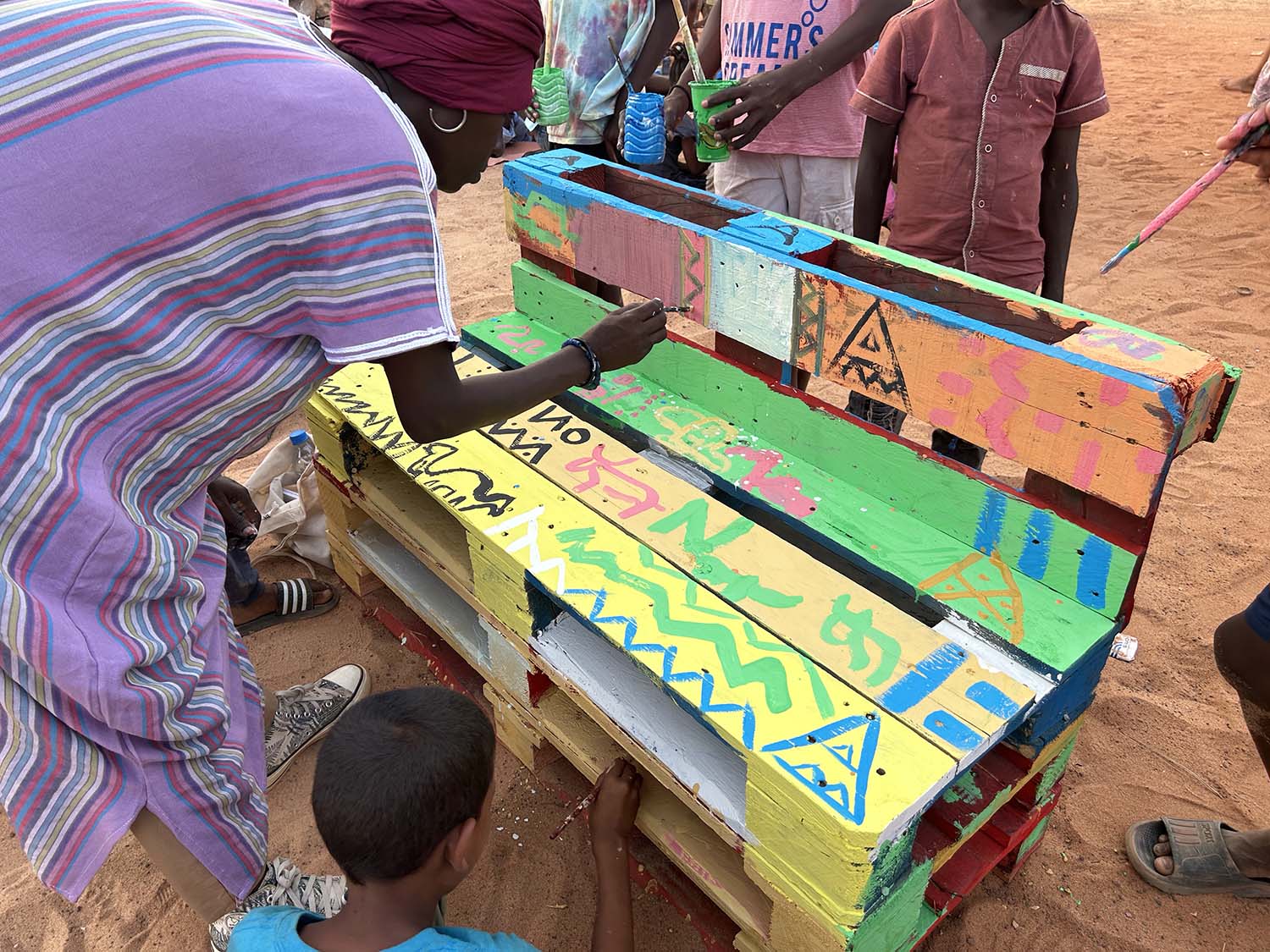
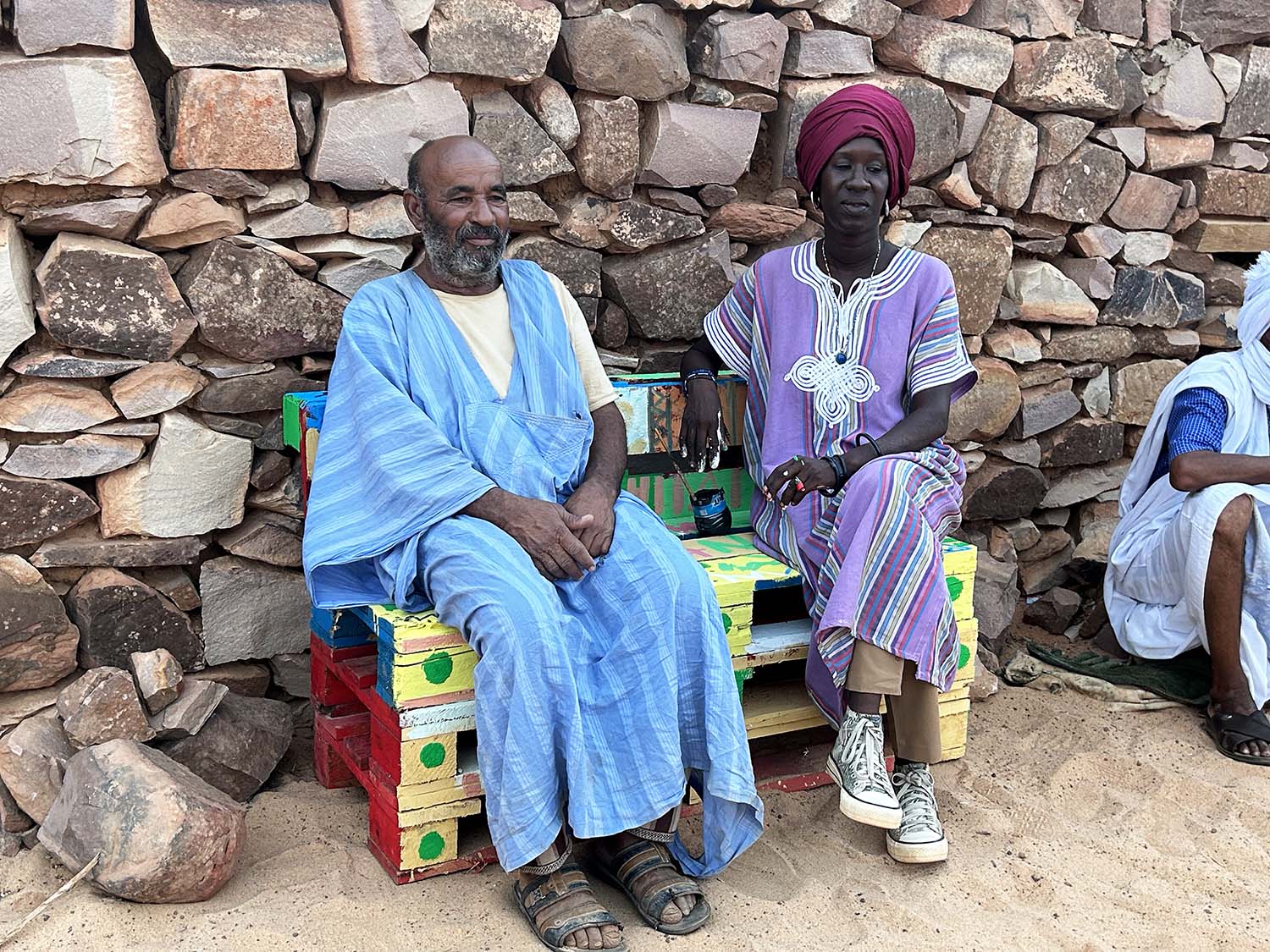
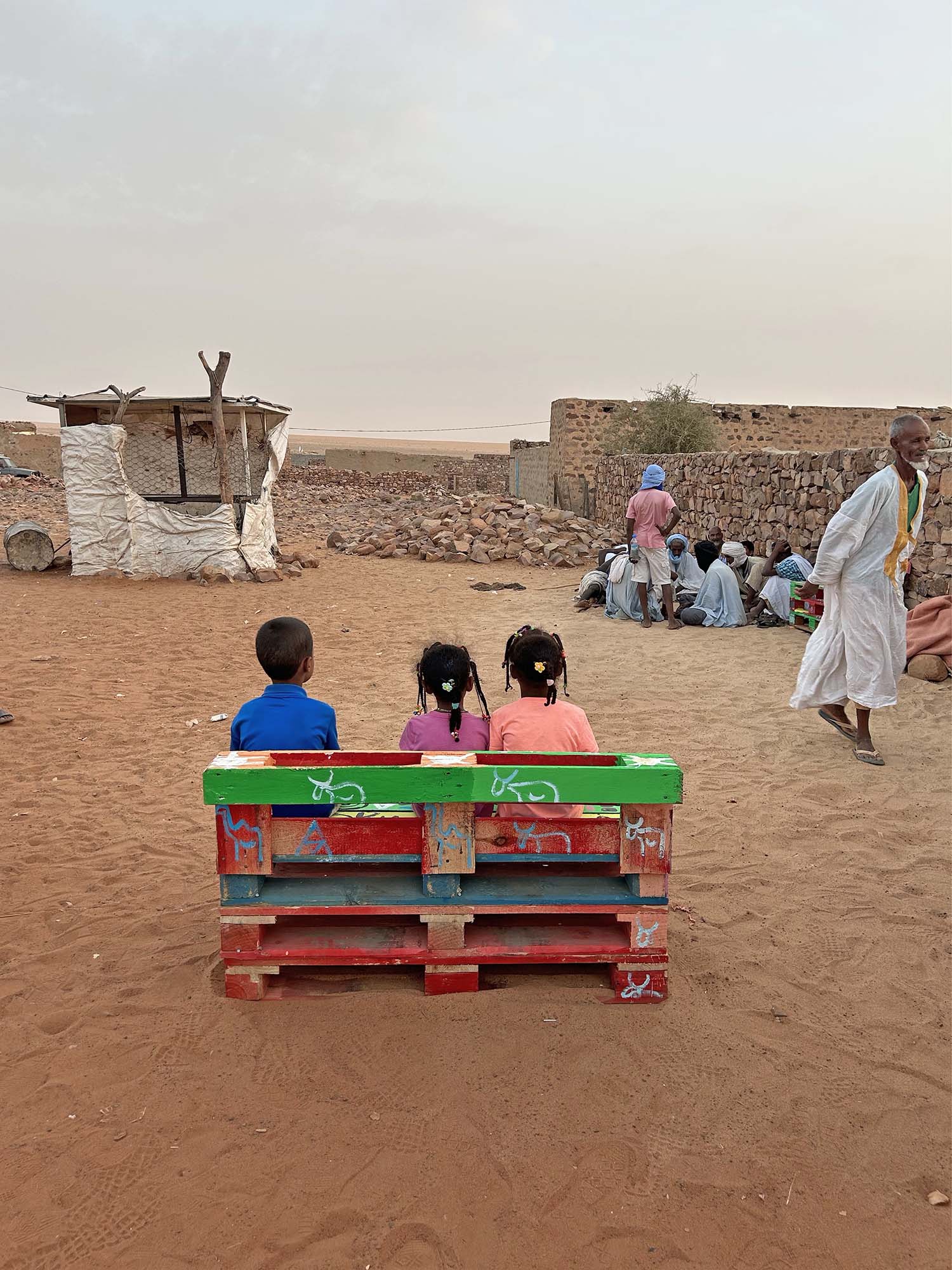
July 2-3-4-5, 2023, Auberge Vasque Chez Zaida, Oudane
“No one gives you freedom, you have to take it,” says Zaida Bilal our partner in Ouadane.
This is how, in spite of many challenges, she centered herself and transformed her life and that of her community: starting from scratch, alone, she managed to build her hotel Auberge Vasque Chez Zaida in Ouadane. The space is more than simply a hotel: it is also a cultural and meeting center. Zaida takes guests and artists to the desert in her pickup truck and promotes a new economic and social model, pushing for the empowerment of local women and fighting against their exploitation.
In the photos, Zaida guides us -her guests from Cherimus and ArtGallé -to the “Eye of the Desert” and explains to us the geography of this impressive natural monument.
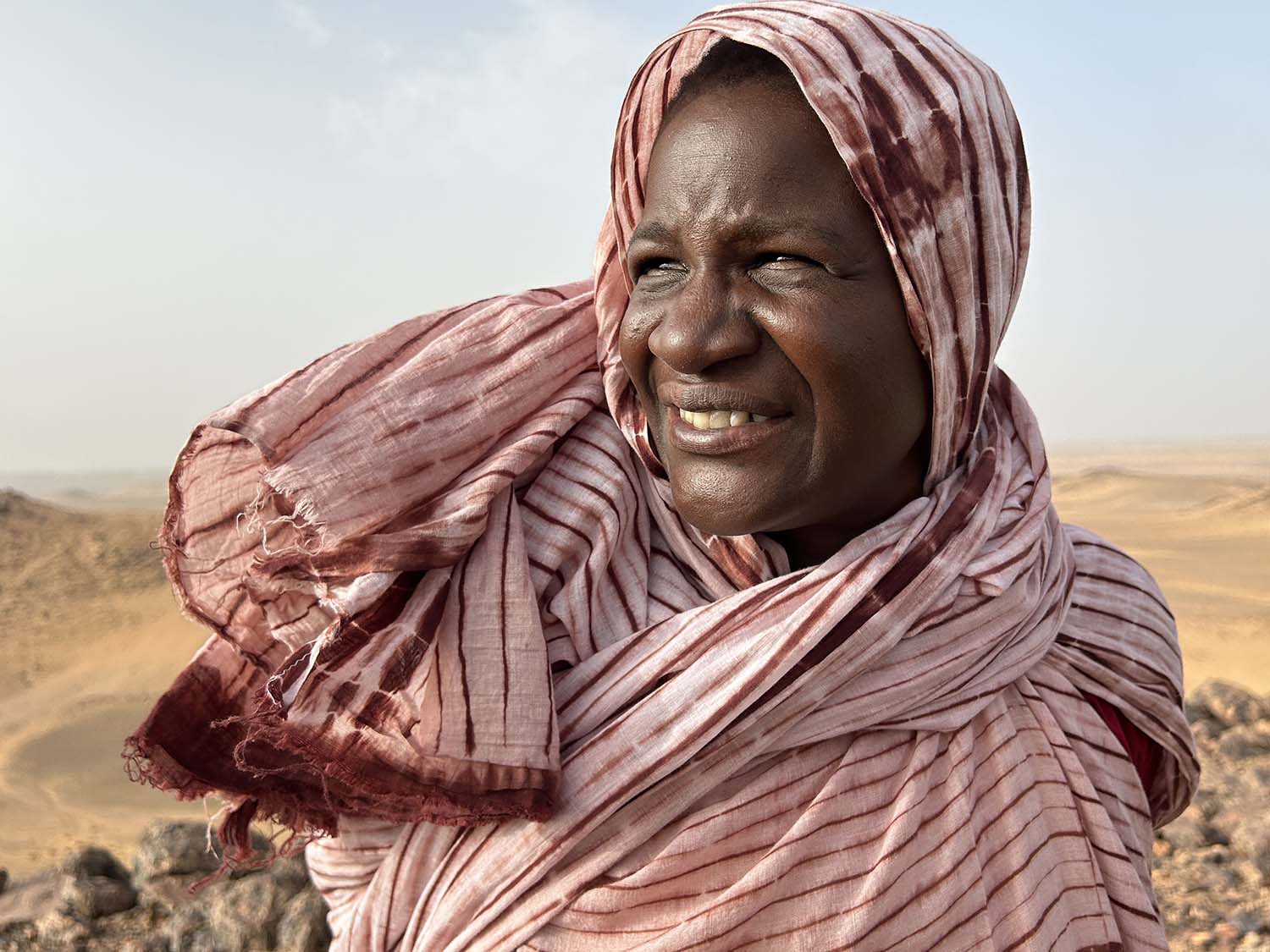
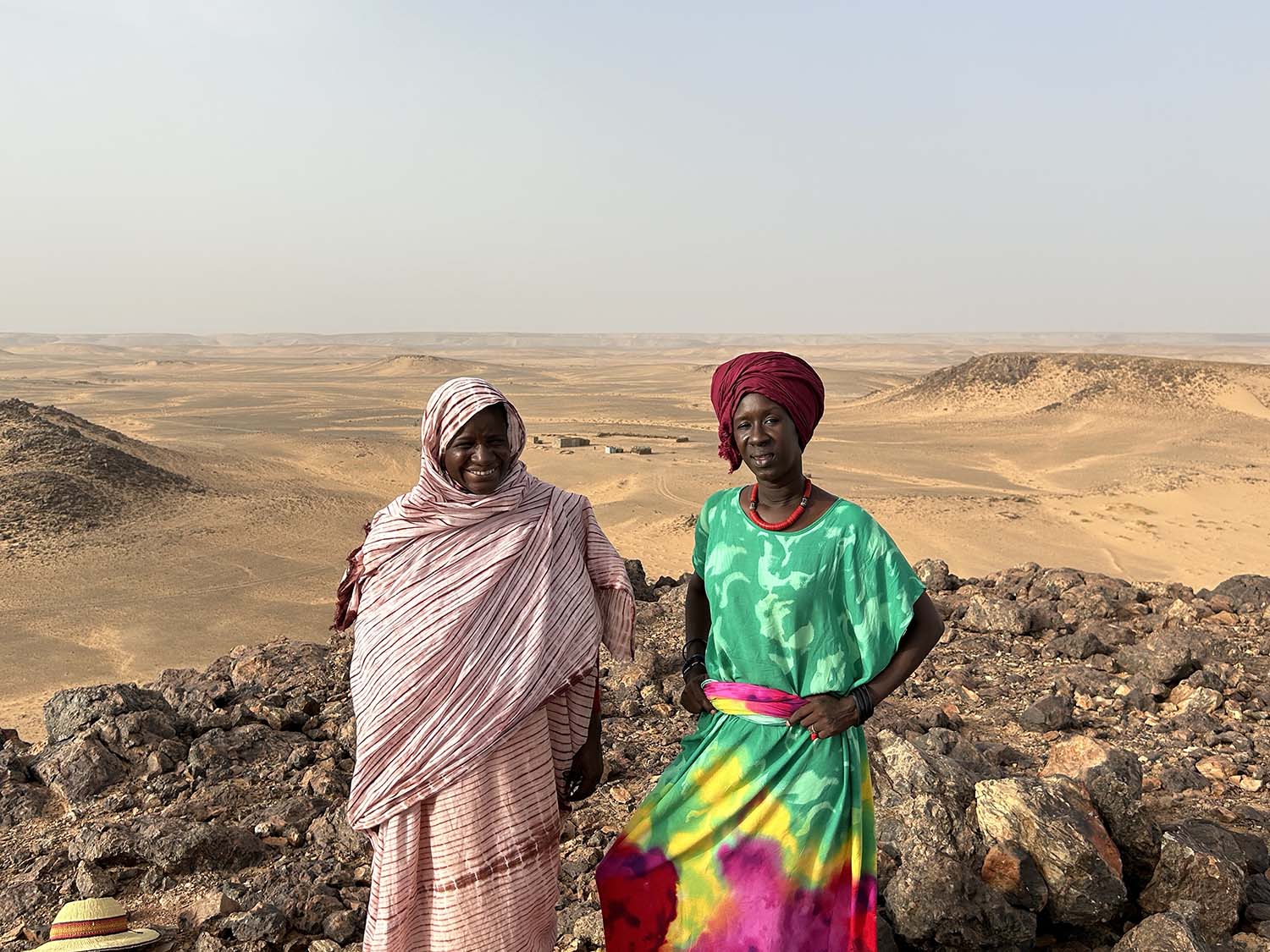

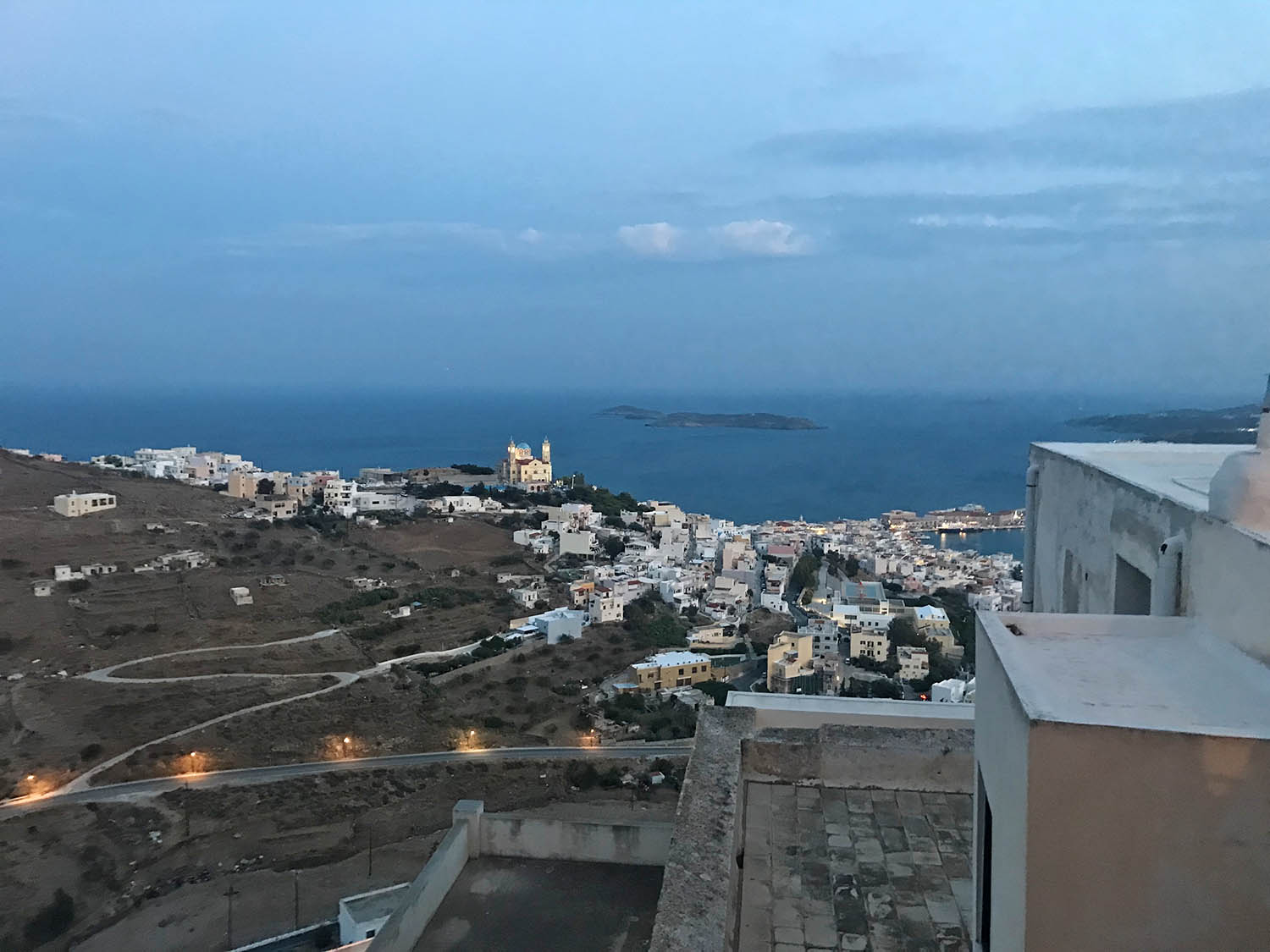

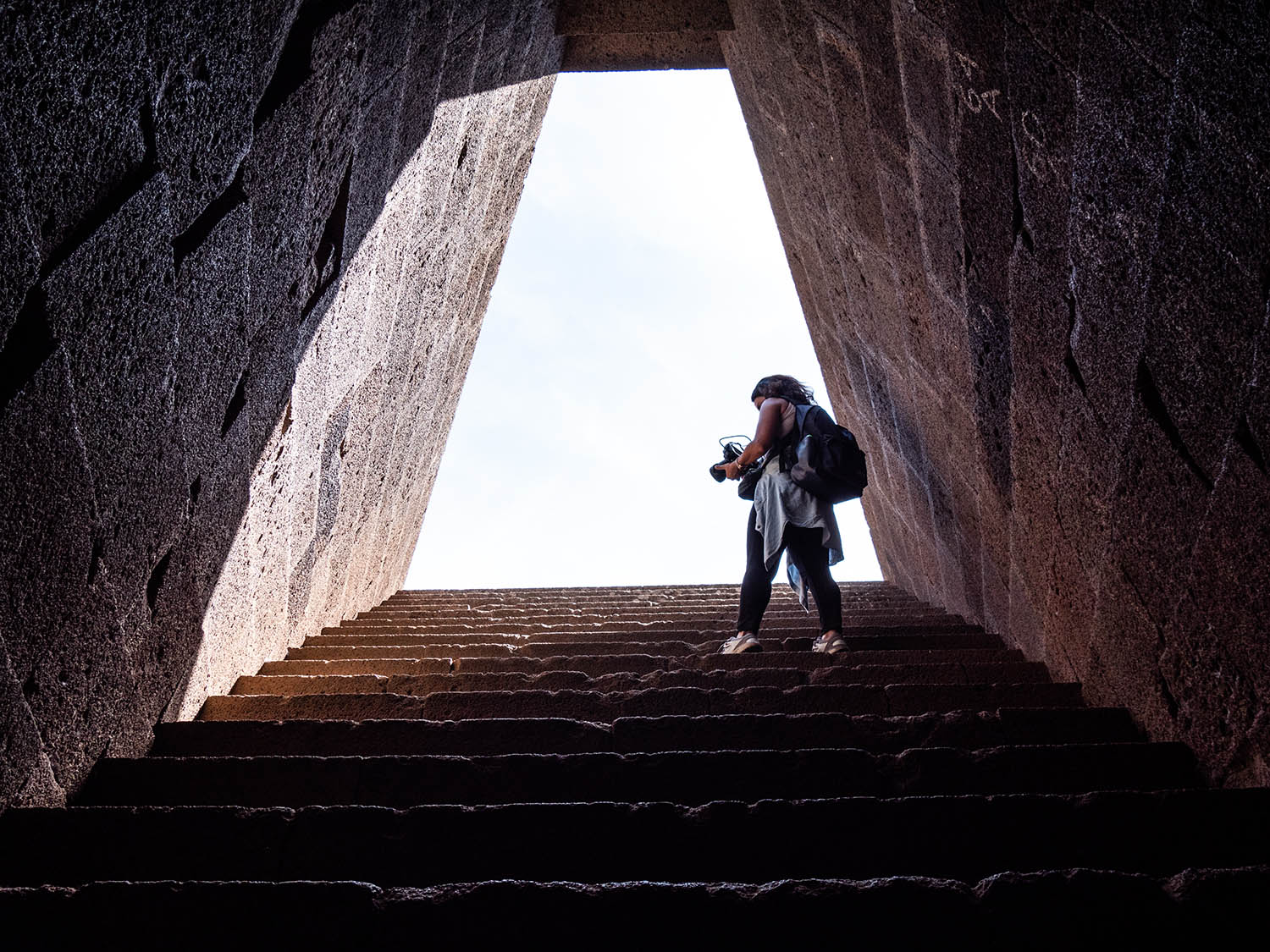
“Untraced Passages” è il titolo del primo ciclo di residenze del progetto Communities Between Islands.
Gli artisti del primo ciclo sono stati selezionati da Archipelago Network e hanno viaggiato tra Corsica e Sardegna concludendo il loro percorso a Syros nel mese di settembre 2023.
Elke Marhöfer, con il progetto ‘Exploring resilience: revisiting practices of wilderness’ (‘Esplorare la resilienza: una rilettura delle pratiche della natura’), si concentra su forme tradizionali di relazione all’ambiente per immaginare un futuro post energie fossili.
Con il lavoro ‘Resonant Rehearsal’ (Ripetizioni risonanti) Latent Community esplora gli effetti dell’inquinamento e delle attività delle industrie turistiche, militari e marittime sugli equilibri sociali ed ecologici delle tre isole.
Marianne Fahmy, con il film Laws of the Ruins (Le leggi delle rovine) sviluppa una ricerca sulle strutture idriche locali, antiche e moderne, come espressione di più ampi cambiamenti sociali e politici.
Elke Marhöfer
Exploring Resilience. Revisiting Practices of Wilderness
Rather than triggering dystopian feelings of shrinkage and fear in the face of a world without fossil fuels, Elke Marhofer aims to explore potentials of space for other-than-fossil-fuel perspectives. During her residency, the artist looks into a not-so-distant past, seeking to rediscover moments of indigenous and/or traditional ecological knowledge in consensus with the environments, such as chestnut culture in Corsica, the foraging of mushrooms and other edibles in Sardinia, and dry-wall farming in Syros. Working with local foragers, farmers, biologists and activists, the project aims to visit distinct vegetation zones on the islands with their variously disturbed environments, explore their current state of resilience and create awareness for the vulnerability of fragile environments.
Elke Marhofer studied Fine Art at SAIC Chicago and ISP Whitney Museum of American Art. Her work investigates ecological practices for human and nonhuman communities. She was awarded a PhD and Postdoc at Kyoto University, Japan. Her films were screened at the Flaherty NYC, Jeu de Paume Paris, Courtisane Ghent, Cinematek Brussels, Stockholm, Toronto & Tokyo, transmediale Berlin, BFI London, Berlinale Berlin, IFFR Rotterdam, Images Festival Toronto, Berlinische Galerie, Showroom London, Kyiv Biennale, Kaohsiung Taipei, Badischer Kunstverein, FCAC Shanghai, MFA Houston.
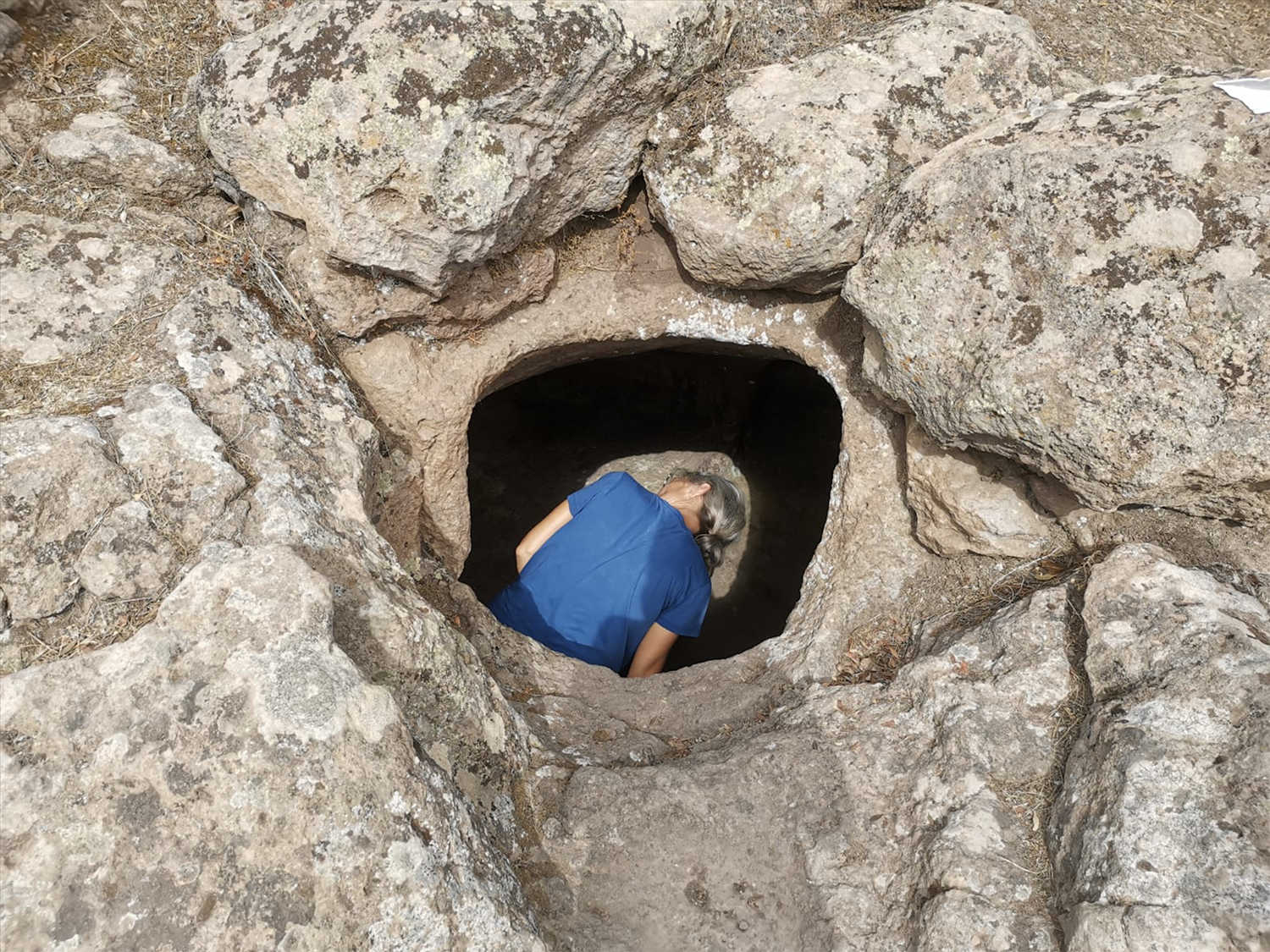
Elke Marhöfer durante una visita al sito prenuragico di Montessu, Villaperuccio
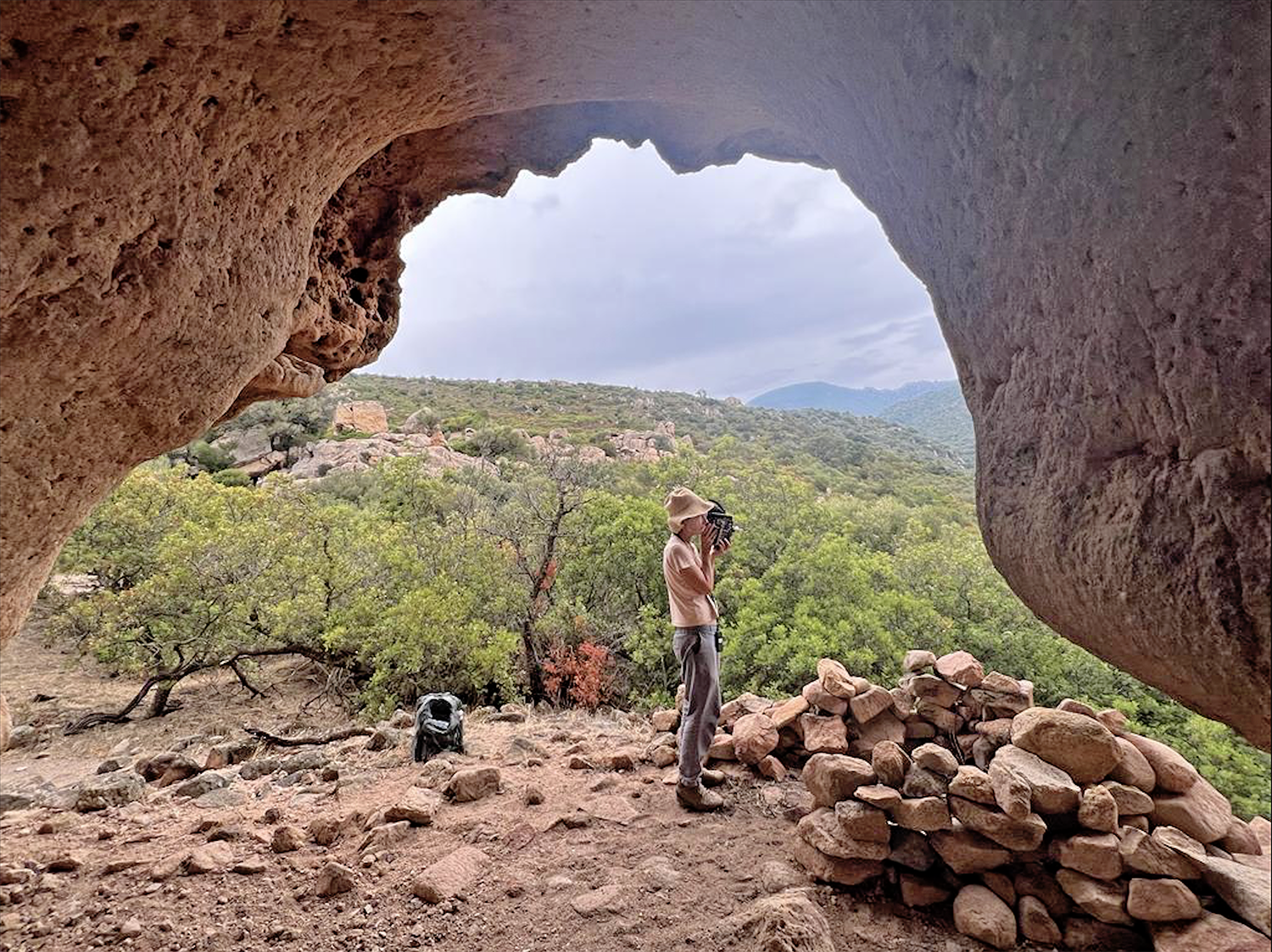
Elke Marhöfer mentre filma nei boschi del sito di Barrancu Mannu, Santadi
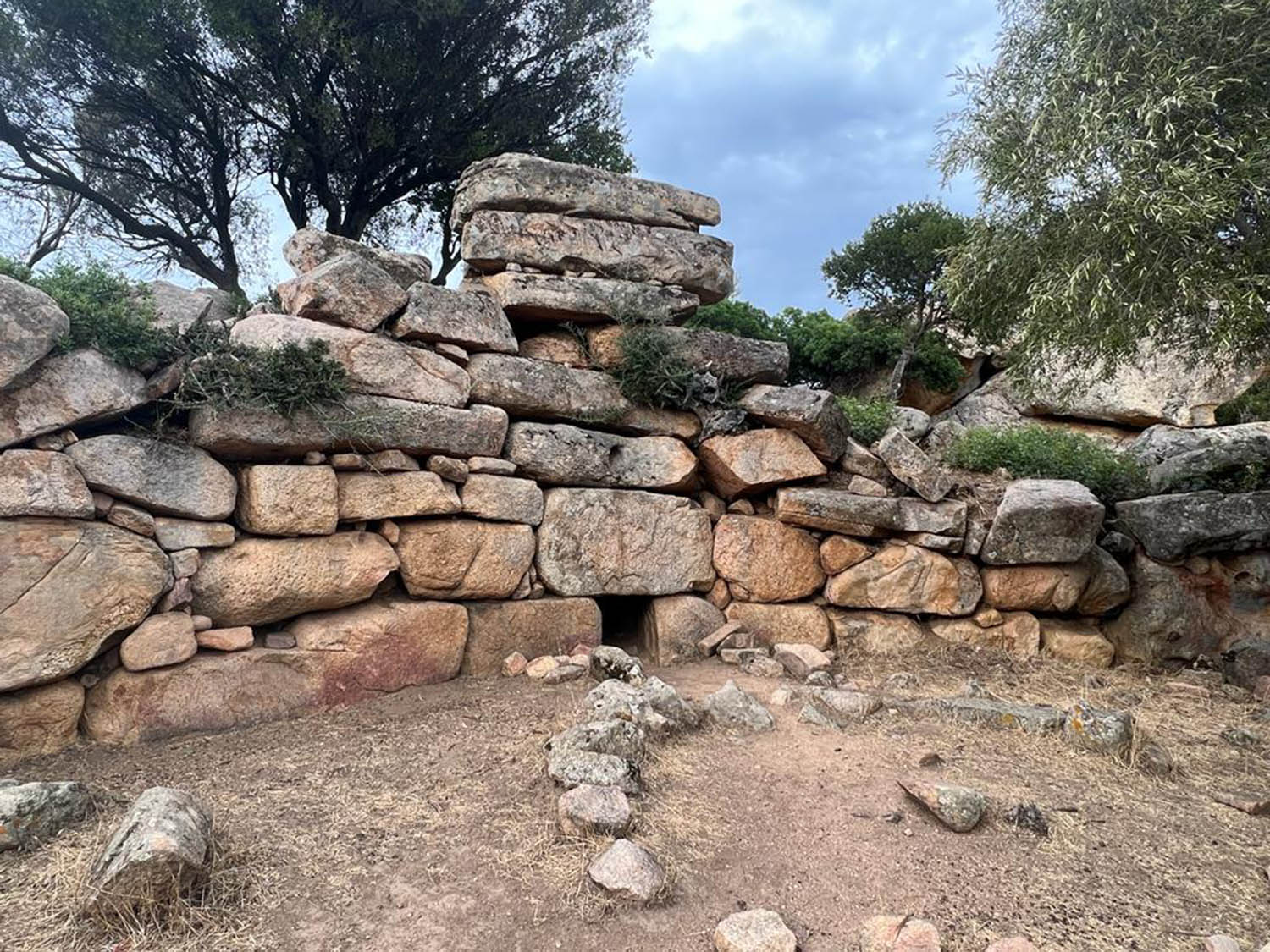
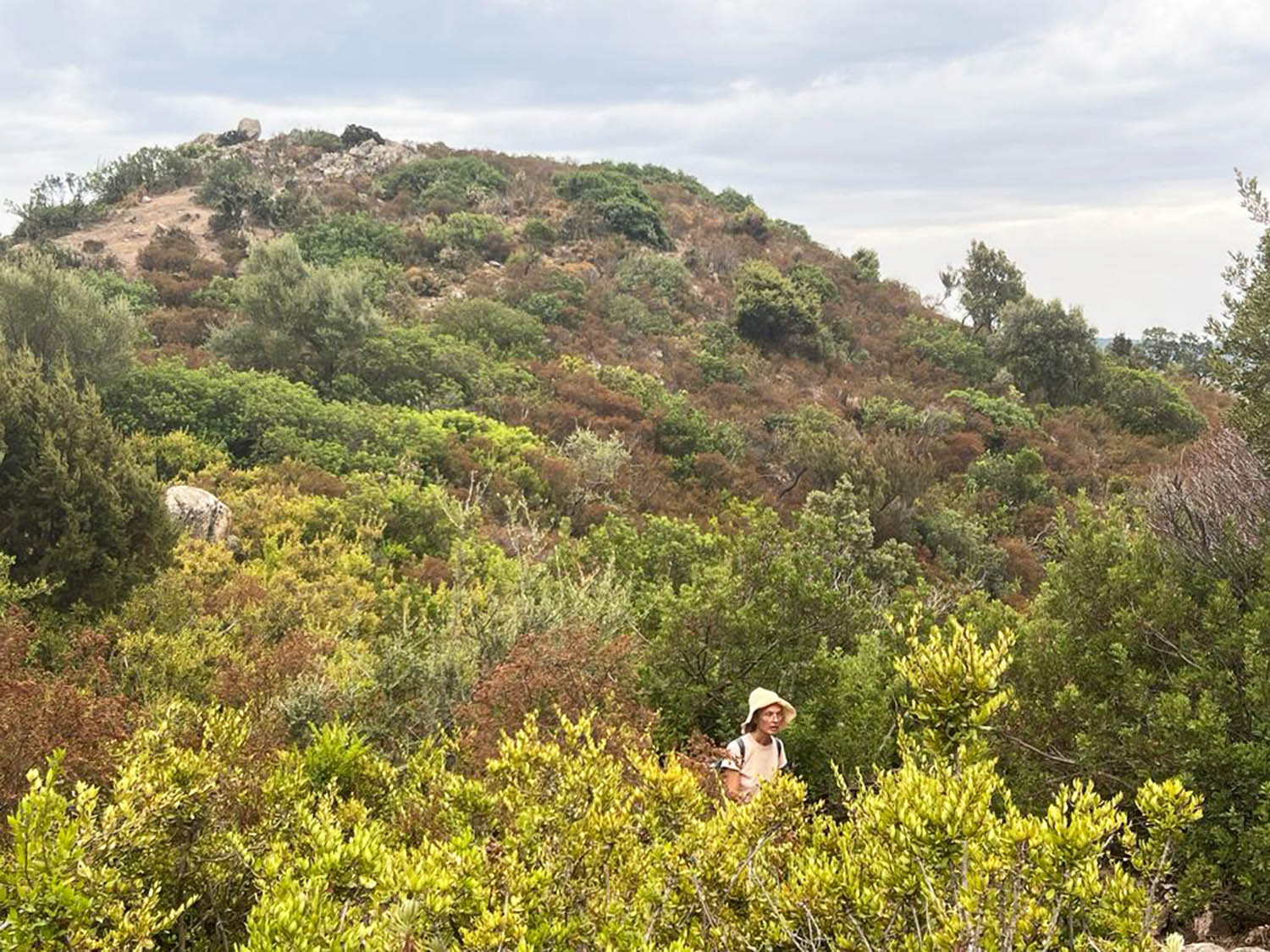
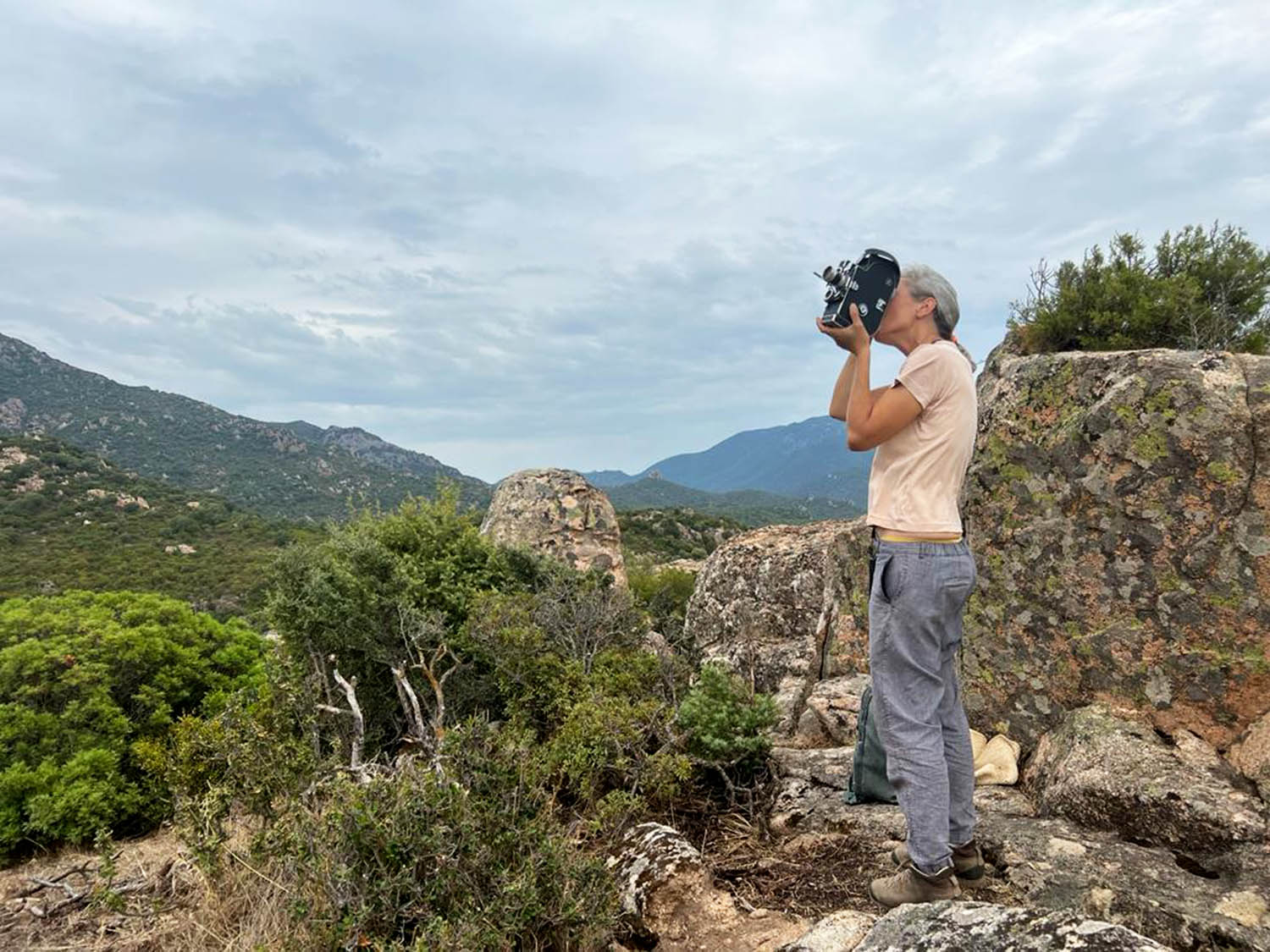
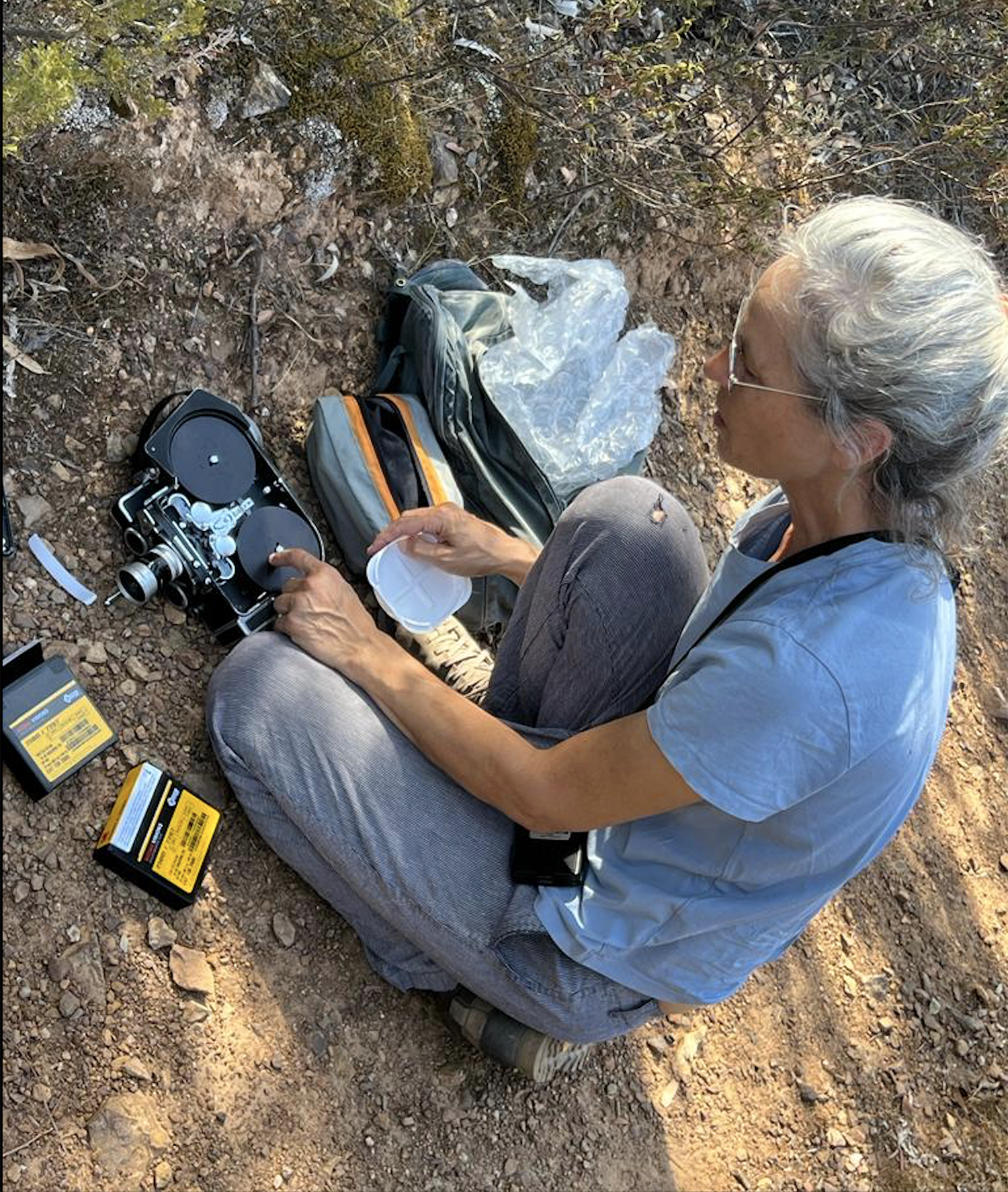
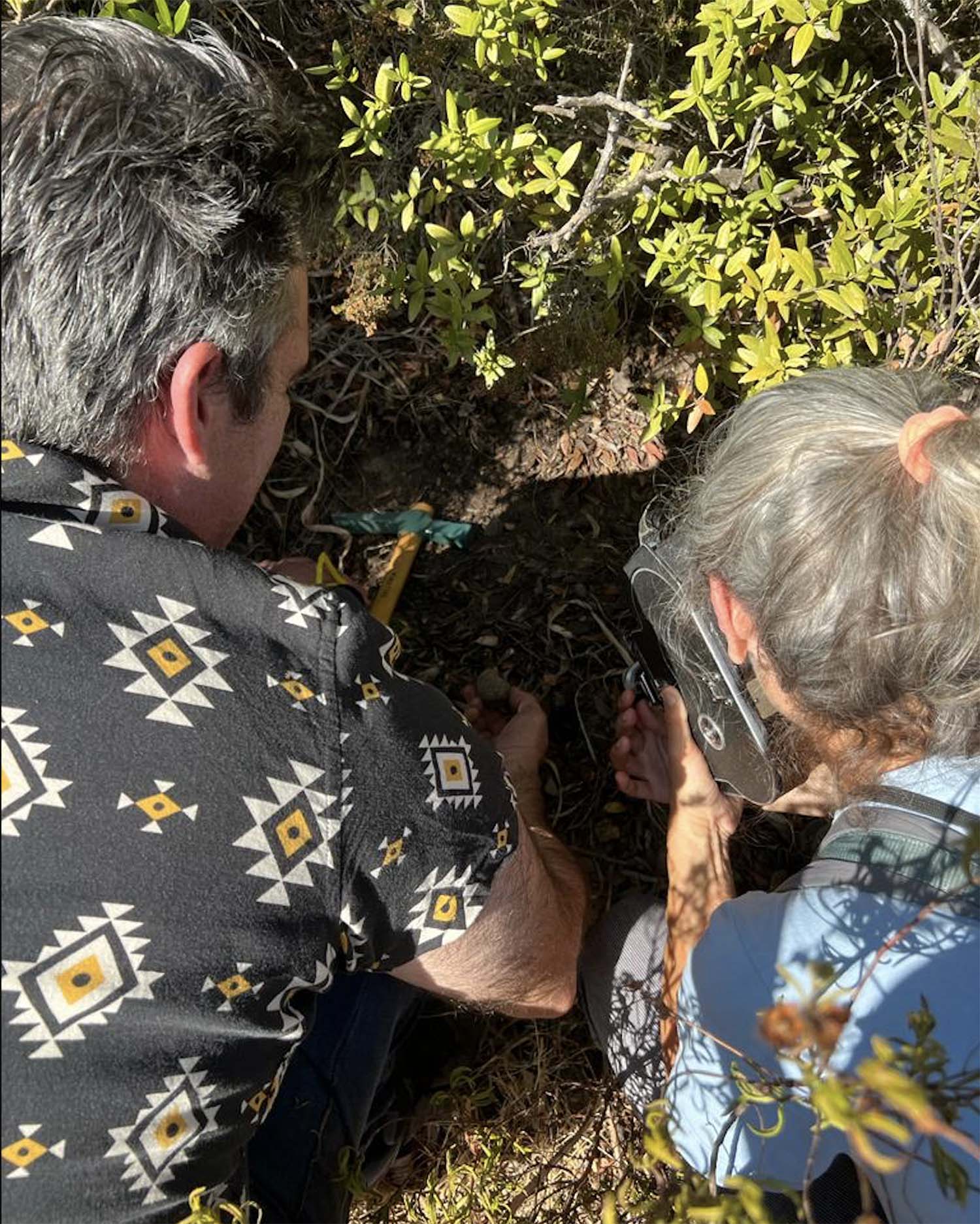
Alla ricerca dei tartufi insieme a Manuele Fanutza, gestore e cuoco del ristorante Letizia di Nuxis e fondatore dell’accademia di cucina “Letizia Food & Lab” nato con lo scopo di valorizzare le eccellenze enogastronomiche della Sardegna.
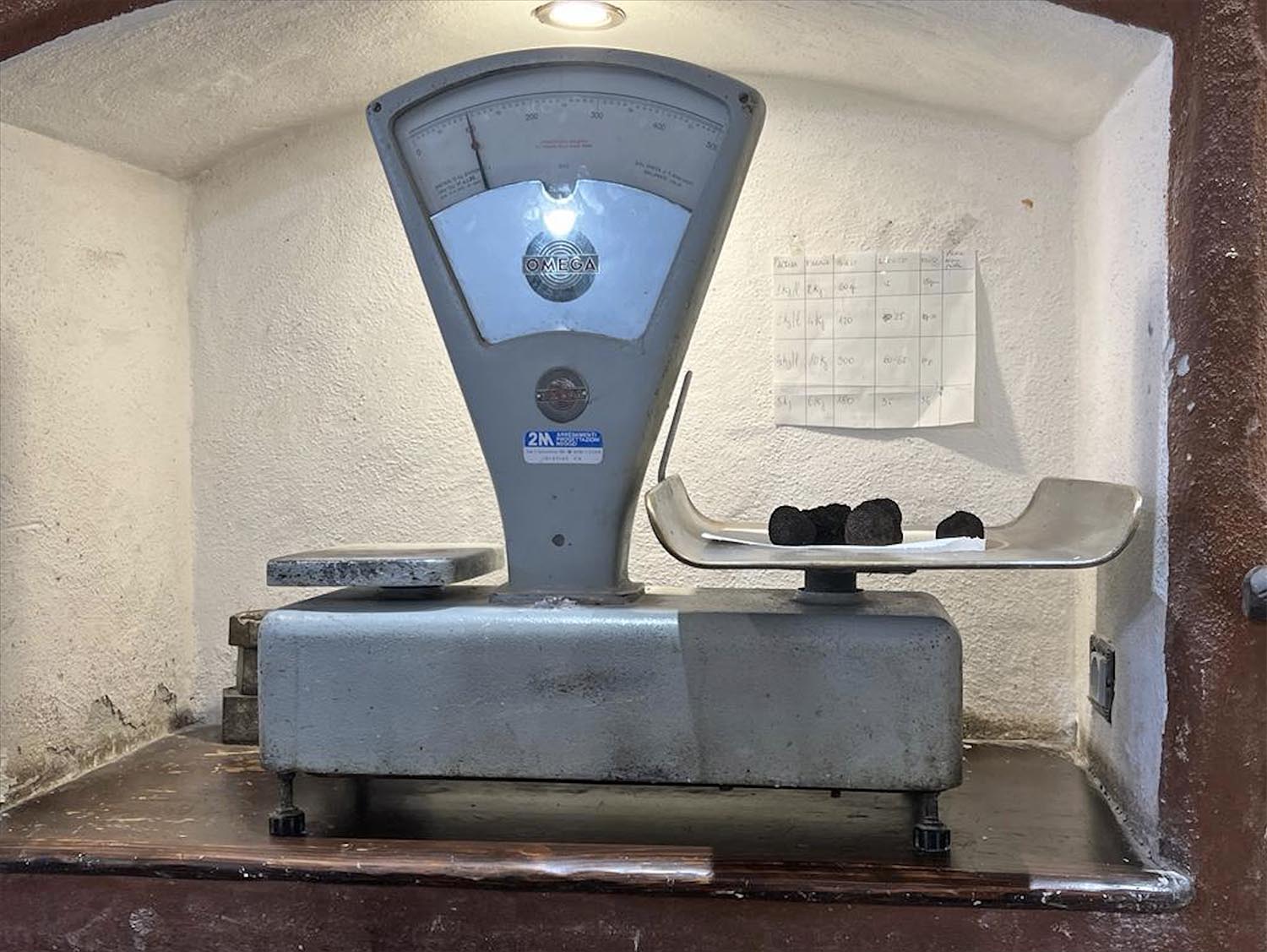
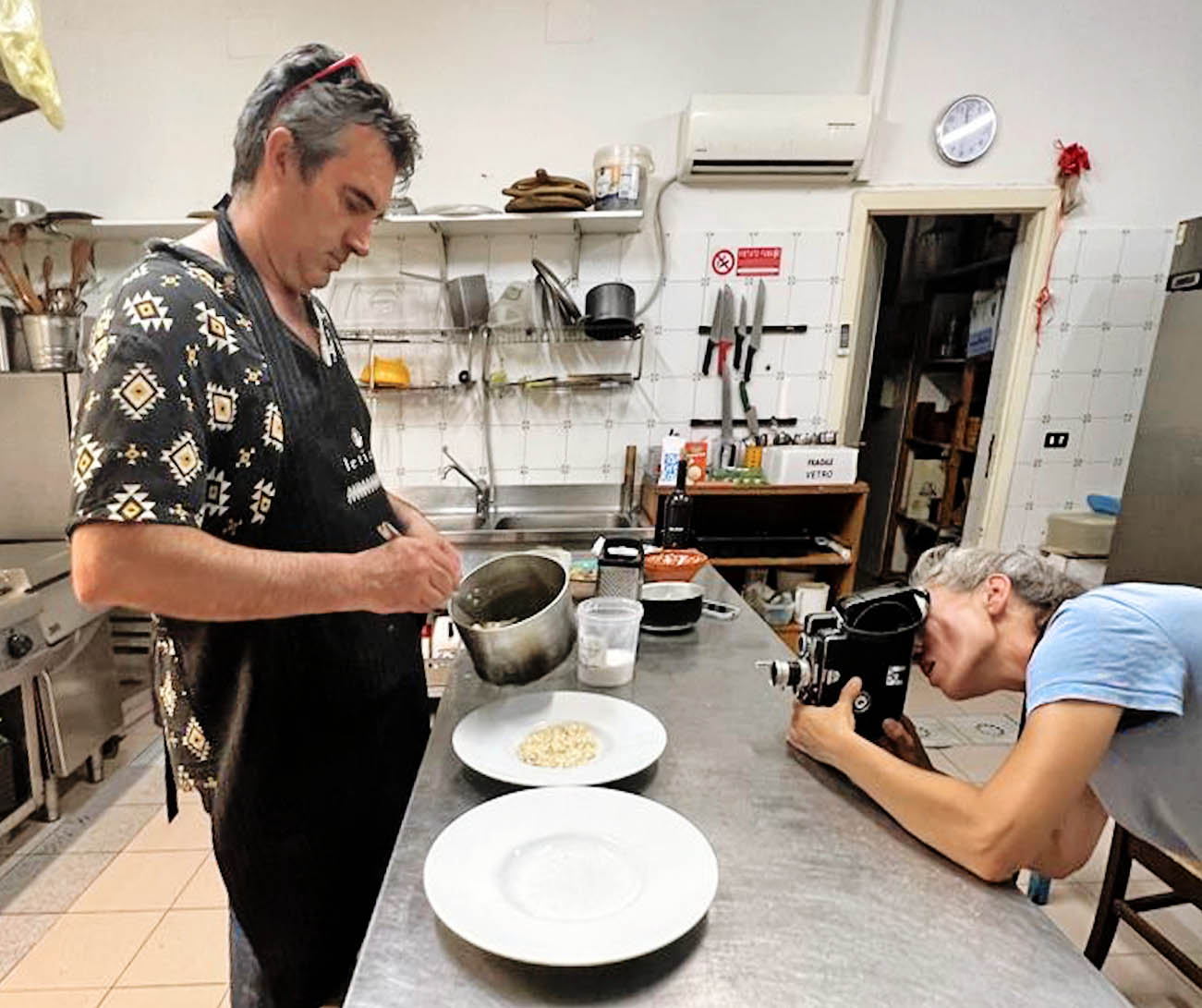
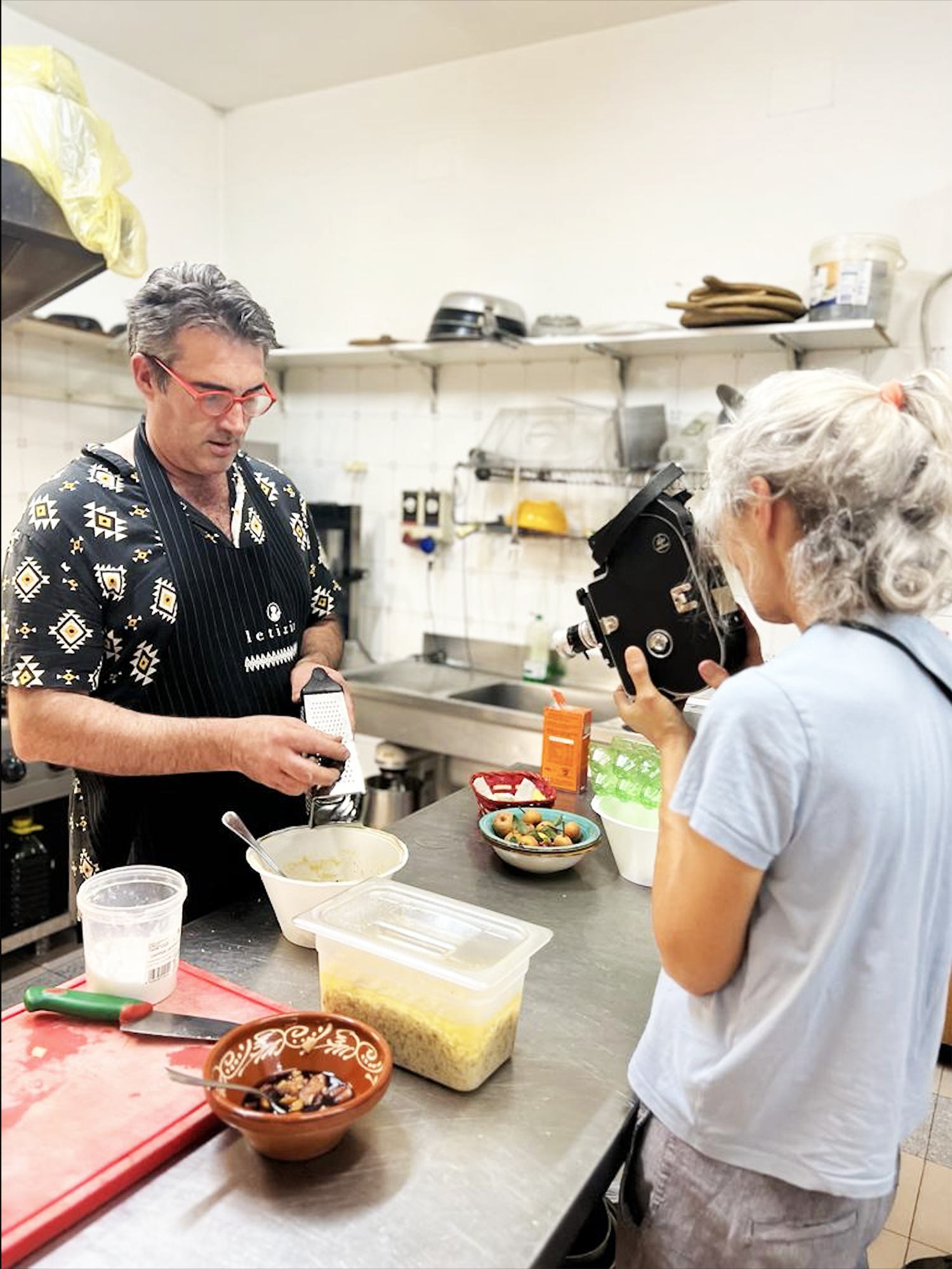
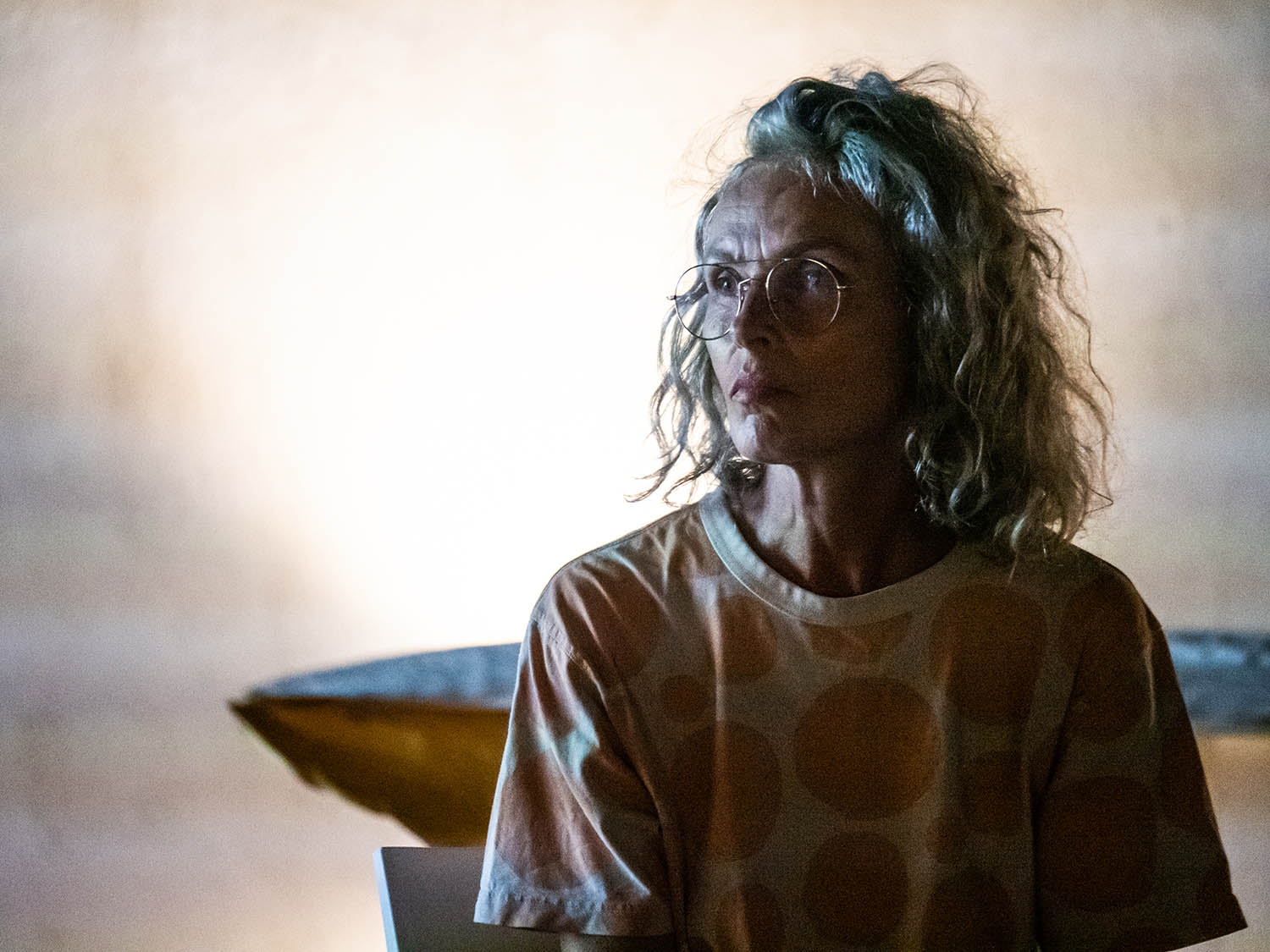
Presentazione del lavoro di Elke Marhöfer al MACC di Calasetta
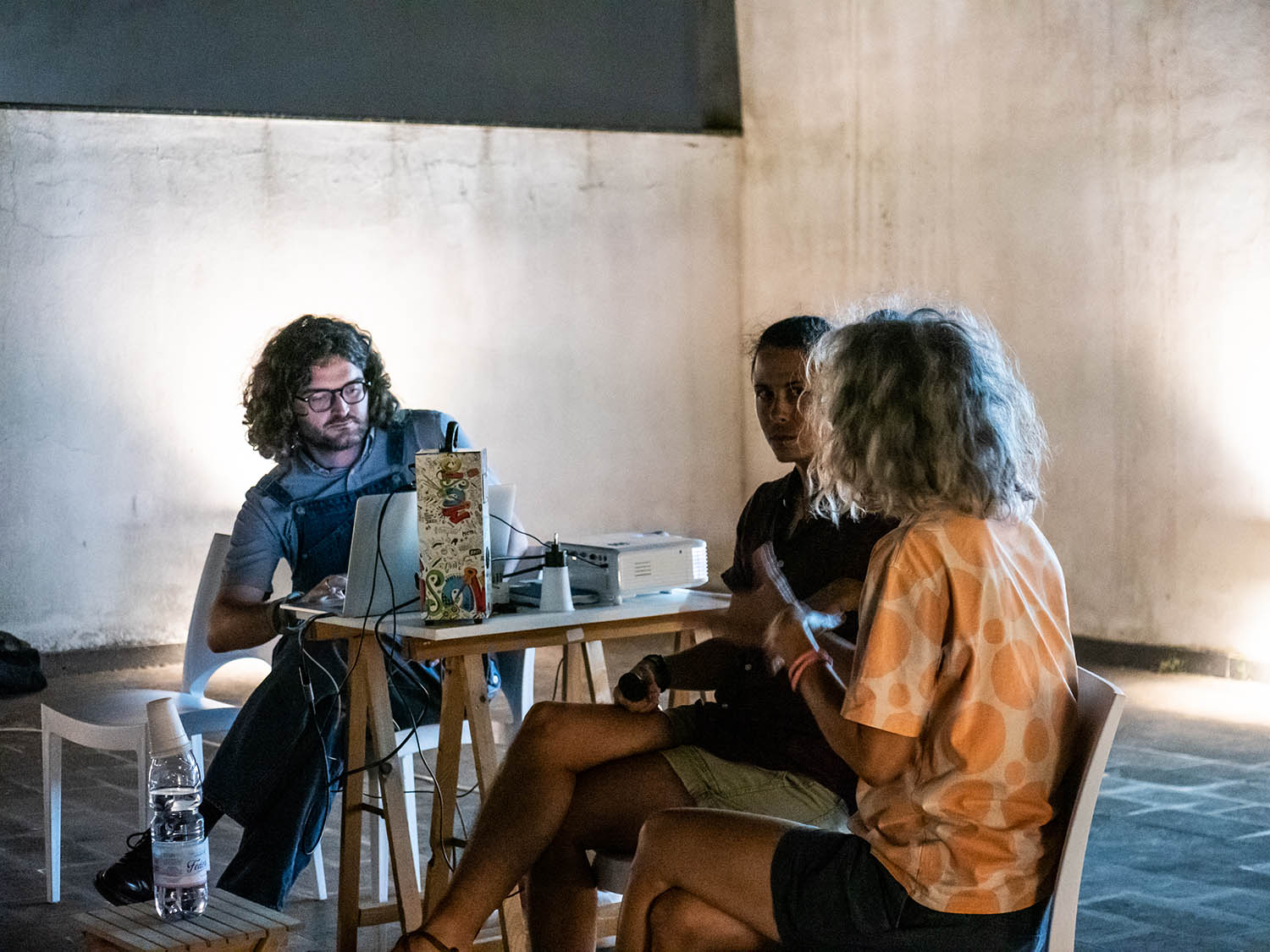
Latent Community
Resonant Rehearsals
On all three islands Latent Community engage in extensive fieldwork and collaboration with local communities, environmental activists, and scientists focusing on how pollution and activities of the tourist, military and maritime industries affect social and ecological equilibriums in unpredictable ways. By listening to diverse voices and rendering images of damaged environments, they aim to map the polyphony of the liquid connections between Corsica, Sardinia and Syros. Their approach lies in repurposing military-developed sonic and image capturing technologies from extractivist surveillance devices into artistic tools for active stewardship and protection of endangered ecosystems and communities.
Latent Community is the interdisciplinary artist duo by visual artists and filmmakers Sotiris Tsiganos and Ionian Bisai. They work with the moving image in research-based projects as a tool to explore issues of social, political and ecological justice. Their interdisciplinary practice integrates extensive fieldwork with relational strategies and performative sequences as means to render forgotten memories, to amplify unheard voices and to explore overlooked ecosystems. Their work has been presented in various forums, including the Athens Biennale (2017), Documenta 14 – Public Programs (2017), Thessaloniki Documentary Festival (2020), Mediterranea 19 (2021), 23rd Sydney Biennale (2022).
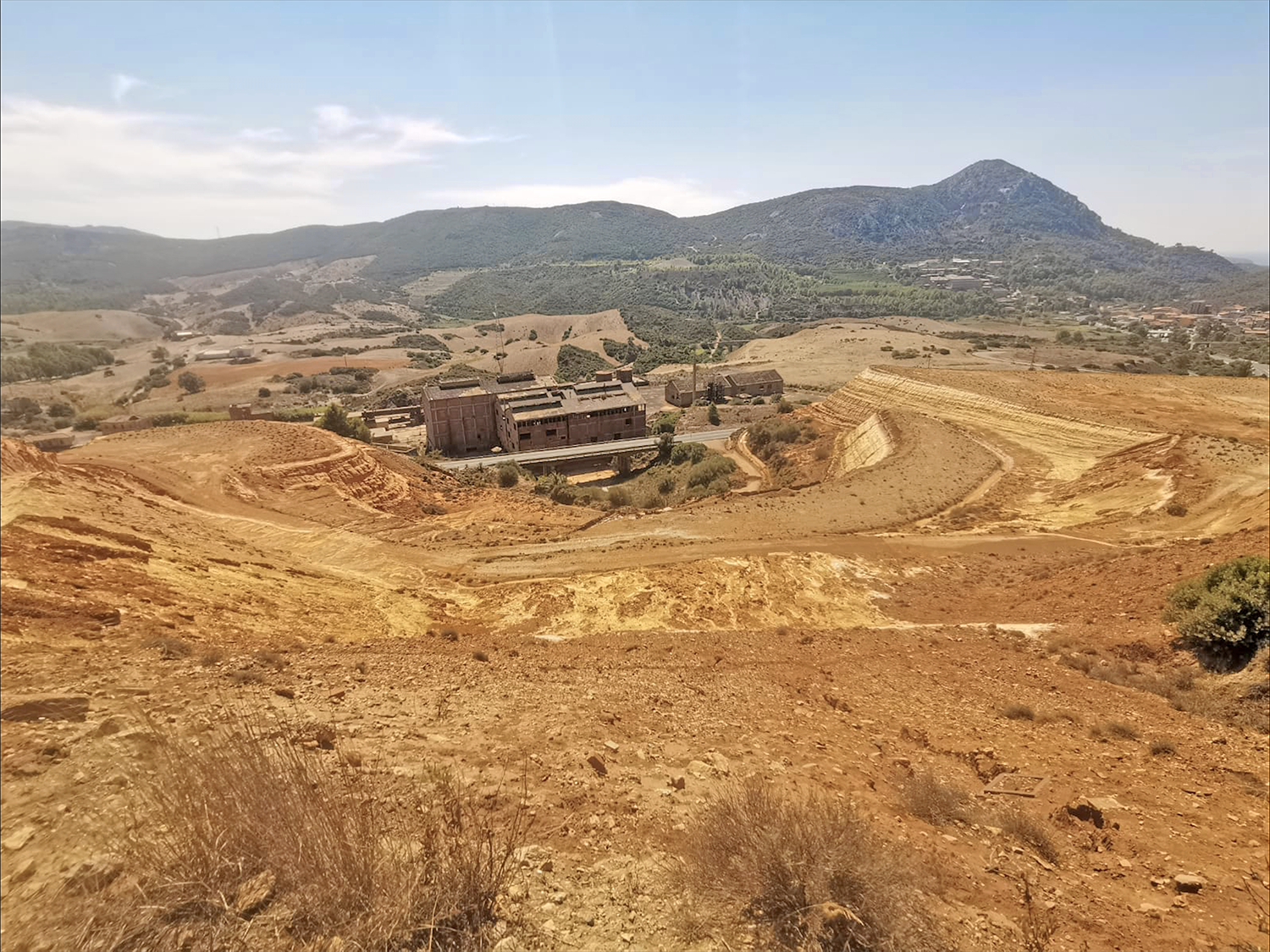
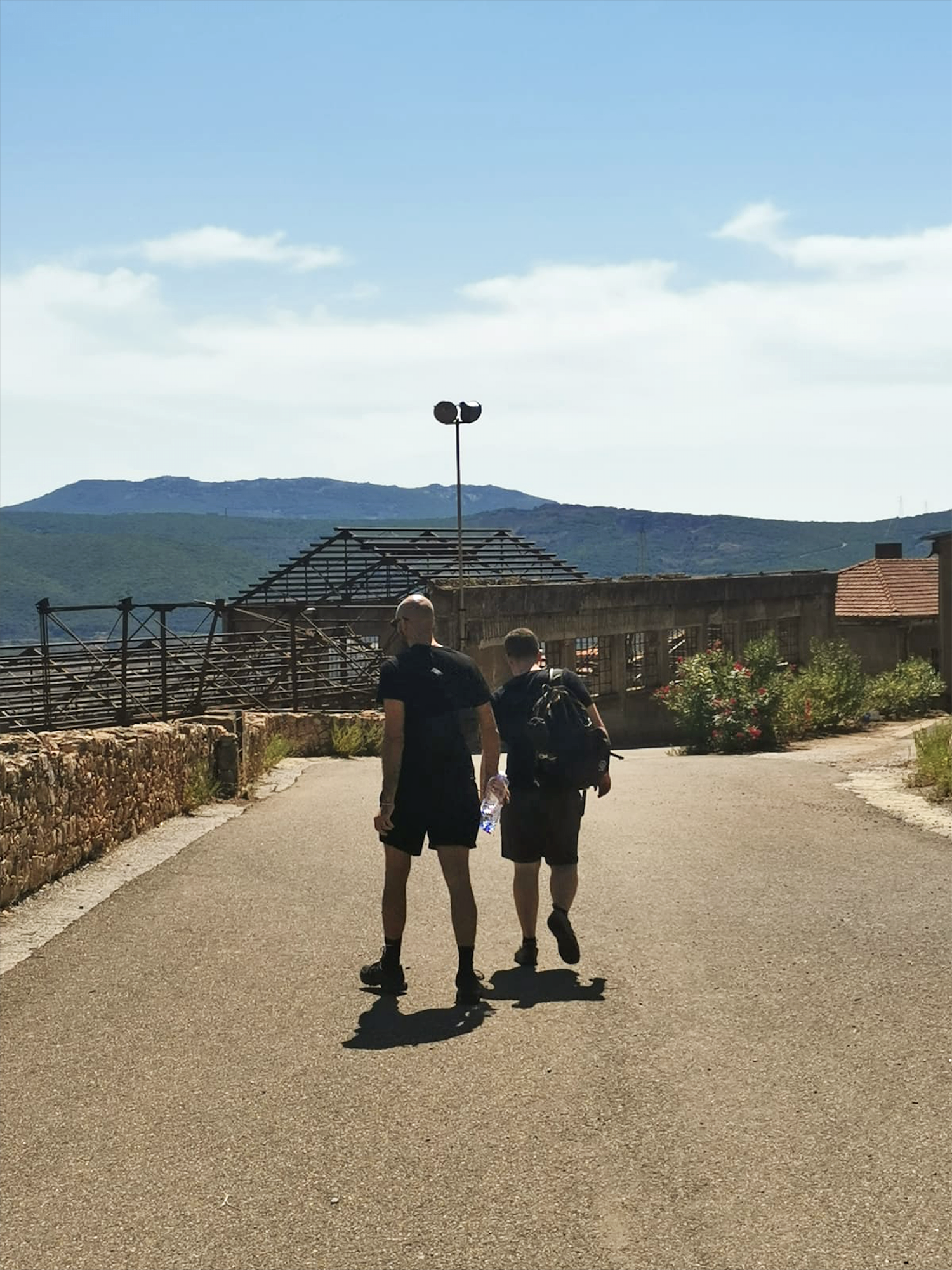
Sotiris Tsiganos e Ionian Bisai di Latent Community esplorano il sito di Monteponi, Iglesias
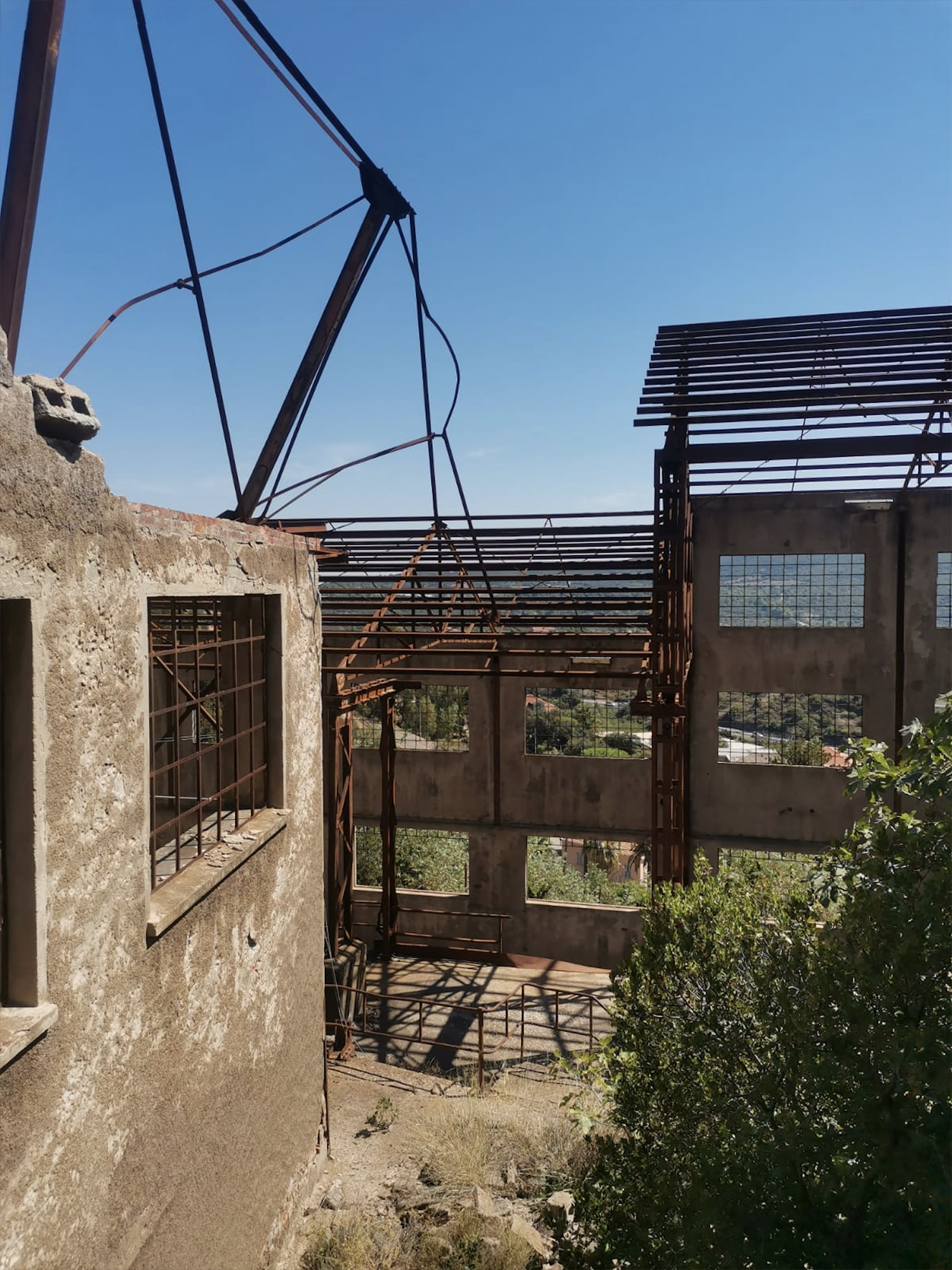
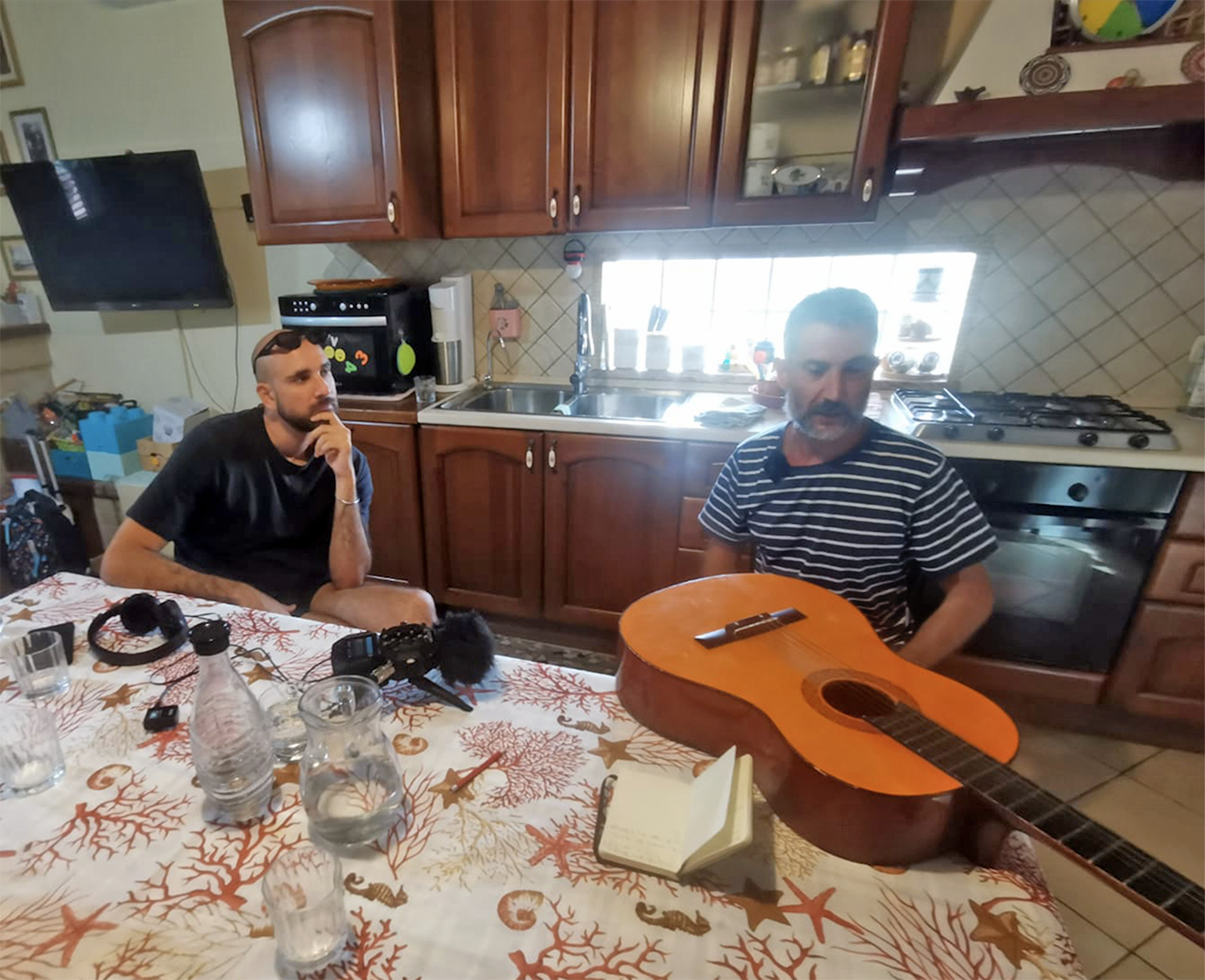
Sotiris Tsiganos incontra l’ingegnere e poeta improvvisatore Francesco Capuzzi
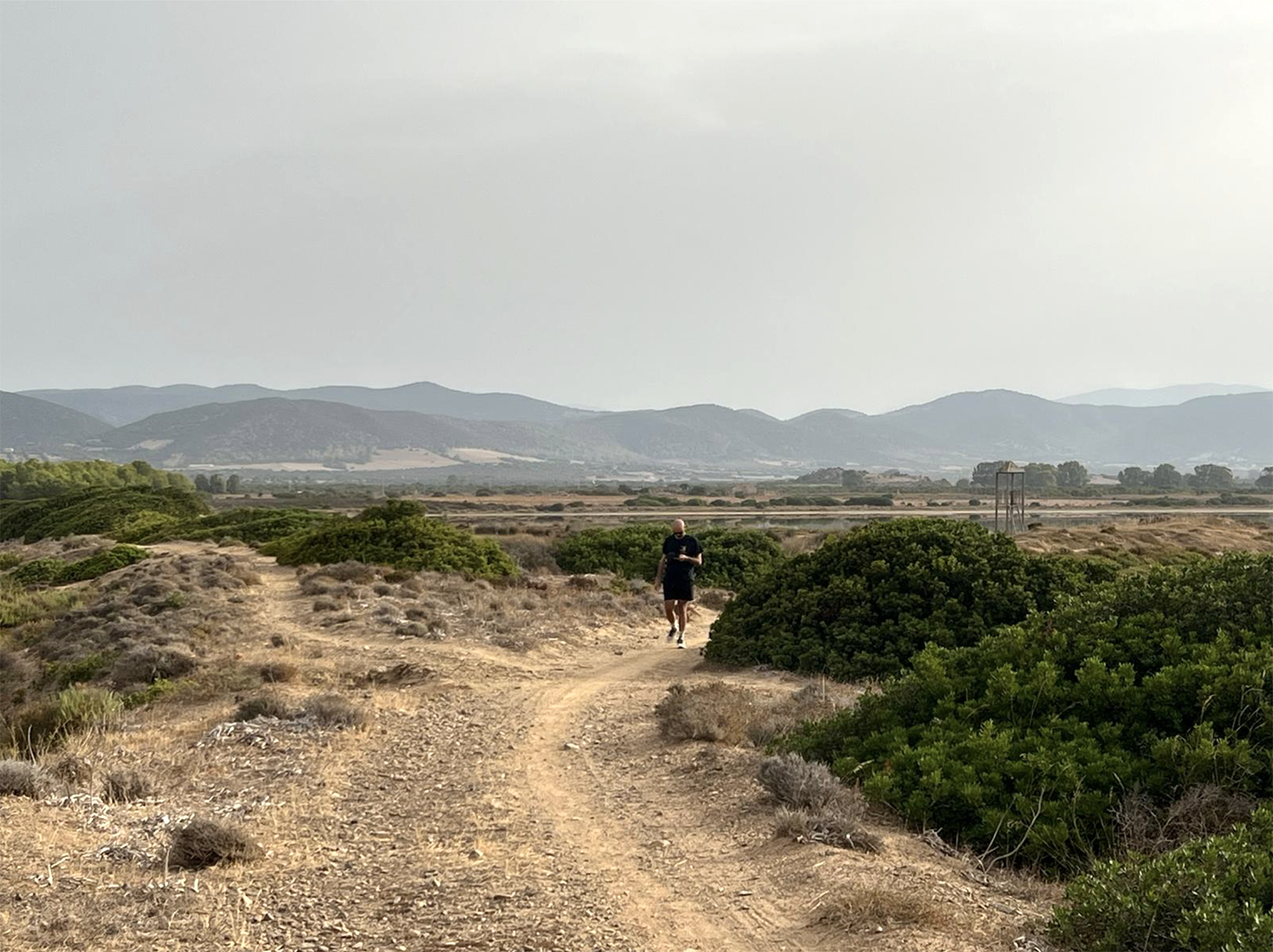
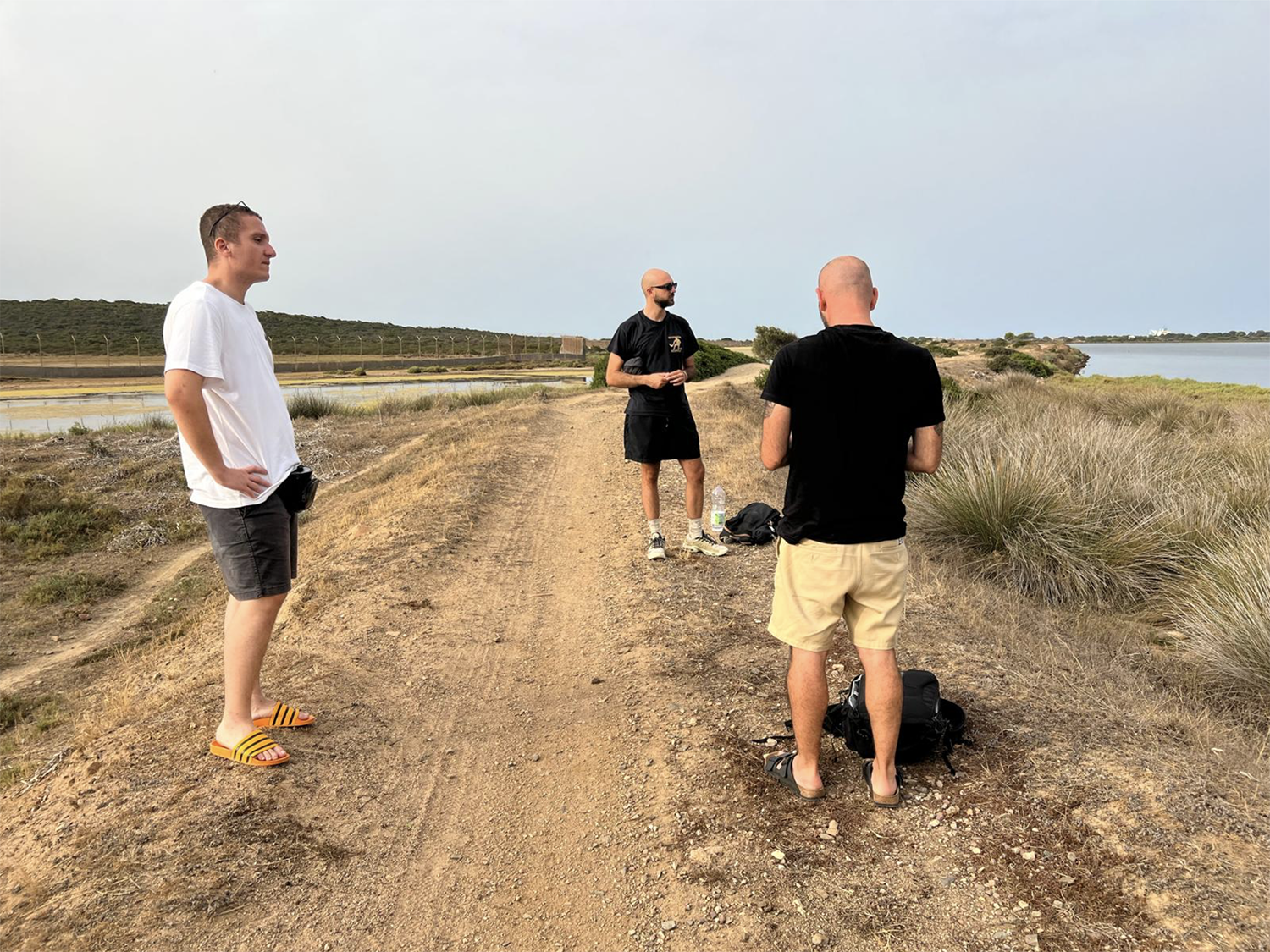
Preparativi per riprese con il drone e registrazioni audio a Porto Pino

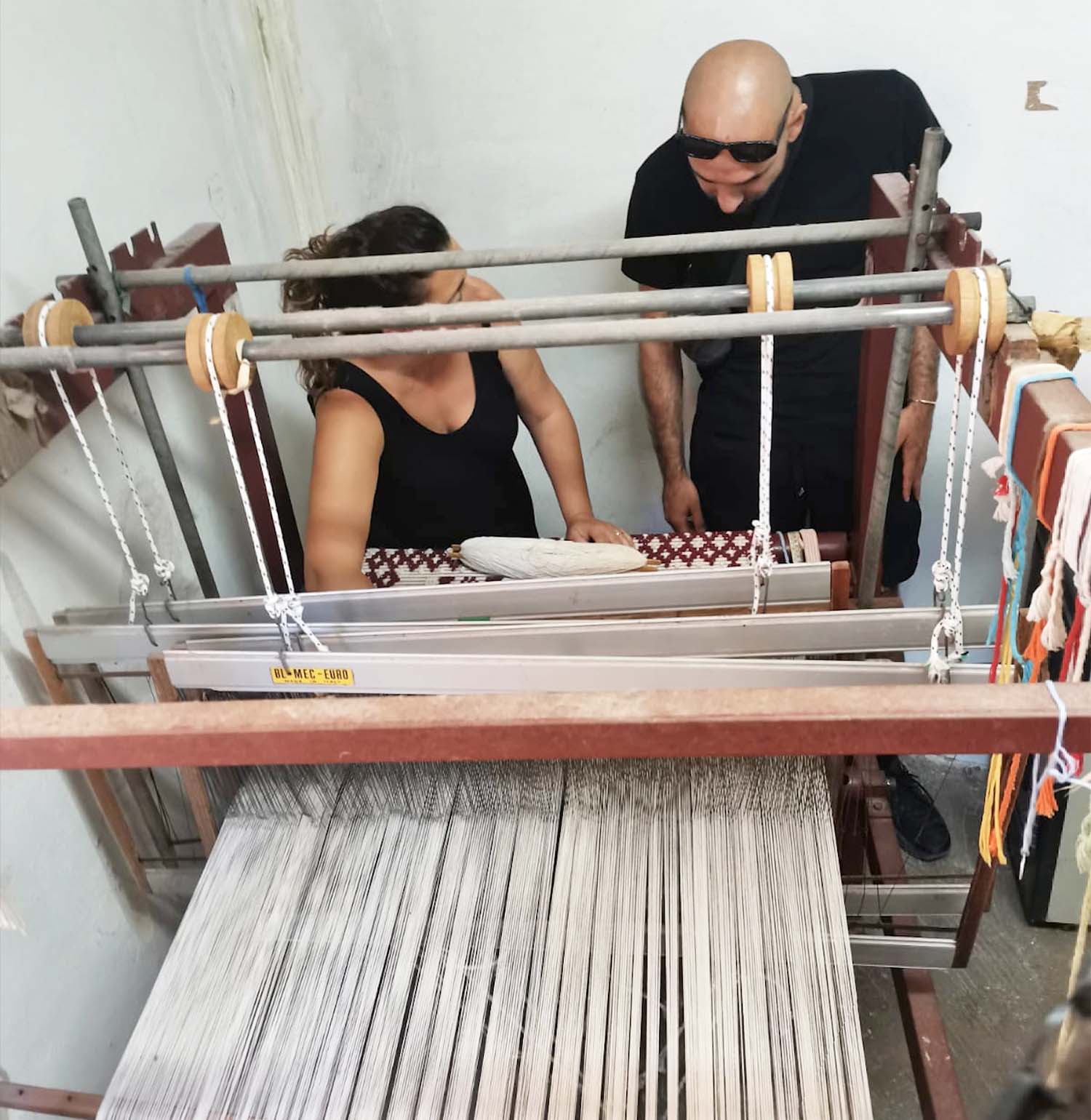
Sotiris Tsiganos con la tessitrice Orietta Marroccu, nel suo laboratorio di Domusnovas
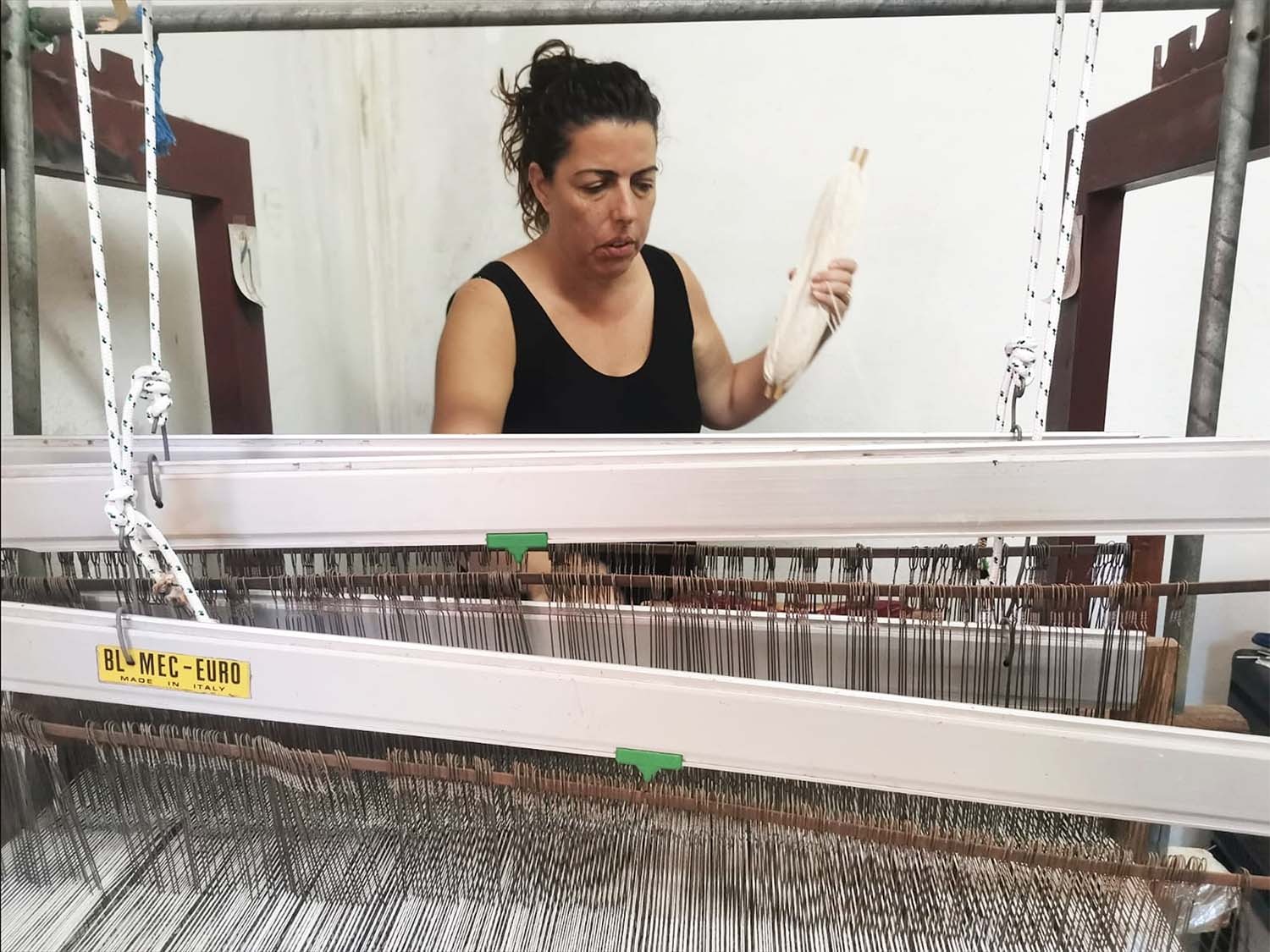
Orietta Marroccu al lavoro
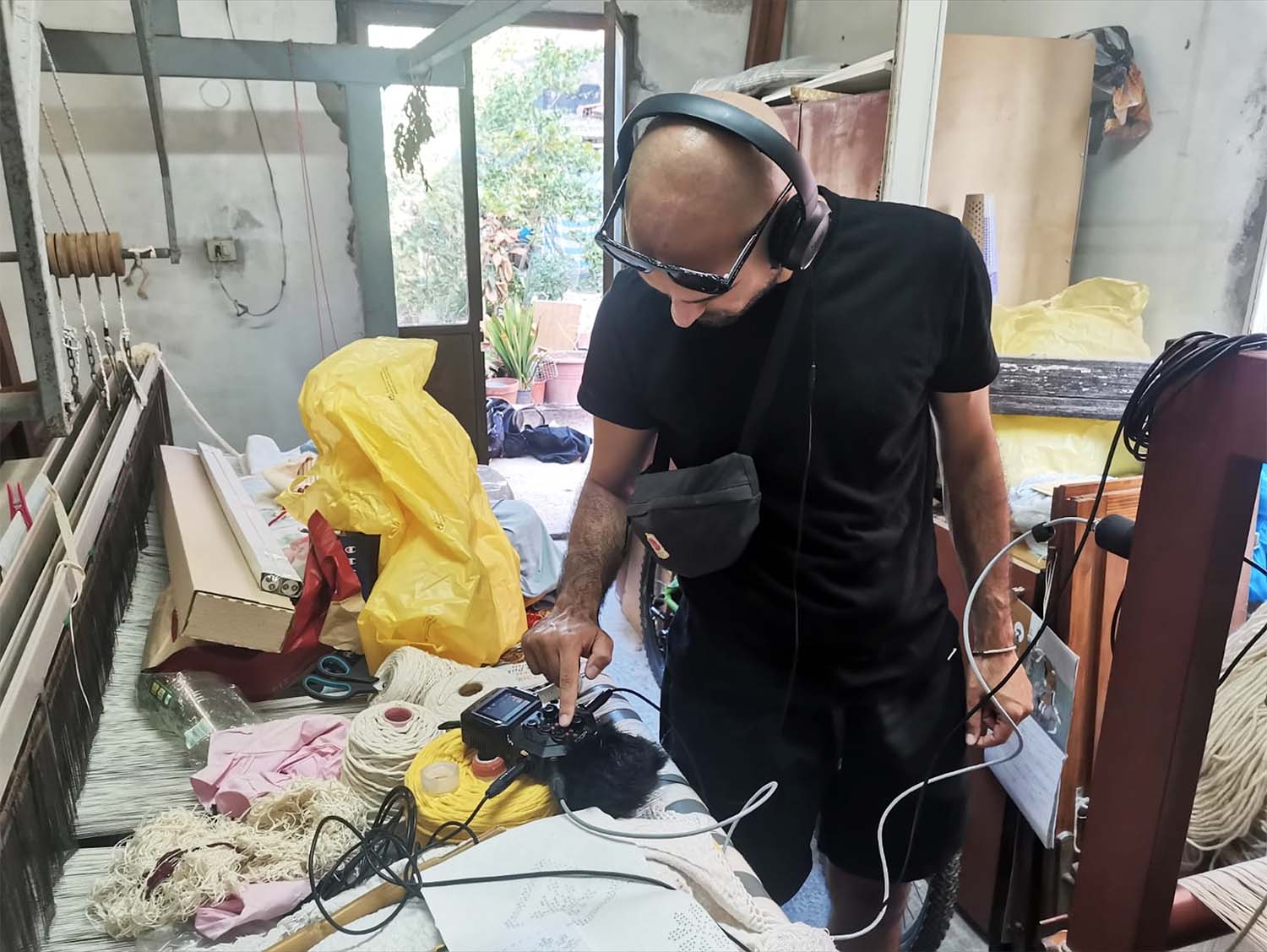
Registrazioni presso il laboratorio di Orietta Marroccu a Domusnovas
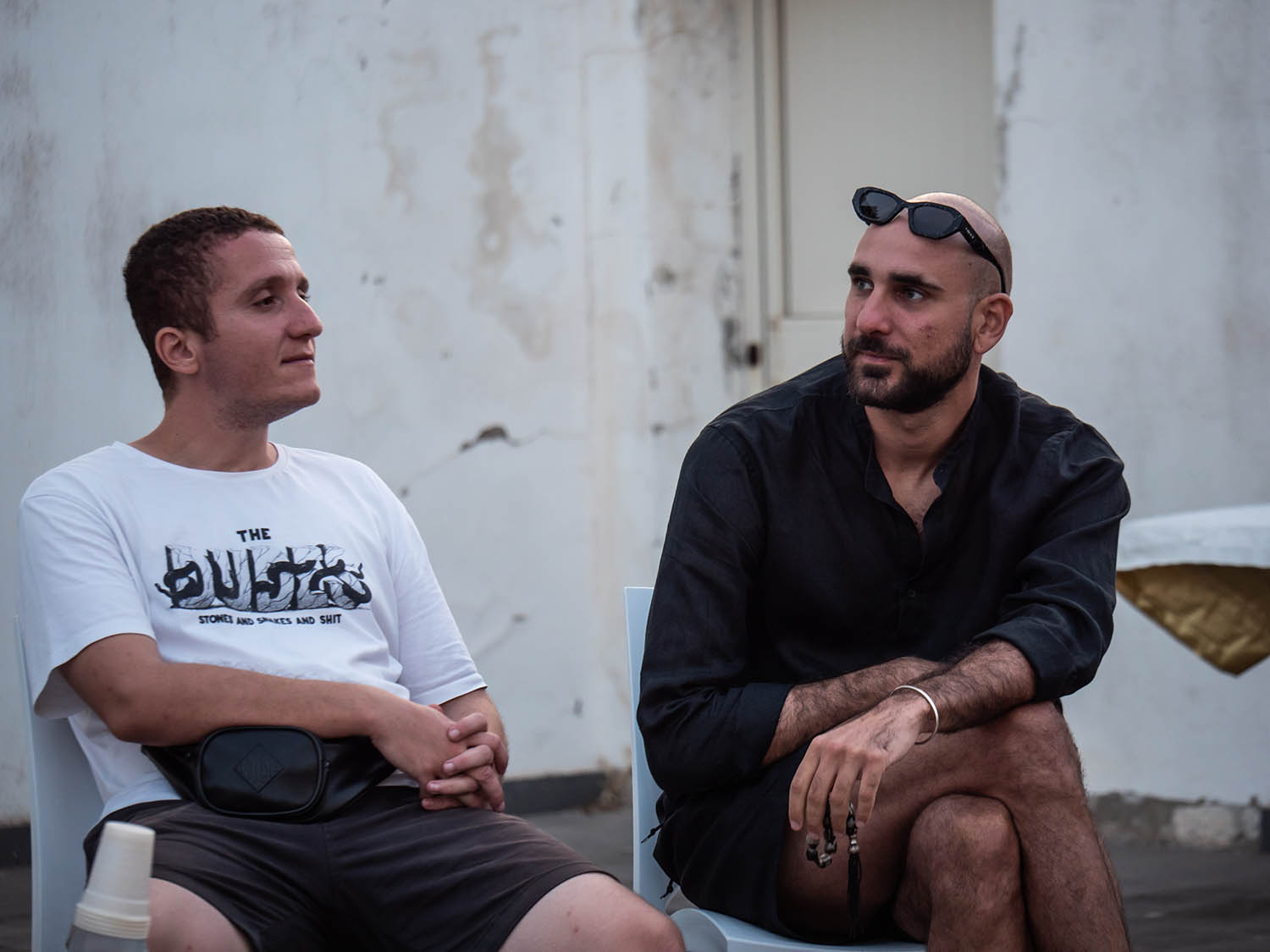
Sotiris Tsiganos e Ionian Bisai durante un momento della presentazione finale del progetto al MACC di Calasetta
Marianne Fahmy
Laws of the Ruins
During the residency, Marianne Fahmy expands her research on marginalized narratives related to sea and water. Coming from Alexandria, a city that has drowned numerous times throughout history, the artist seeks to address the criticality of the city’s current situation due to climate change. By investigating various water structures both ancient and modern on all the three islands that reflect political and social changes, she aims to question and bring to light different approaches and knowledge systems in order to secure a sustainable future for the islands, while raising historical consciousness about their past existence.
Marianne Fahmy lives in Alexandria, Egypt, and works primarily with installation and film. She deploys past and current narratives into potential futures that oscillate between fiction and reality. Through her video, photography, sculpture, and mixed media works, she takes on the role of a new historicist, using parafiction to deconstruct the social and political issues of the present. Her work has been presented at Sharjah Biennale 2023, 7th Yokohama Triennial (2020), Manifesta 13 (2020), Towner International (2020), Mediterranea 19 Young Artists Biennale (2020), Havana Biennale (2019), and Dakar Biennale (2018), “Alexandria” group show at MUCEM and Bozar Centre for Fine Arts, Brussels (2022).
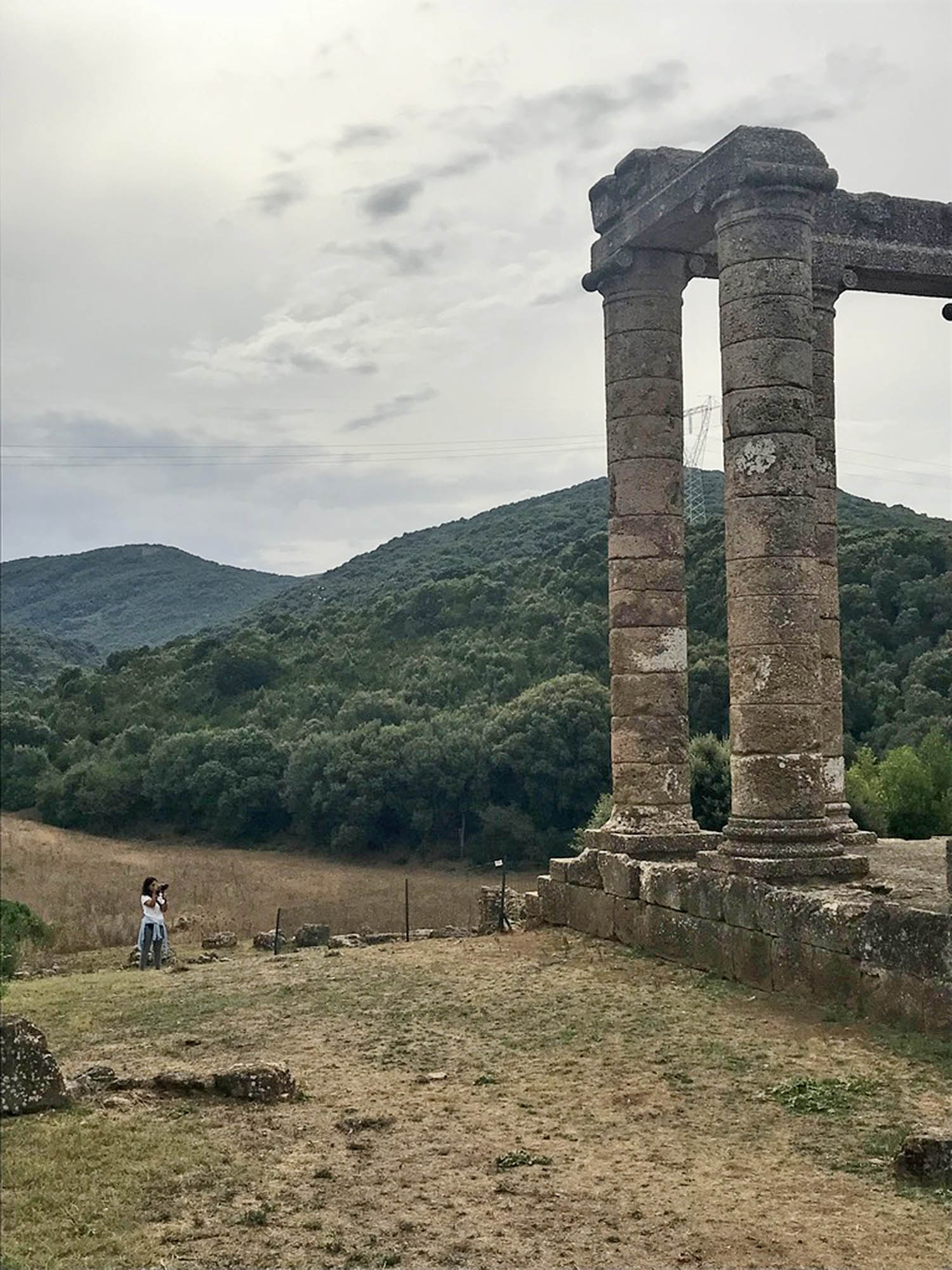
Marianne Fahmy davanti al tempio di Antas, Fluminimaggiore, per la sua ricerca che intreccia architettura e gestione delle acque nella storia del Mediterraneo
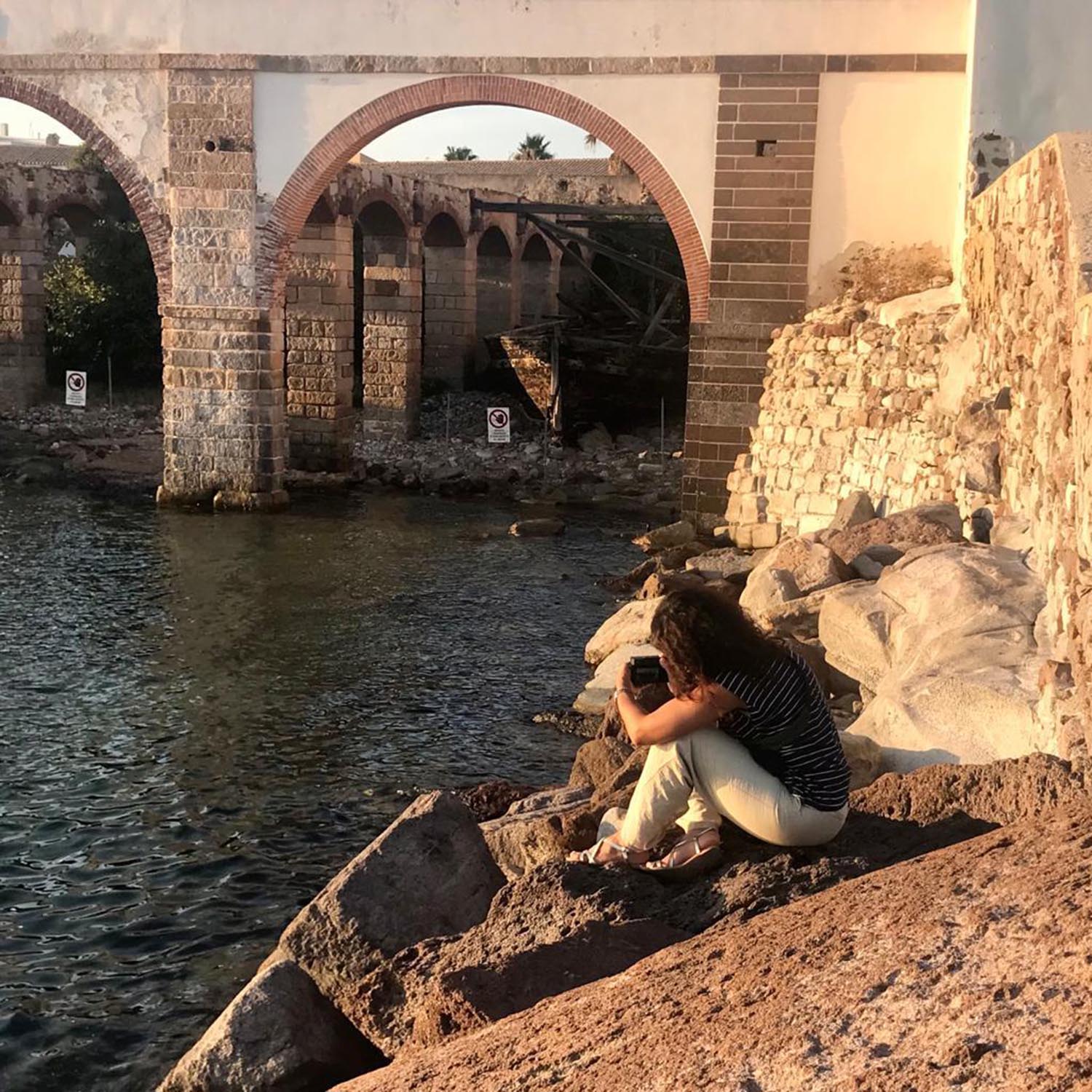
Tonnara Su Pranu, Portoscuso
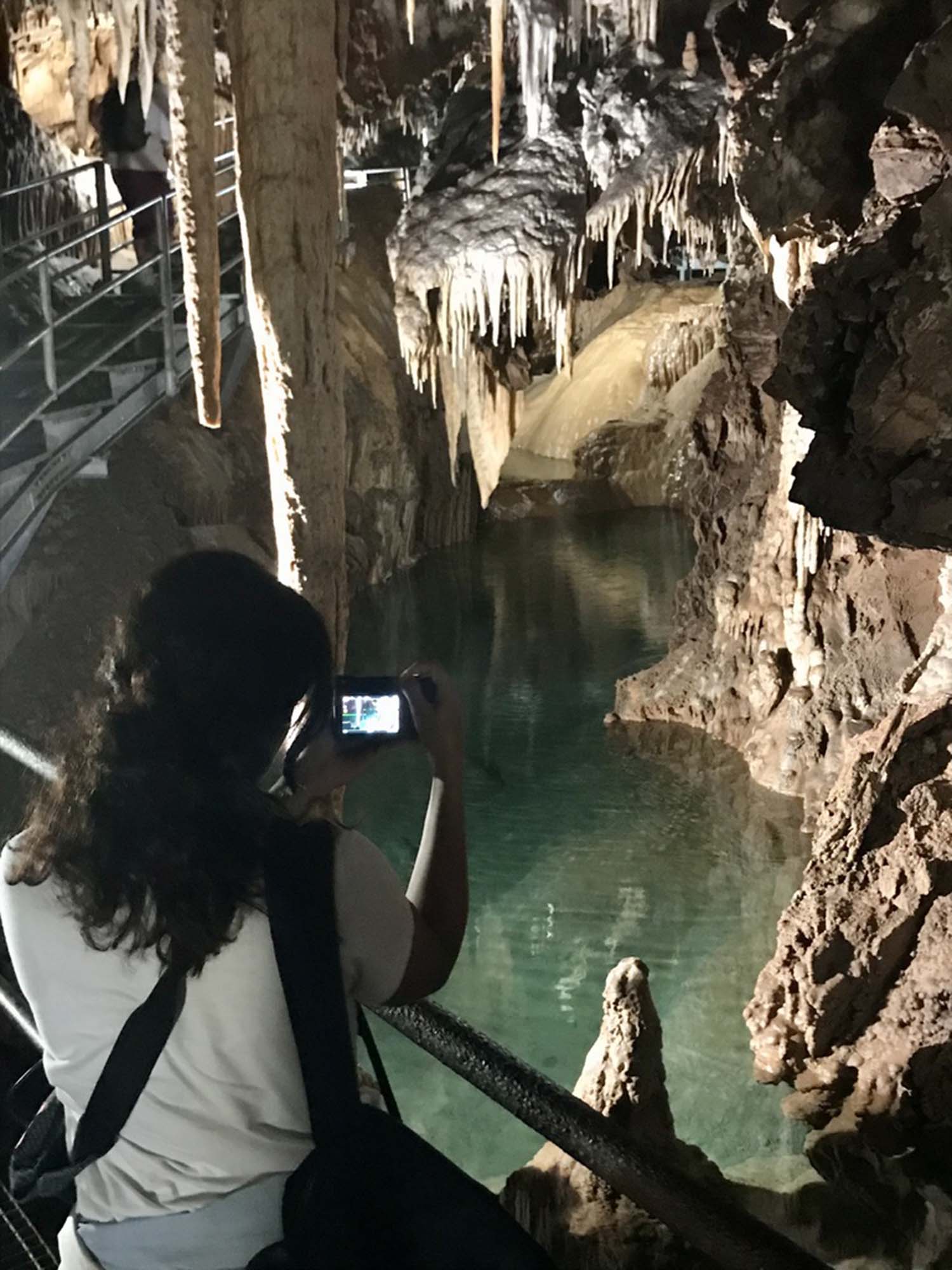
Grotte di Su Mannau

Pozzo di Santa Cristina, Paulilatino
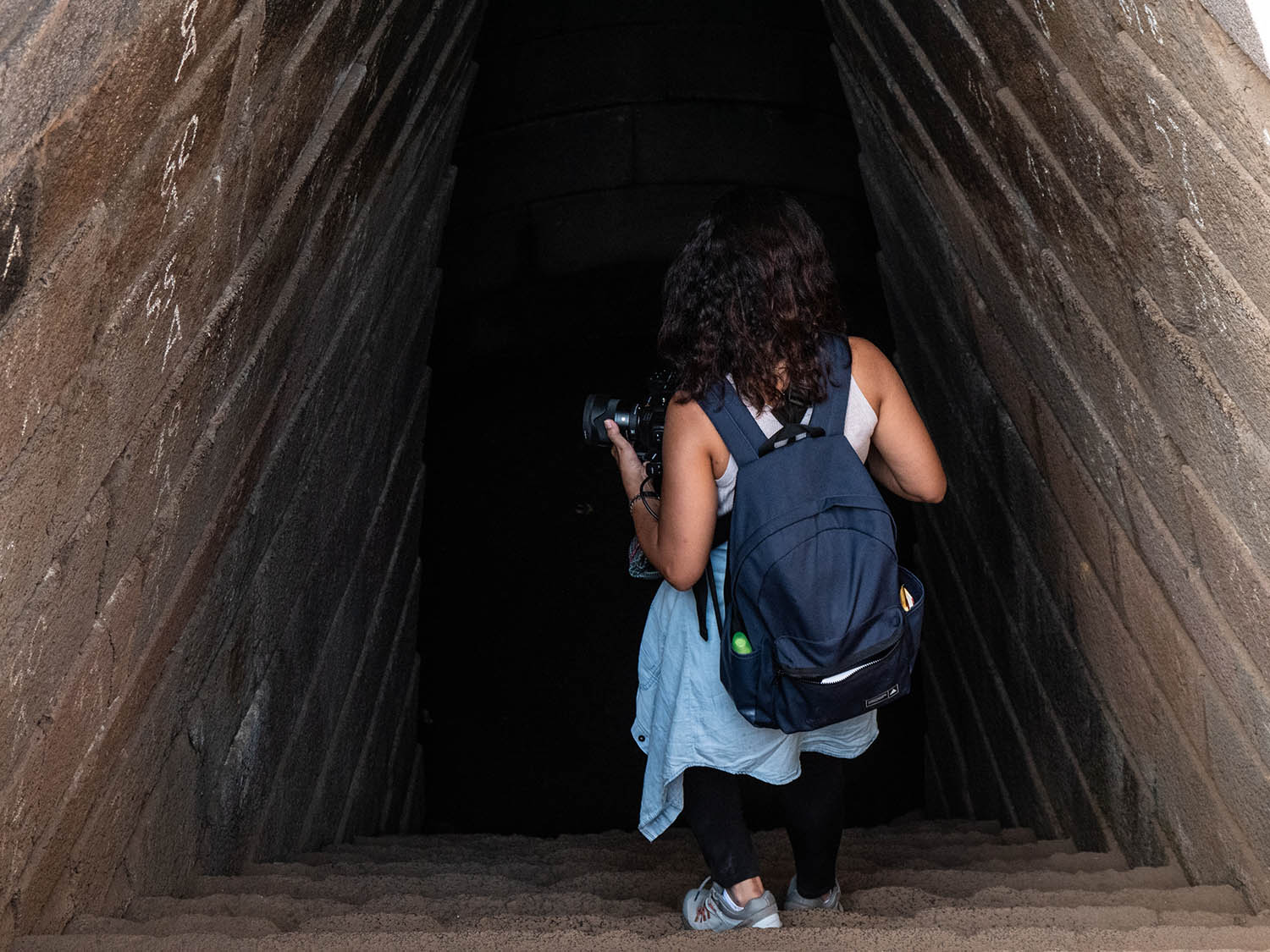
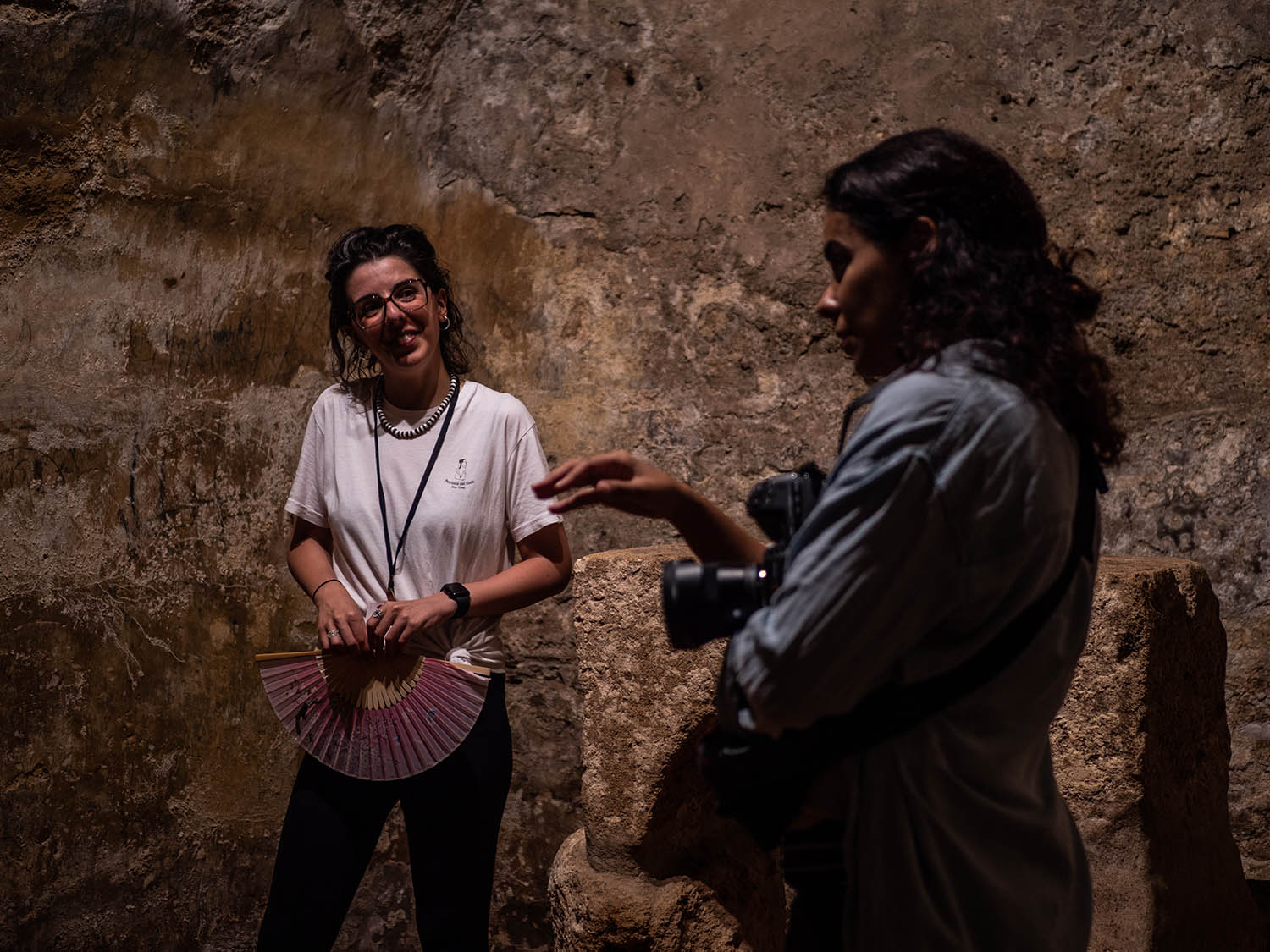
Marianne Fahmy in visita al sito di San Salvatore di Sinis
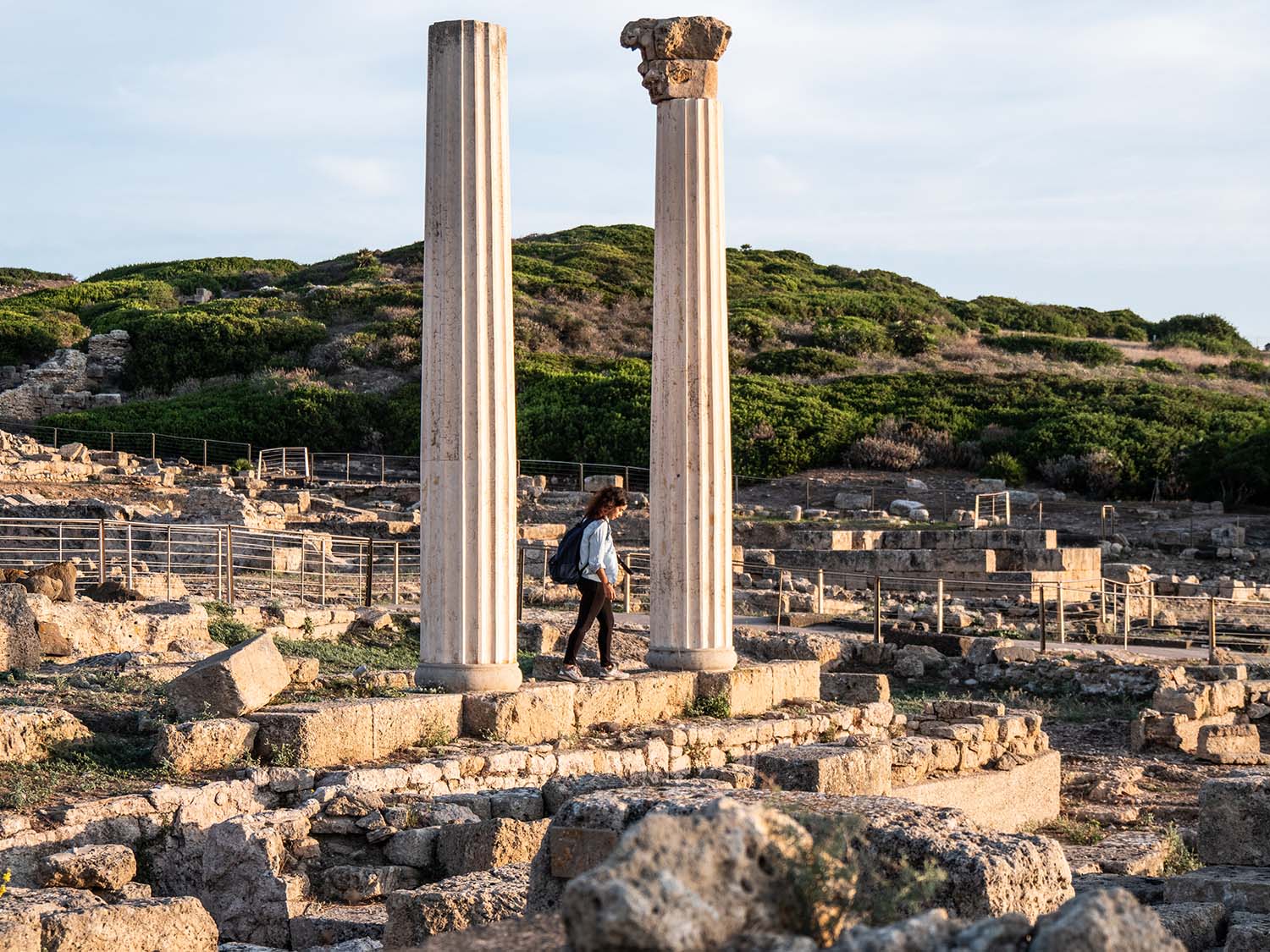
Passeggiando tra le rovine di Tharros: l’antica città aveva ben tre edifici termali e tracce di un battistero di epoca tardoantica
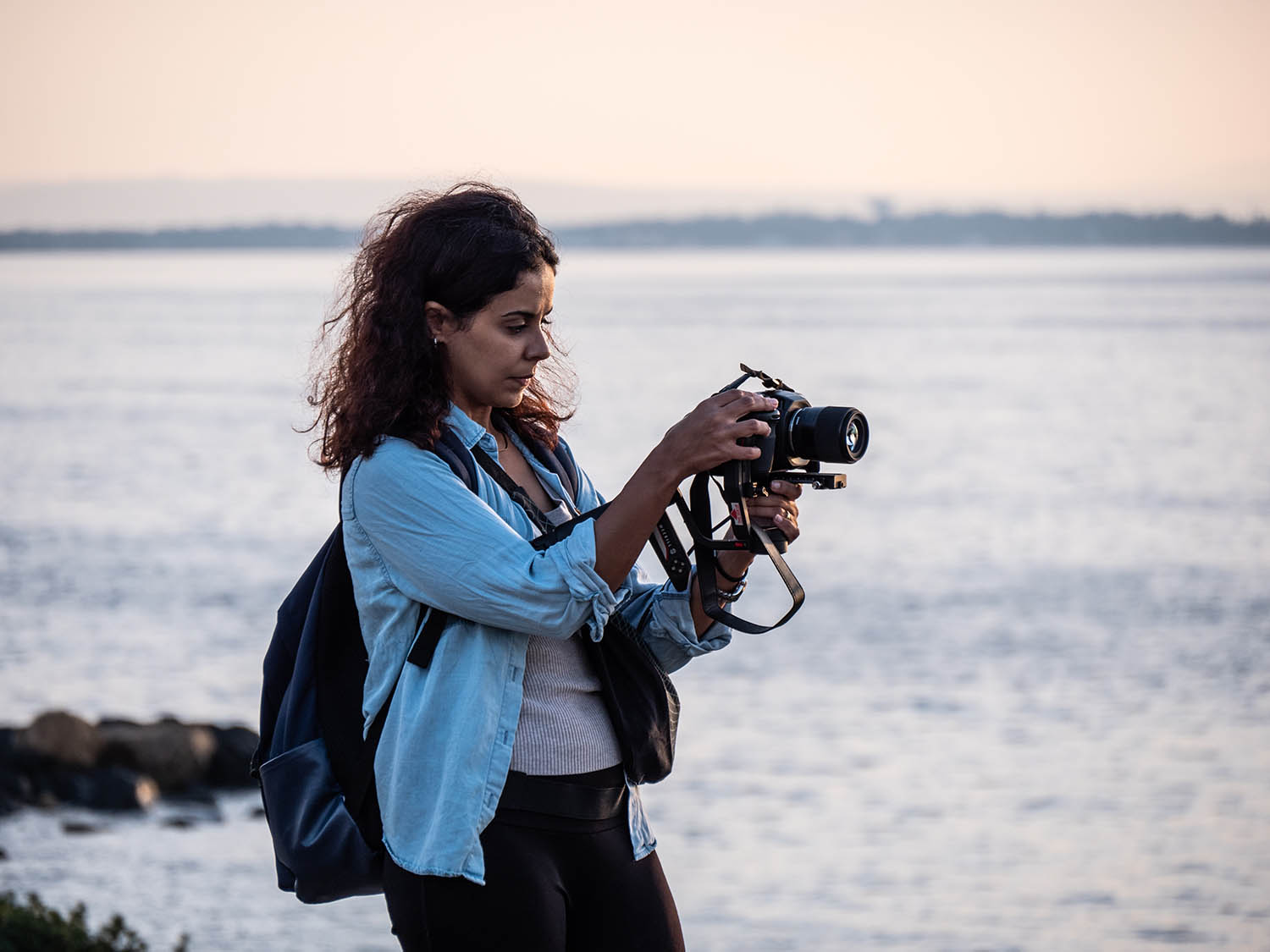
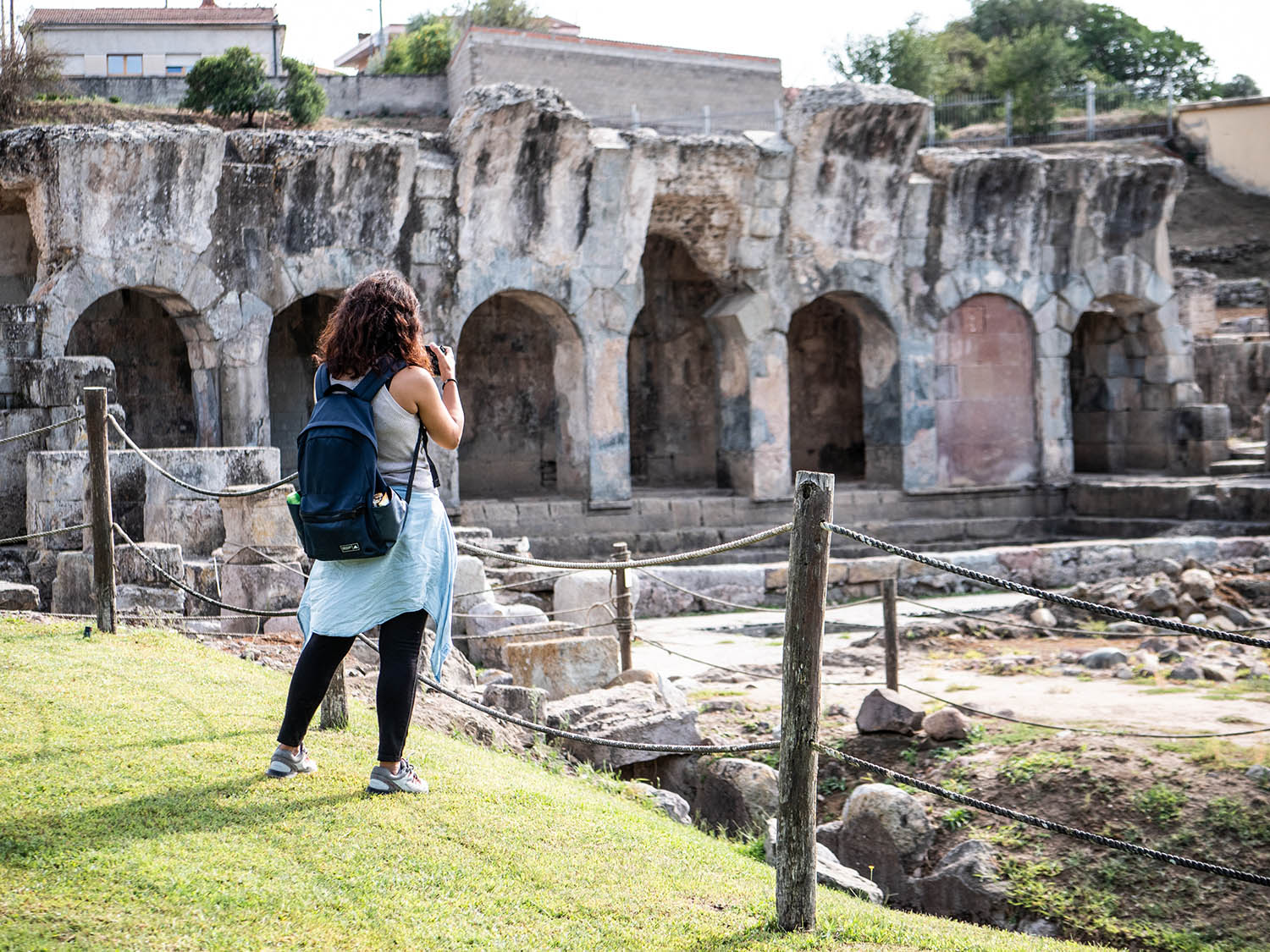
Marianne Fahmy alle terme di Fordongianus
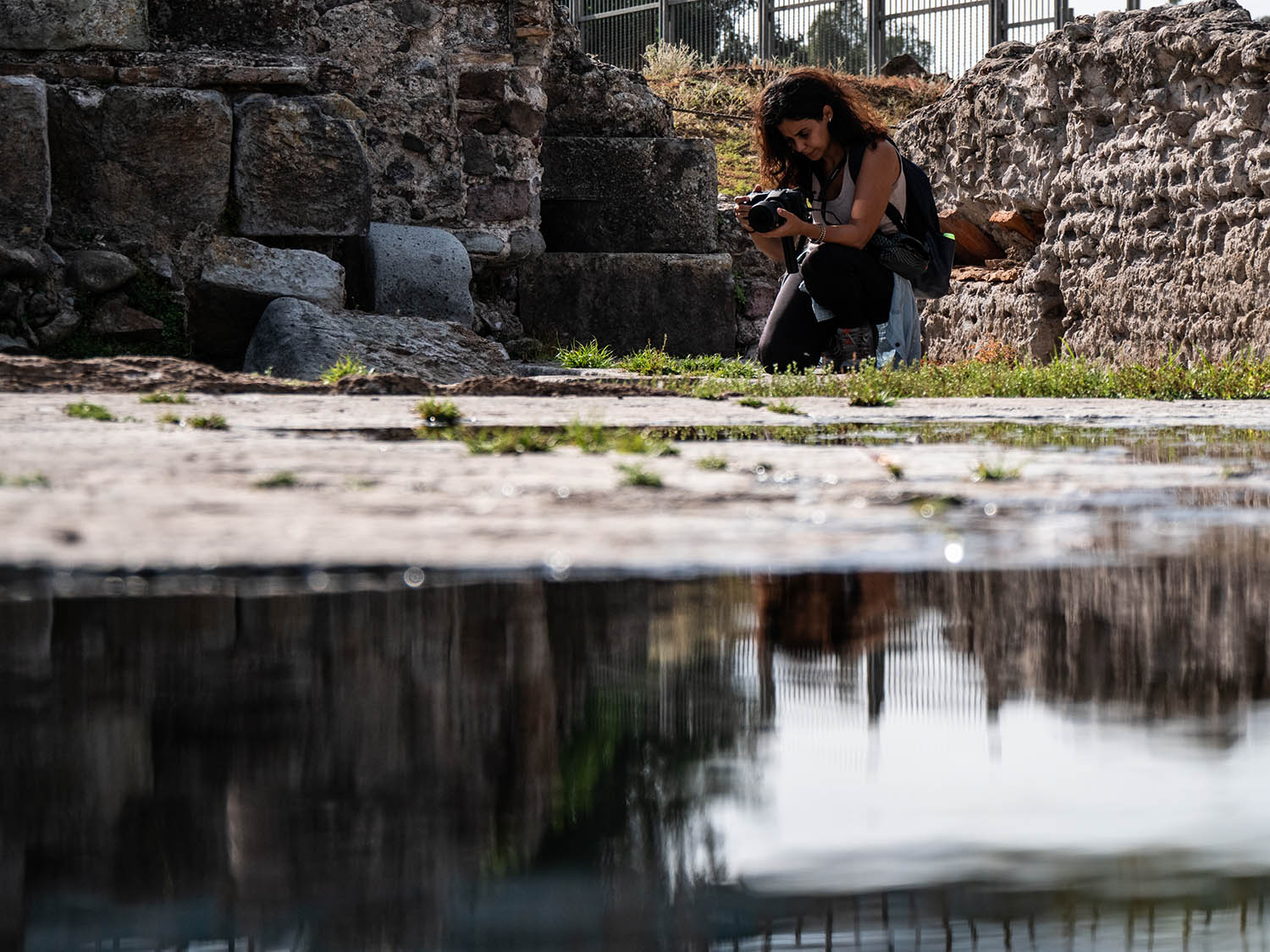
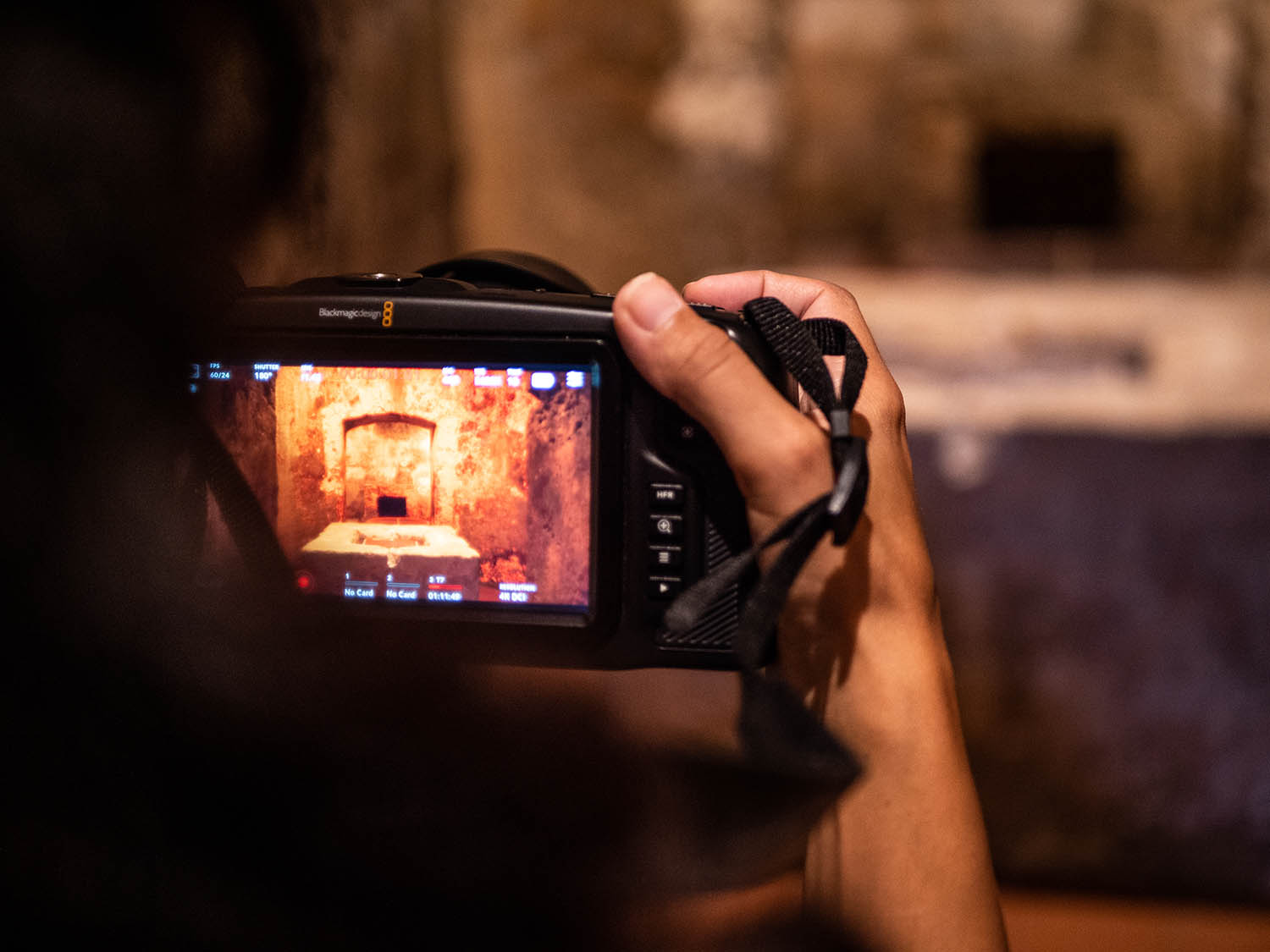
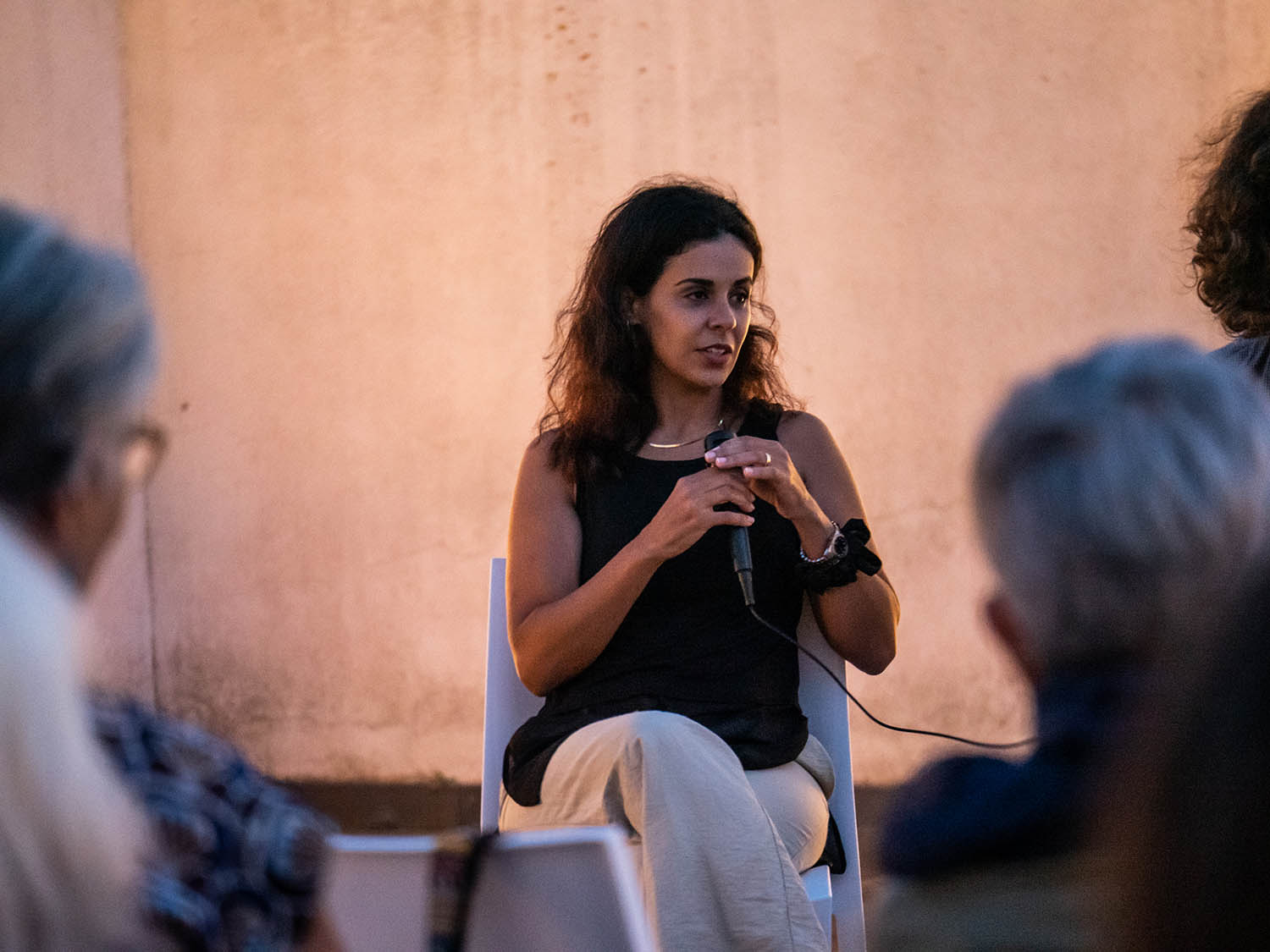
Marianne Fahmy al MACC di Calassetta per la presentazione finale
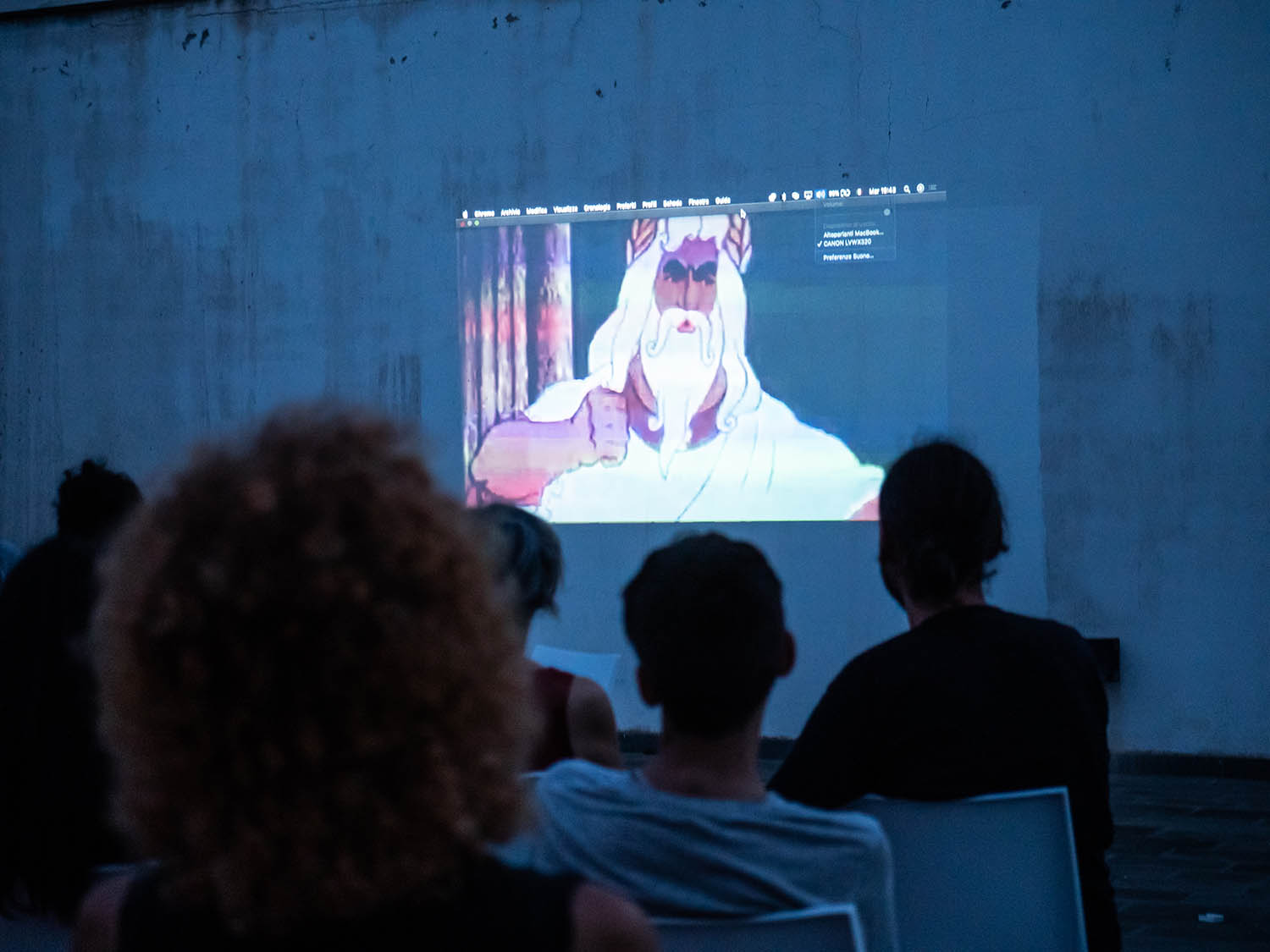
Storie Alternative Workshop di Marianne Fahmy, Museo Archeologico “Ferruccio Barreca” di Sant’Antioco In italiano la Storia con la S maiuscola e la storia personale di ognuno si scrivono e si pronunciano allo stesso modo. Il dialogo tra il patrimonio storico archeologico del museo e le nostre memorie personali o familiari è al centro del laboratorio tenuto dall’artista visiva Marianne Fahmy. I partecipanti al laboratorio hanno visitato il museo in un modo completamente nuovo, intessendo un rapporto con i reperti e la propria memoria, personale o familiare, attraverso gli strumenti dell’arte, come il disegno o la scrittura. L’artista ha seguito e guidato il percorso di creazione di queste Storie Alternative che insieme hanno creato una storia tutta nuova fatta di personaggi e avventure tra passato e presente. Questo laboratorio è organizzato in collaborazione con il Museo Archeologico “Ferruccio Barreca” di Sant’Antioco.
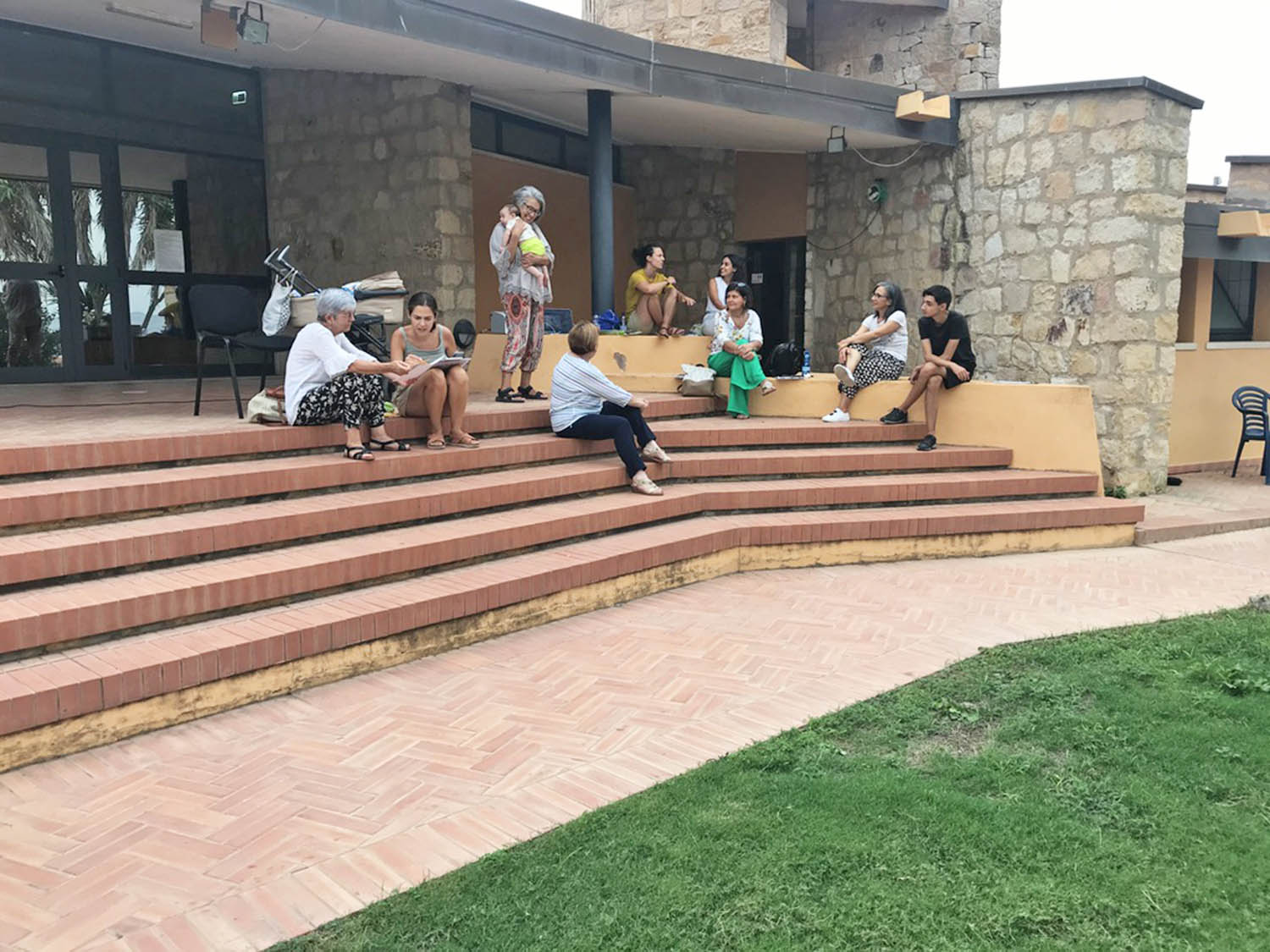
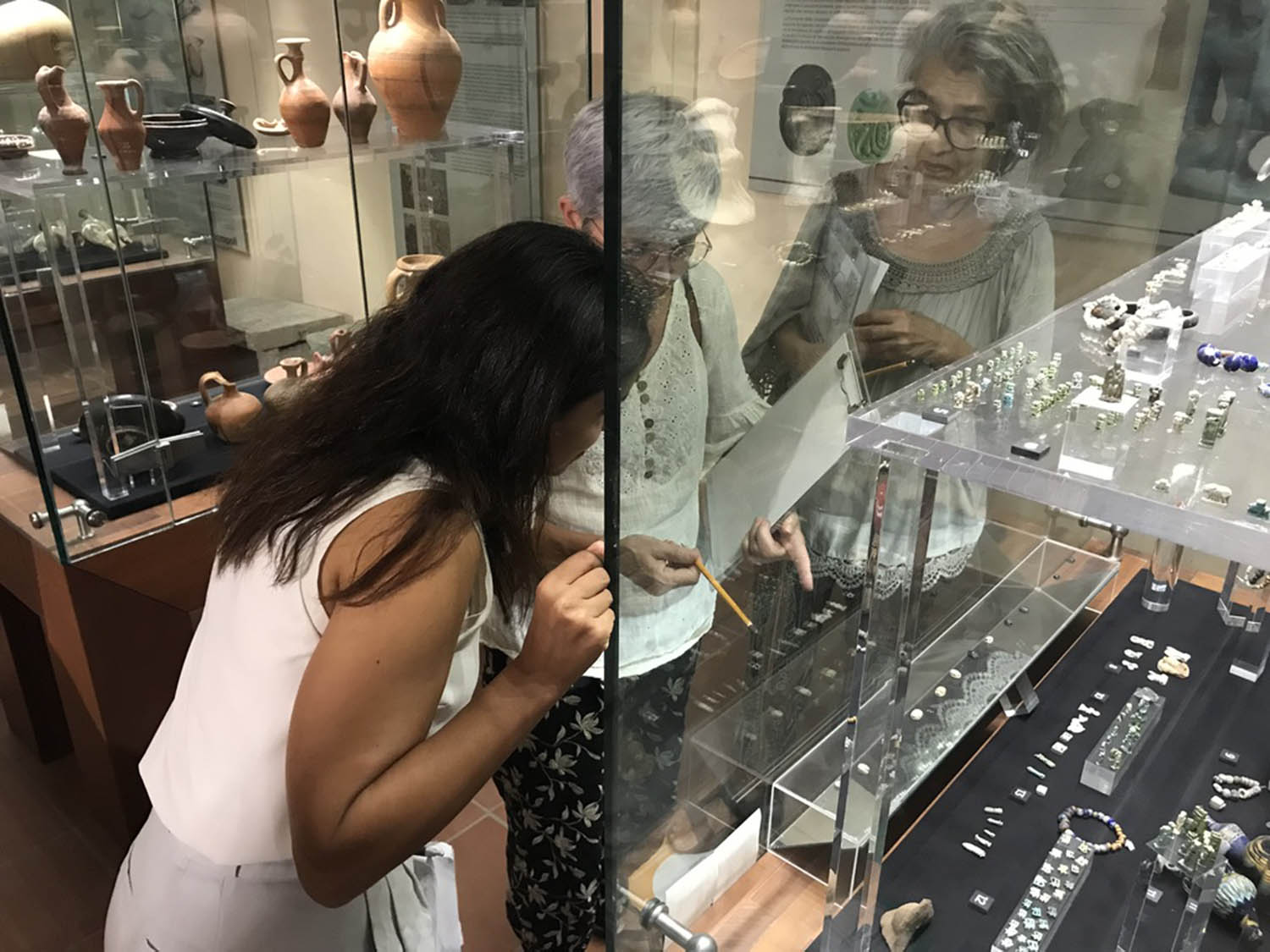

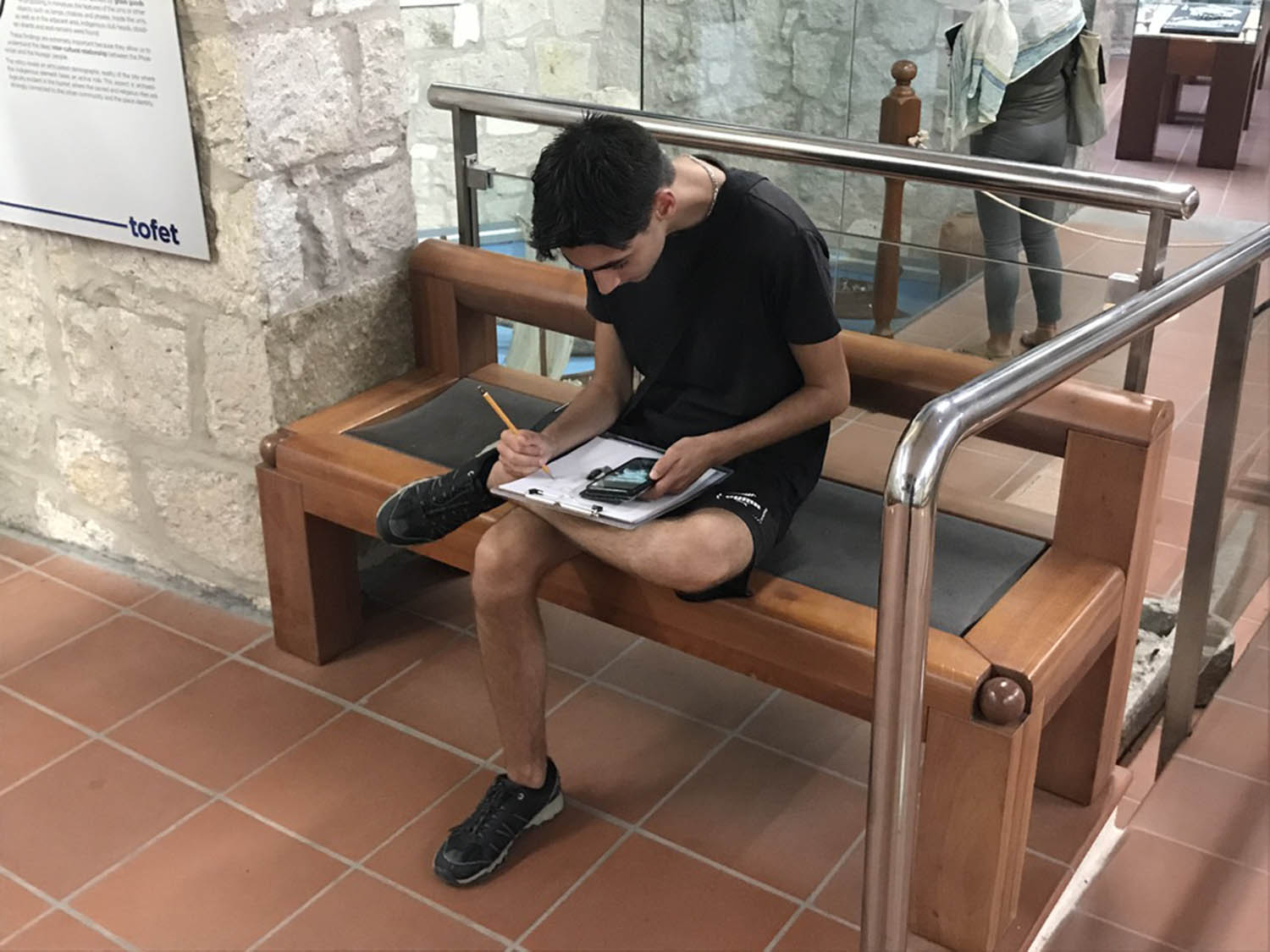
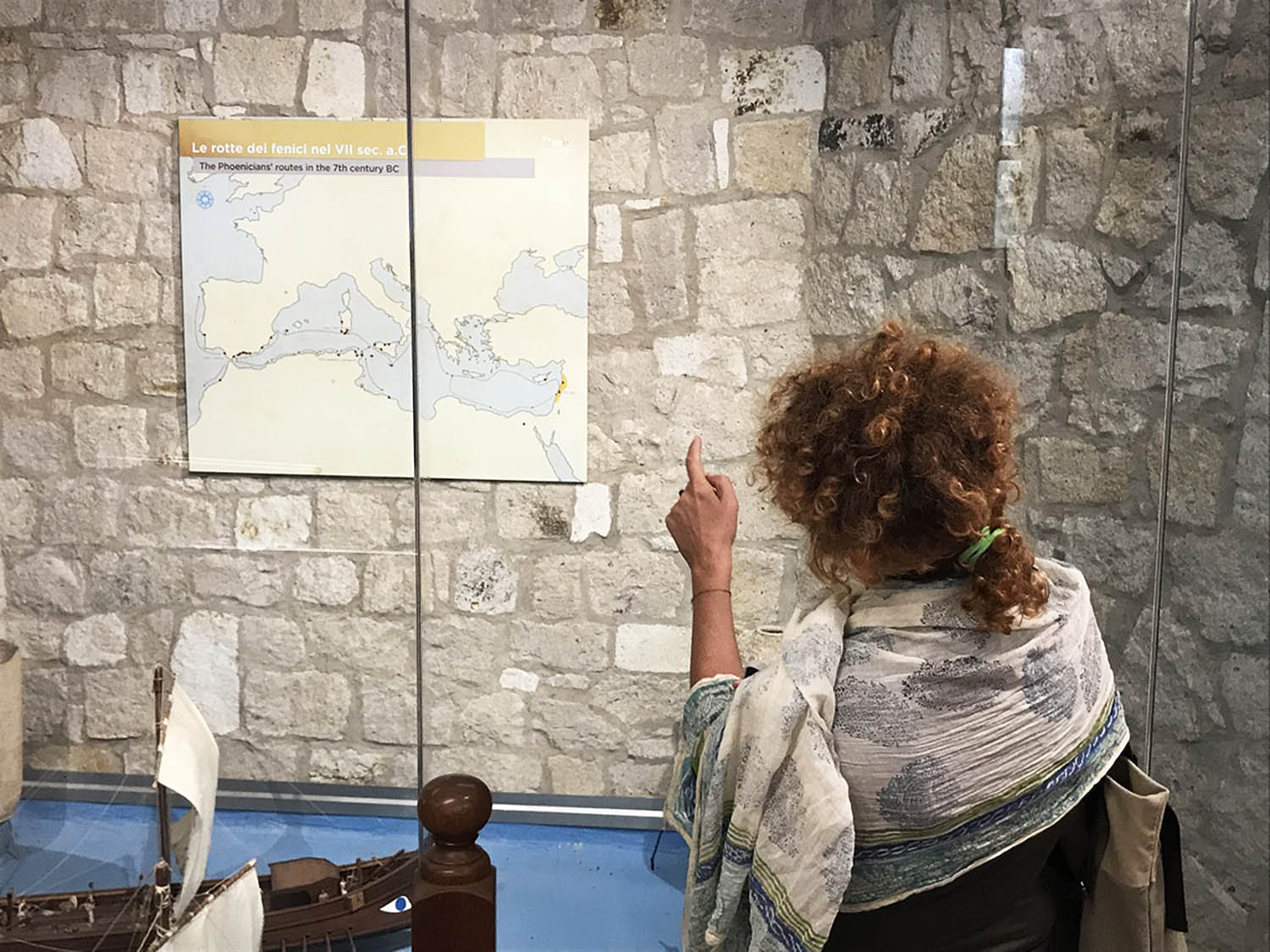
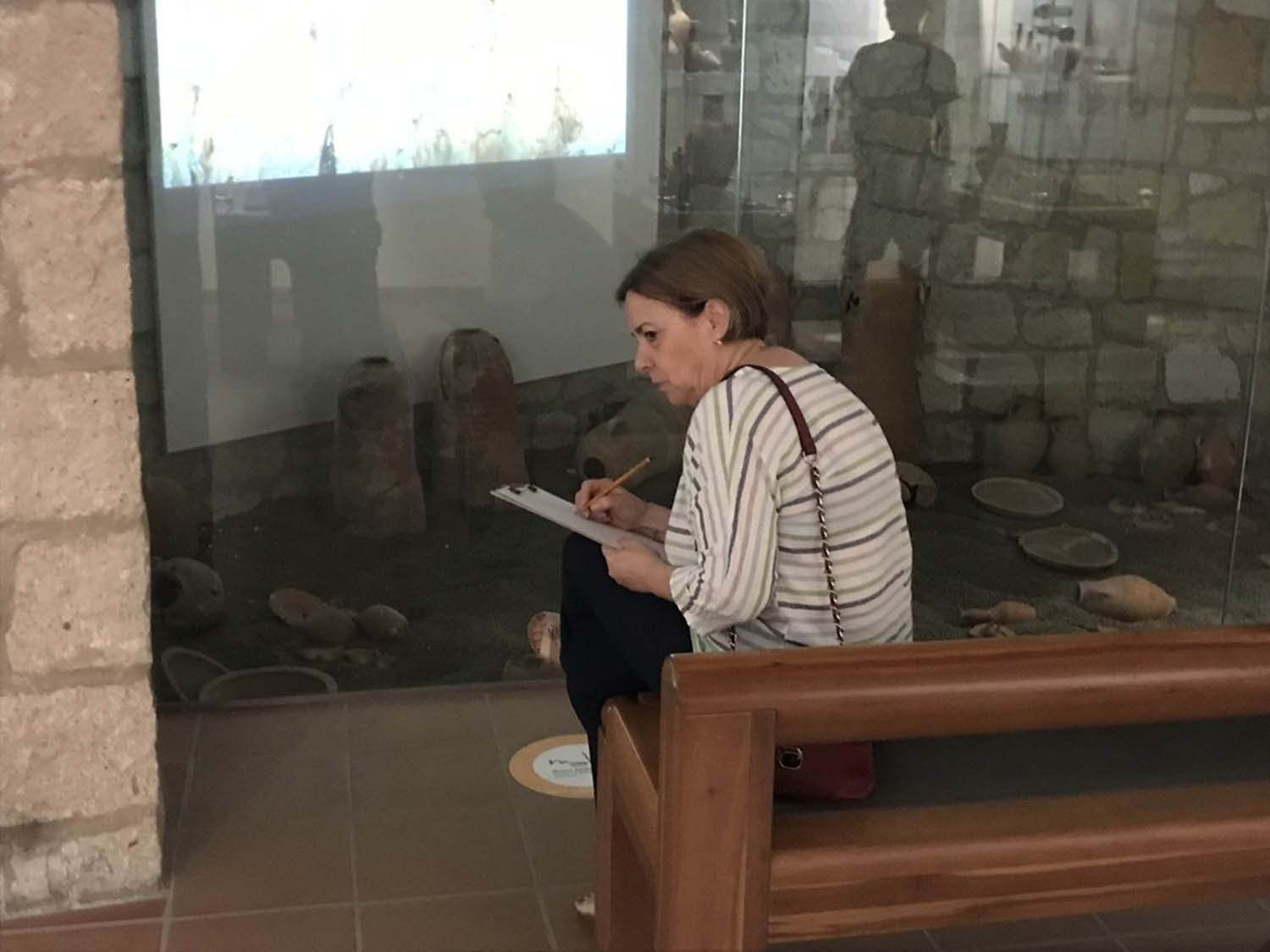

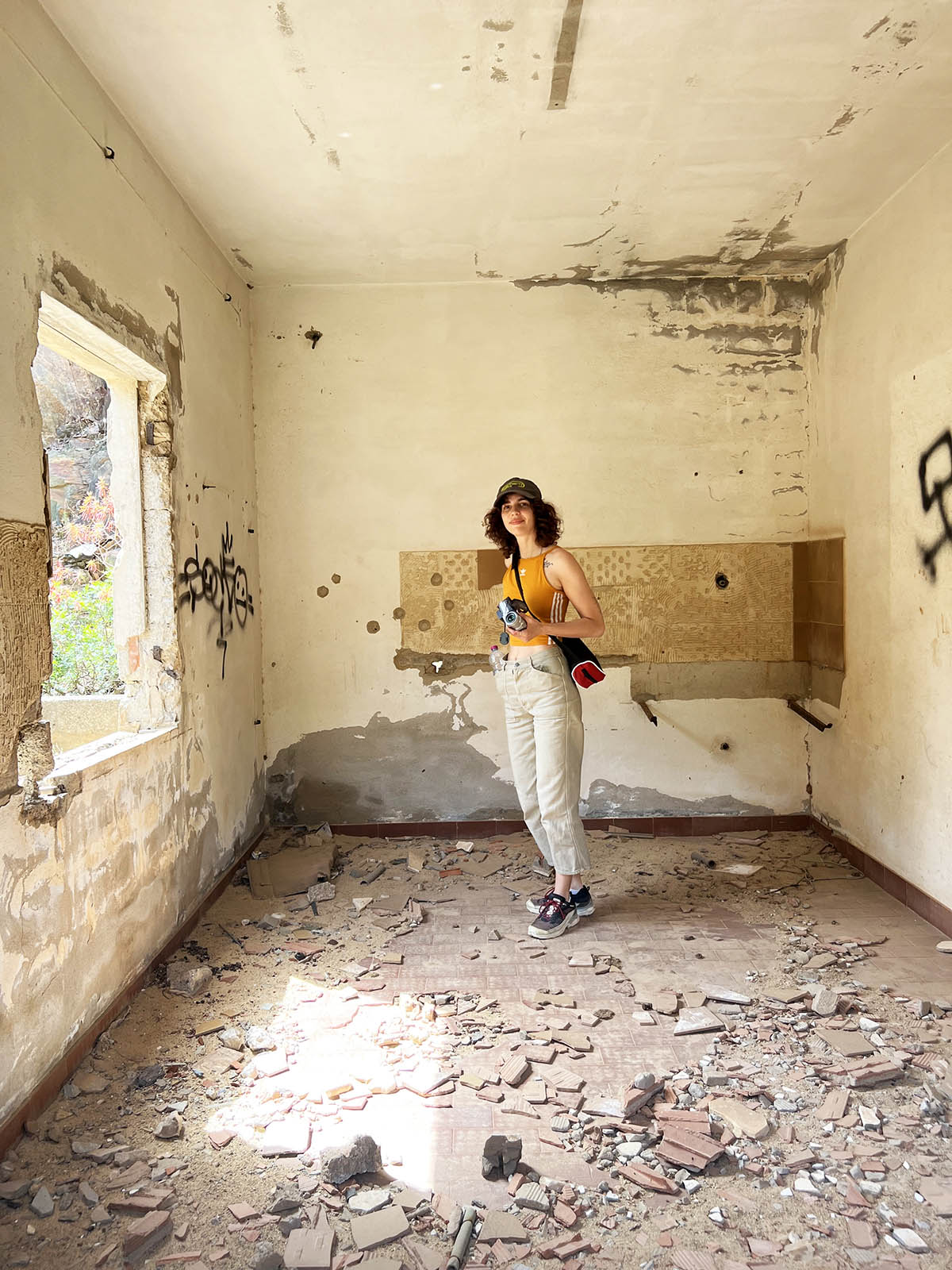
Il secondo ciclo di residenze di «Community Between Islands» si intitola «Woven by the Currents» (Intessuti dalle correnti) e ha avuto come protagoniste tre artiste: Dania Shihab, compositrice nata in Iraq (vive e lavora tra Spagna e Australia), la videomaker Sarah-Anaïs Desbenoit (Francia) e l’artista visiva Amalia Vargas (Corsica).
Partendo da Syros in Grecia (6 – 15 maggio), hanno fatto tappa a Perdaxius in Sardegna (16 – 26 maggio), prima di raggiungere la Corsica (27 maggio – 11 giugno).
A Perdaxius, Domusnovas e Carbonia hanno condotto laboratori ispirati alla loro ricerca sui miti, sulla figura femminile, sull’ecologia e sui temi dell’immigrazione, profondamente radicati nel contesto mediterraneo.
Una presentazione finale svoltasi alla Casa del popolo di Carbonia ha permesso al pubblico di scoprire la loro ricerca e il processo di realizzazione delle loro nuove opere.
Al termine delle 5 settimane di residenza si è svolta una restituzione al pubblico nella forma di una mostra allo spazio Una Volta, Bastia (Corsica).
I dieci giorni in Sardegna sono stati davvero intensi. Le artiste Sarah-Anaïs Desbenoit (video artista), Dania Shihab (compositrice) e Amalia Vargas (artista visiva) hanno viaggiato per il Sulcis-Iglesiente da Sant’Antioco a Domusnovas, da Funtanamare a Montessu, raccogliendo oggetti, immagini, suoni e storie.
Hanno incontrato musicist3, ingegner3, student3 e hanno aperto la loro pratica artistica alla condivisione, al dialogo con le comunità locali, anche attraverso workshop e presentazioni nelle scuole e nella Casa del Popolo di Carbonia, negli spazi dell’Associazione Elda Mazzocchi Scarzella di Domusnovas e nei boschi intorno a Perdaxius.
Un grazie speciale a Francesco Capuzzi, Matteo Leone, Brahim Khamlichi, Emilia Brunoro, Marinella Pintus, Pietro Sabiu, Istituto S. Satta (Carbonia) e Ottovolante Sulcis (Sant’Antioco).
Sarah-Anaïs Desbenoit
This project explores the myths and beliefs engendered by landscapes.
Within the three islands, I’d like to meet with locals to learn more about the stories and myths that relate to the landscapes that surround them. With a particular focus on stories about women.
I’d also like to learn more about the symbolism of the places within the territories where we’ll be staying.

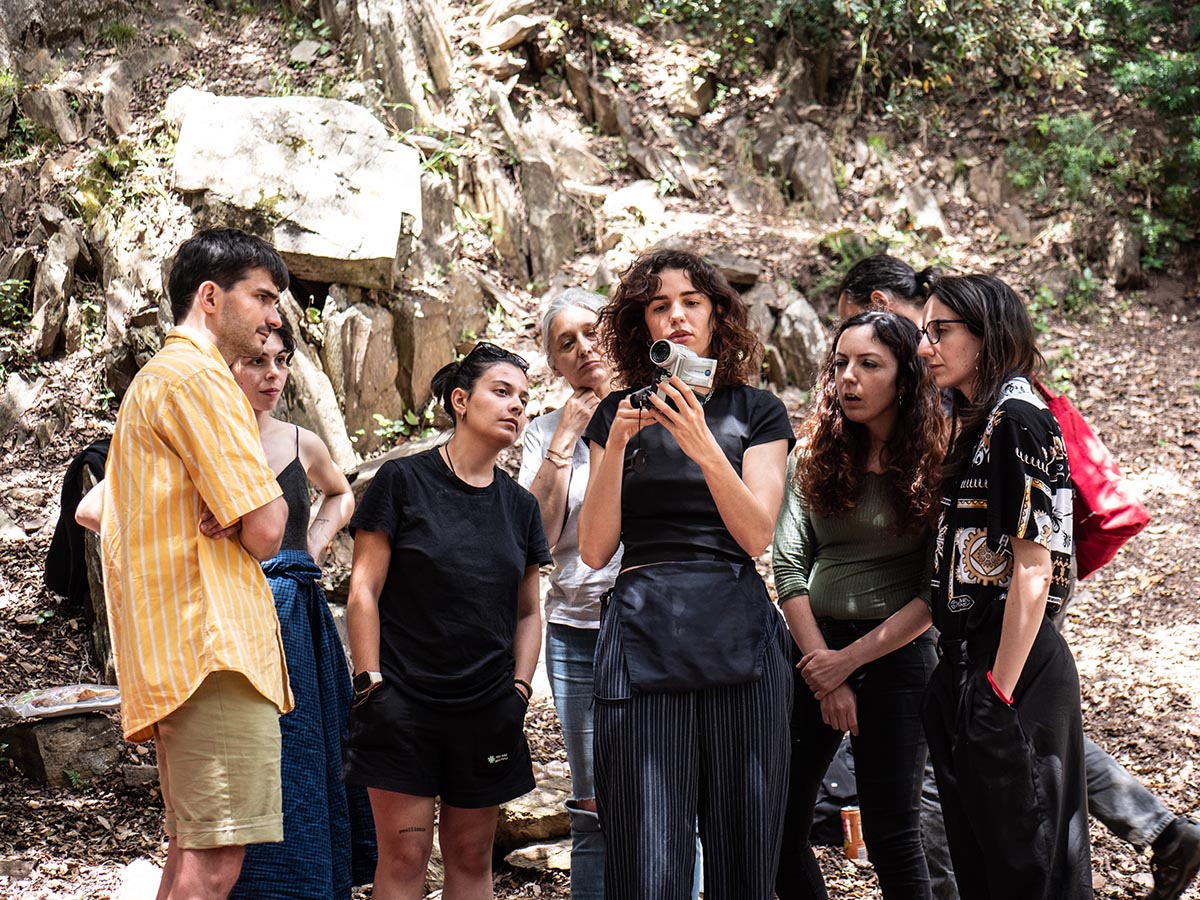
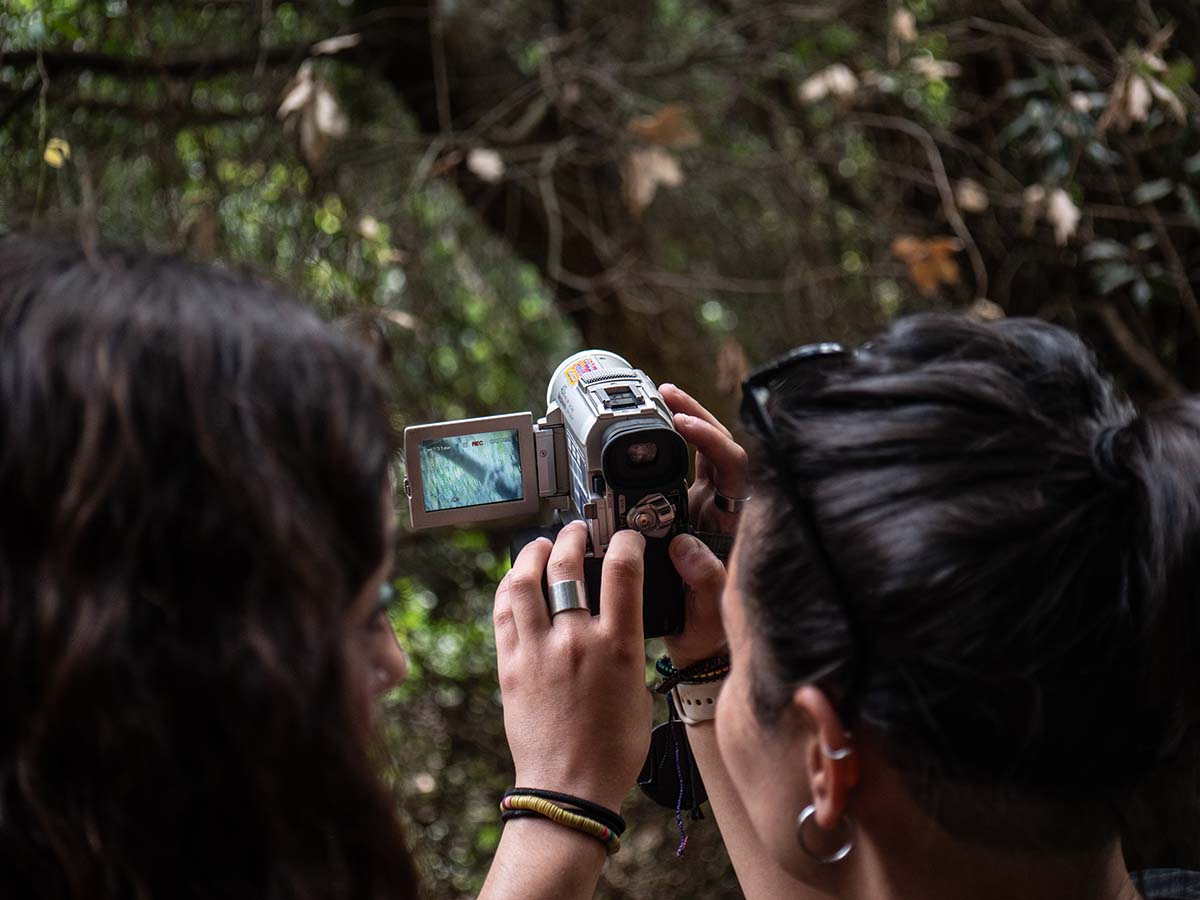
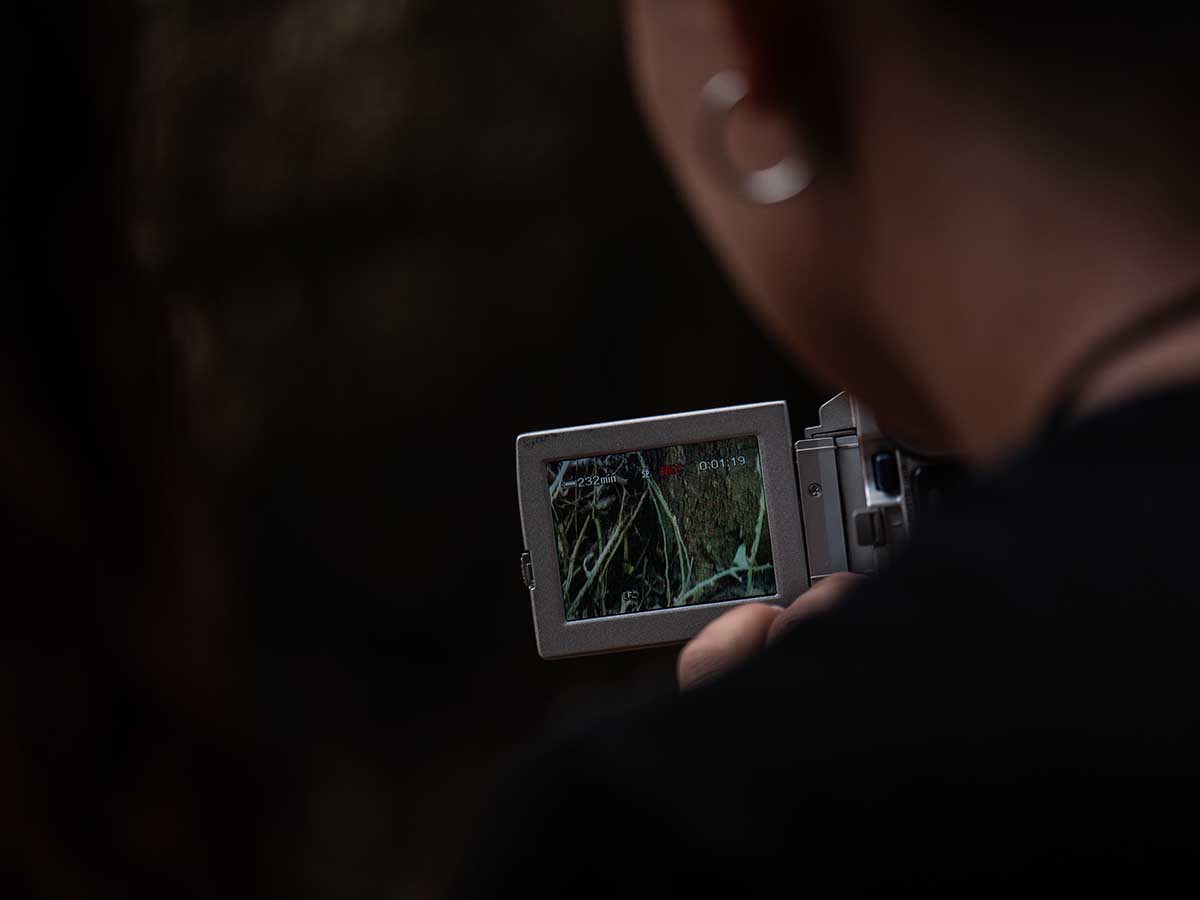
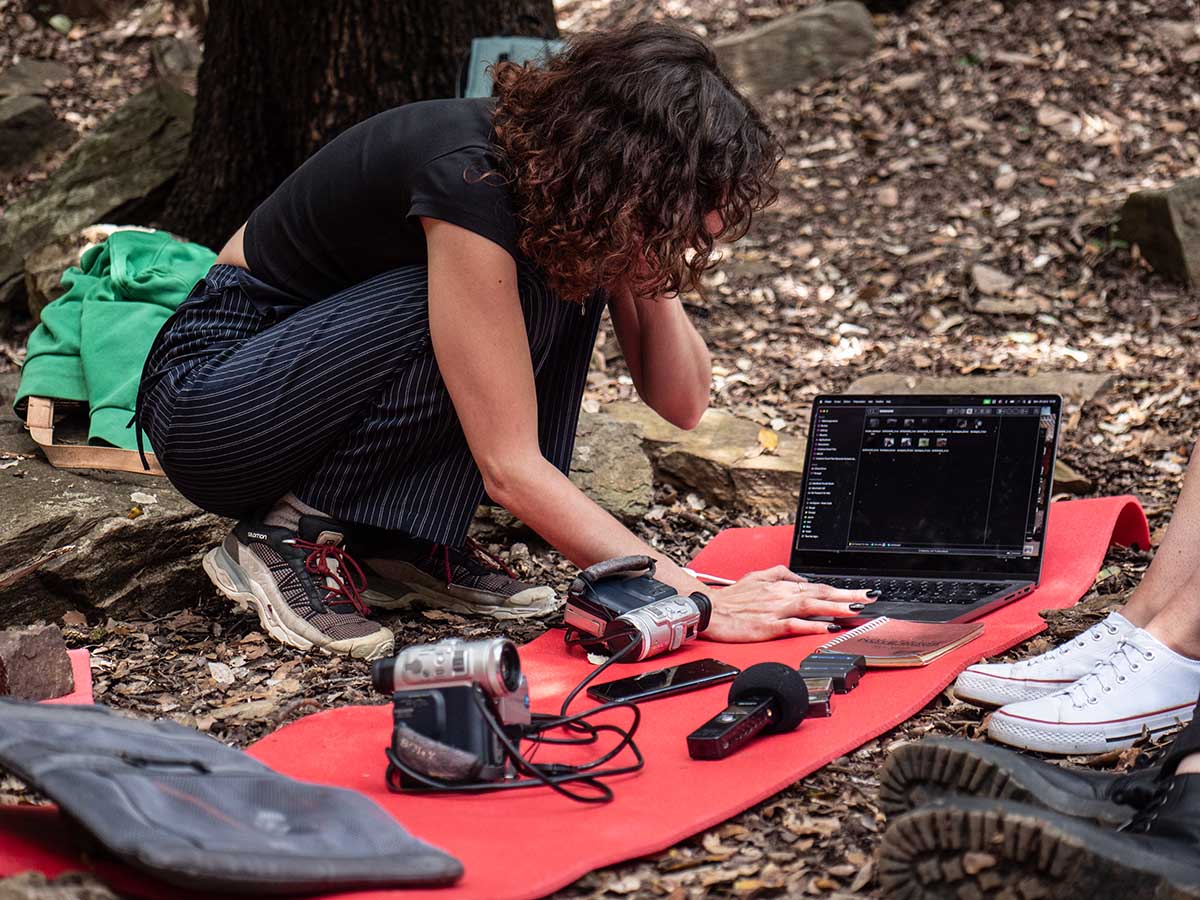
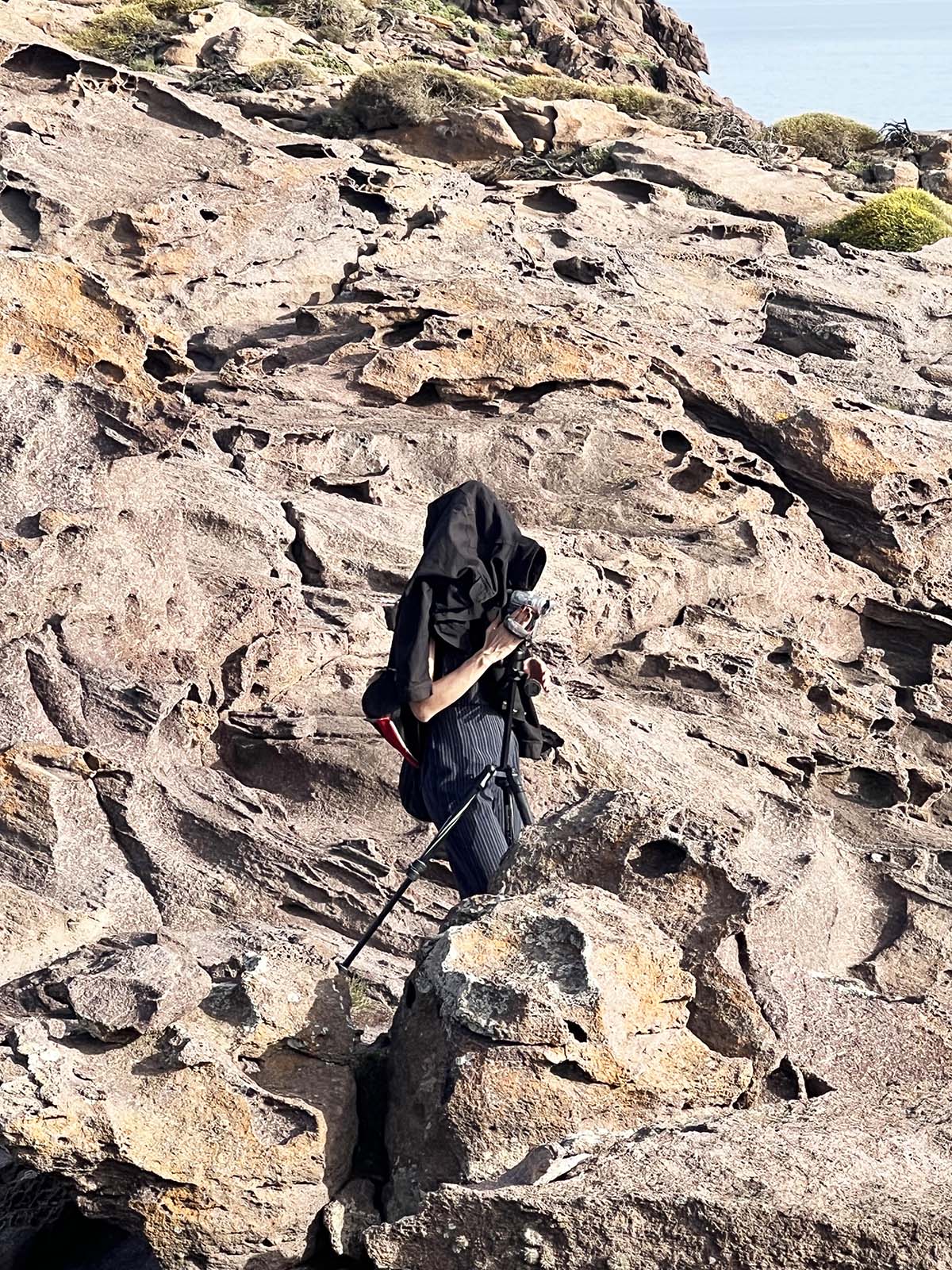
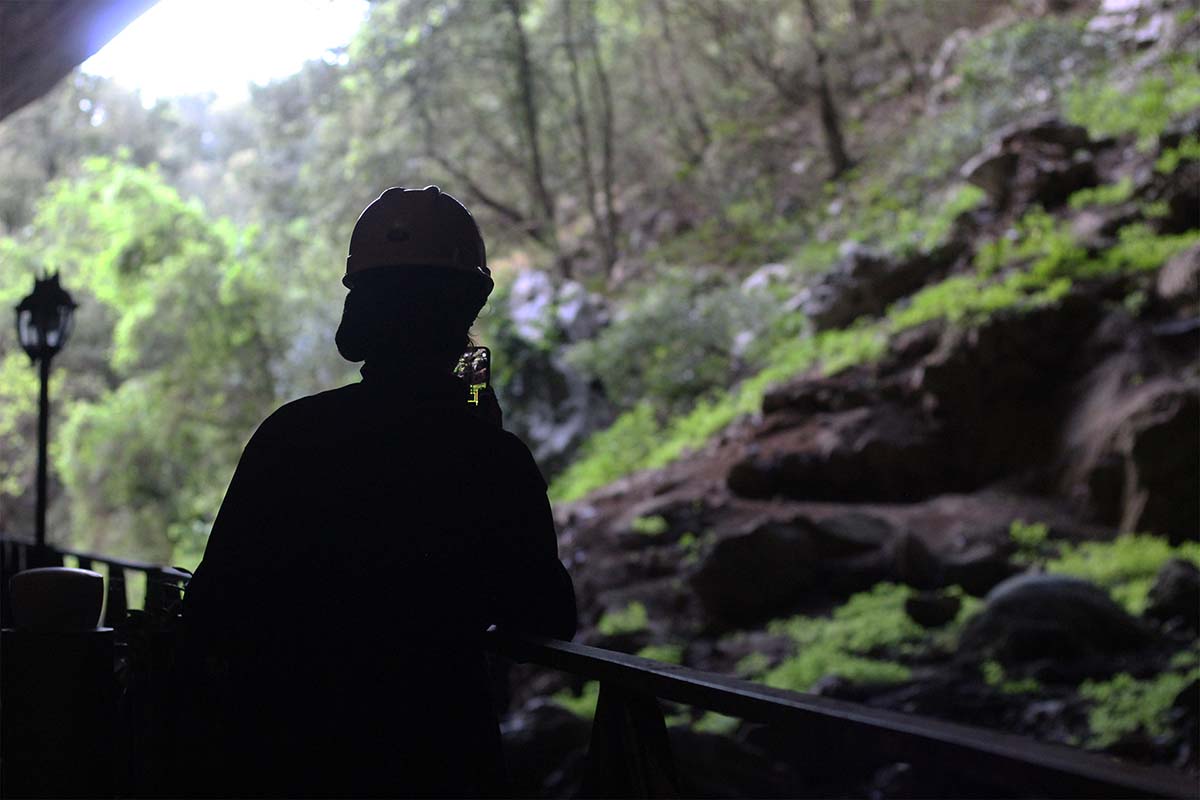
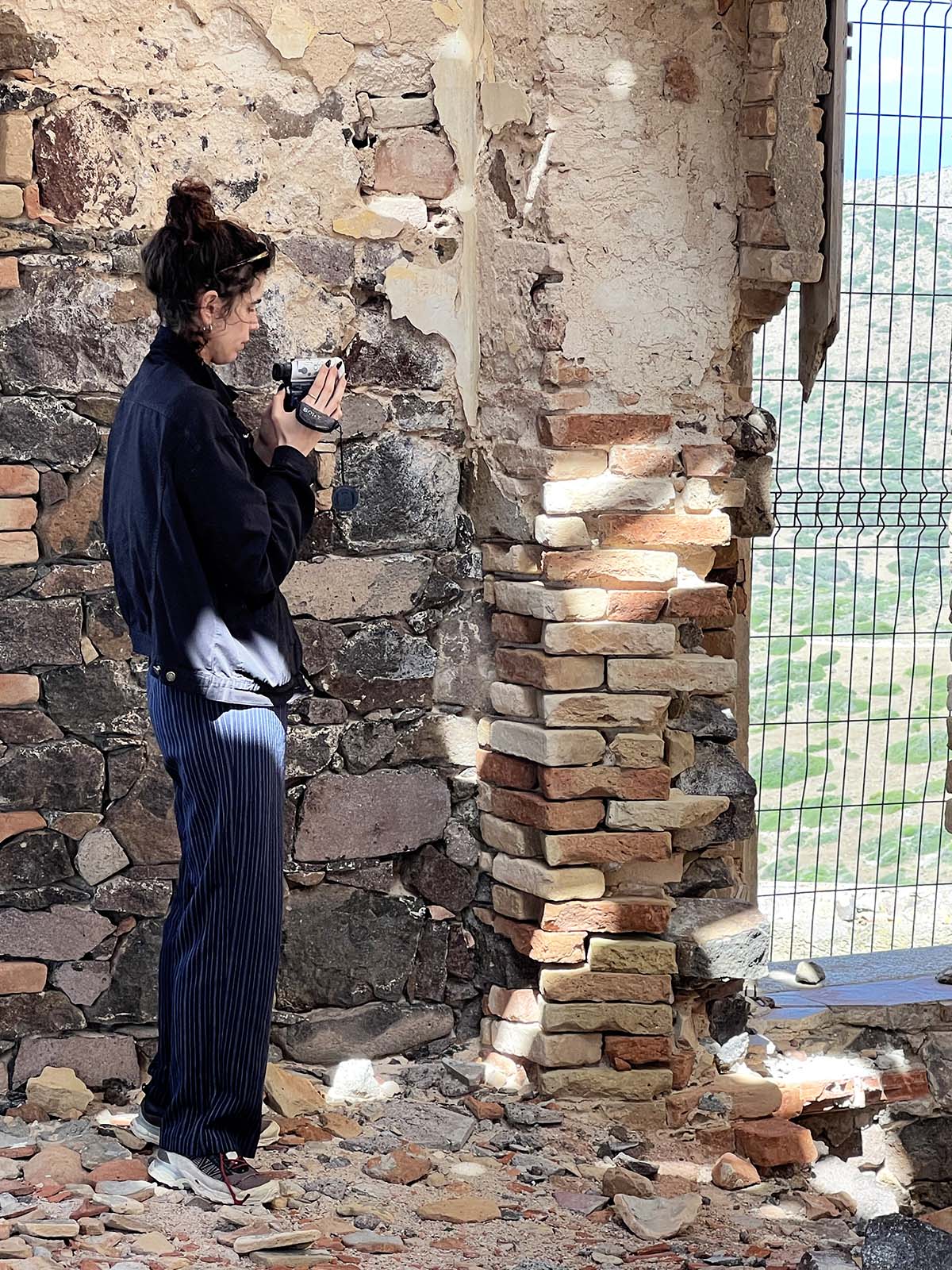
Dania Shihab
The project intends to catalogue sounds from the Islands, from a uniquely immigrant perspective. How does one perceive sounds in an entirely new environmental context? How does a stranger, being an involuntary flâneur in a foreign land, create a sonic map of a new terrain? I’m interested in how virgin sounds relate with those nostalgic vestiges of an abandoned homeland, in creating a new hybrid soundscape. I plan to capture these sounds, using a variety of recording techniques to create a final long form electroacoustic composition, using field recordings, live audio manipulation from found objects, voice and organic instrumentation.
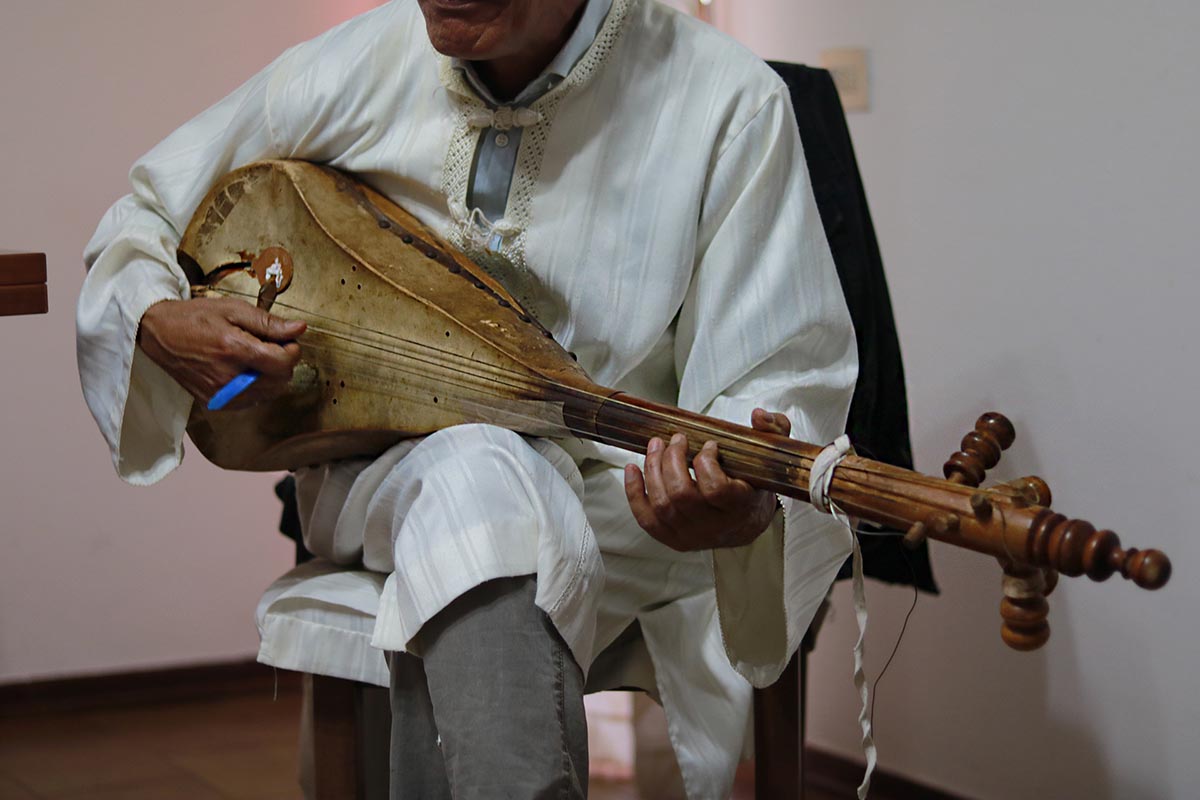
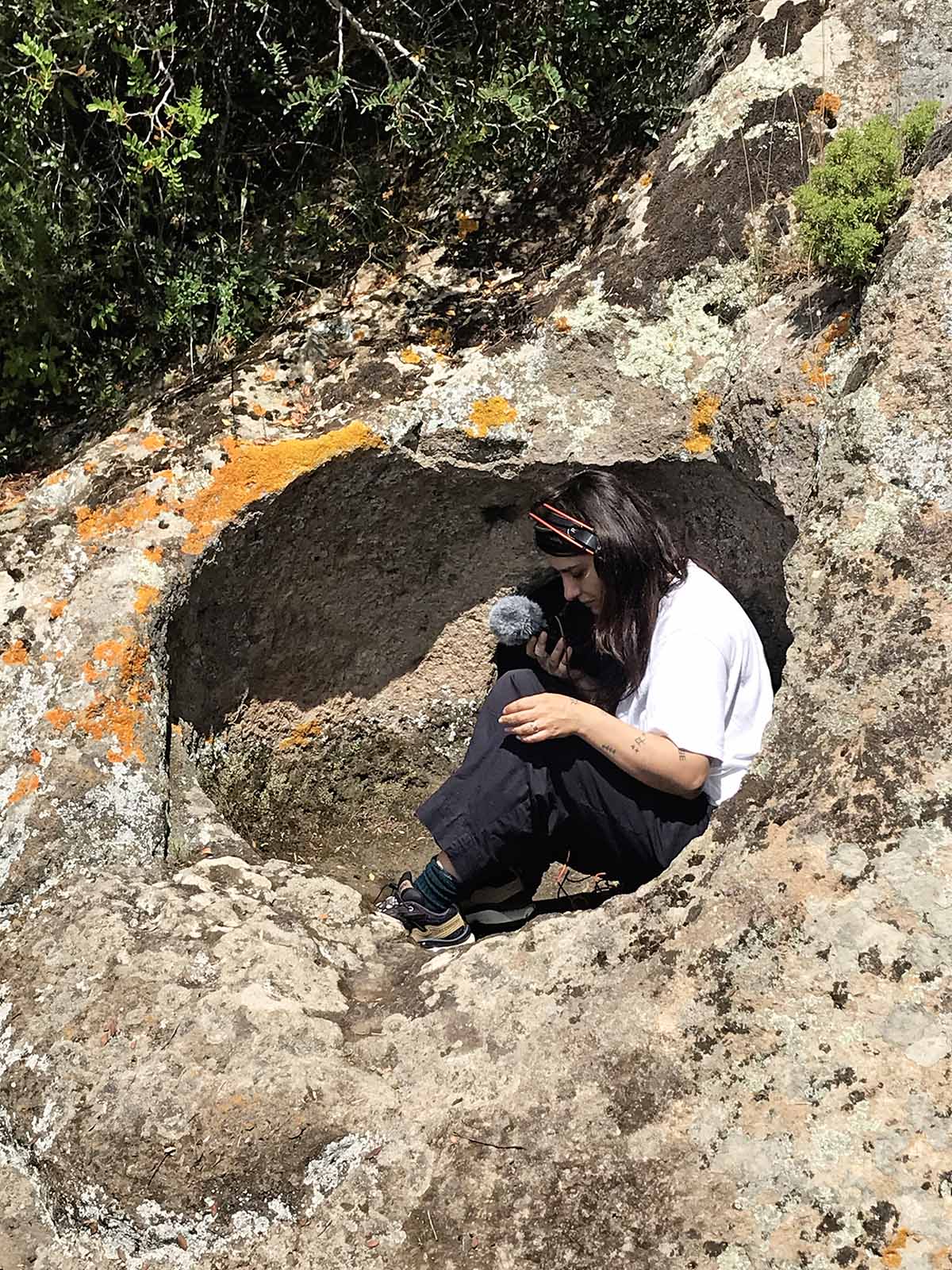

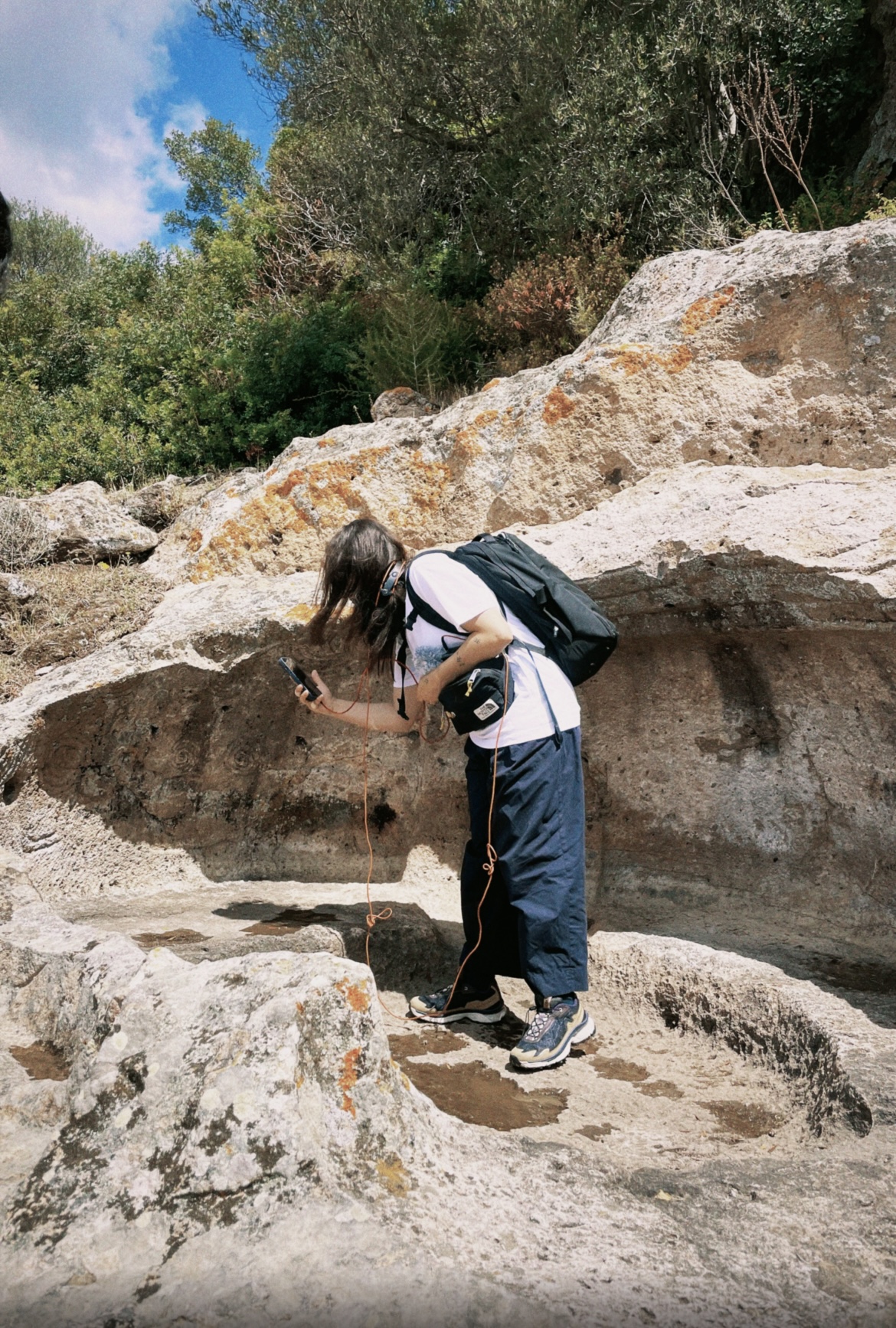
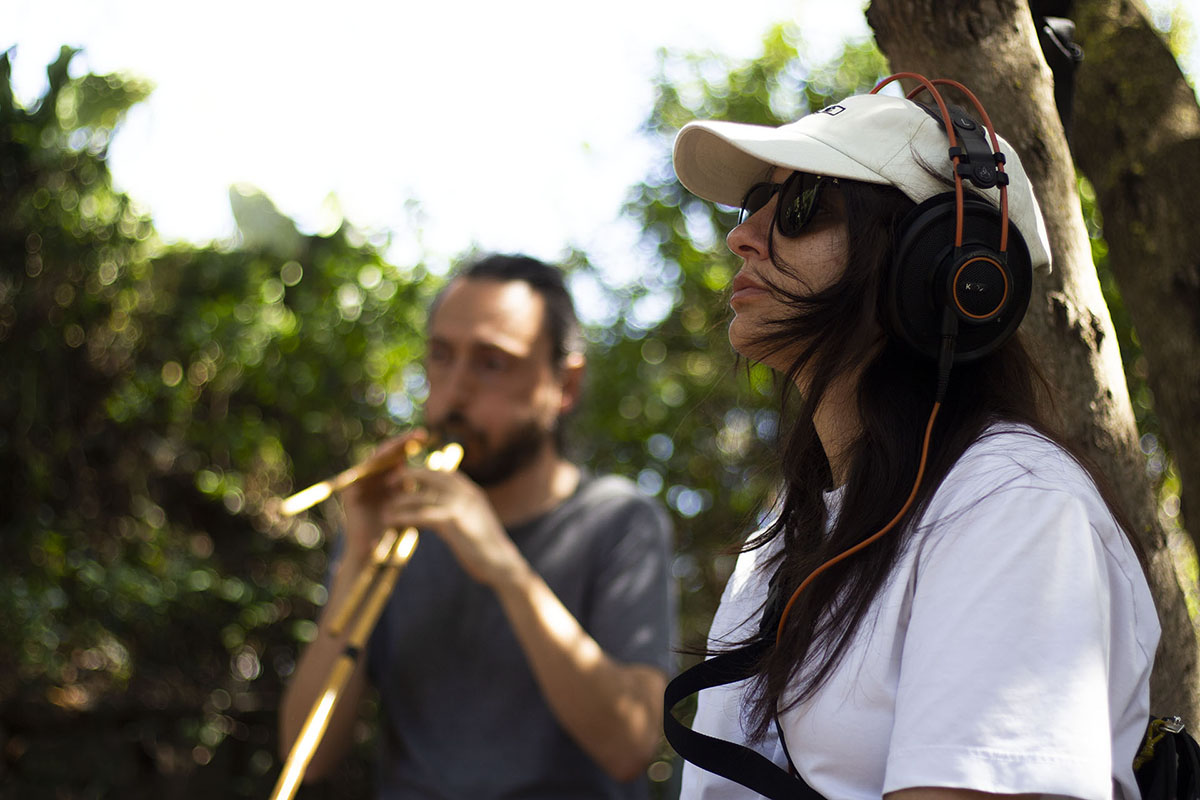

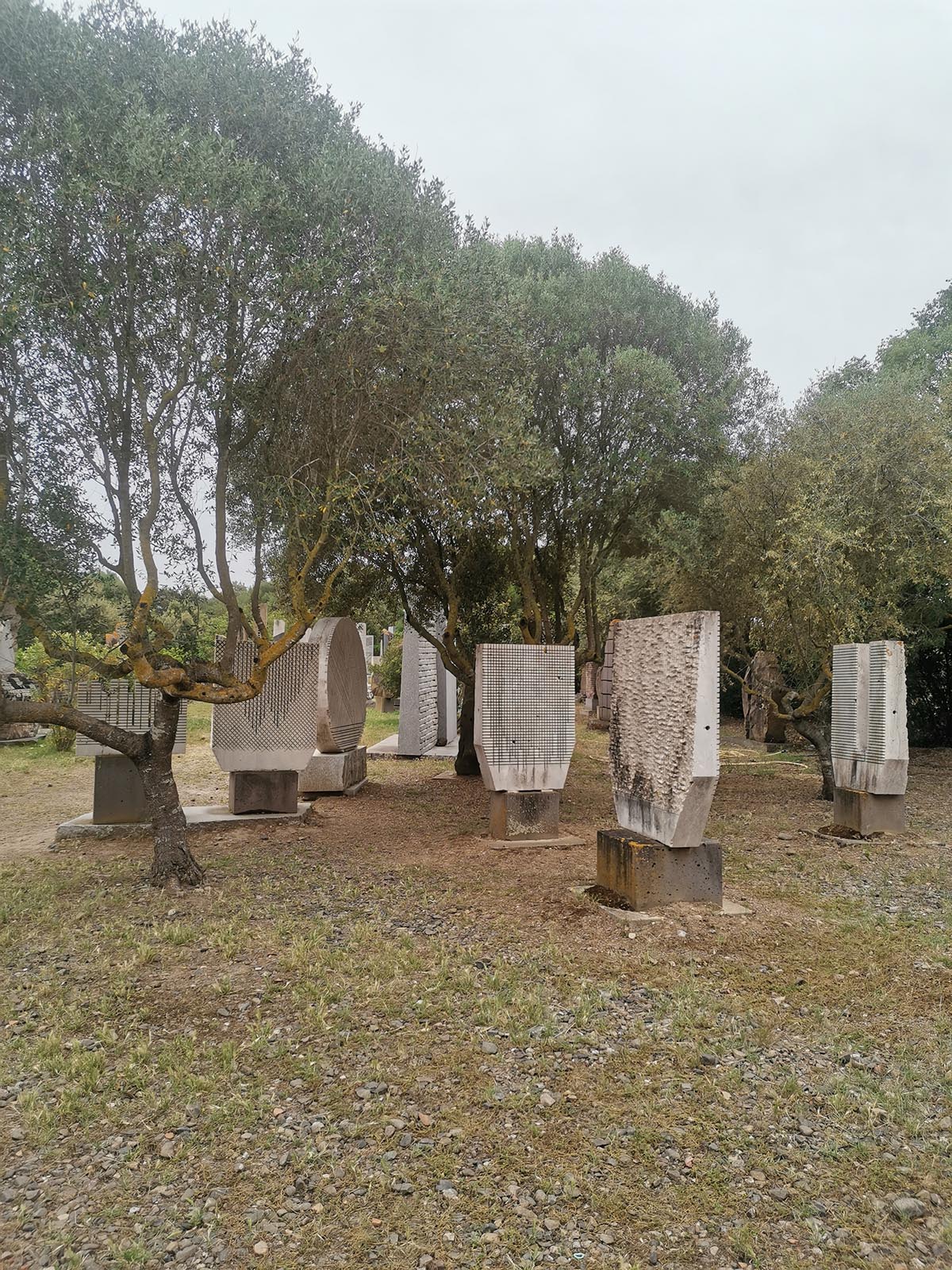
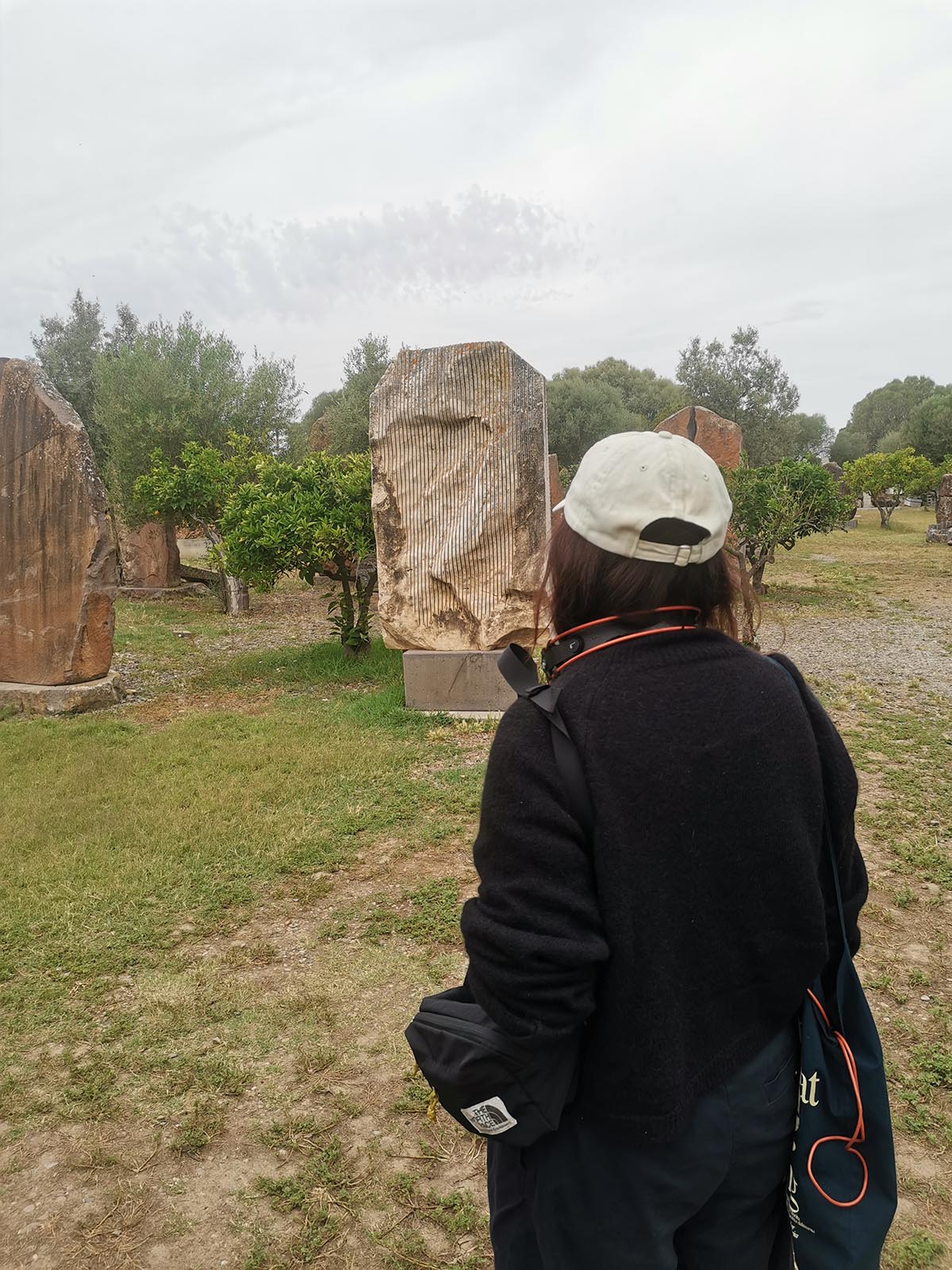
Amalia Vargas
Ecume des flux
Characterised by a certain ambiguity between the ancient and the modern, the three
islands hosting the residency evoke sculptural forms that emerge from objects present on
each territory. Which objects do Syros, Sardinia and Corsica have in common? Plastic
residues washed ashore by the waves may point a way. In the course of my three
voyages, The artist gathered found objects and, taking inspiration from the traditional forms
and architectures of the islands (such as caryatids or balusters), create an archaeology/
archive of our time.
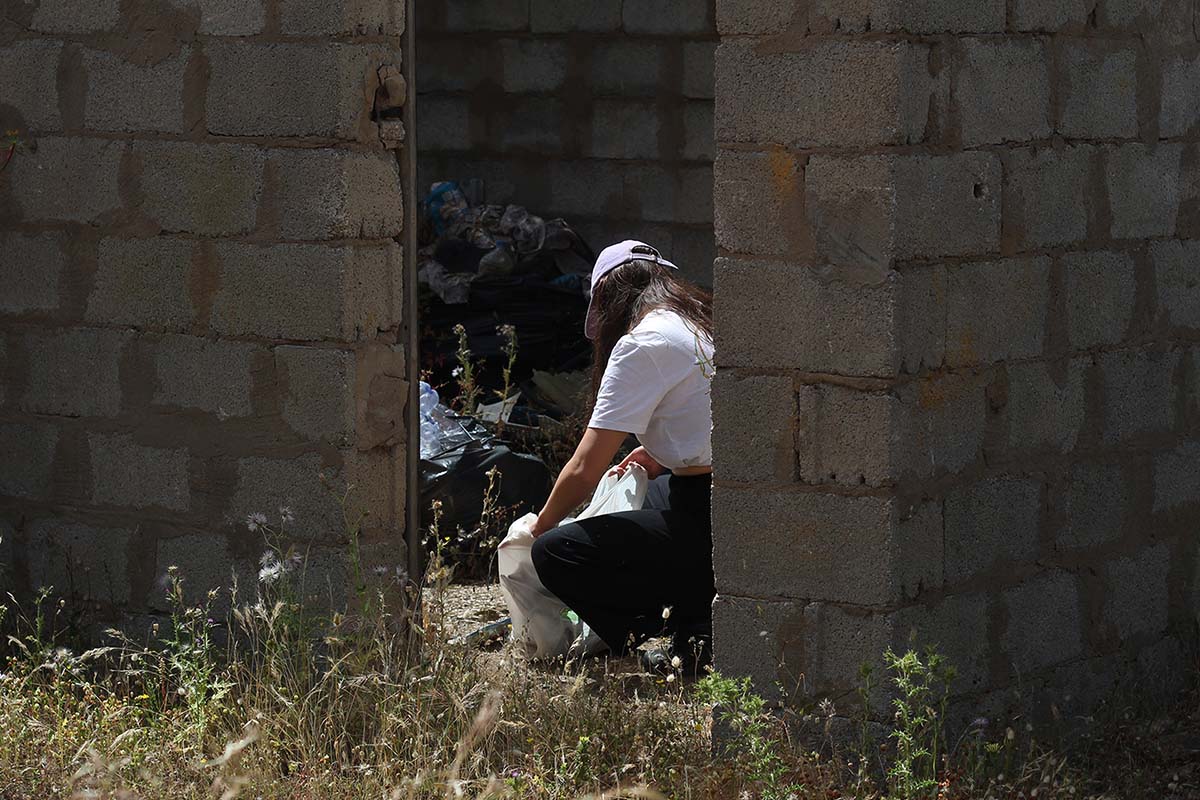
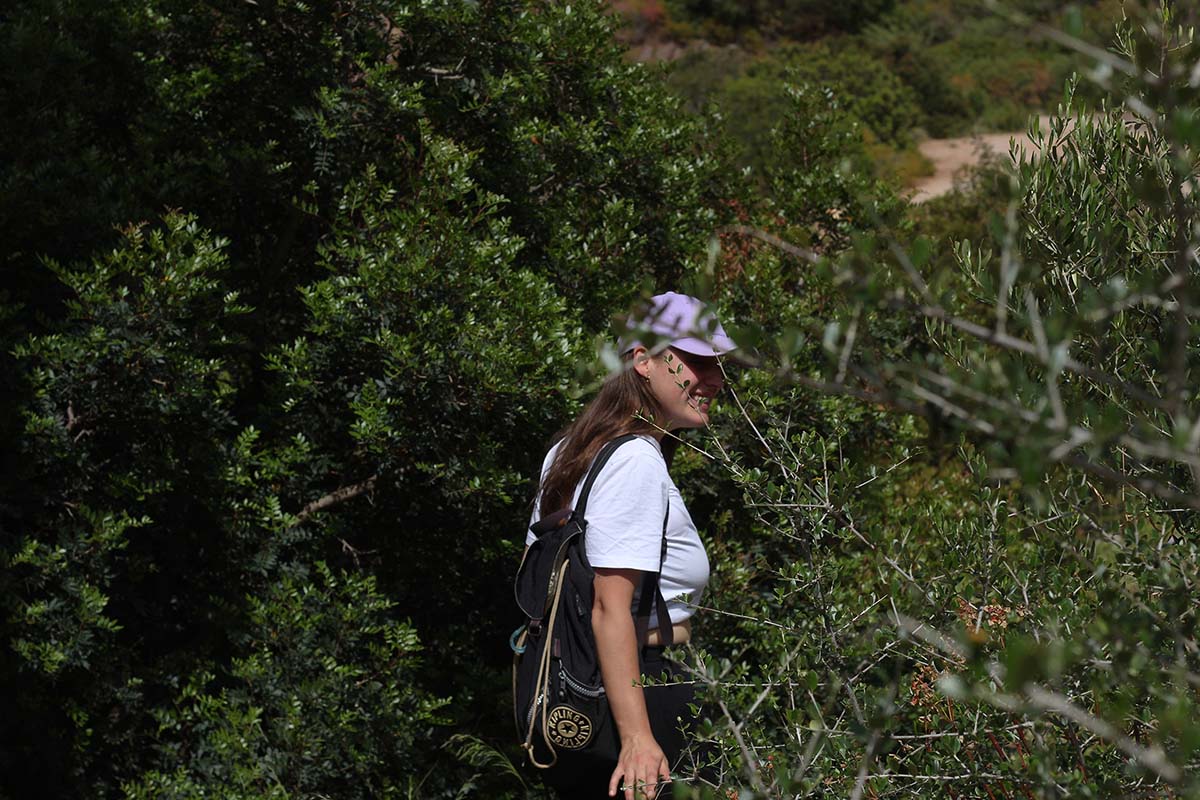
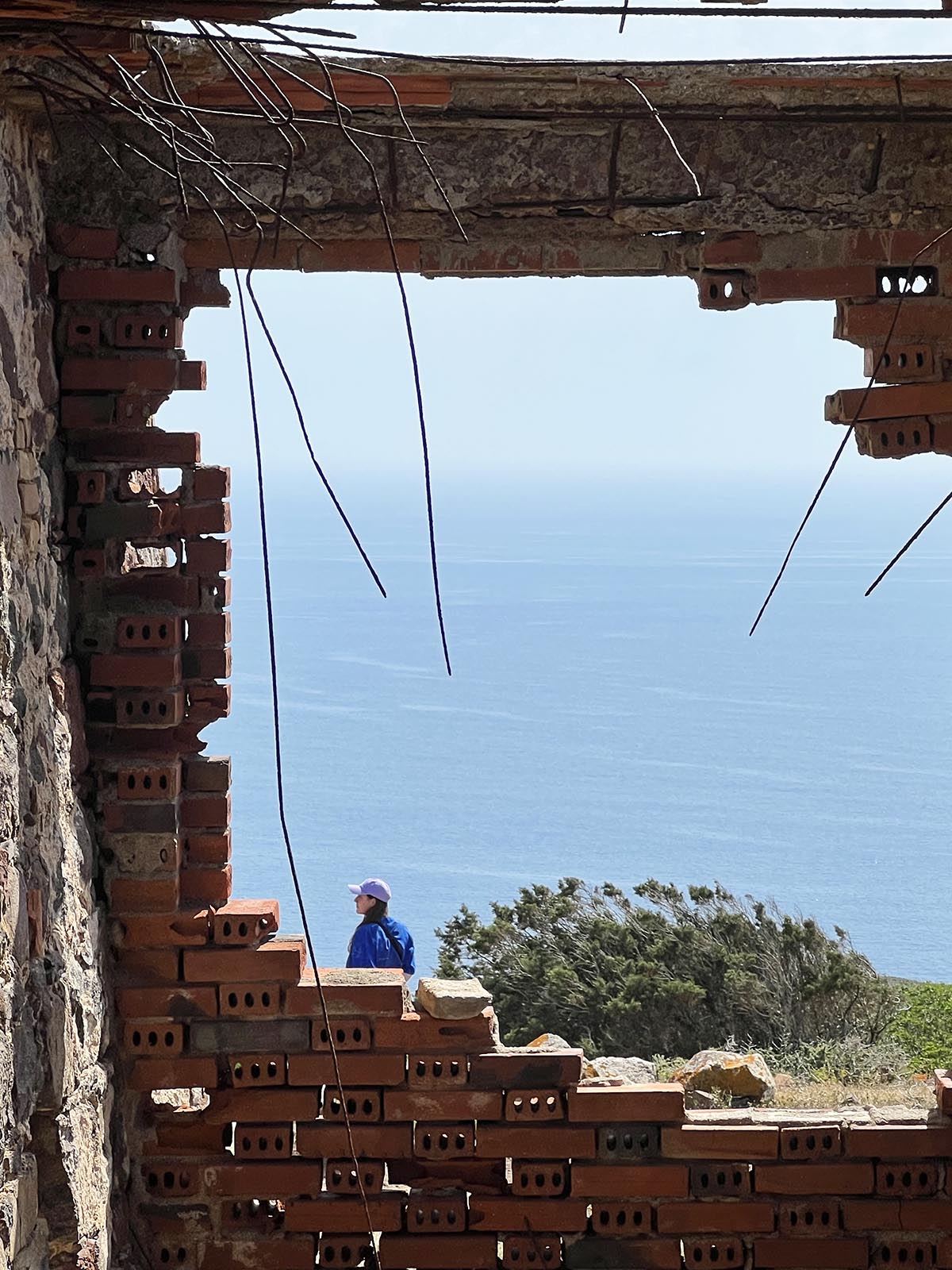

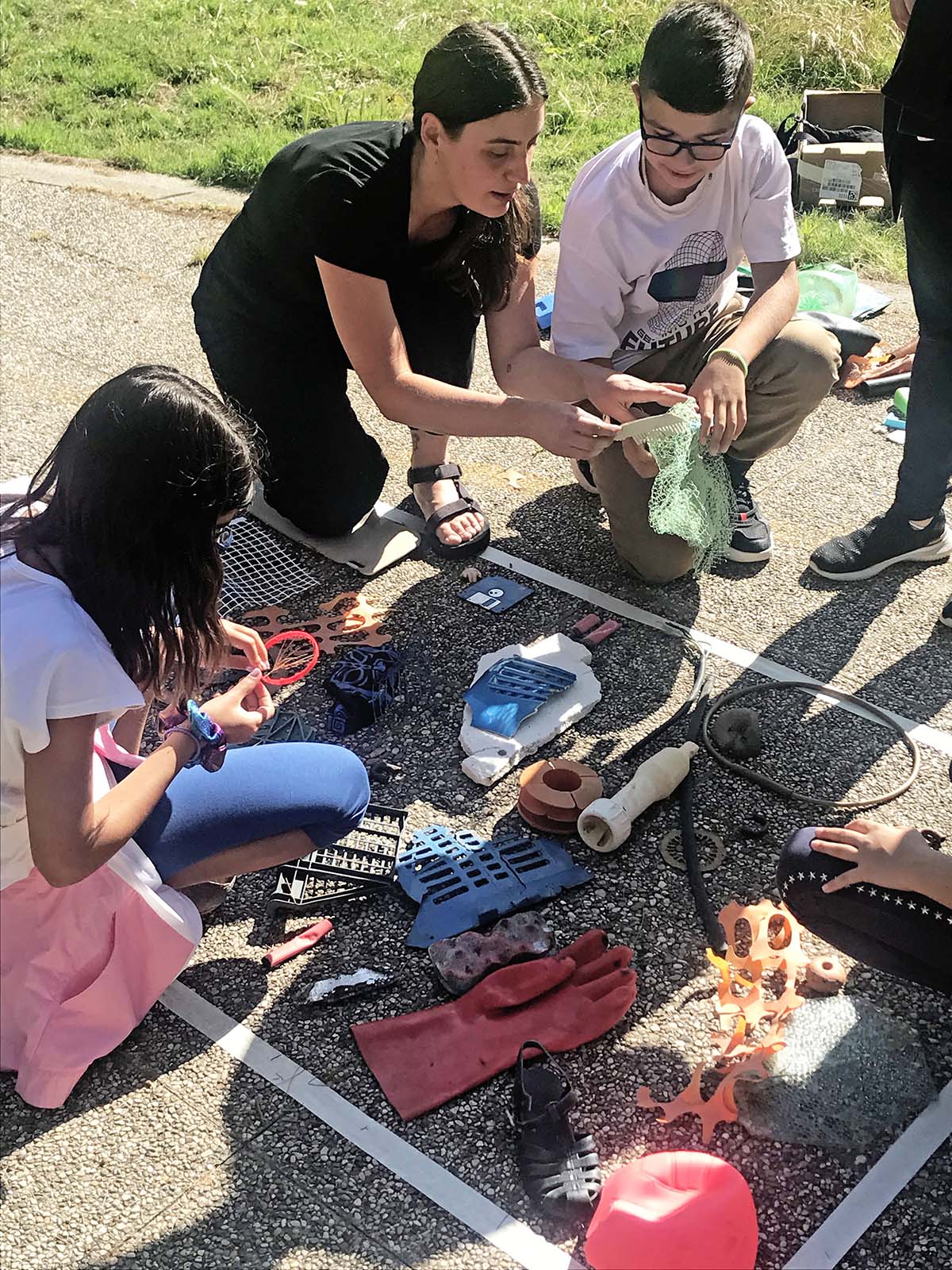
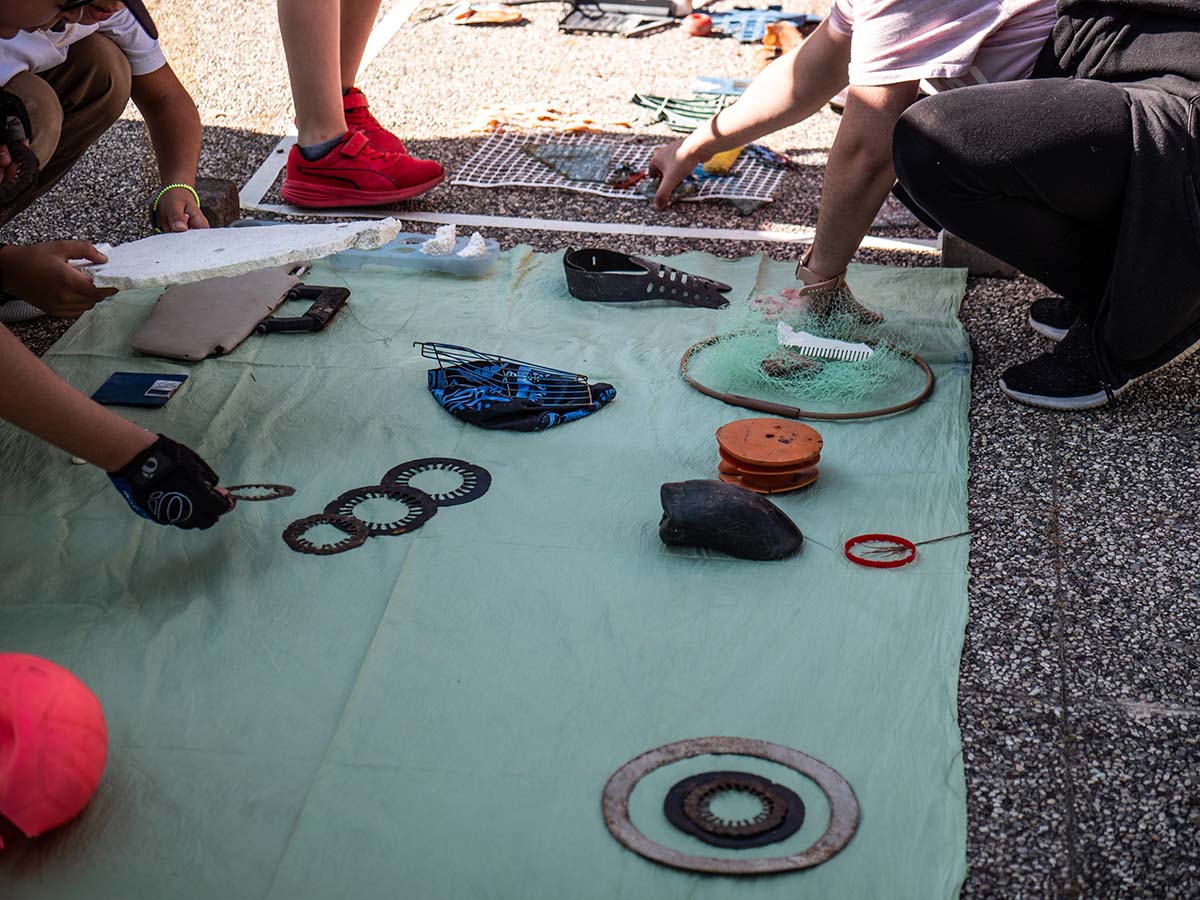
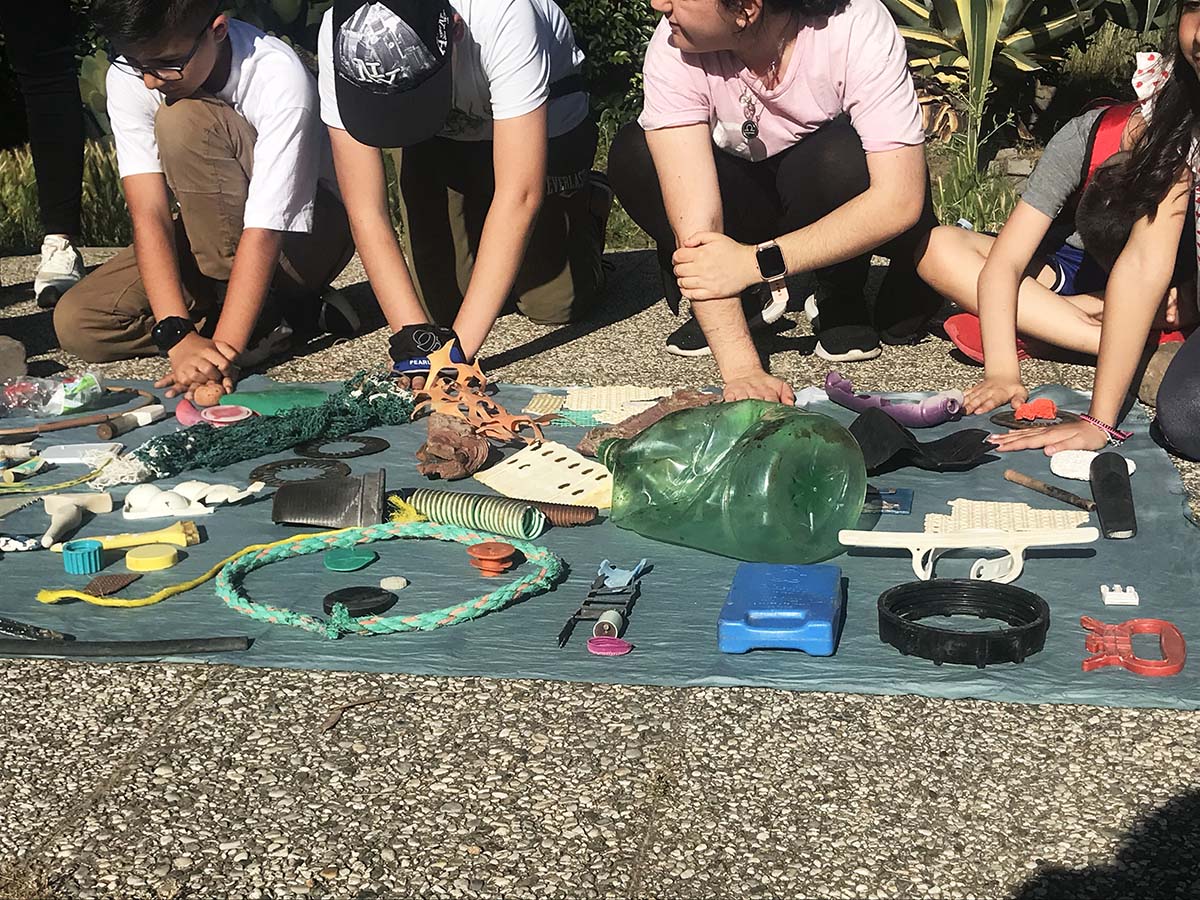

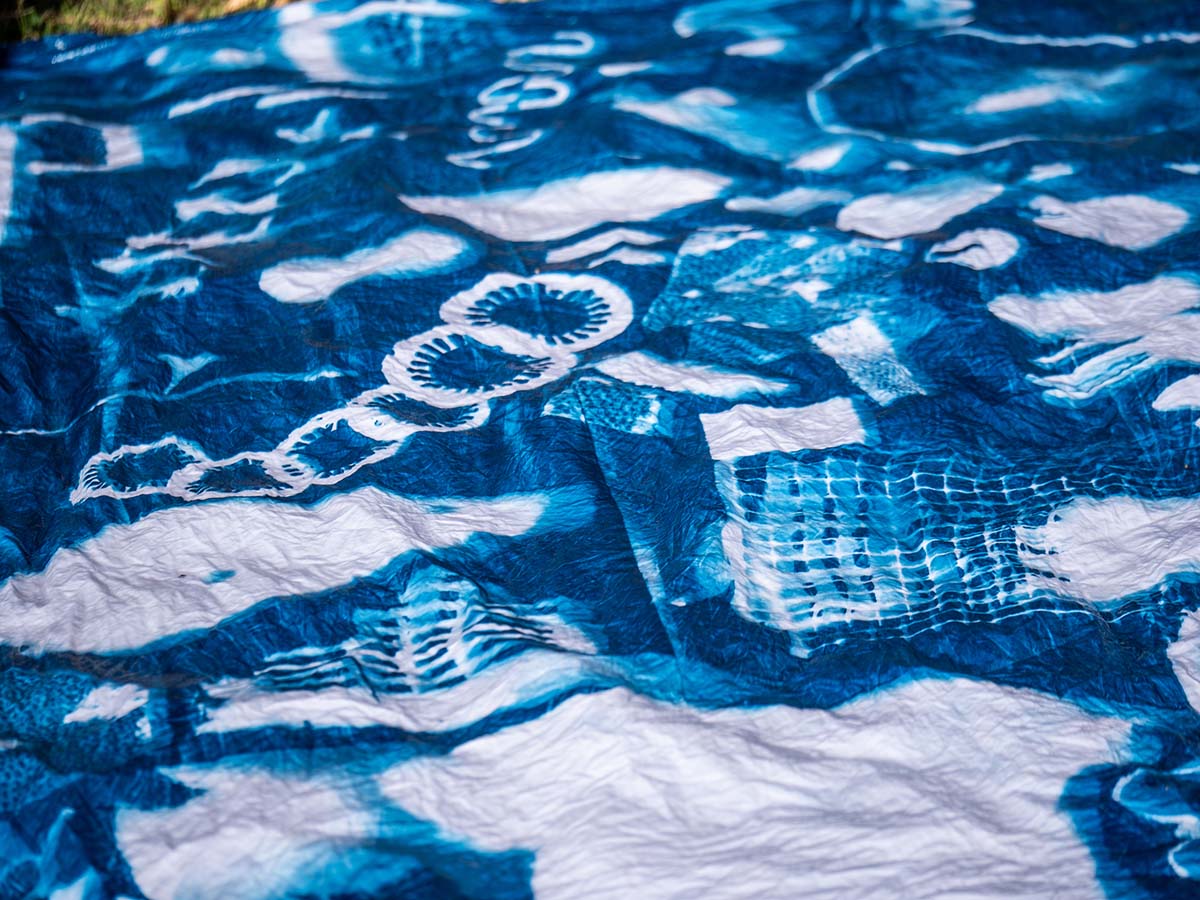
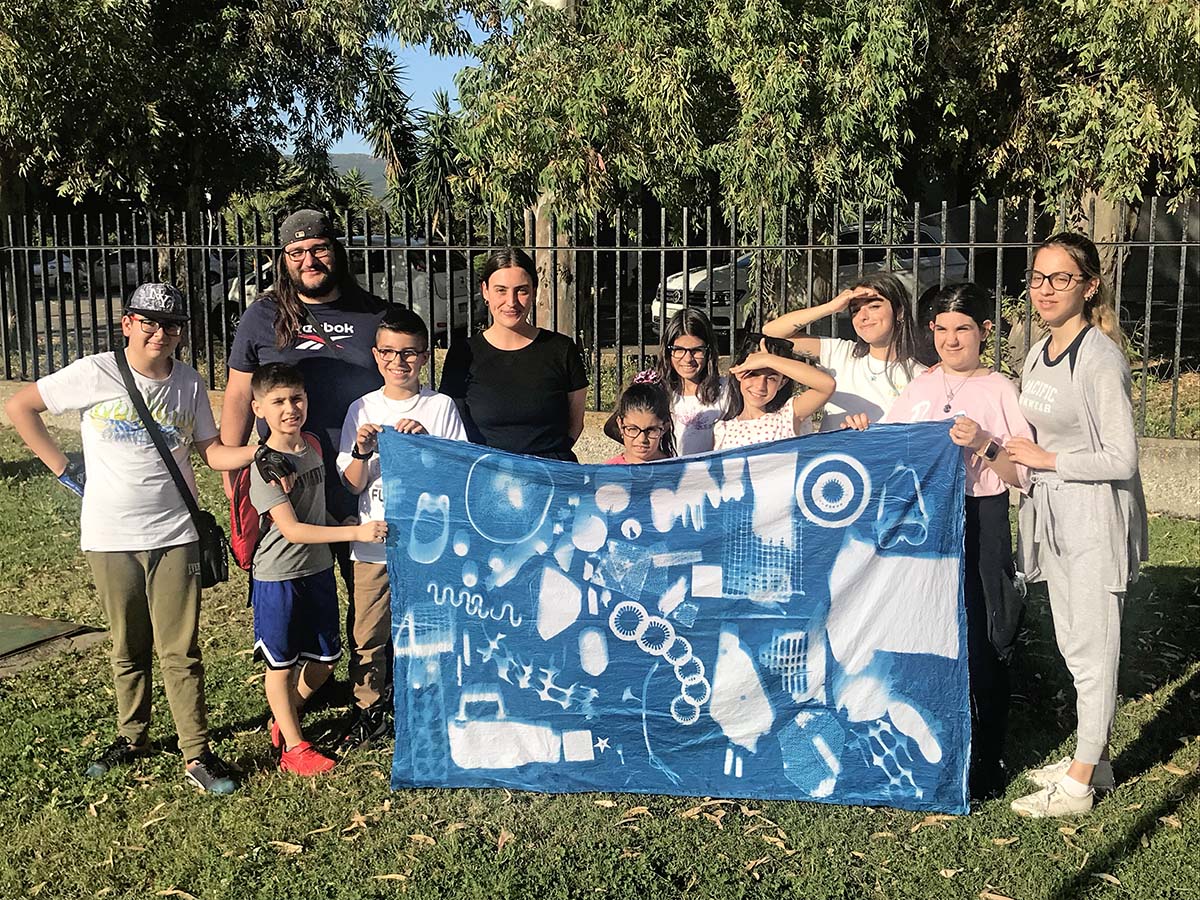
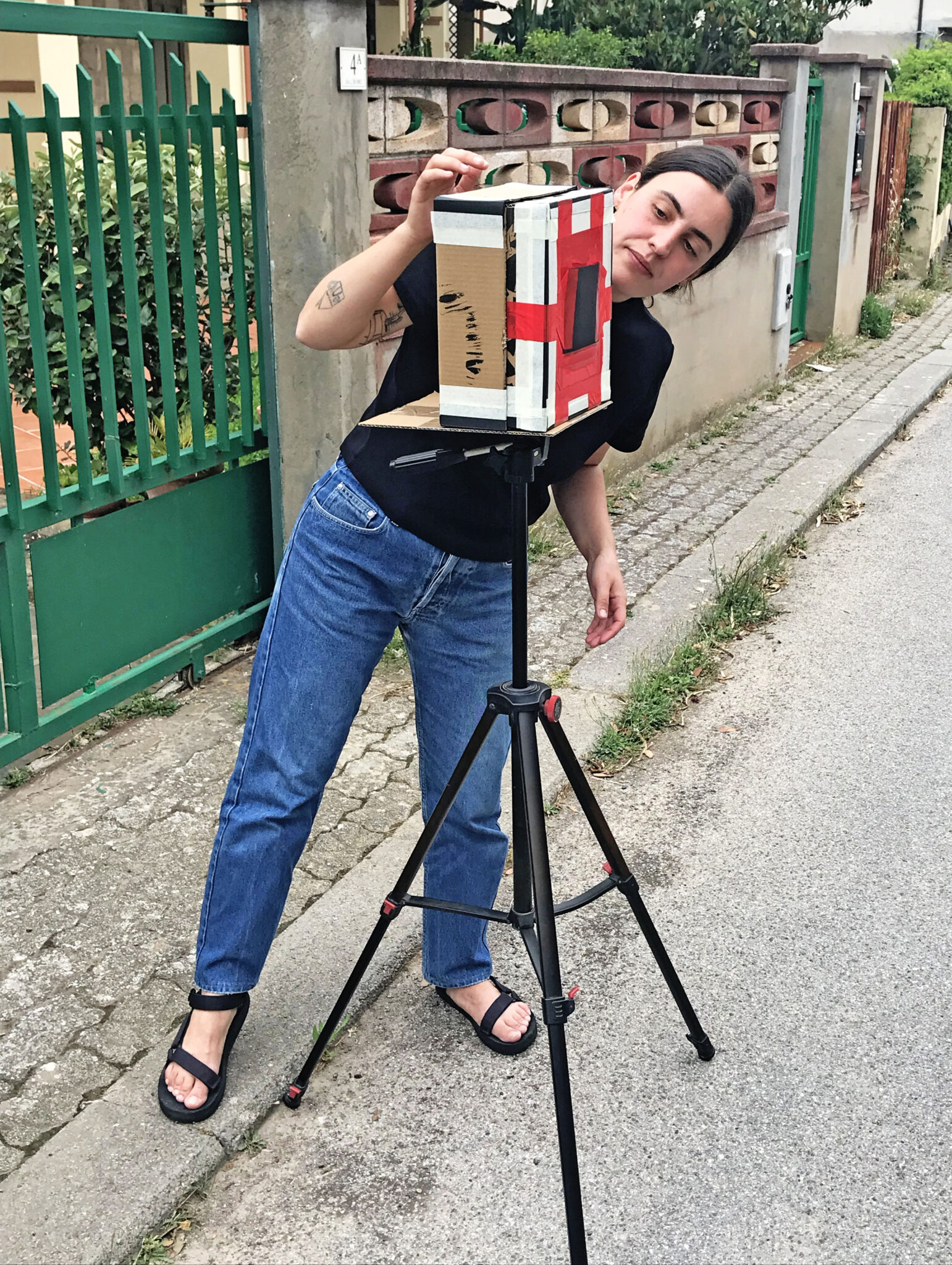
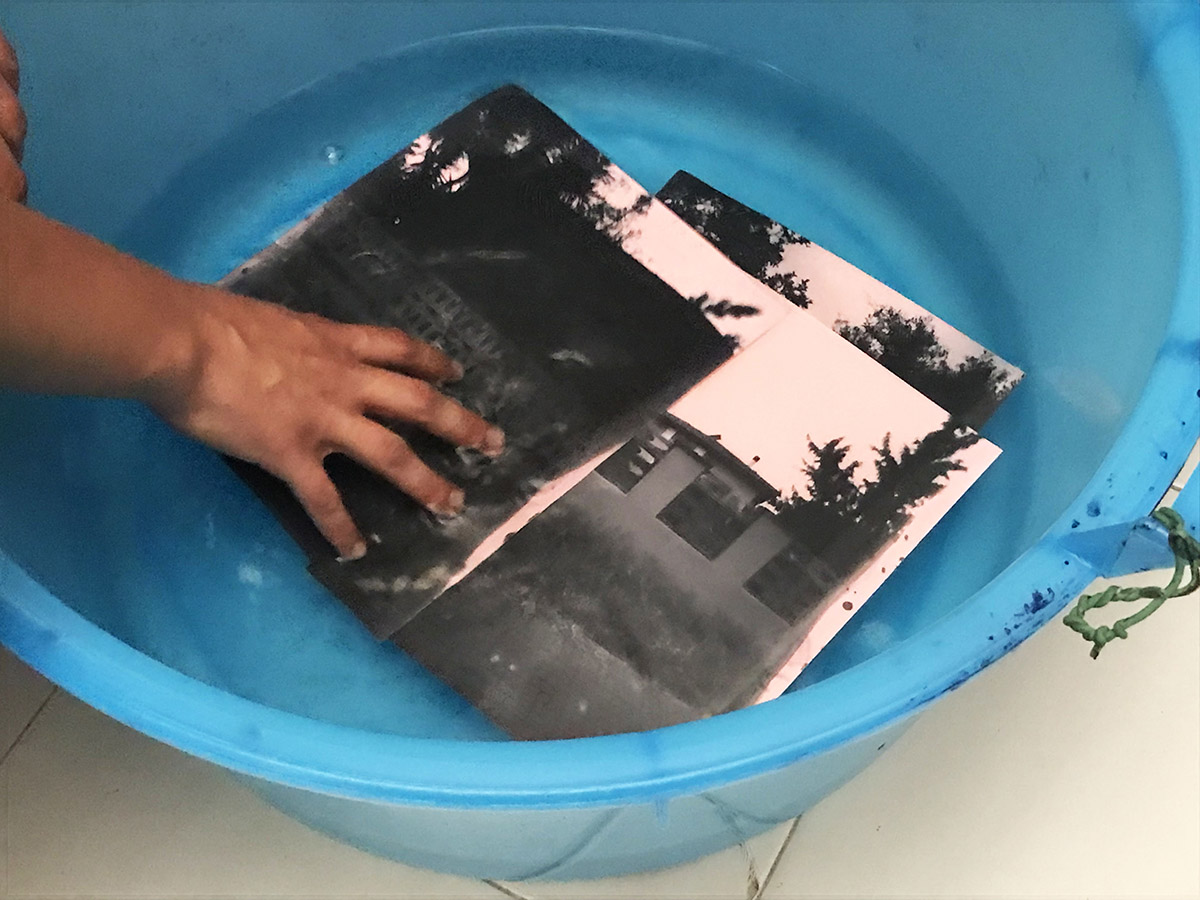
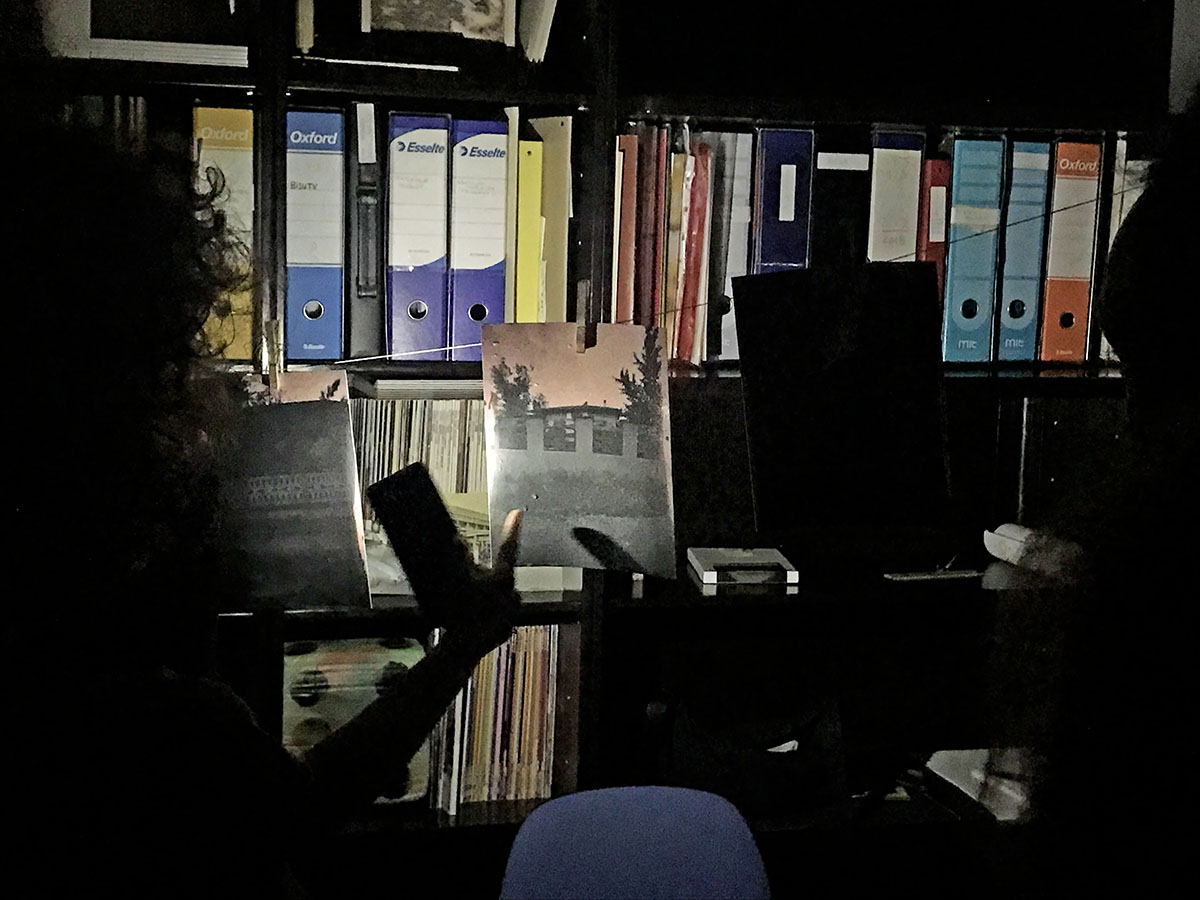


The last residency of the Common Places A.i.R. cycle. saw the artists of Collectif Kahraba as guests.
Founded in 2007, Collectif Kahraba is a performing arts company comprising artists and technicians from different walks of life who firmly believe that art is a pathway for dialogue and openness. Thanks to a growing network of actors, writers, stage directors, photographers, puppeteers and dancers, brought together by the will to exchange tools and knowledge and to meet the audience, Collectif Kahraba poetically questions the world in which we evolve. With over 18 productions that tour regularly across Lebanon and internationally, Collectif Kahraba initiated “Us, the Moon & The Neighbours” in 2011; a free, multi-disciplinary festival. With 6 editions, the festival managed to position itself as a real platform for collaboration, exchange and encounters amongst audiences and local and international artists. In 2017 Collectif Kahrba takes the artistic direction of Hammana Artist House, a residency space for artists that it co-founded with Robert Eid. With Hammana Artist House, it’s the art of encounter that Collectif Kahraba chooses to put forth as a vehicle to develop the imaginary, curiosity, critical sense, and to contribute, in a shared responsibility, to building a culture of peace.
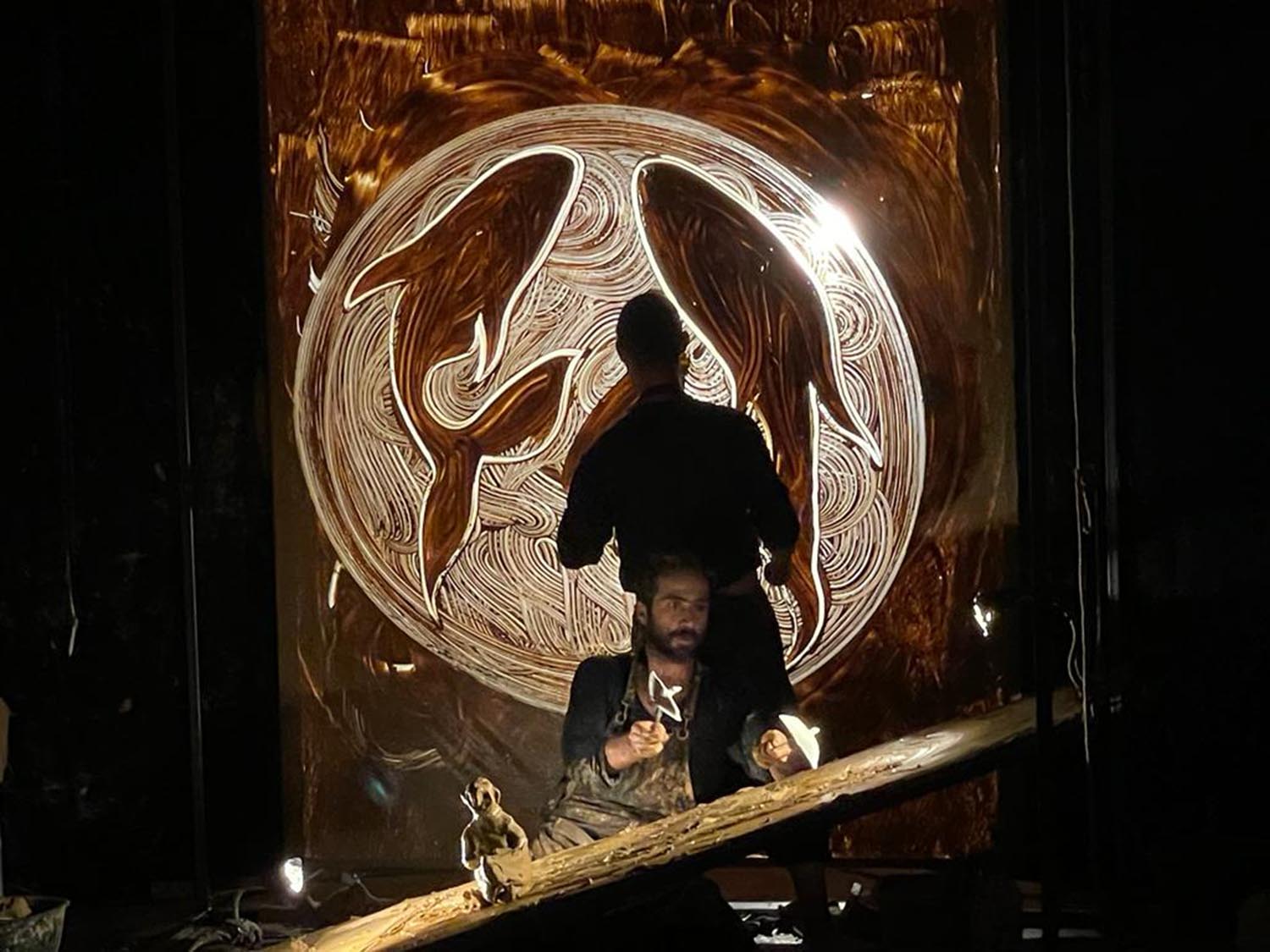
* * *
Totus in pari cun Collectif Kahraba!
In the month preceding the arrival of the Collectif Kahraba artists, a close-knit group of boys and girls from Perdaxius and the surrounding area led by the artists Carlo Spiga and Matteo Rubbi conceived and created a new puppet show from scratch. The protagonists of an incredible story between science fiction and fantasy were born from clay: The fantastic story of Robit12.
During the workshops the screenplay, scenography and soundtrack were born. The premiere of the show took place on September 26, 2022 at the Perdaxius Social Center.

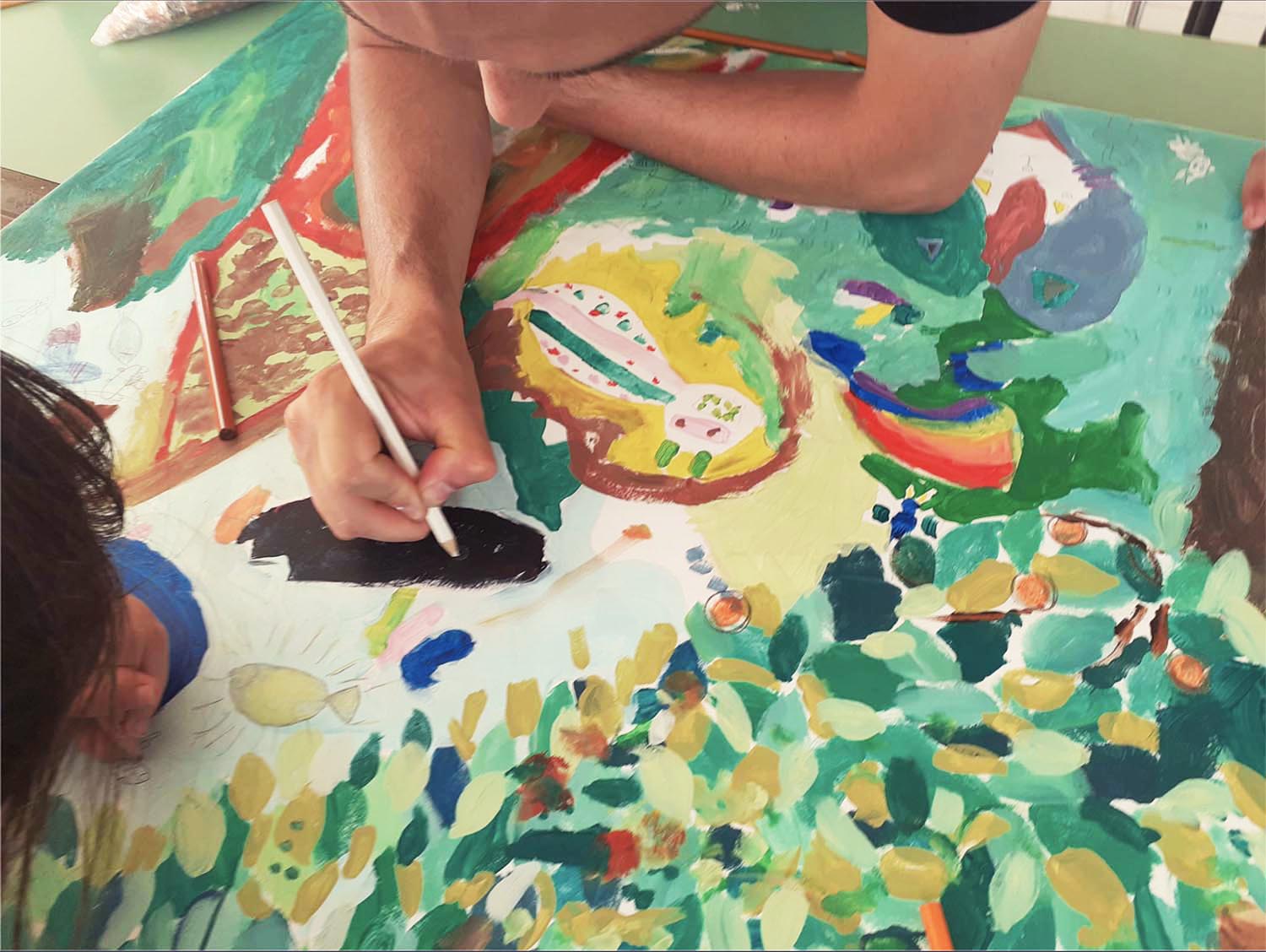
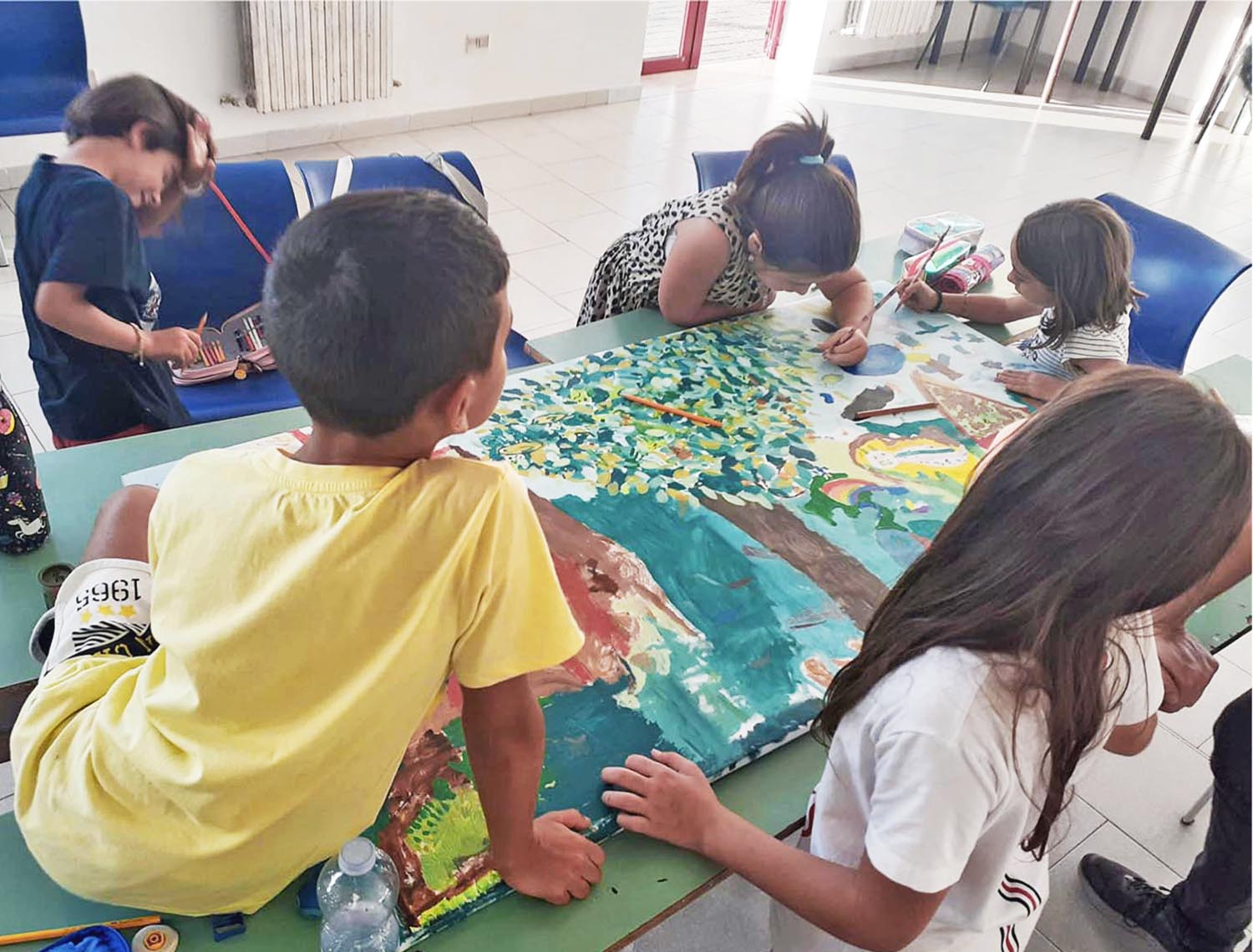
* * *
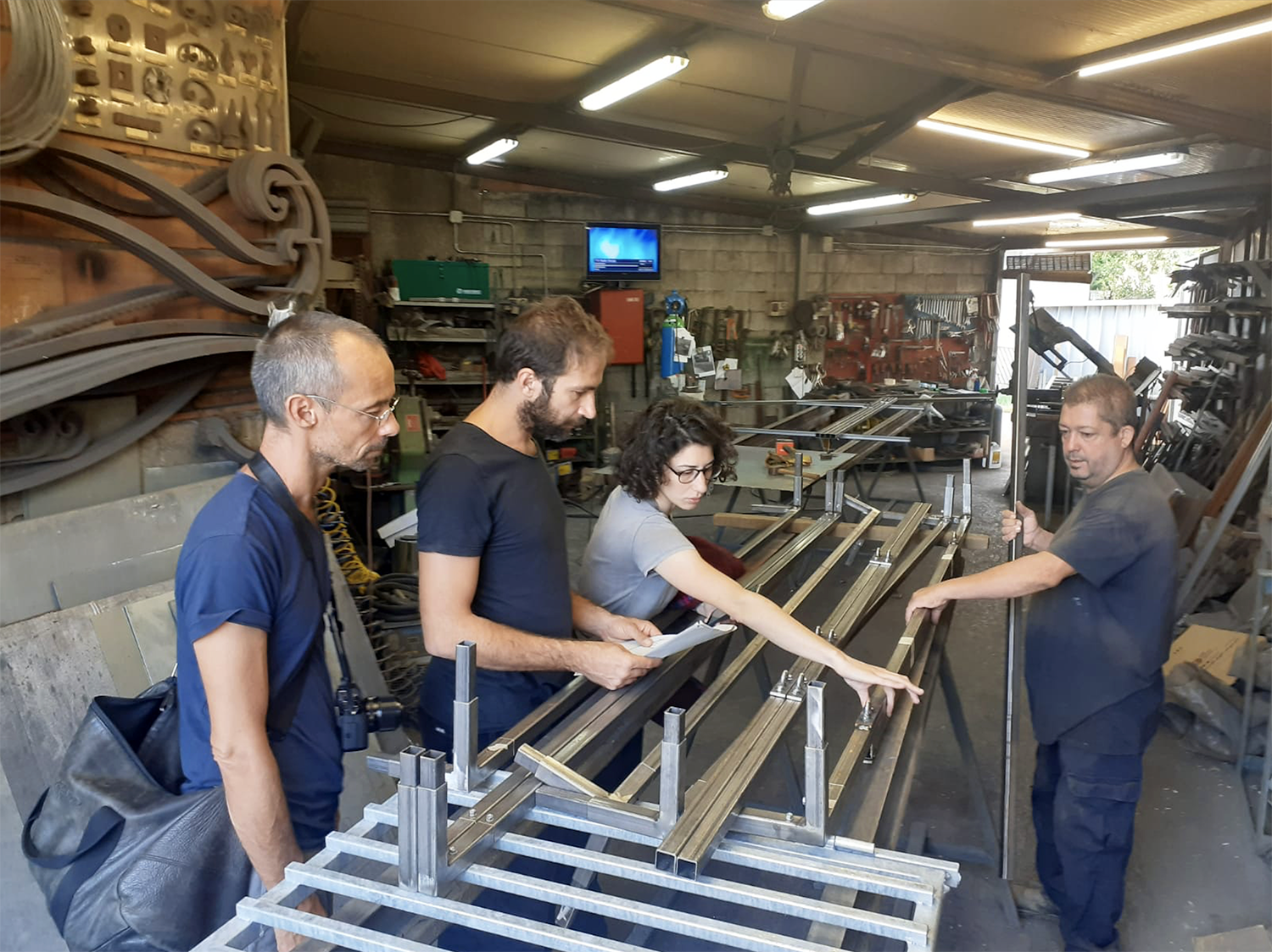
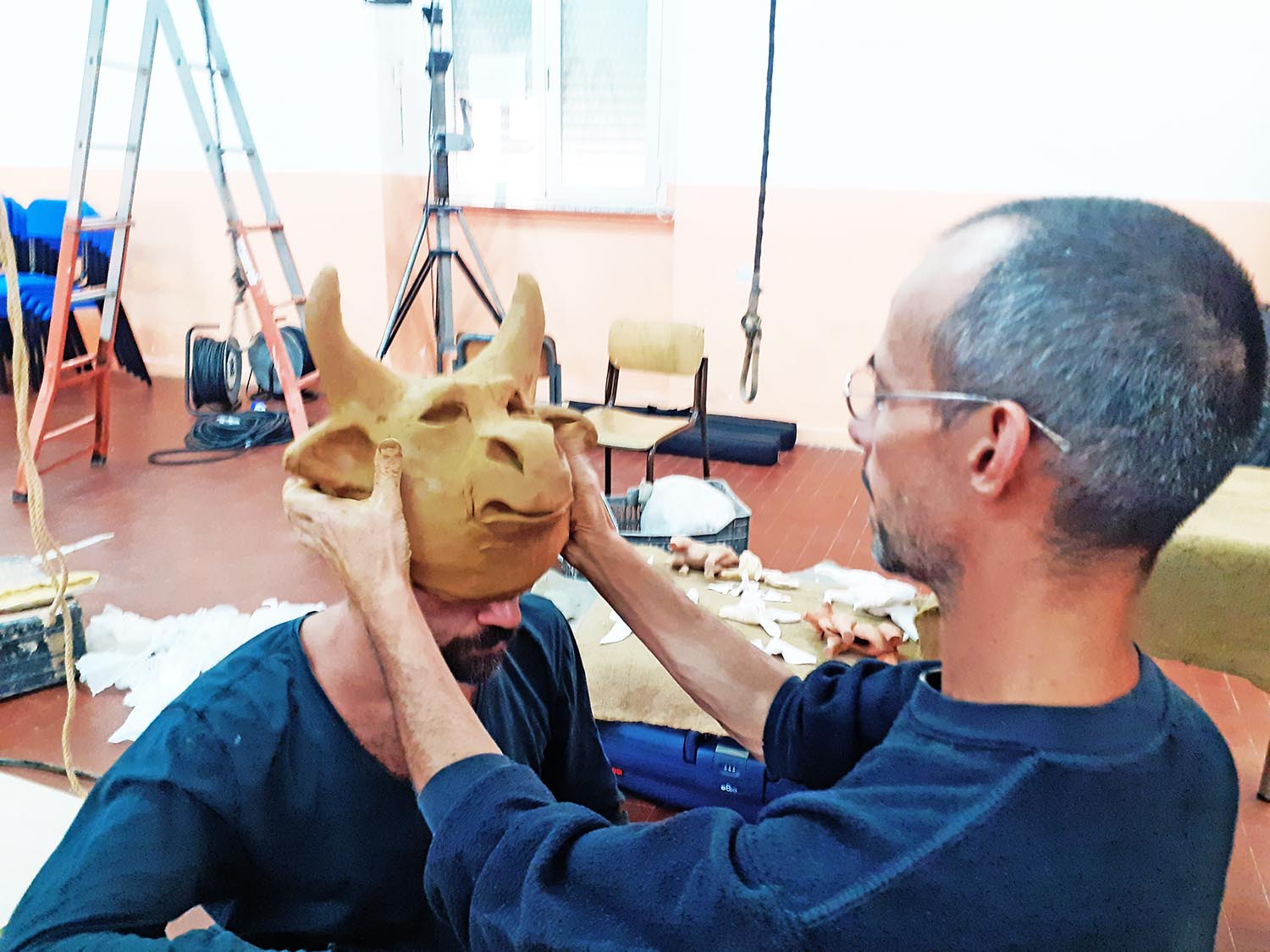
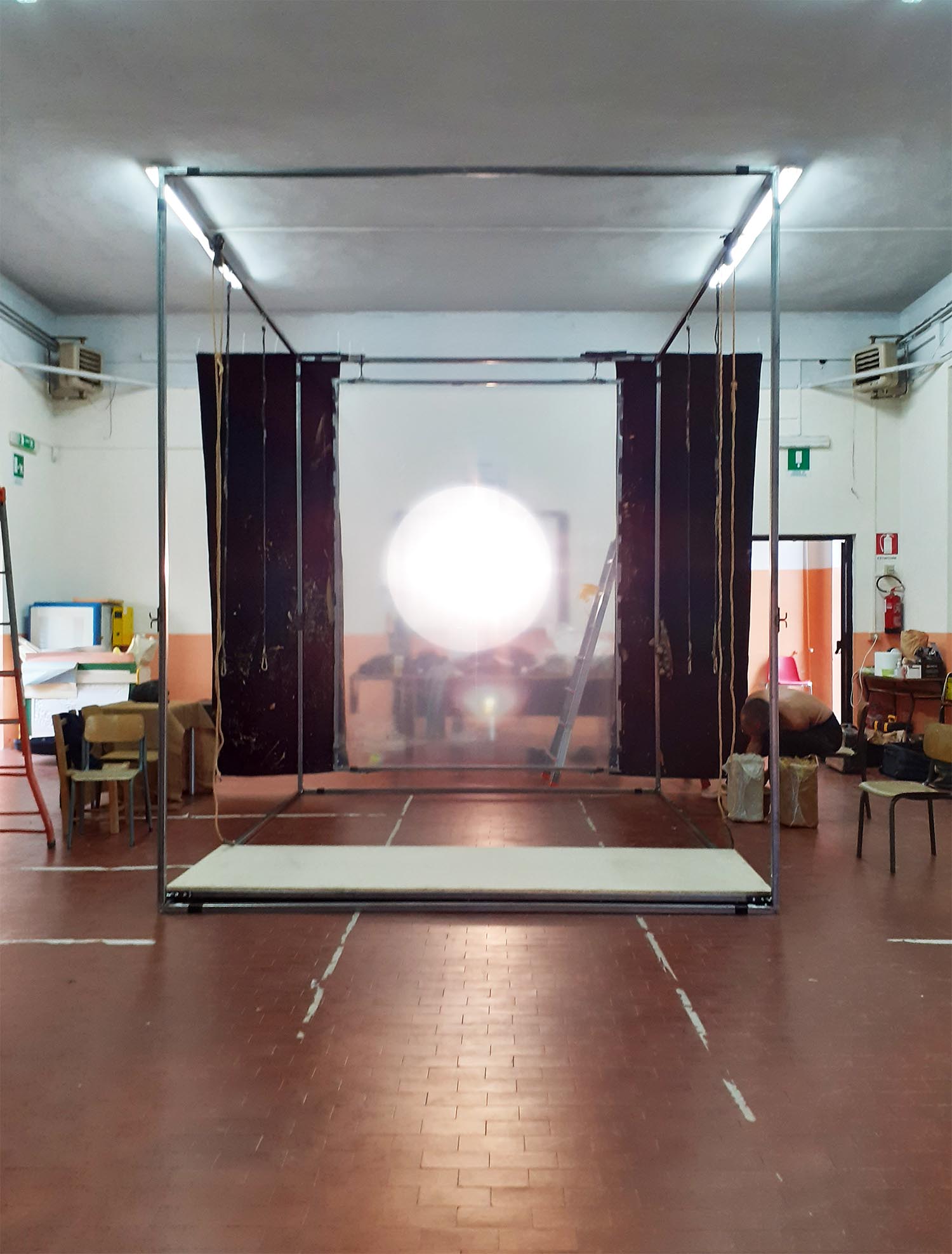

Geologia di una fiaba
“Geologia di una fiaba” is a creative project for young audiences conceived of and interpreted by Aurelien Zouki and Éric Deniaud. The piece combines storytelling, dance, and object and sound manipulation. The central element is clay in layered sheets, in piles, in blocks, in bas-relief, modeled live, etc., giving life to figures and spaces. It is from and through this raw material that the two interpreters build the genealogy of fables and their origins. In order to write their own fables, we know that La Fontaine and Marie de France were inspired by Aesop, who was himself inspired by Persian tales, which most certainly came from India, and so on… probably since the continental drift, perhaps before language became so elaborate. The first fable may have even been modeled from clay. Through oral transmission, these simple wisdoms have been entrusted to us from age to age, territory to territory. The ascension of time and crossing of space reminds us that not so long ago, borders were not defined as they are today. The only things, perhaps, still able to easily cross, are our thoughts and our stories.
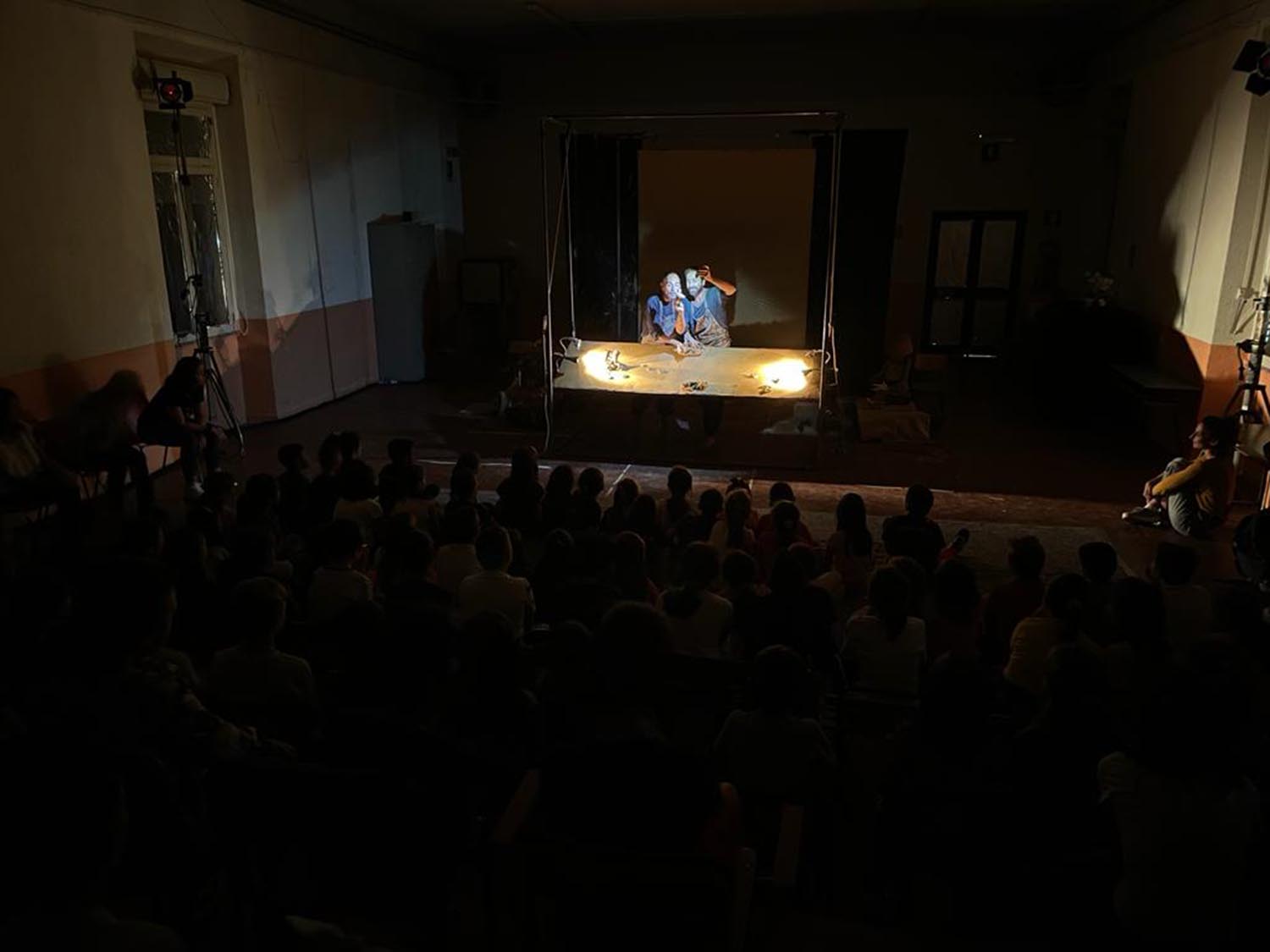
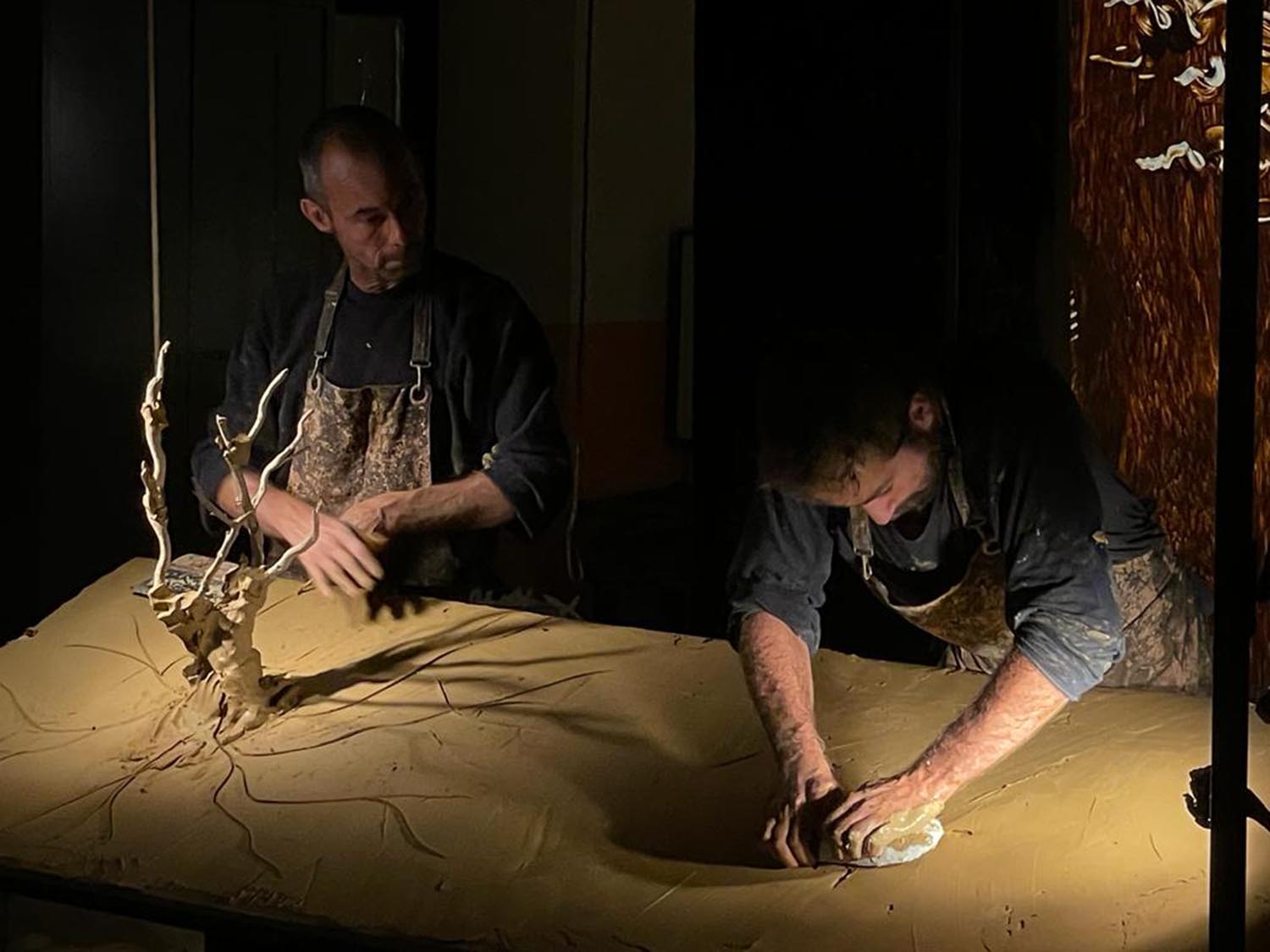
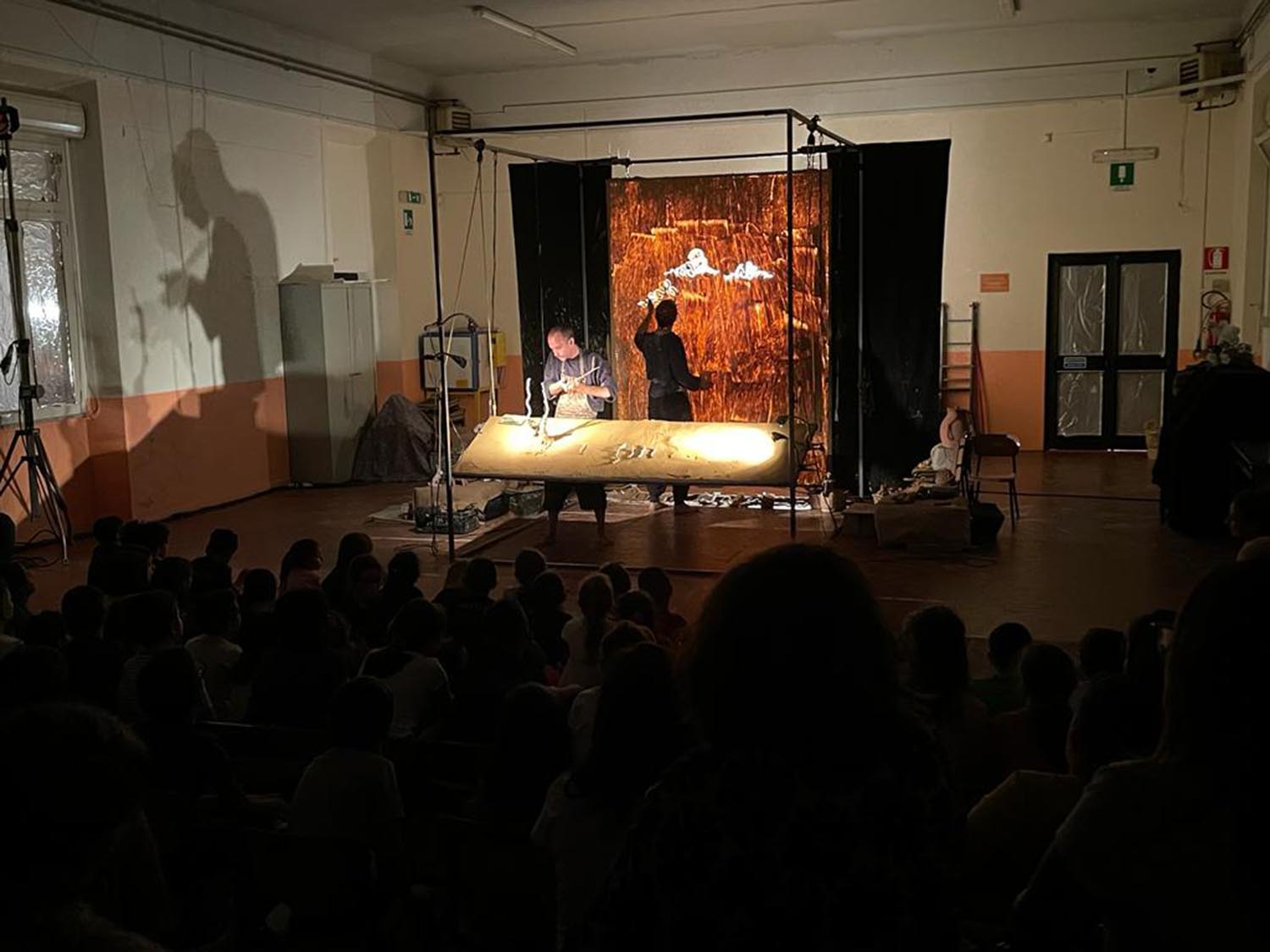
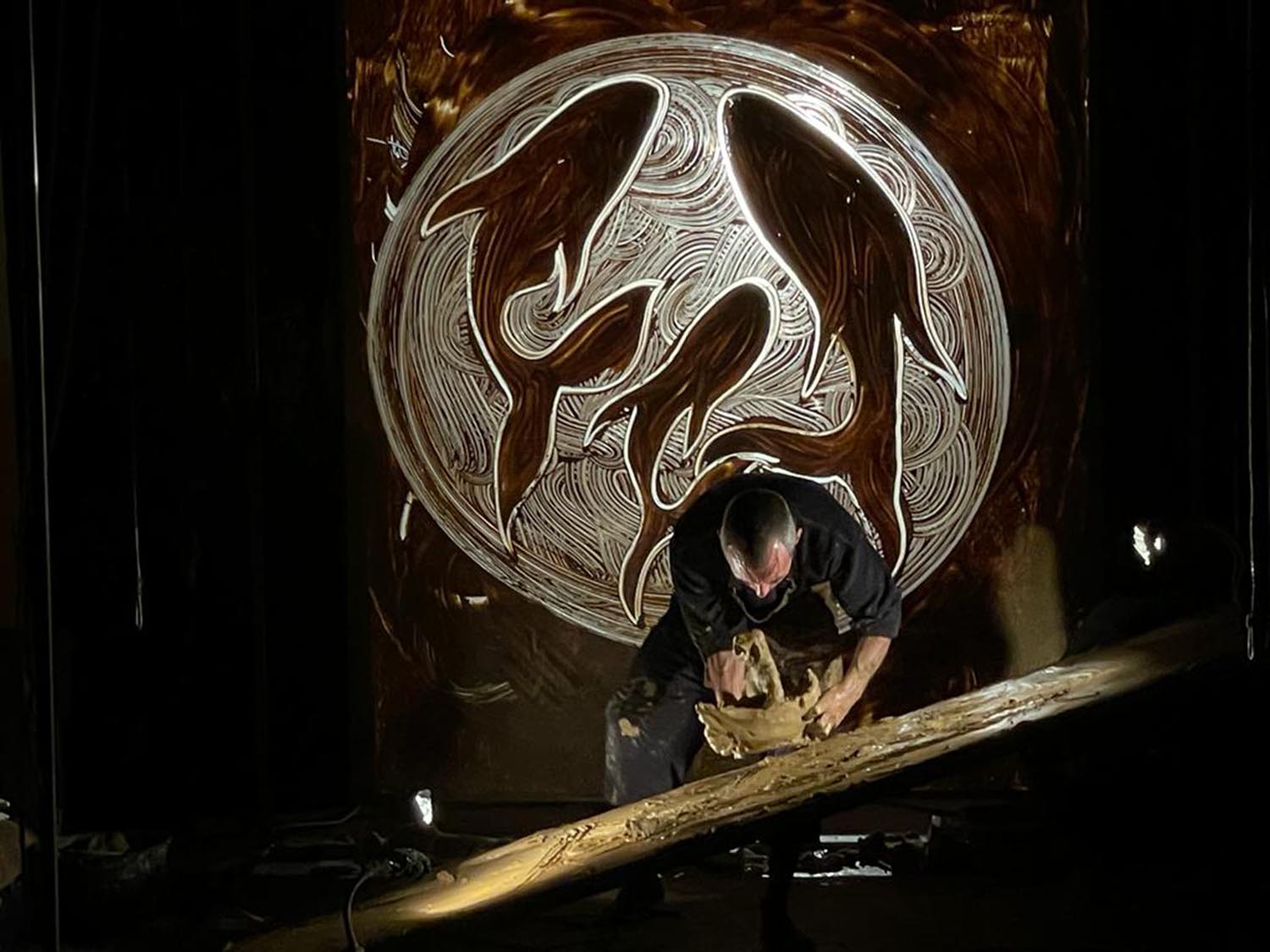
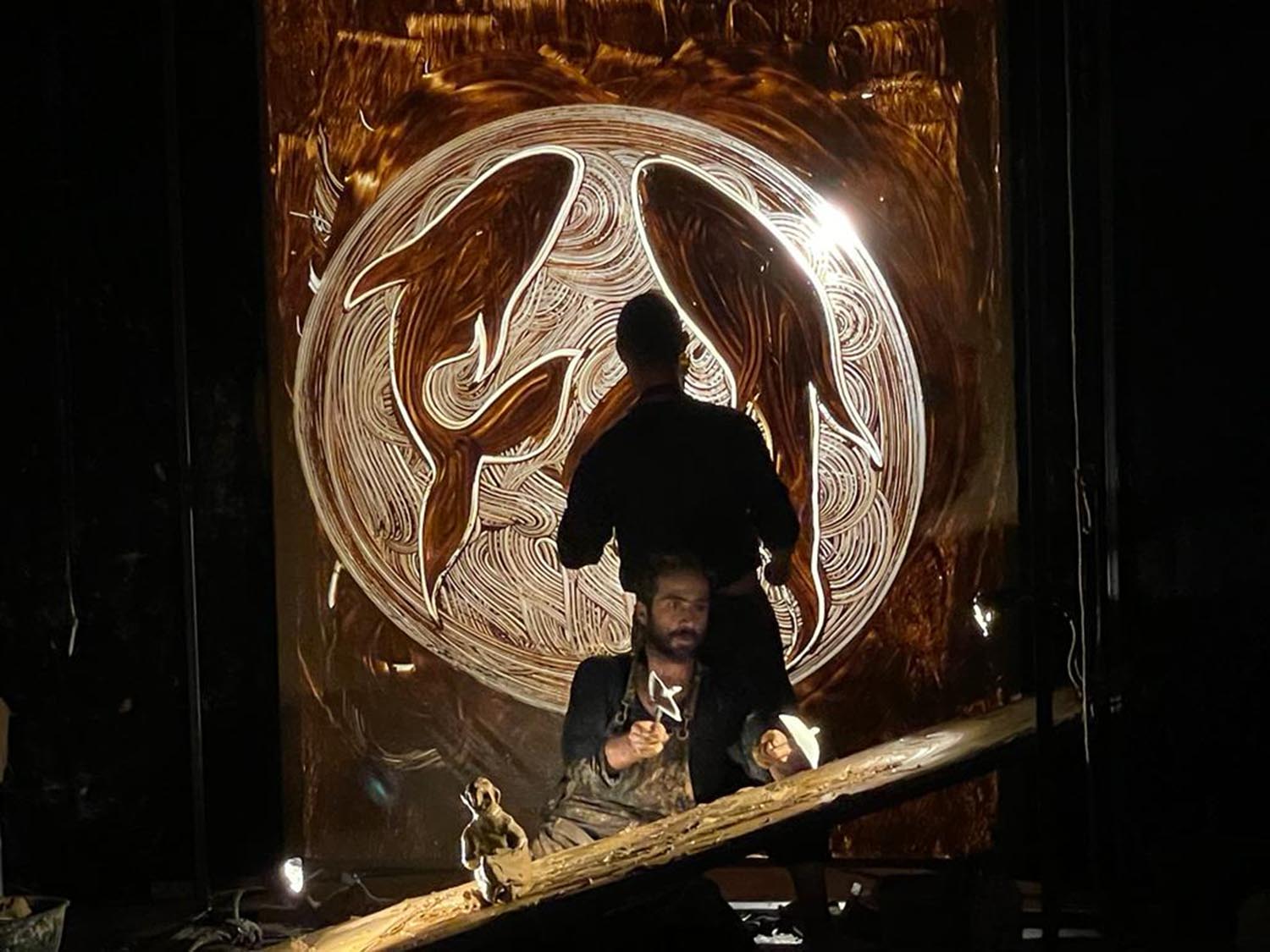
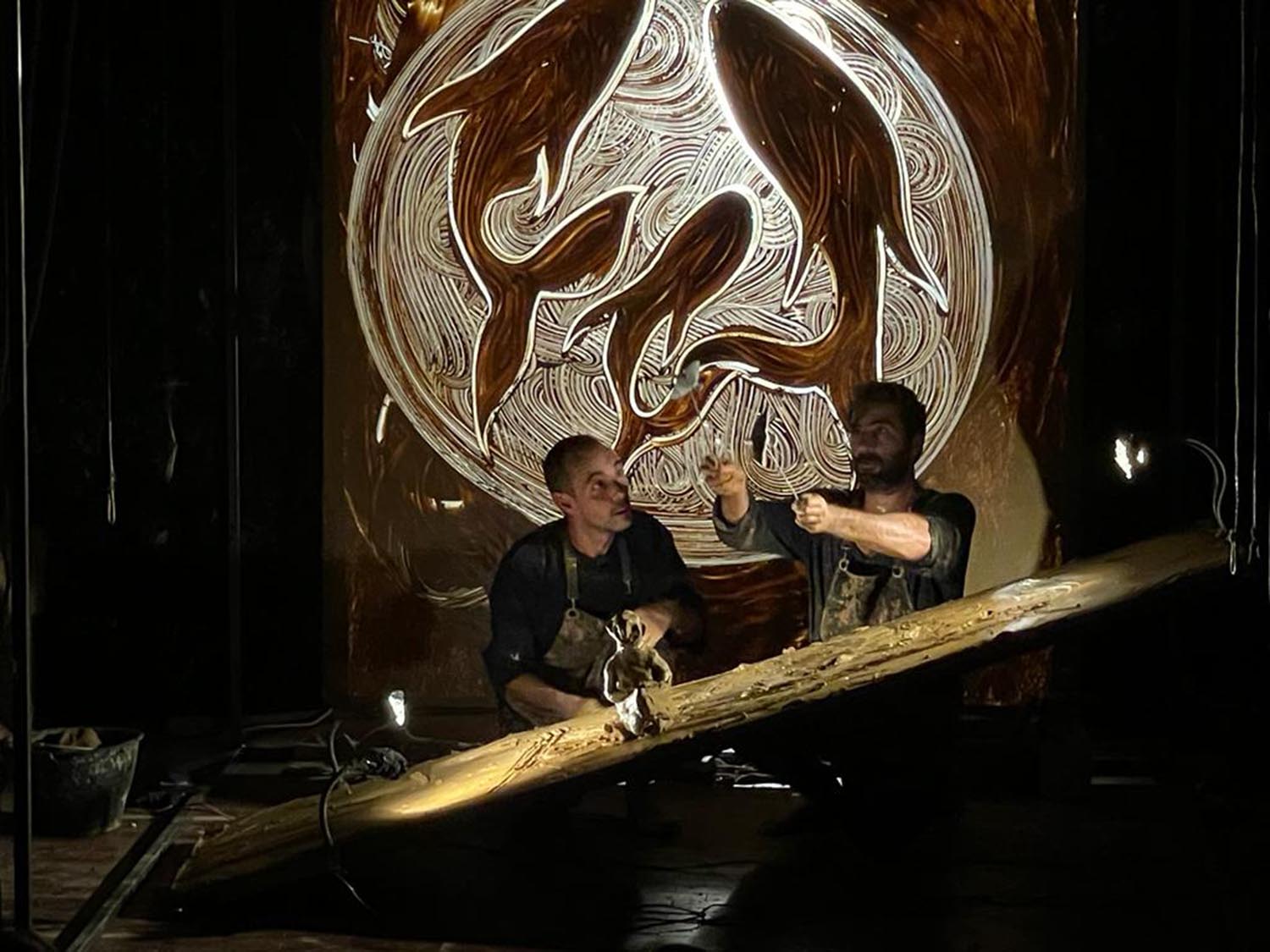
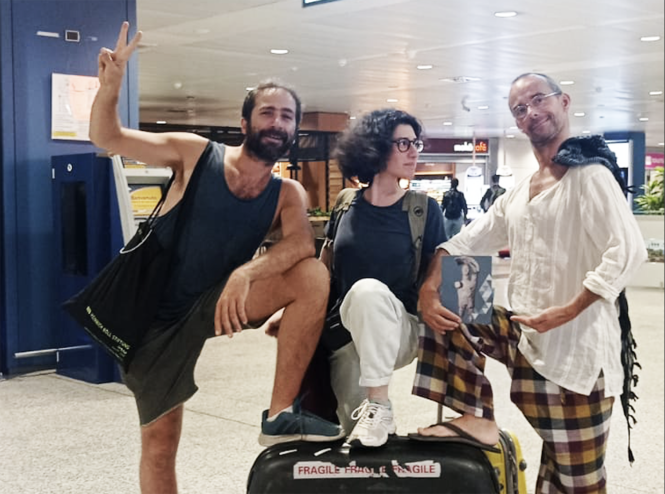
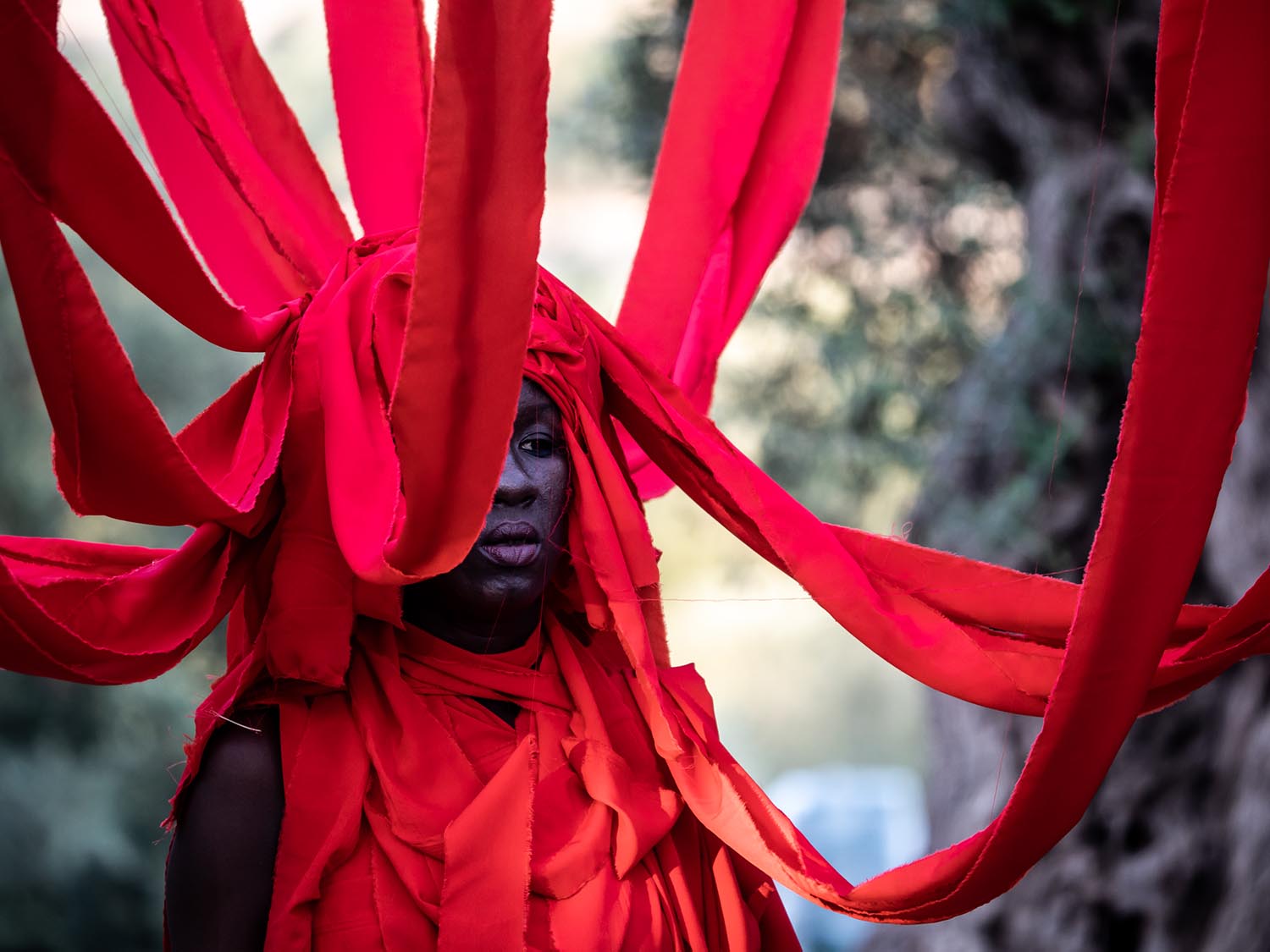
Amy Sow, artista e attivista (Nouakchott 1977) è la terza artista invitata per Common Places A.i.R.
Primo Vicepresidente del Collectif di giovani artisti visivi mauritani, M-ART, fondatrice di ArtGallé, un centro d’arte situato a Nouakchott che ha come scopo divulgare e promuovere l’arte e l’educazione artistica soprattutto alle fasce che ne sono escluse, bambini e bambine soprattutto.
La passione di Amy Sow risale alla sua infanzia. Da allora si è formata e perfezionata in calligrafia, pittura e fotografia.
Il lavoro di Amy Sow è stato esposto alla biennale di Dakar, al palazzo Chaillot e all’Institut du Monde Arabe di Parigi, al museo di arti contemporanee di Cartagine a Tunisi. Nel 2019 ha partecipato al progetto I giardini possibili, con Cherimus e Casa Emmaus in Sardegna.

* * *
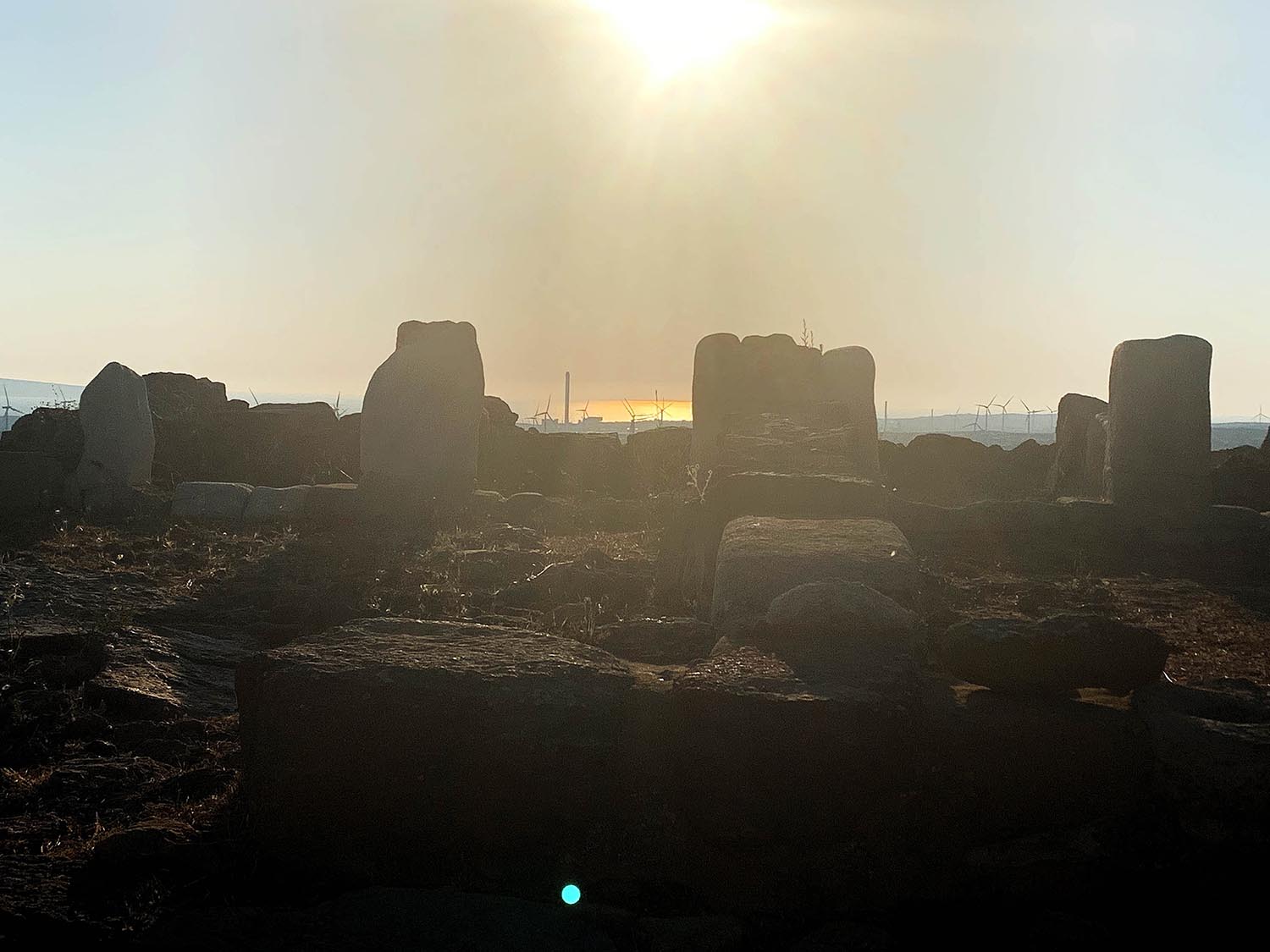
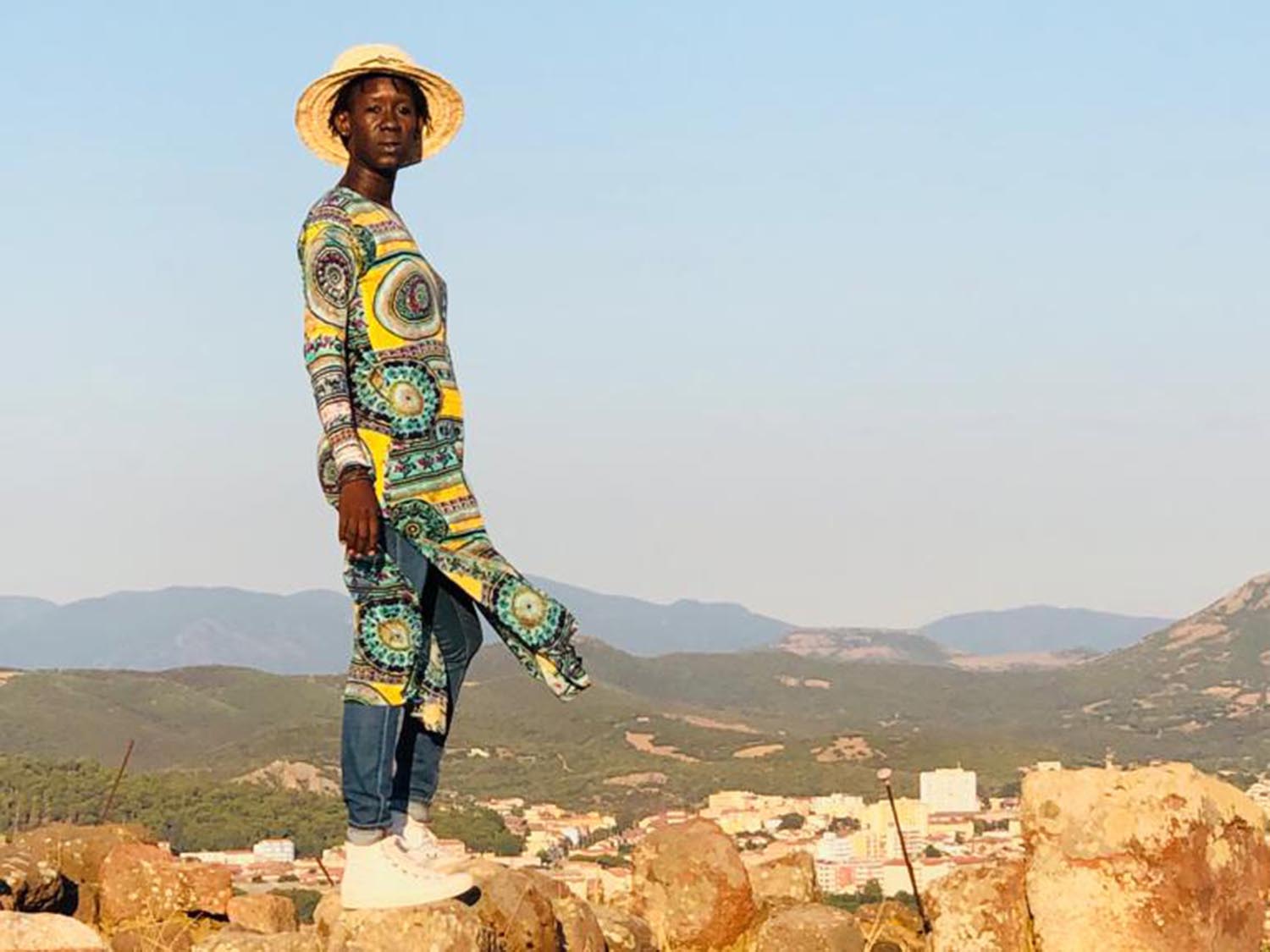
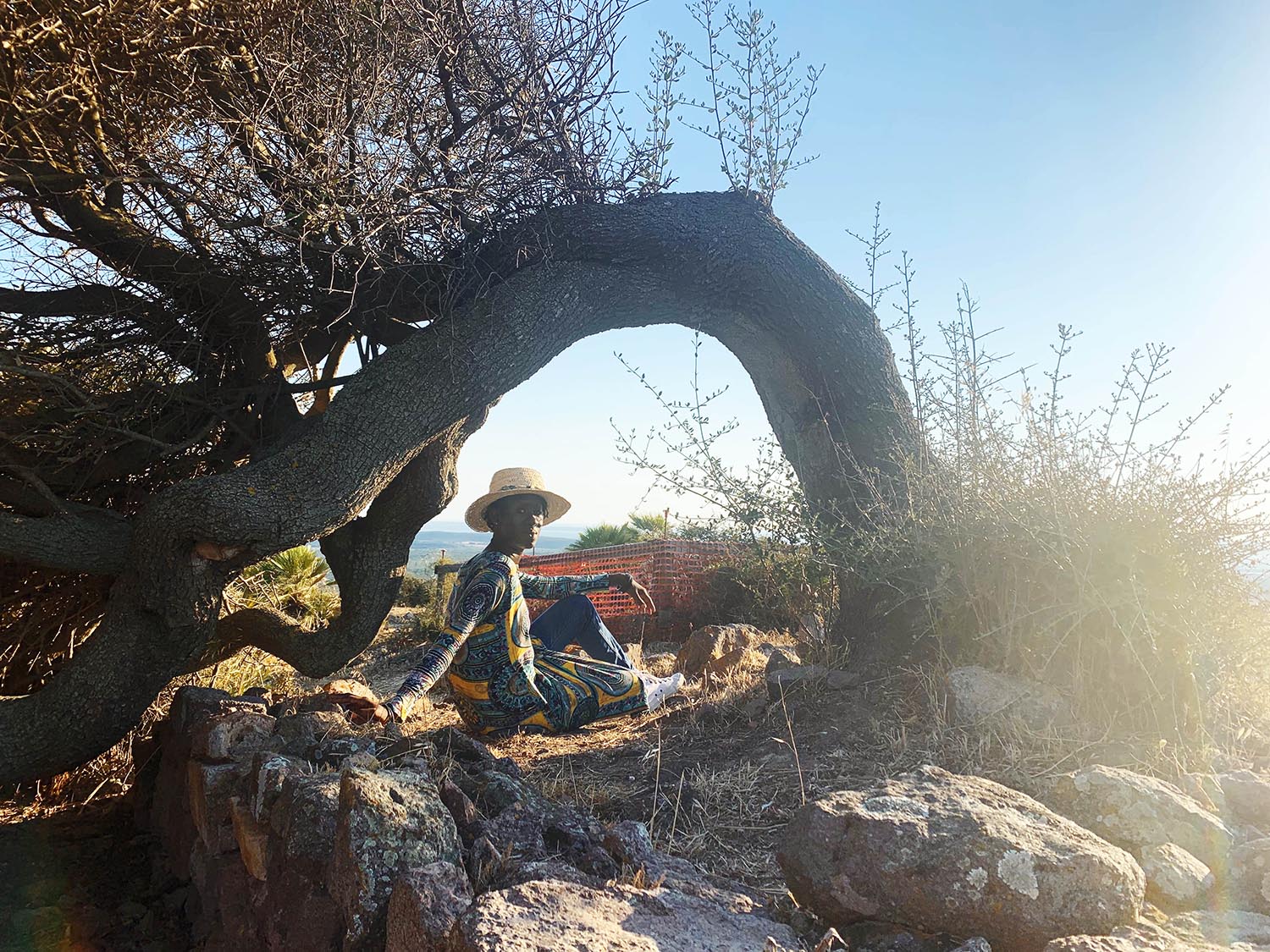
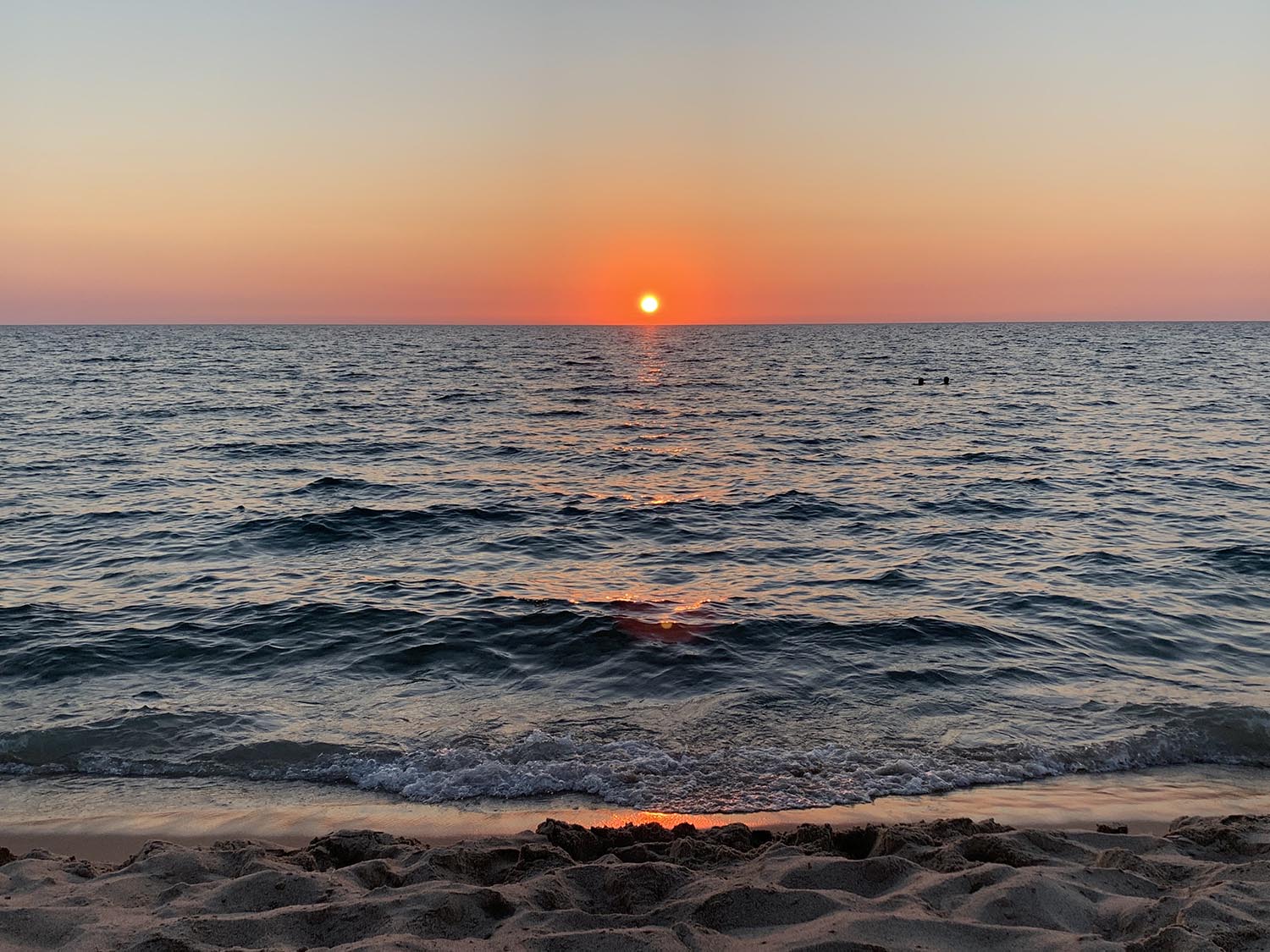
Prima tappa della residenza è stato Monte Sirai un antico sito fenicio-cartaginese. Nelle foto vediamo il tempio di Astarte e Baal con all’orizzonte lo Stabilimento Metallurgico di Portovesme, un ritratto di Amy nel sito con la città di Carbonia sullo sfondo; un porcospino che vive in una delle antiche tombe cartaginesi, Amy sotto un vecchio ulivo piegato dal maestrale, il tramonto sulla spiaggia di Punt’e s’Arena.
* * *
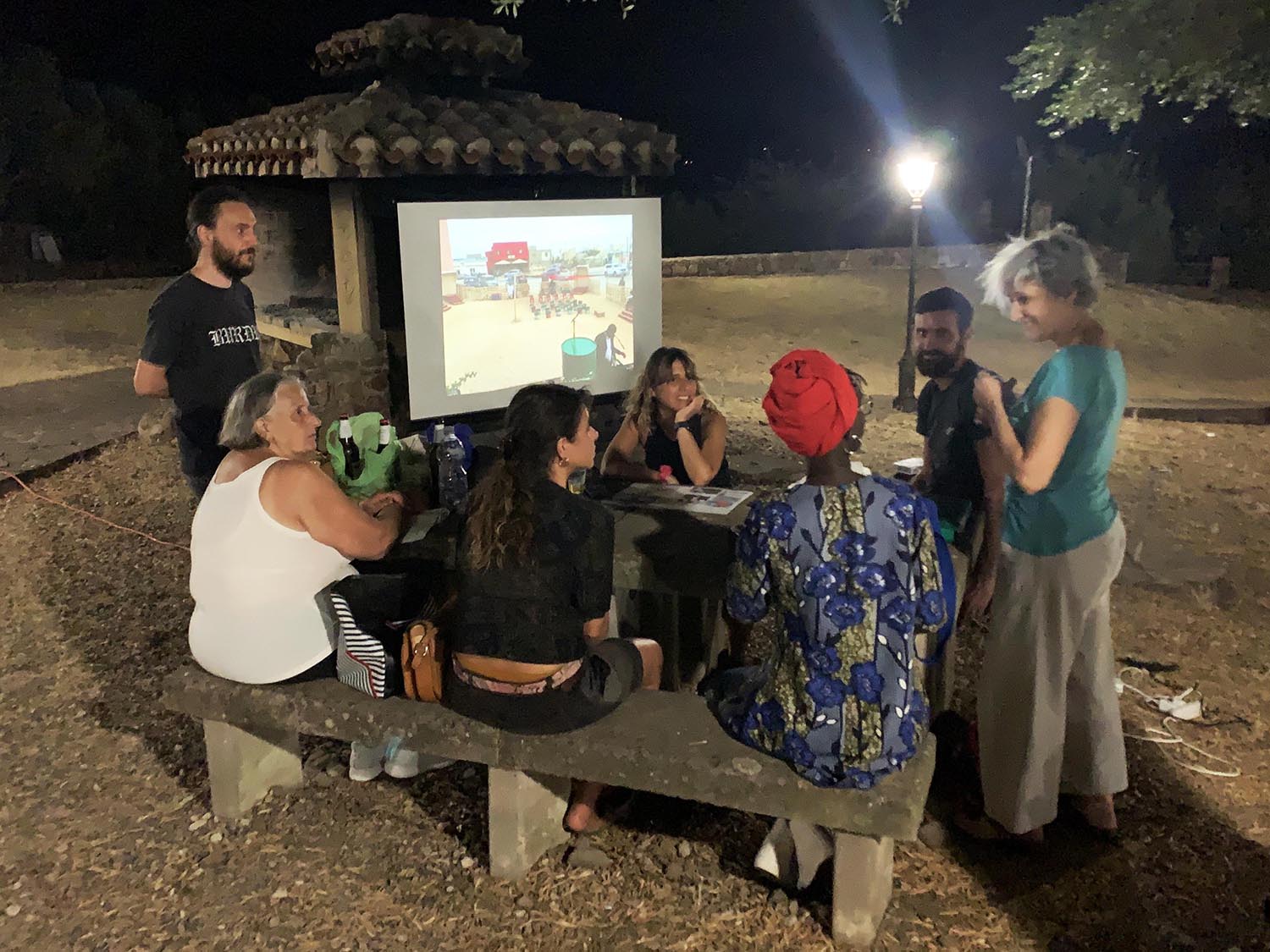
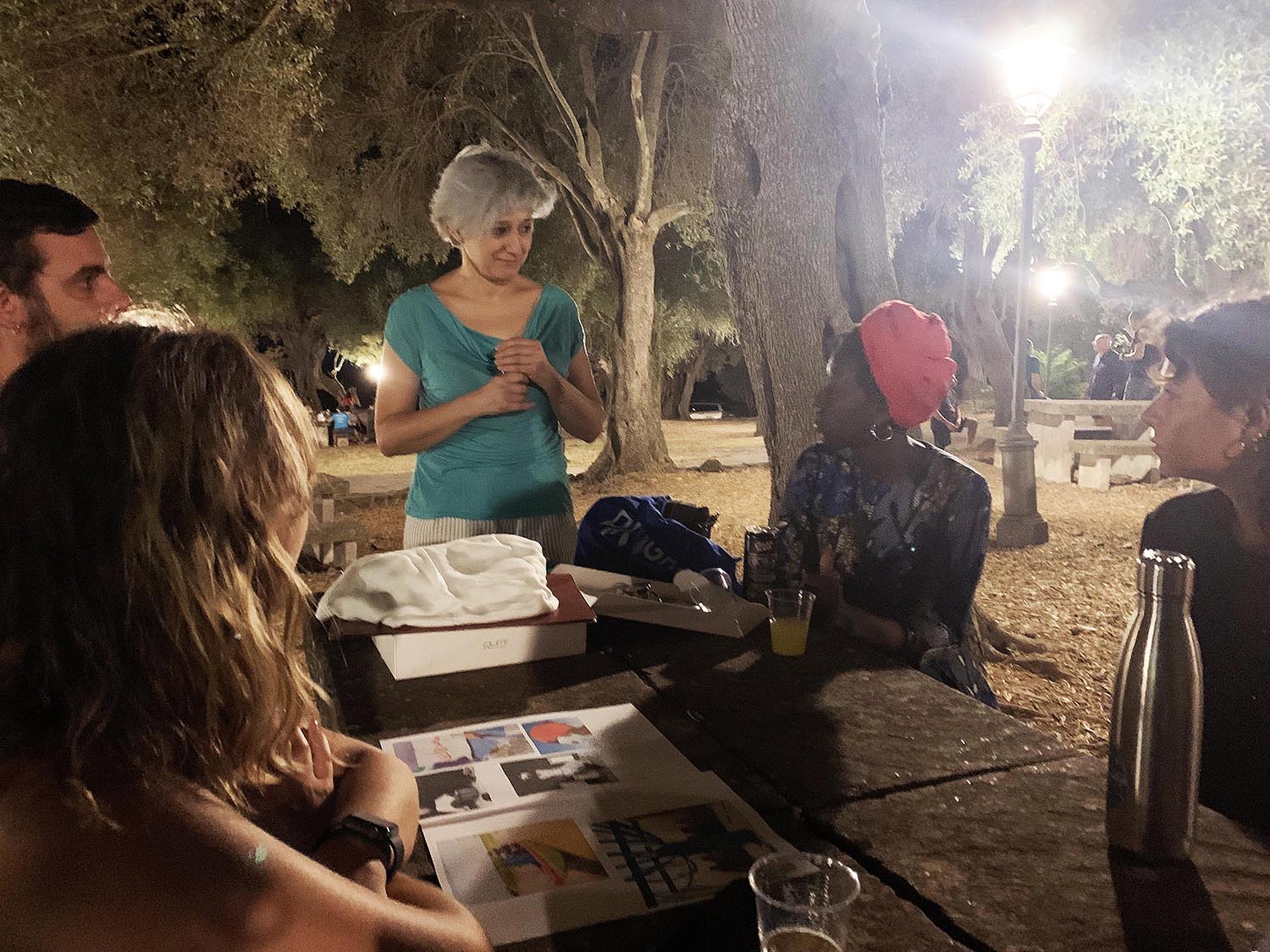
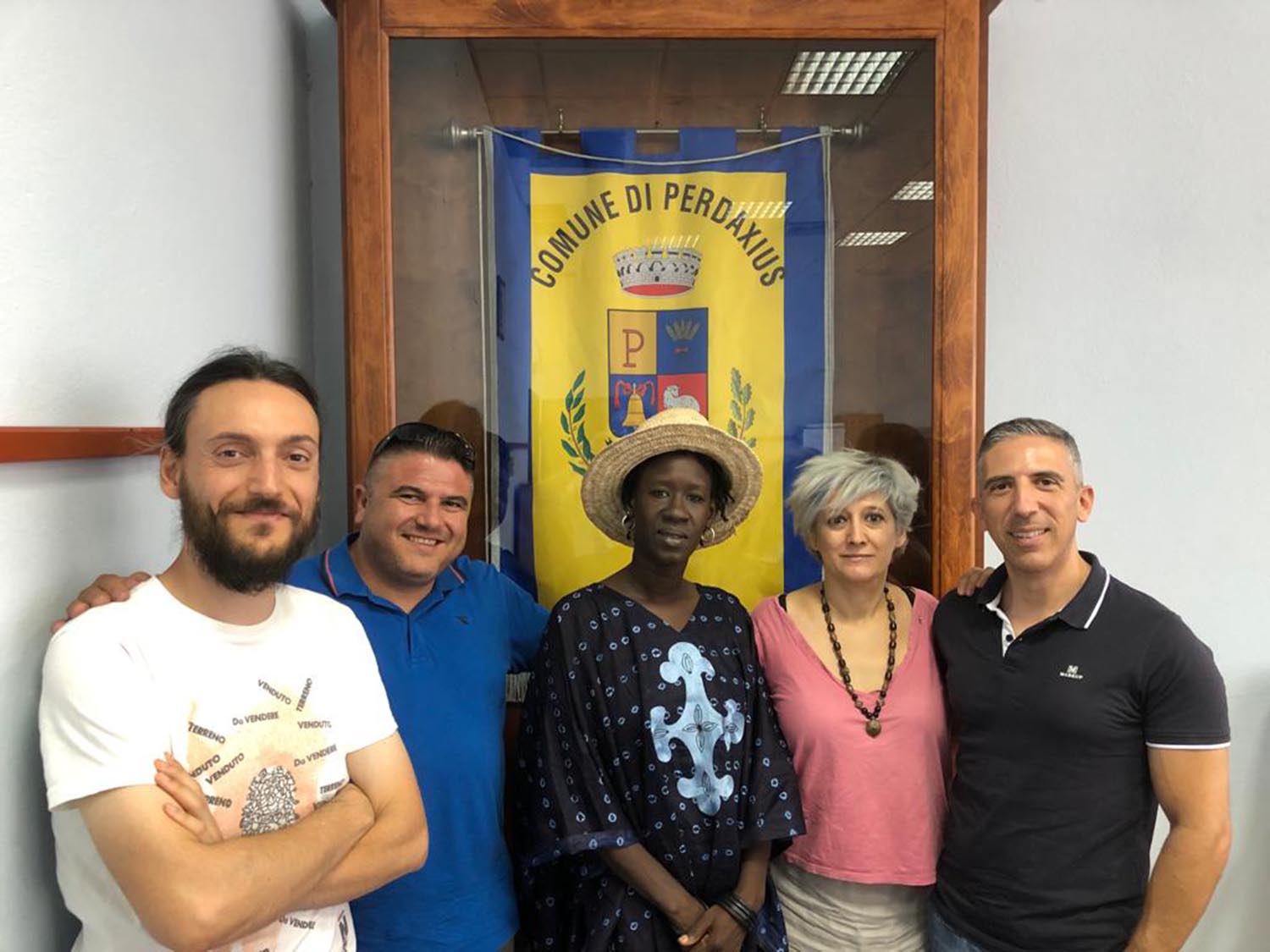
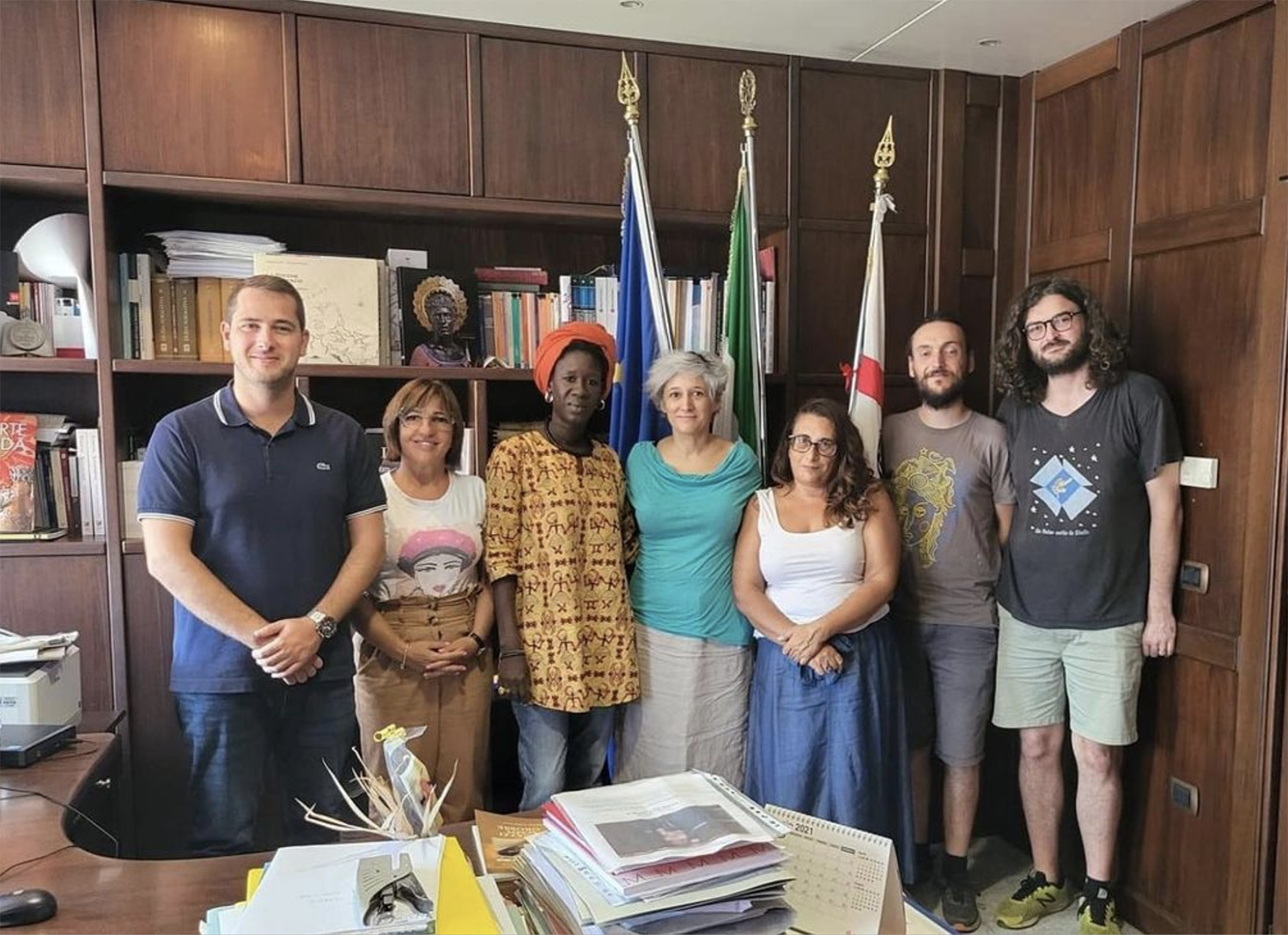
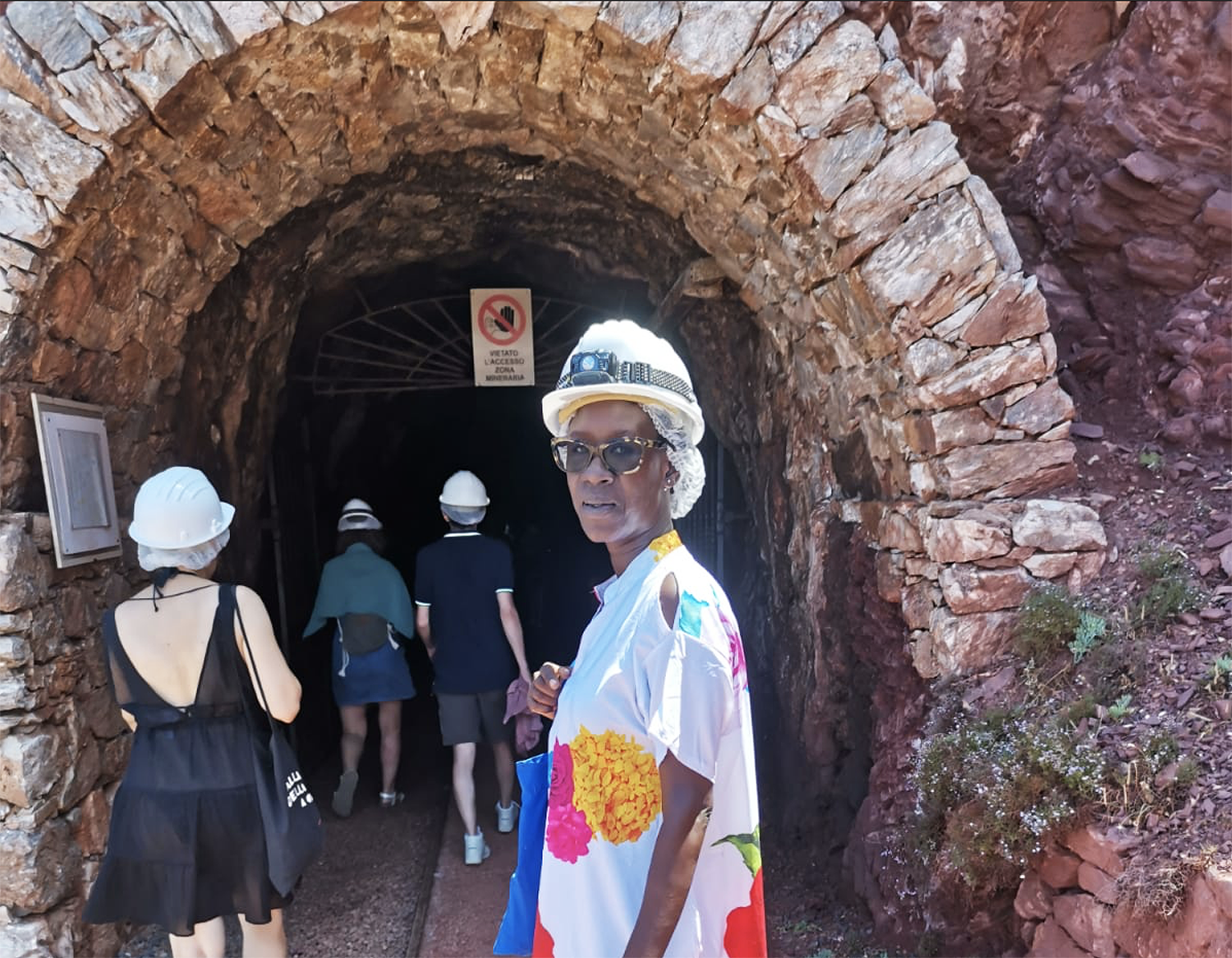
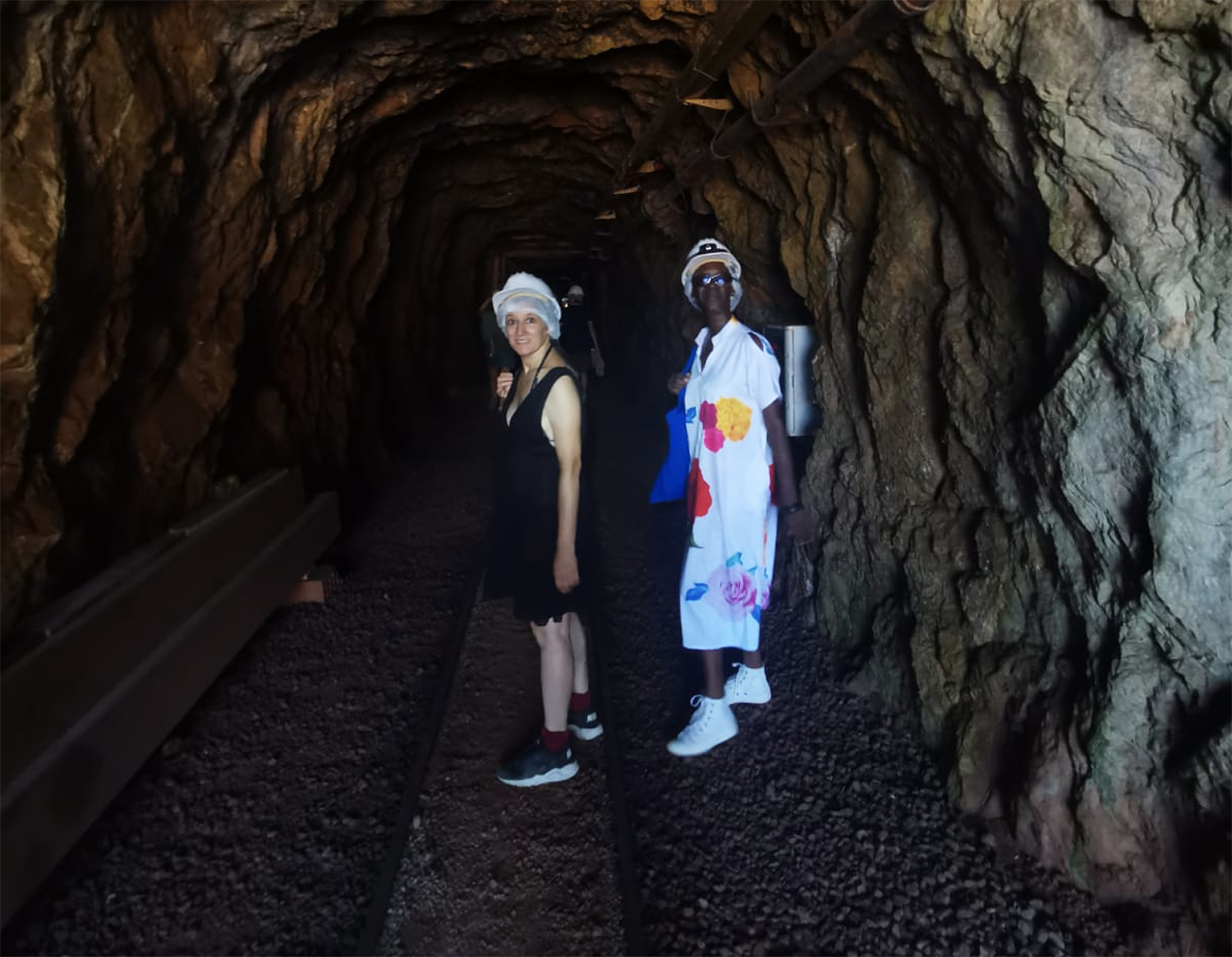
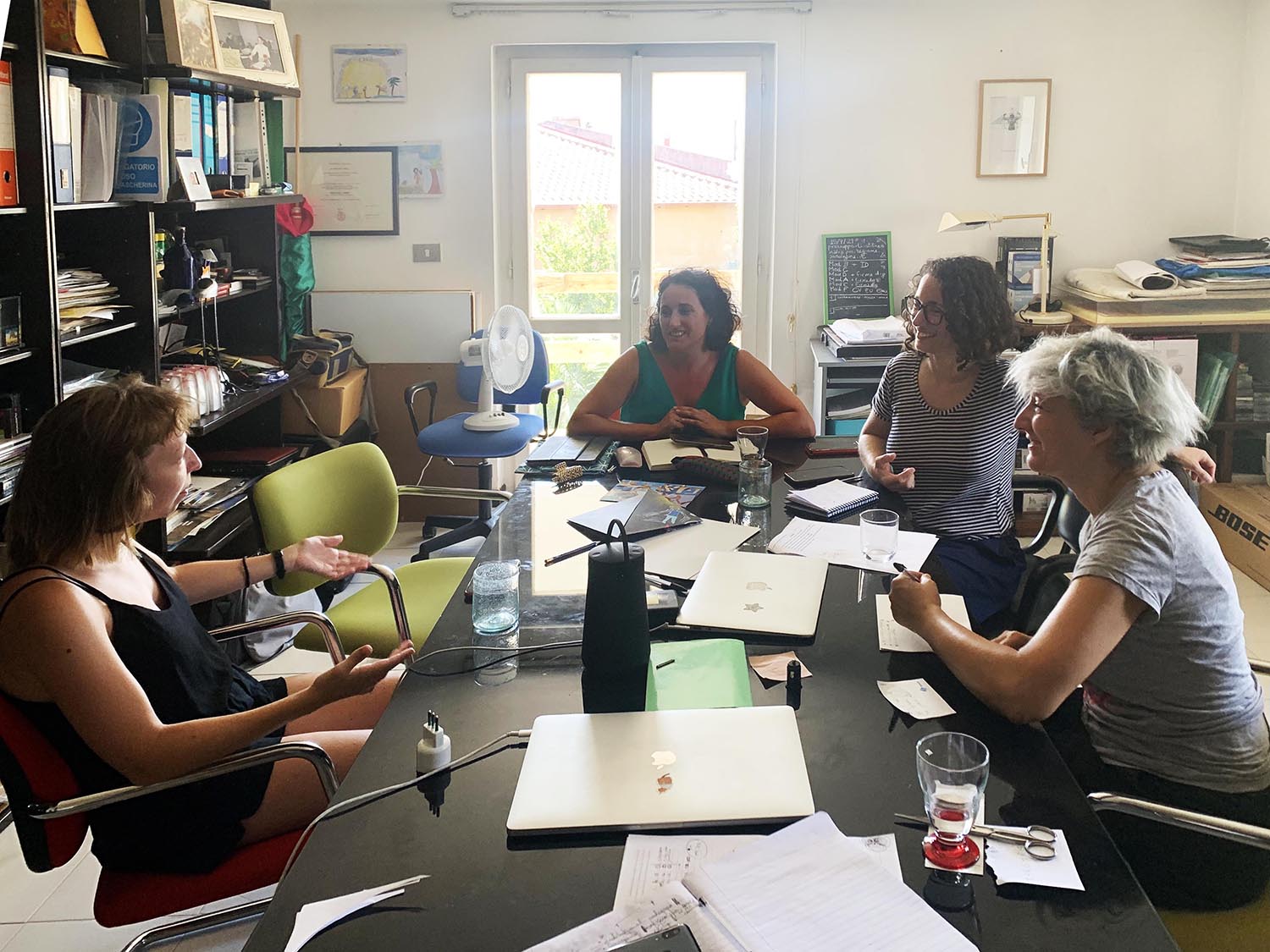
Amy incontra “Is Meurreddas”, un gruppo di autoriflessione nato a Perdaxius e incentrato sulla discriminazione e la violenza di genere.
Nell’ottica di immaginare e costruire nuovi progetti insieme Amy Sow incontra a Iglesias il sindaco di Iglesias Marco Usai e gli assessori Angela Scarpa e Monica Marongiu. Successivamente è la volta di Perdaxius con gli assessori Sebastian Fadda e Alfonso Sanna.
Visita alla galleria di Herny, un tunnel nelle rocce del Sulcis-iglesiente dove abbiamo scoperto il patrimonio minerario della zona.
In questi giorni ci hanno visitato anche i partner del progetto Common Places per un a serie di incontri di scambio metodologico e per condividere i risultati perseguiti dal progetto fino a questo punto.
Negli stessi giorni ci hanno visitato anche i partner del progetto Common Places La Fundició e Prostorož per un a serie di incontri di scambio metodologico e per condividere i risultati perseguiti dal progetto fino a questo punto.
* * *

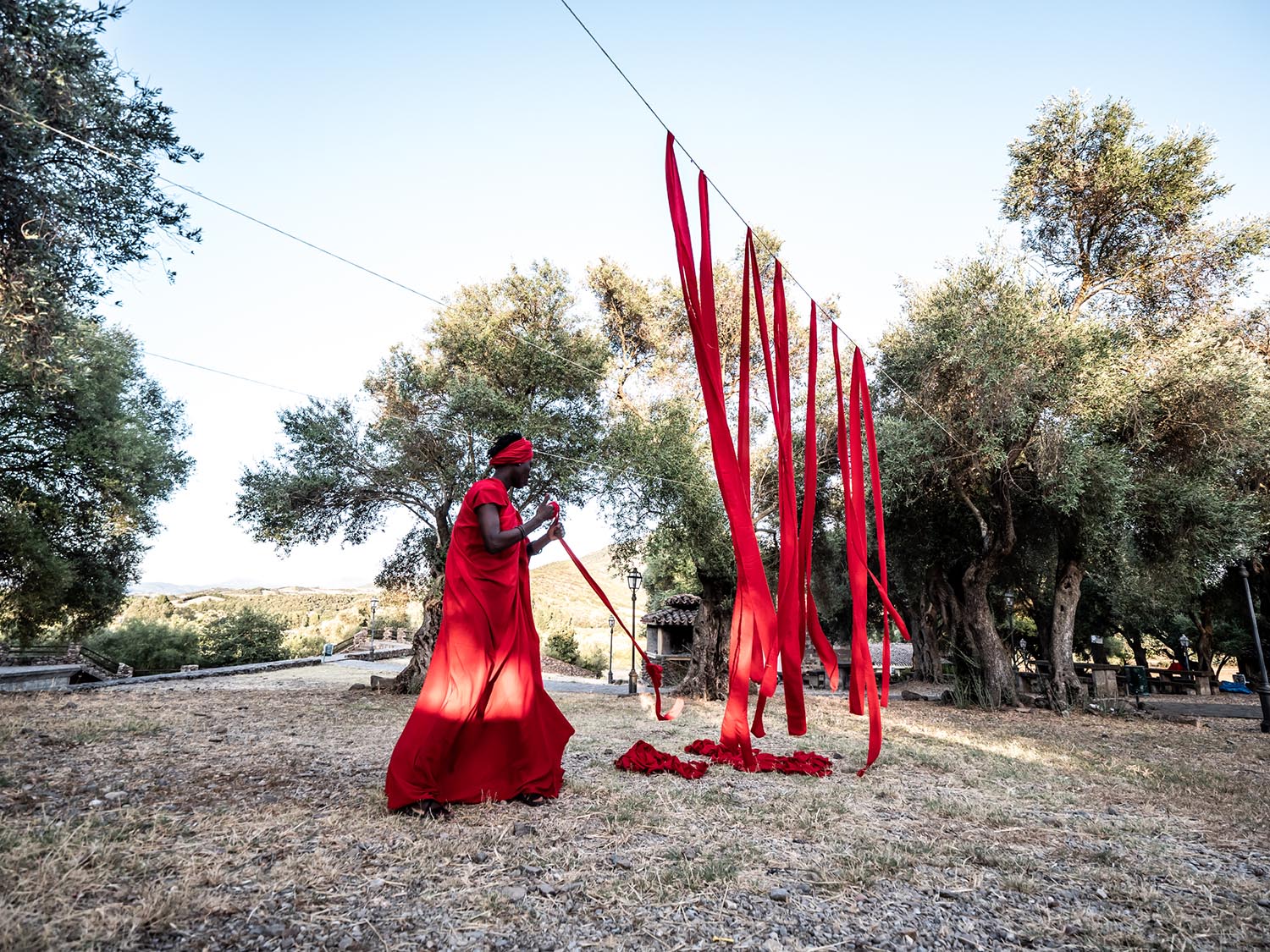


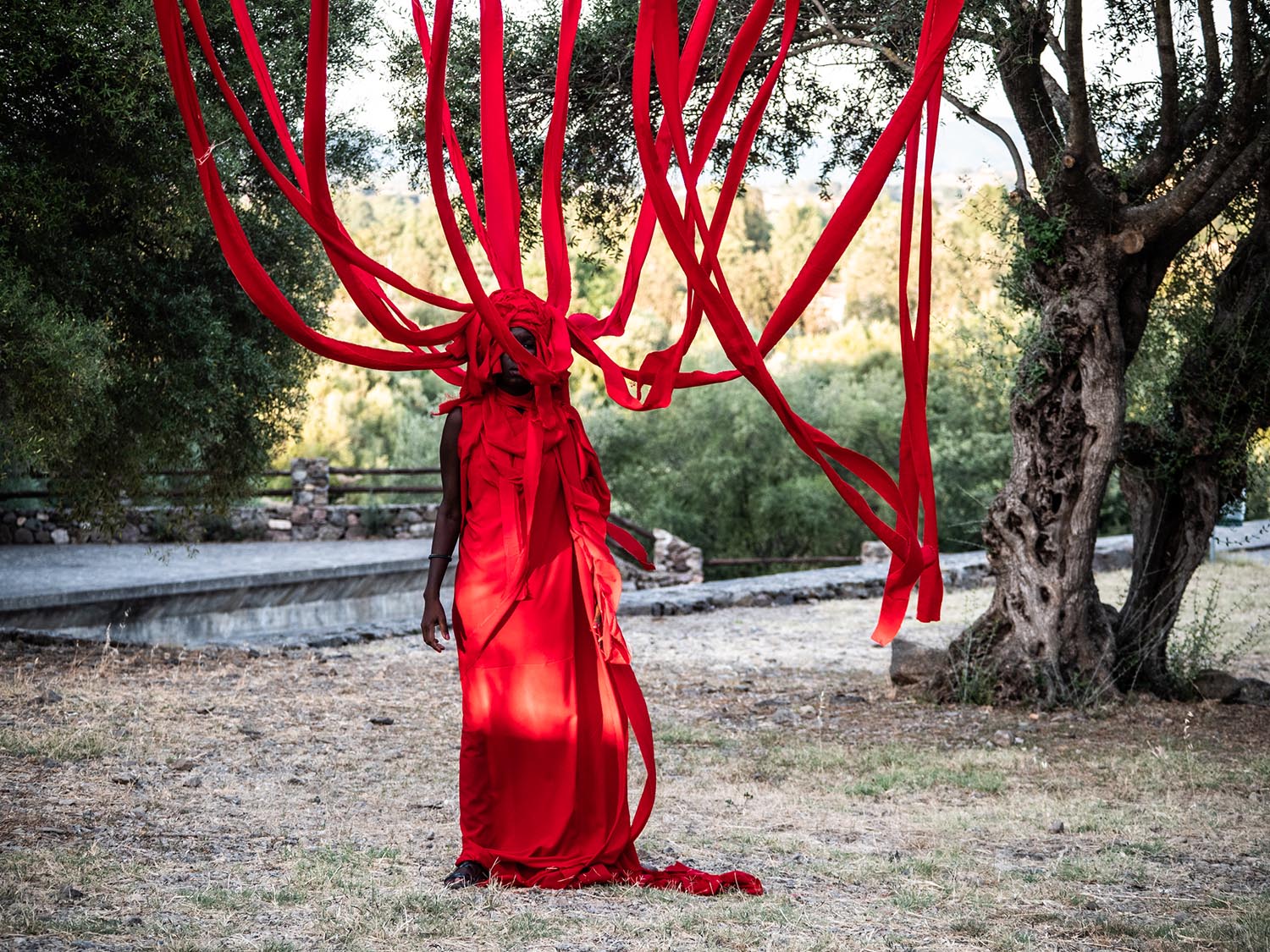



Performance di Amy Sow al parco pubblico di San Leonardo.
“Deboo” è una parola Pulaar che significa donna. Lo spettacolo parla della lotta delle donne per liberarsi da tutti i fardelli e le costrizioni con cui sono costrette a vivere.
Musiche di: Carlo Spiga @makika2
Foto di: @riccardolocci
